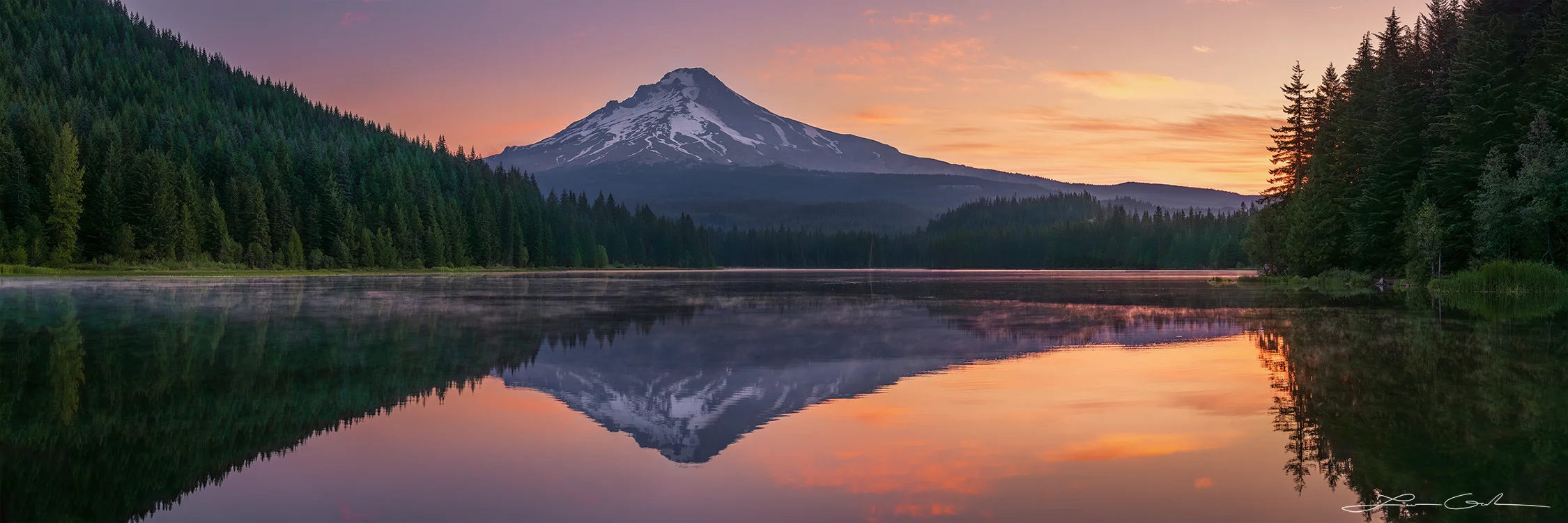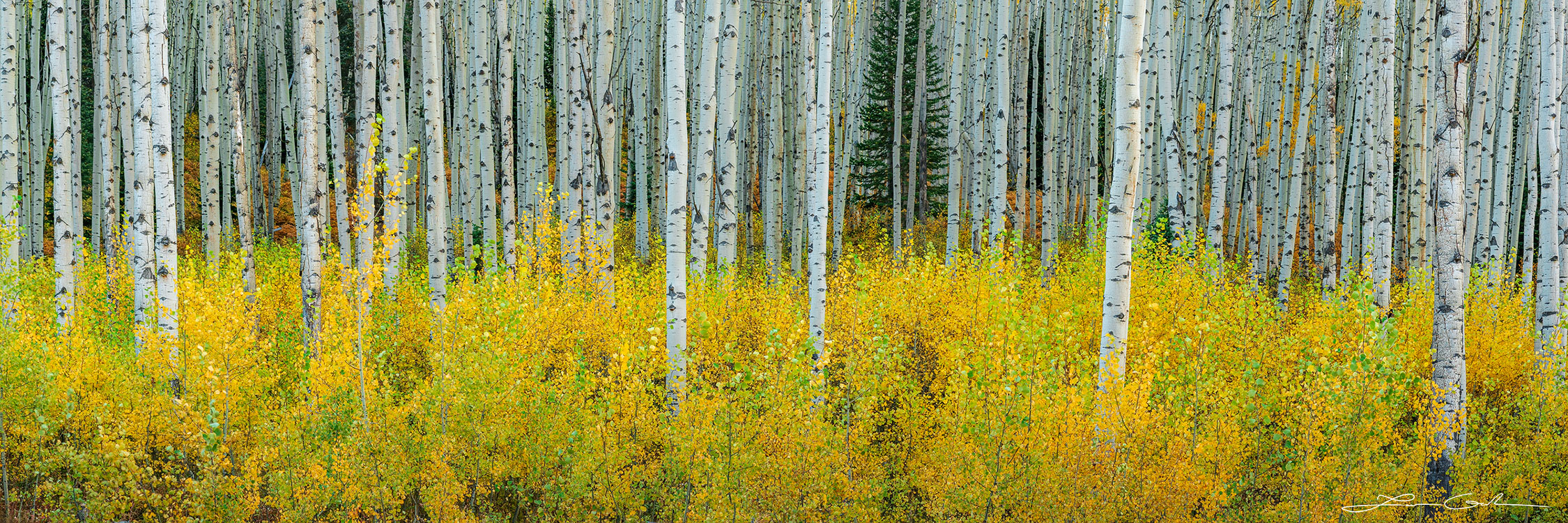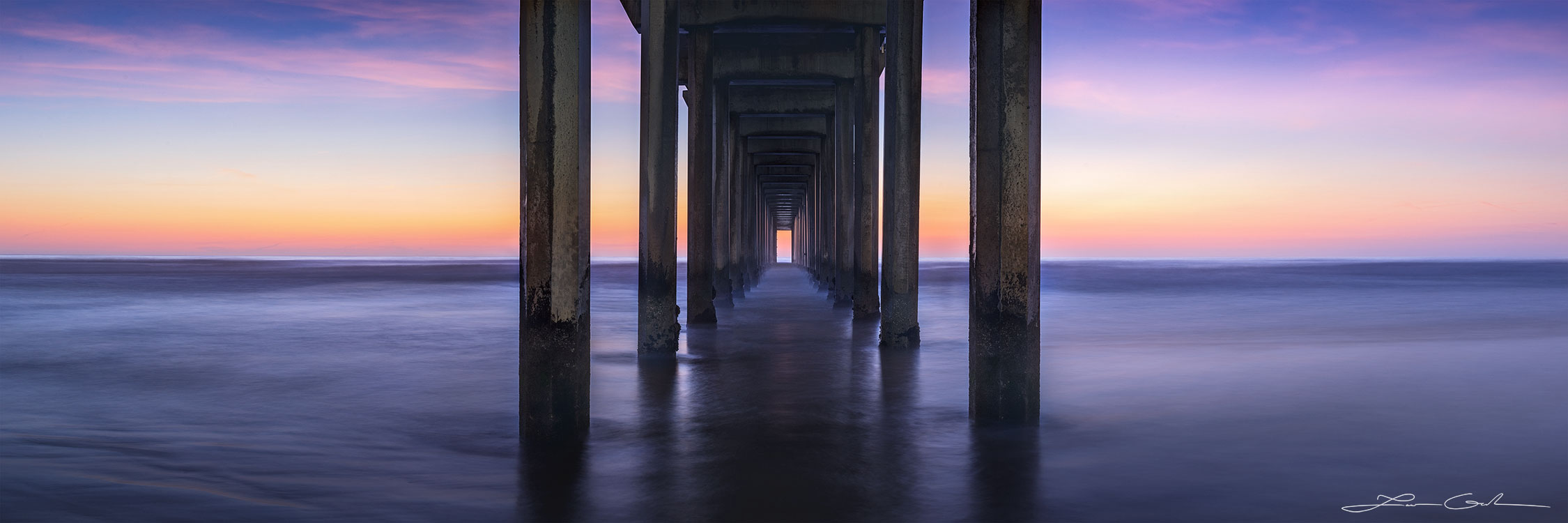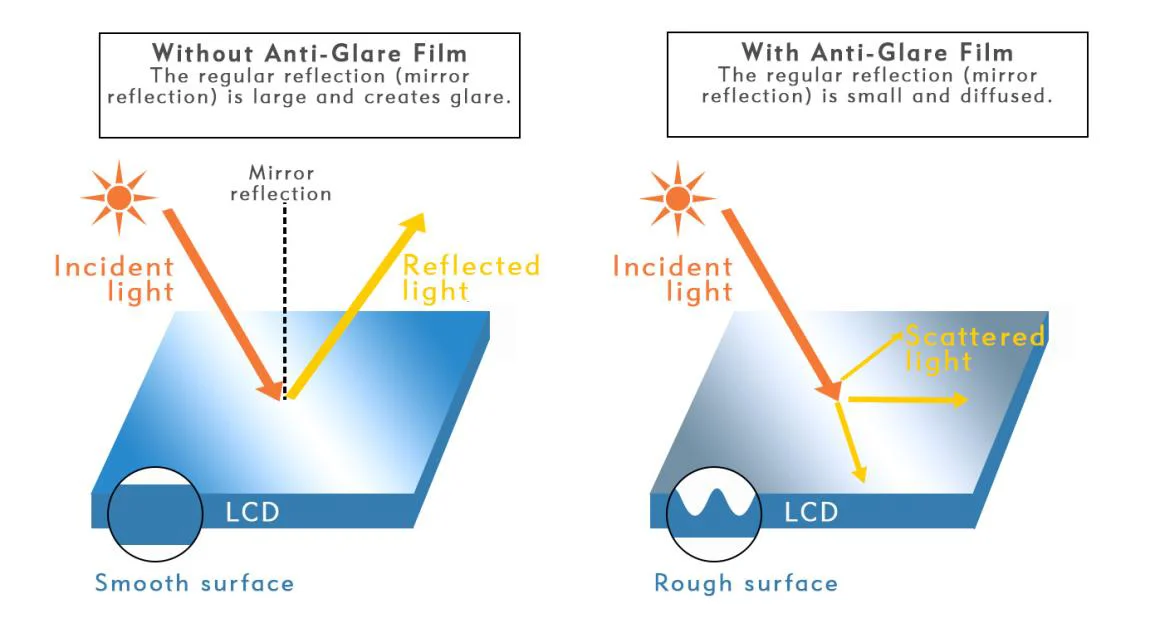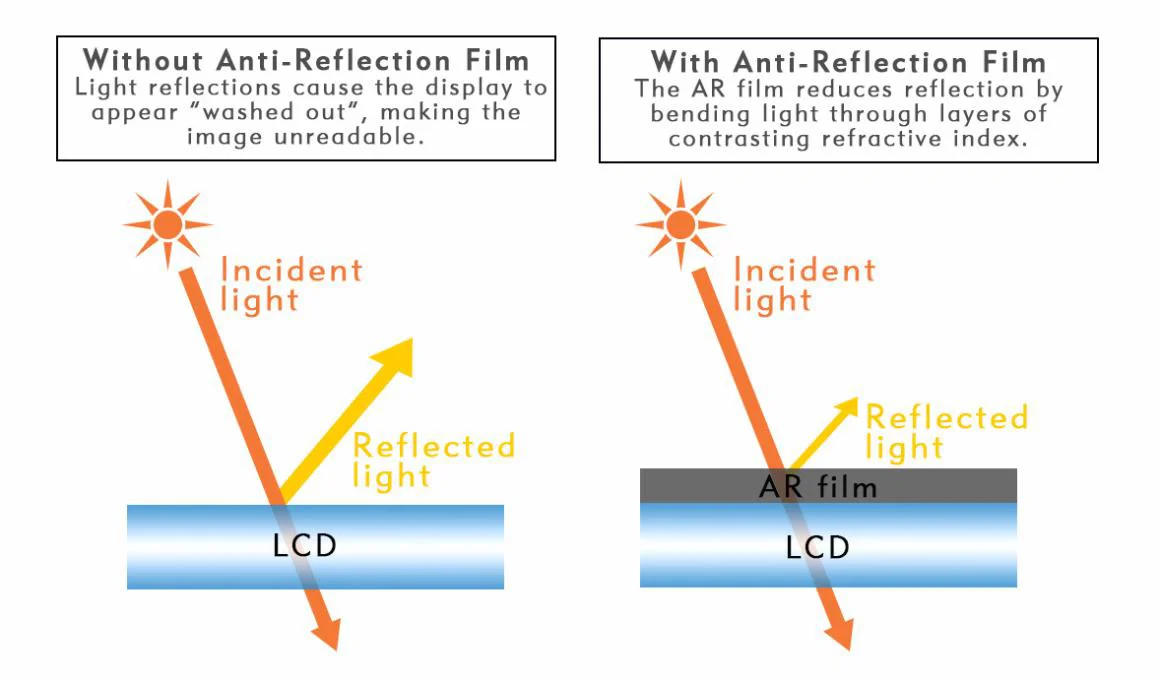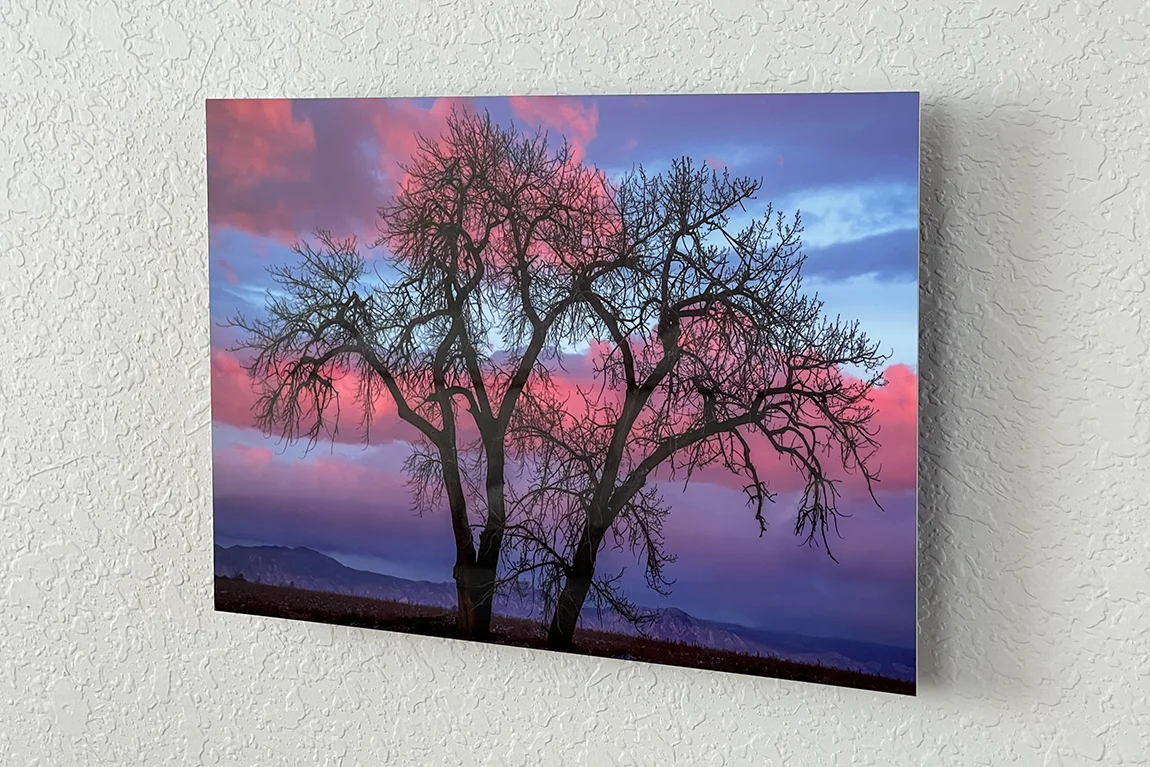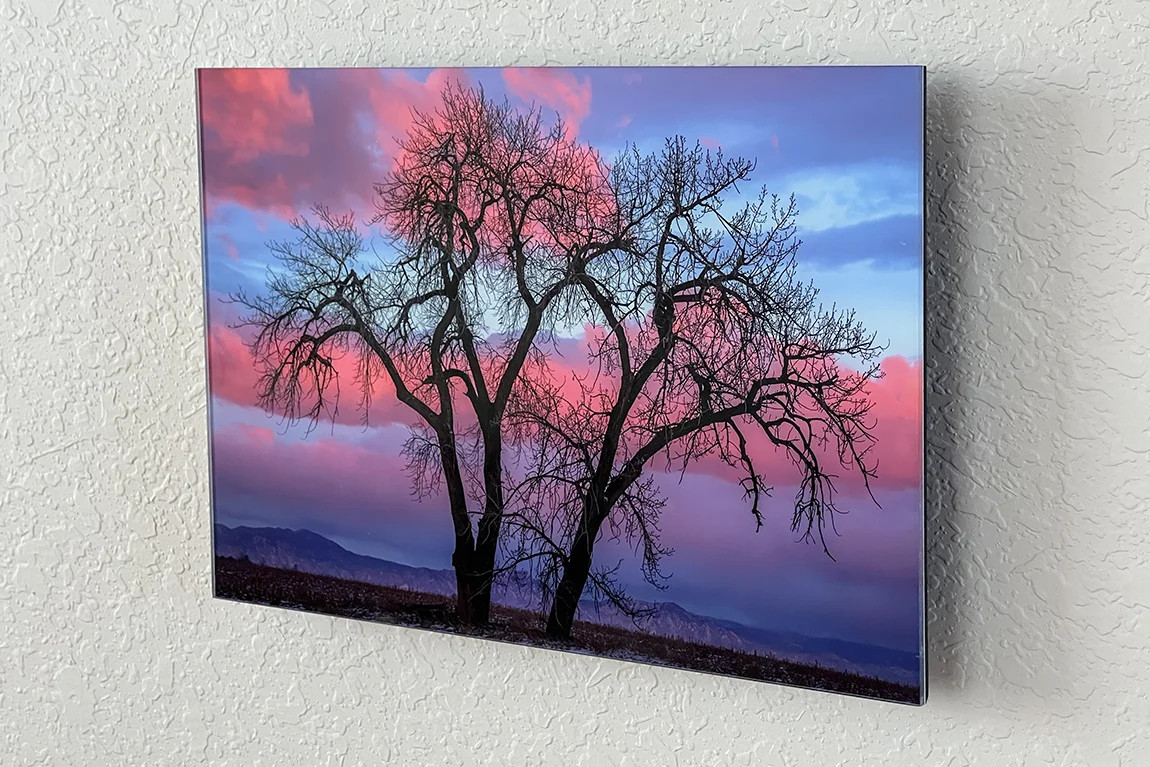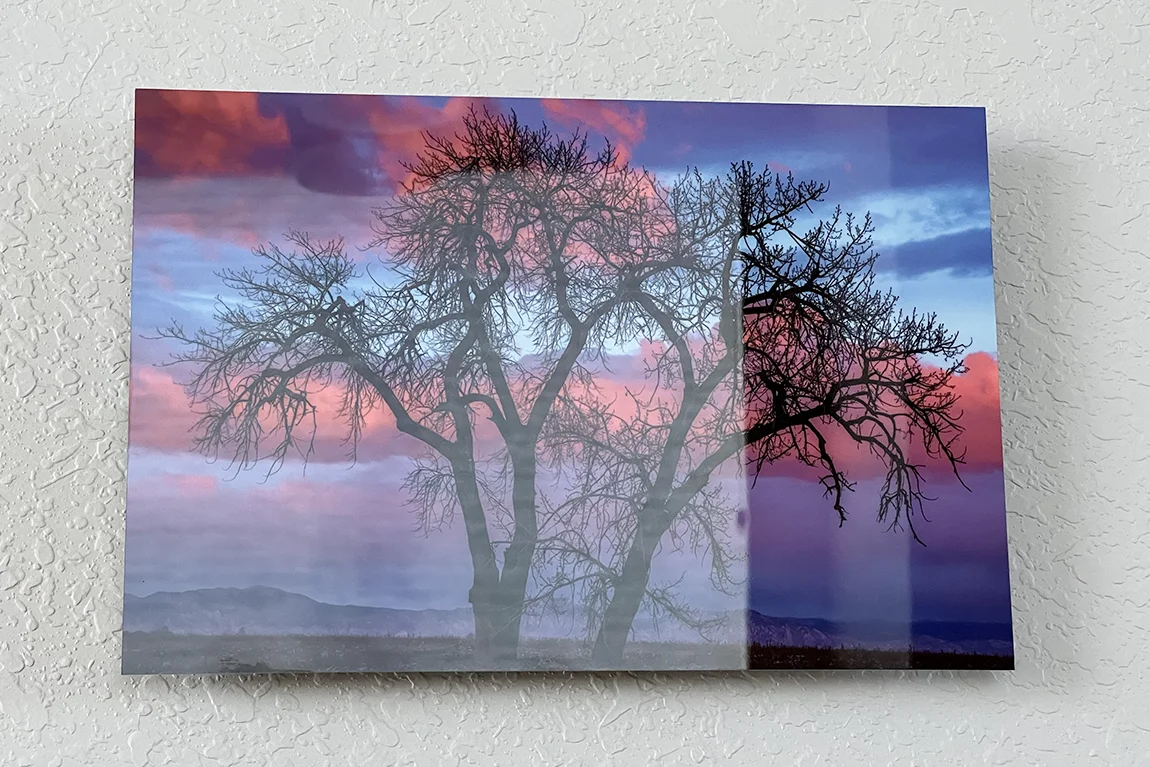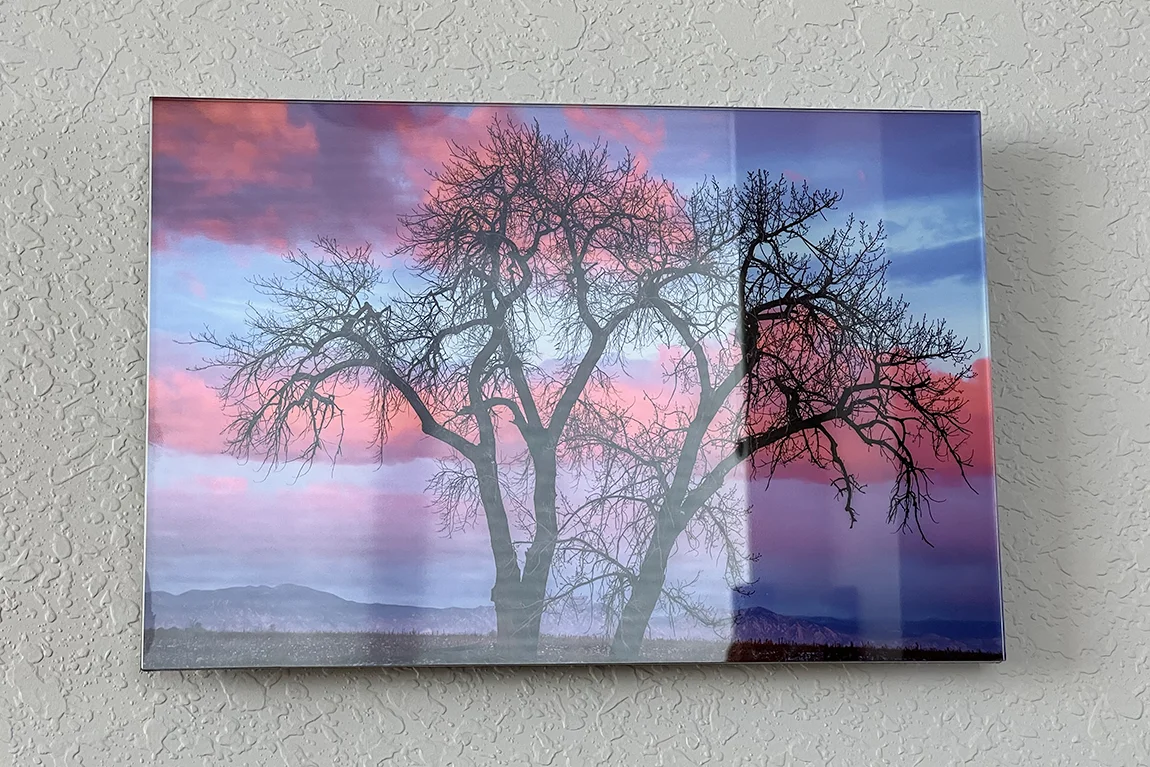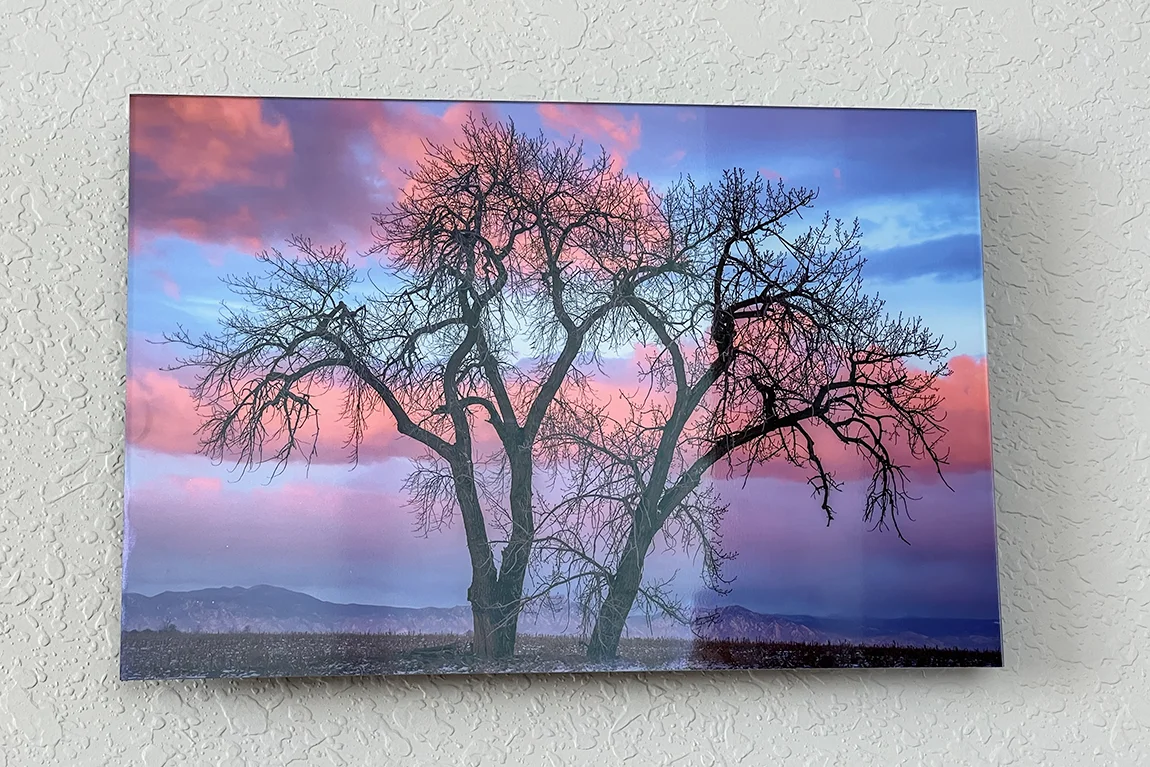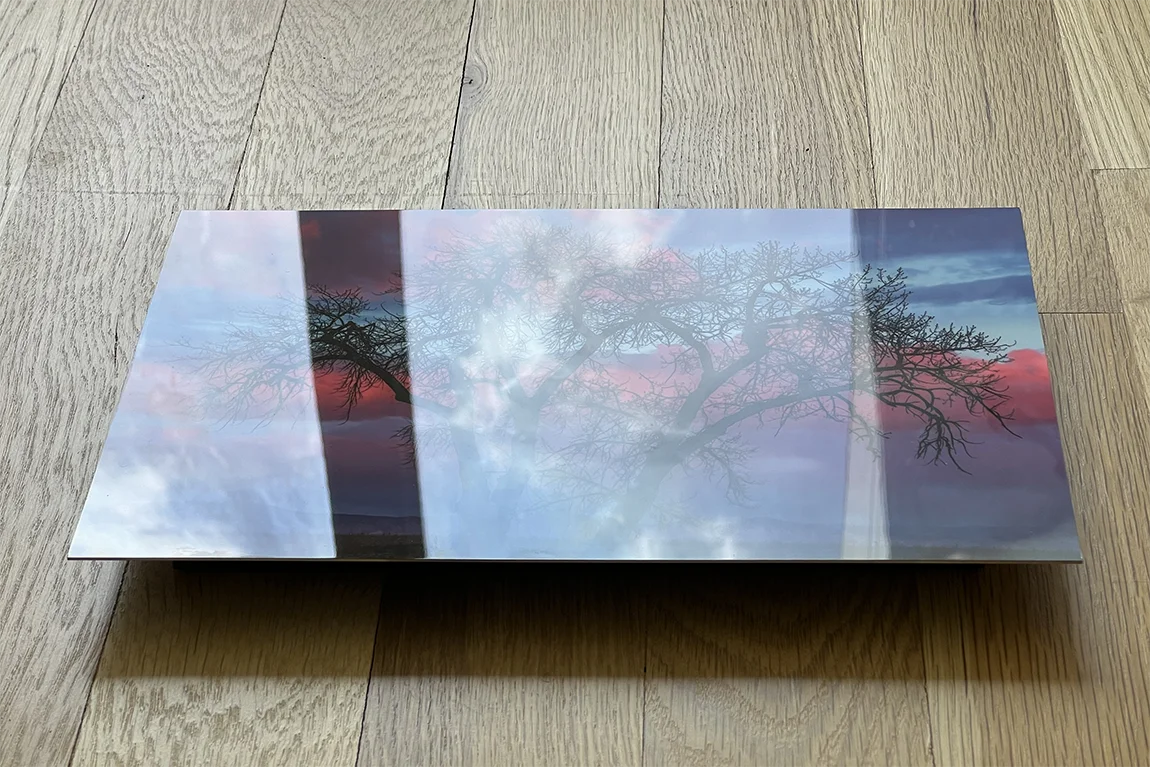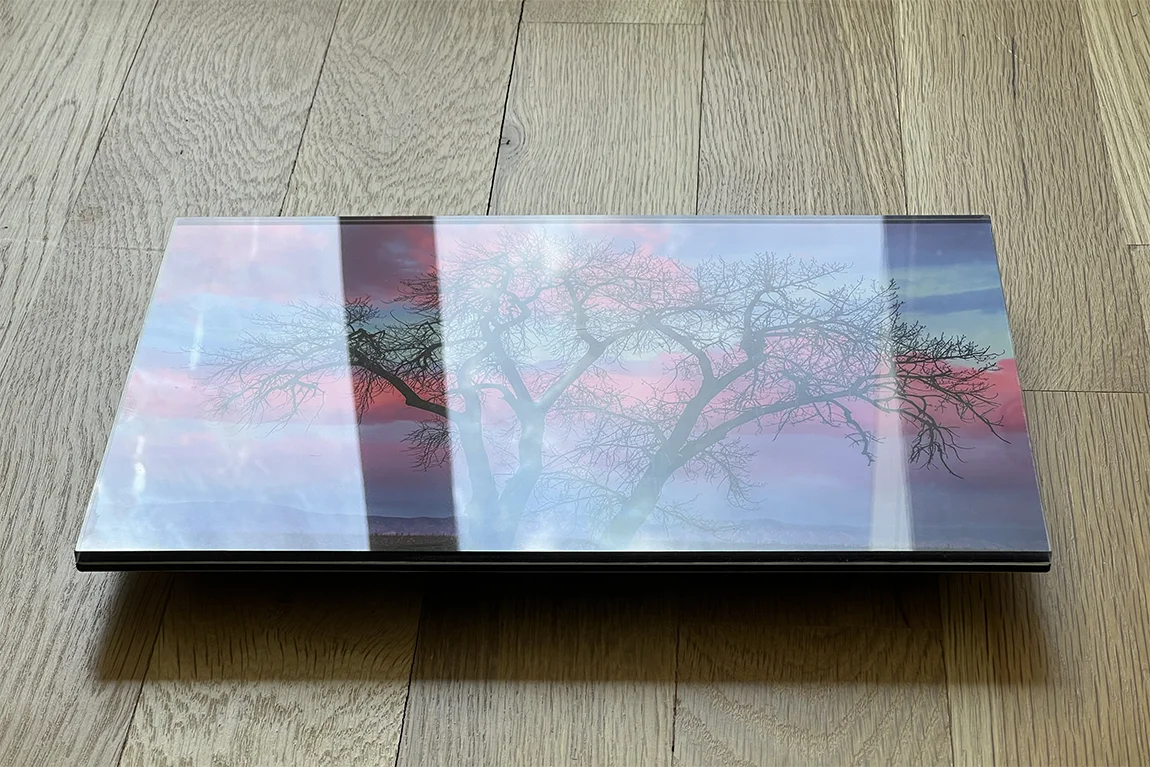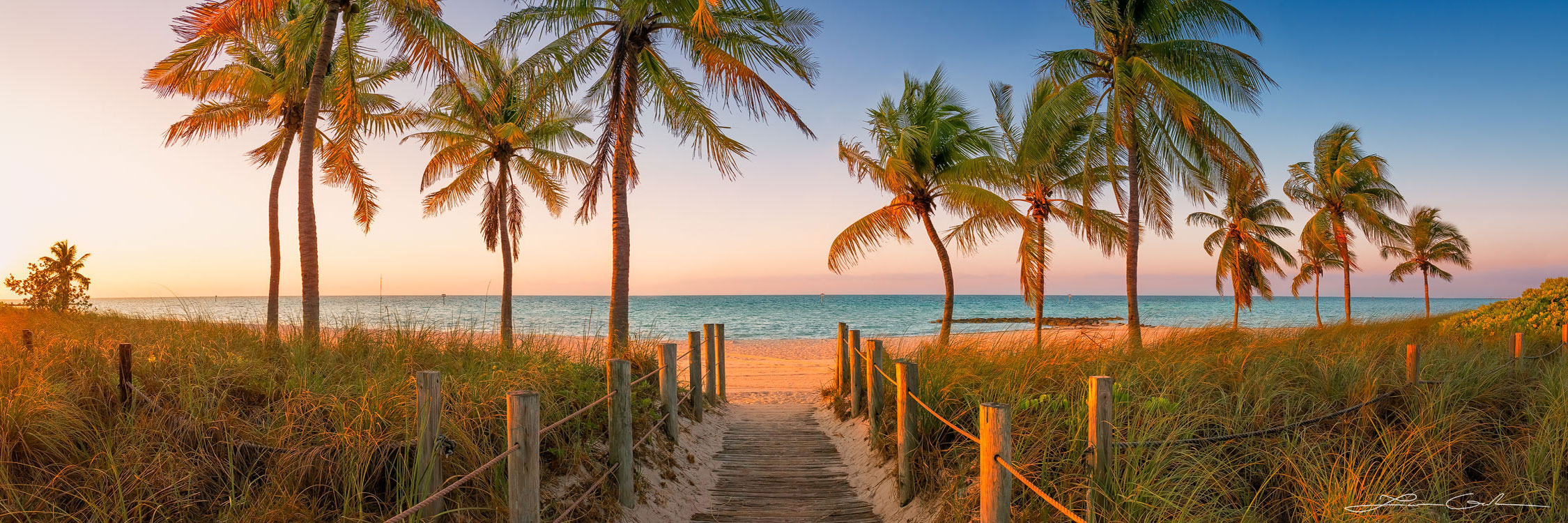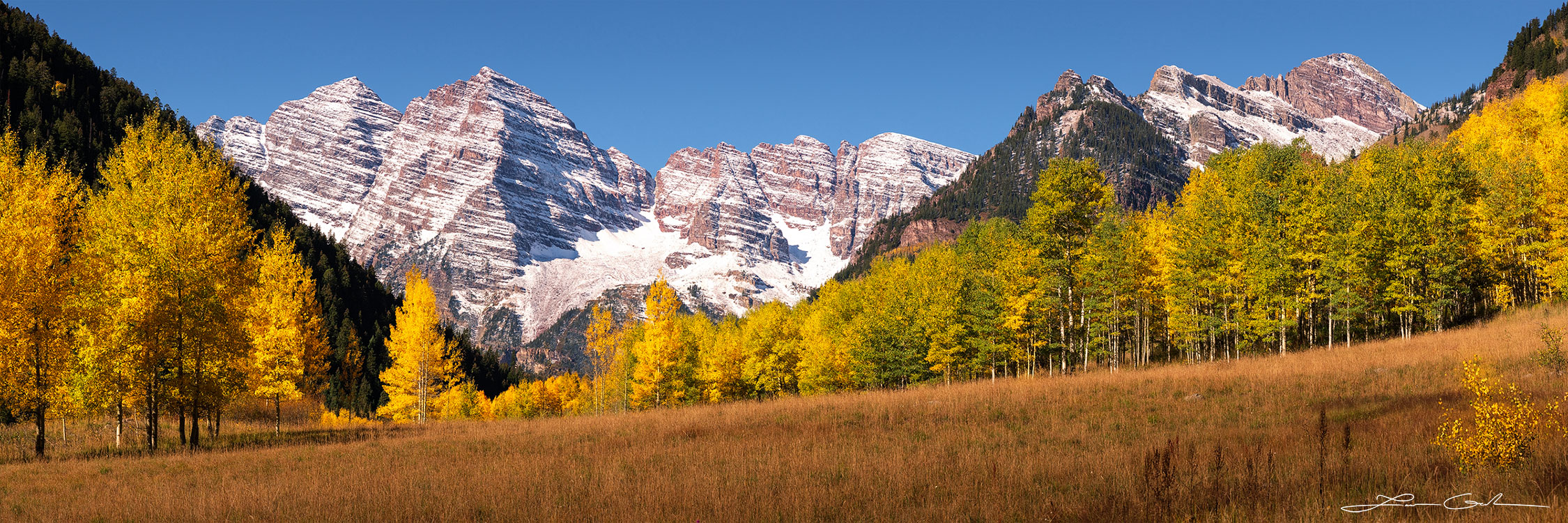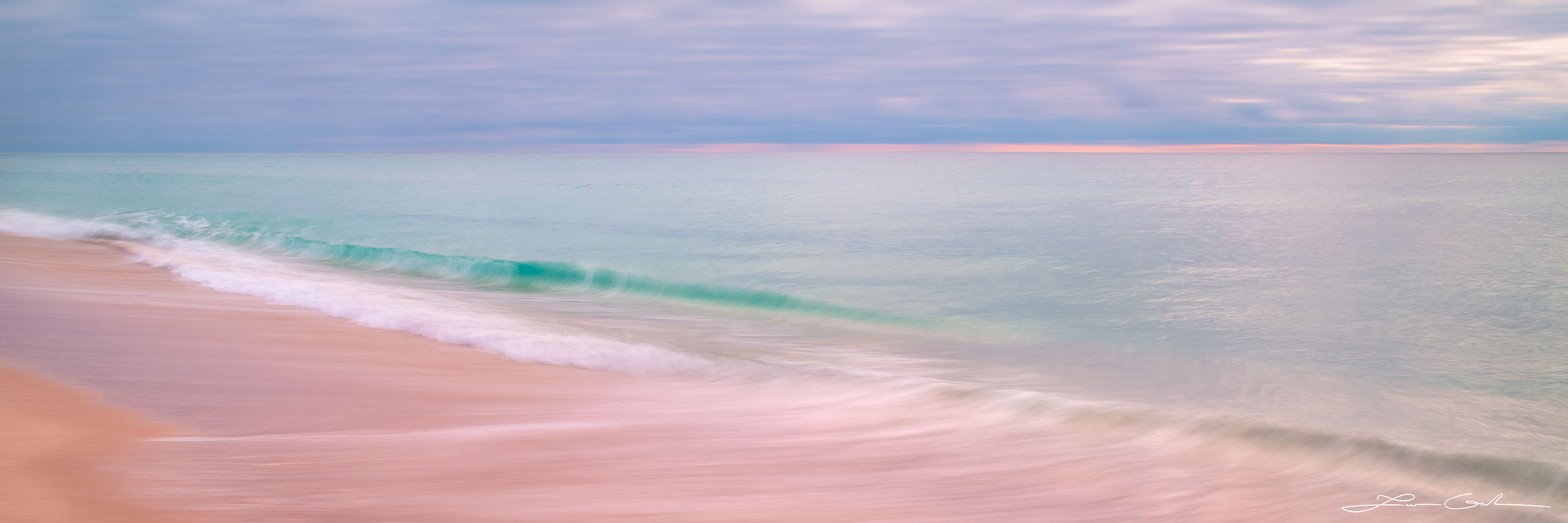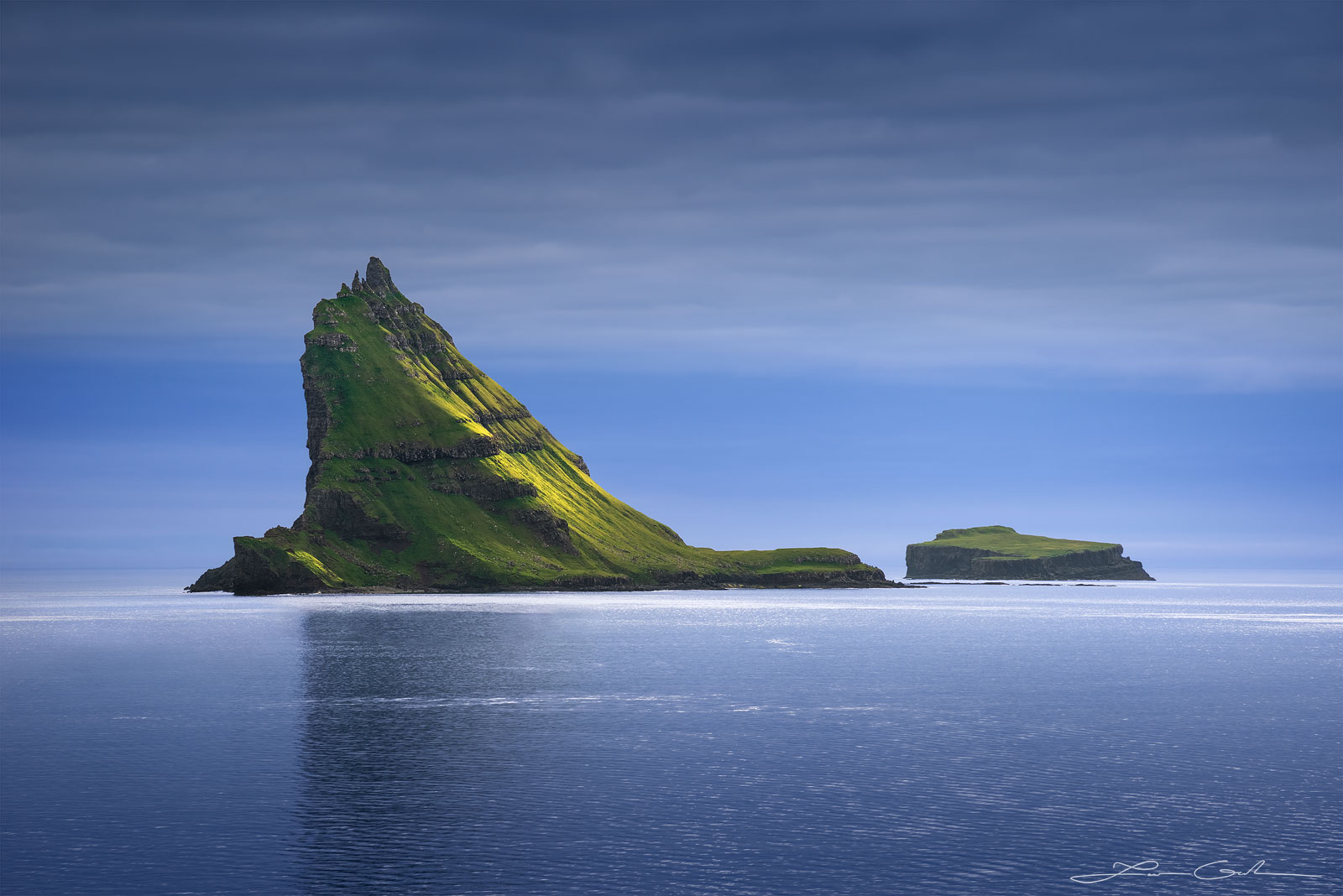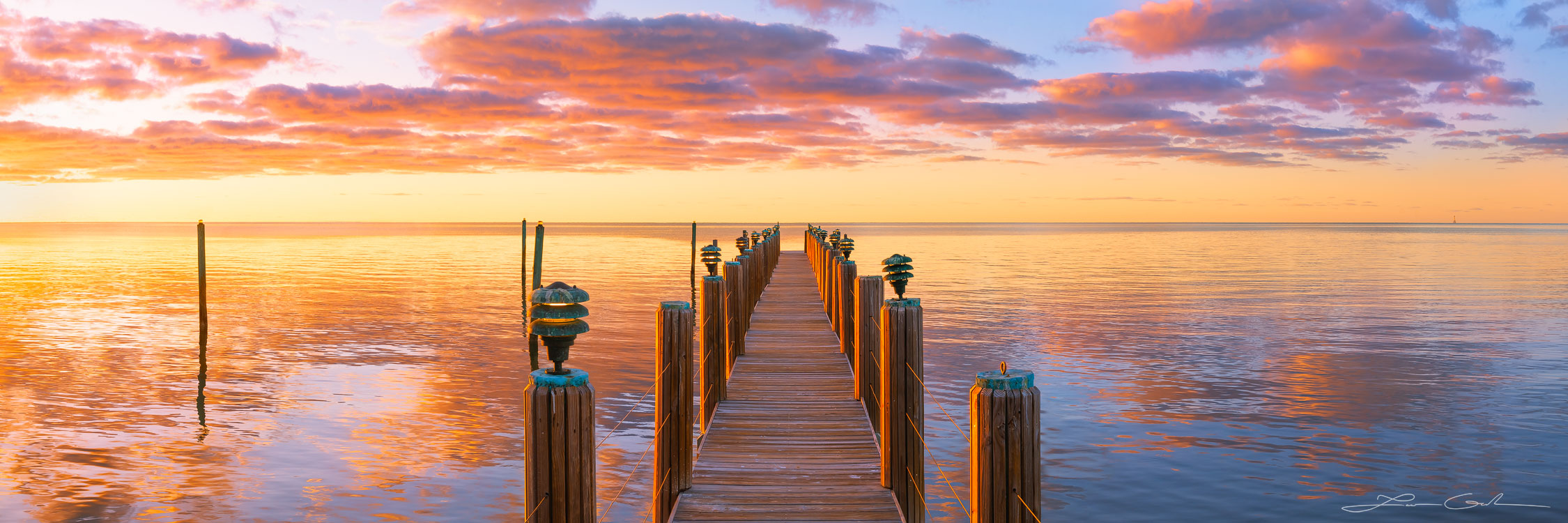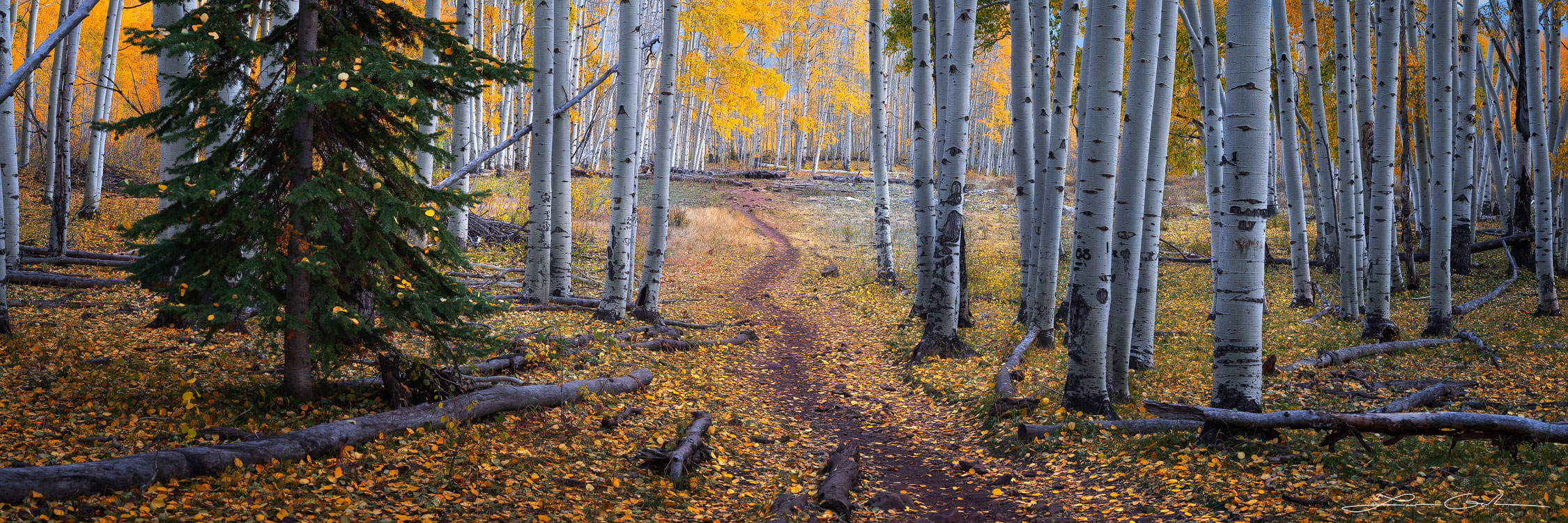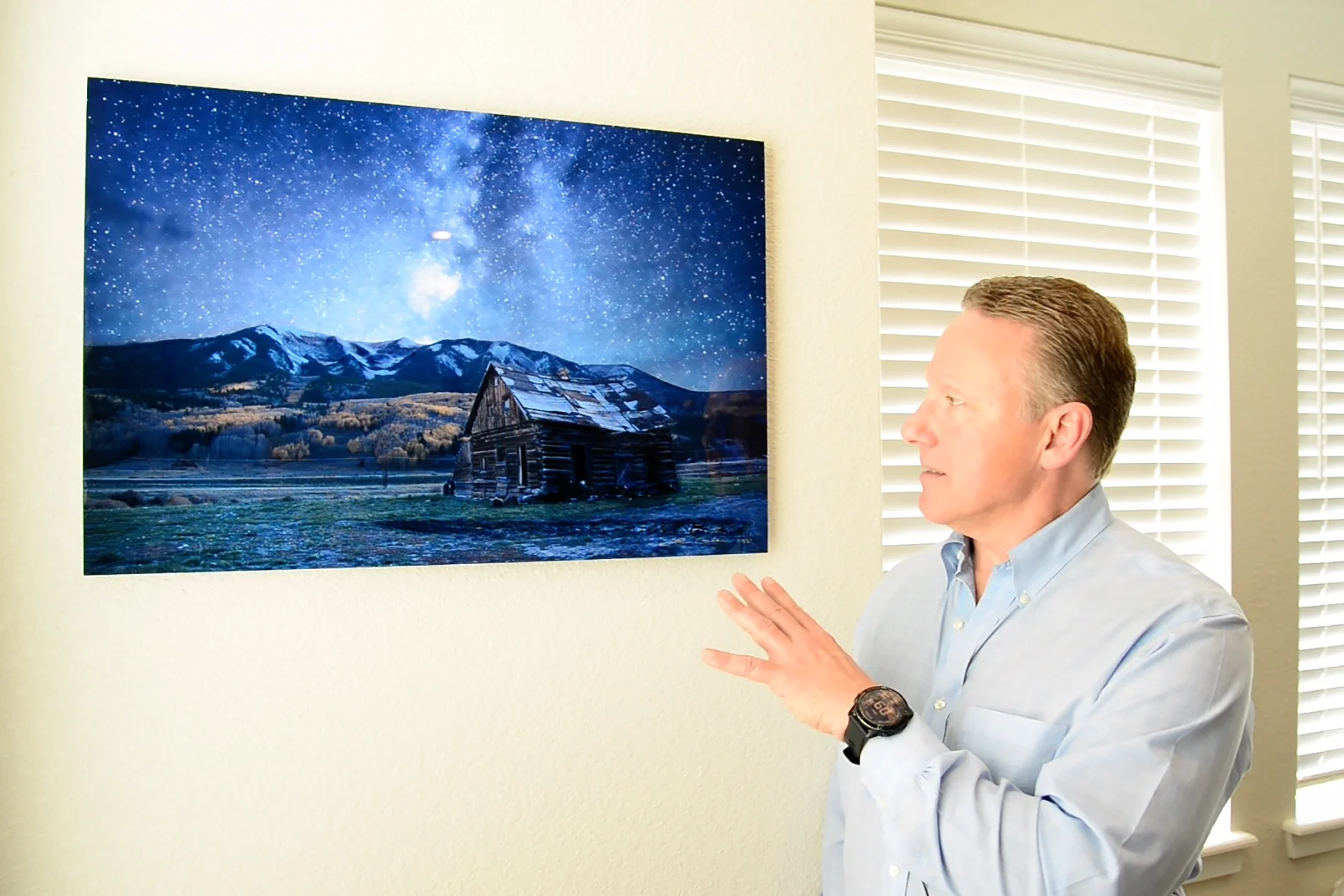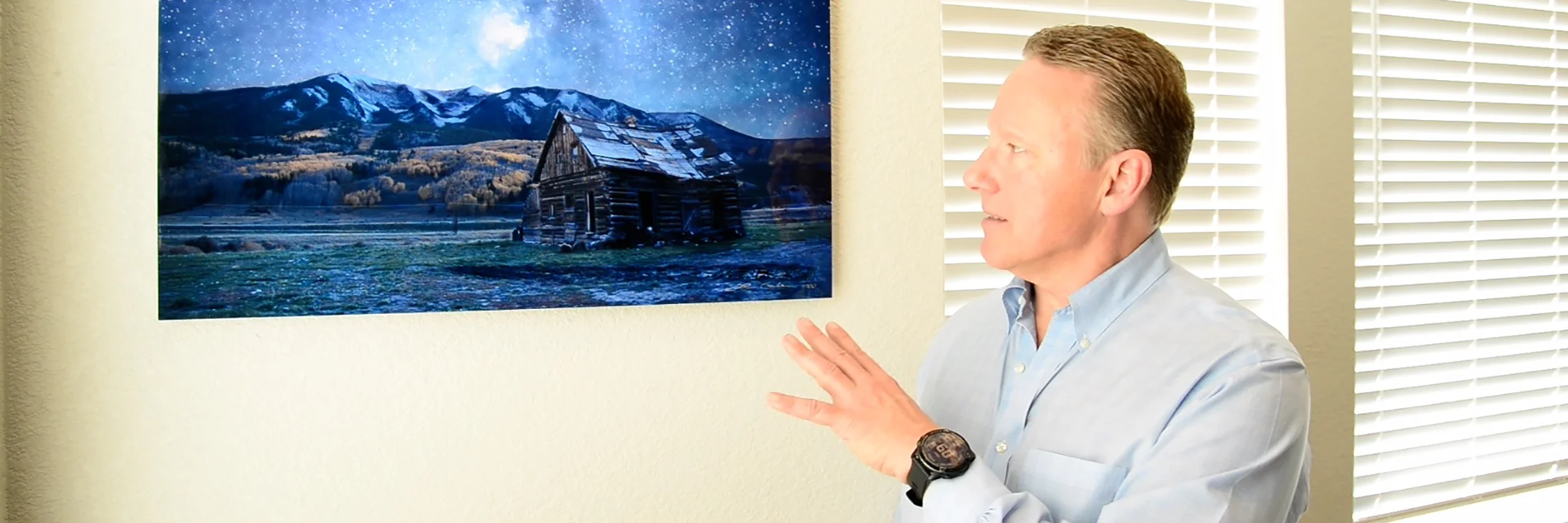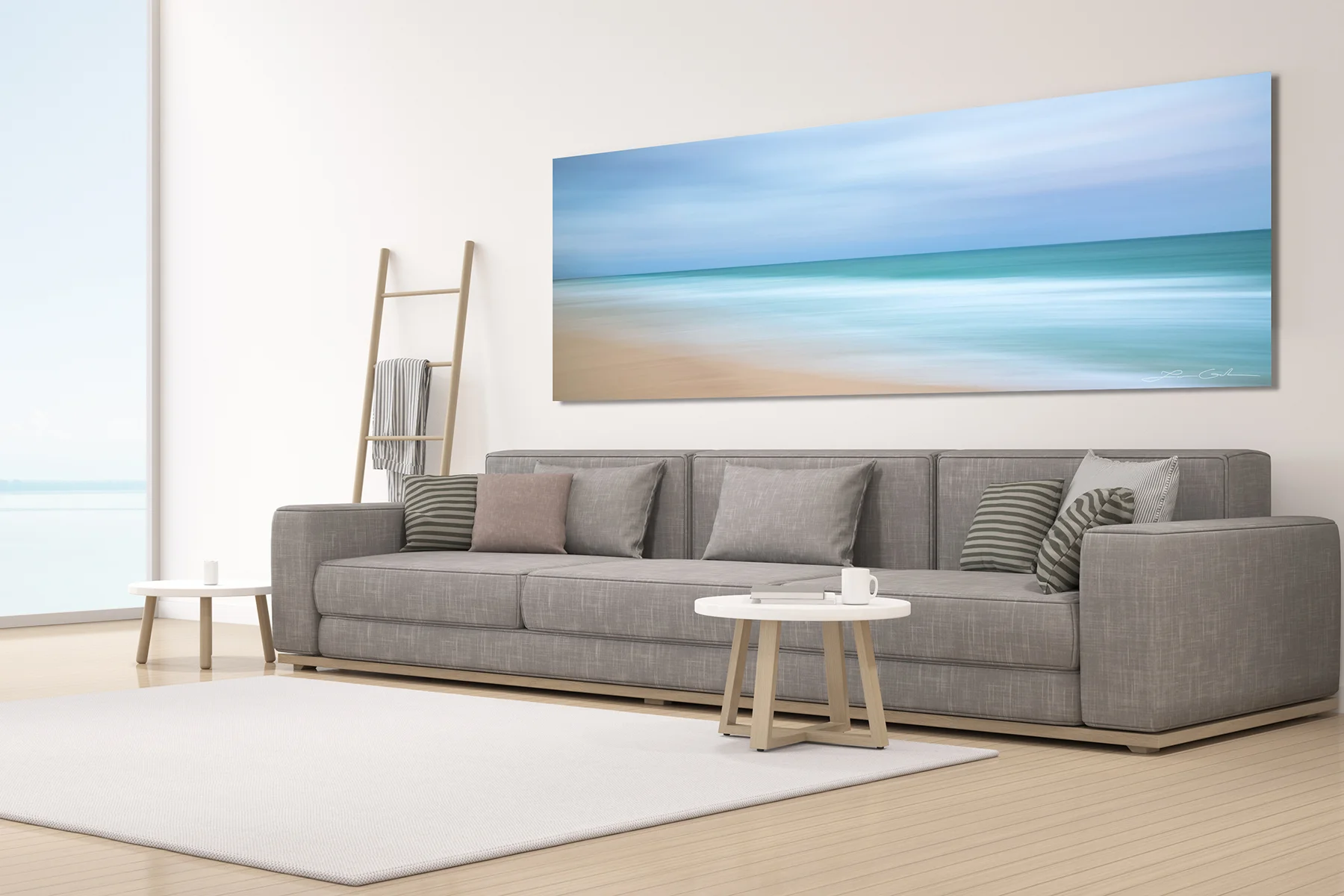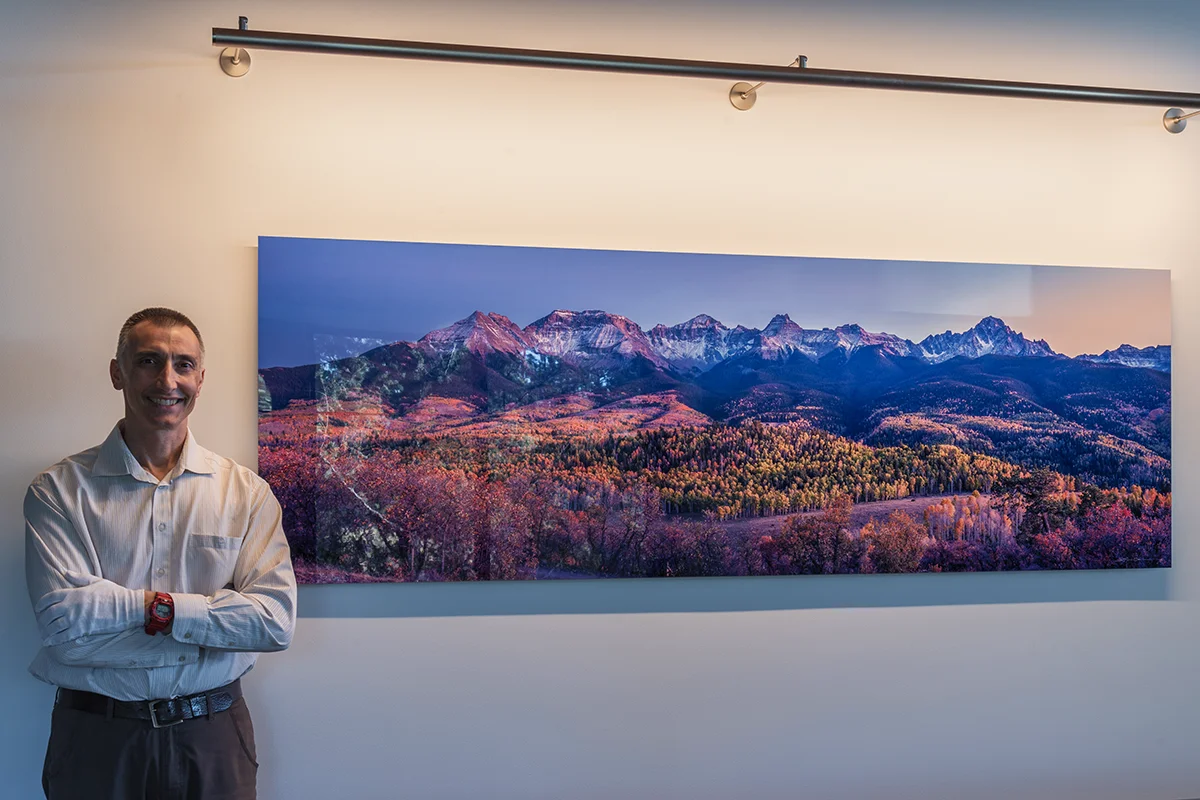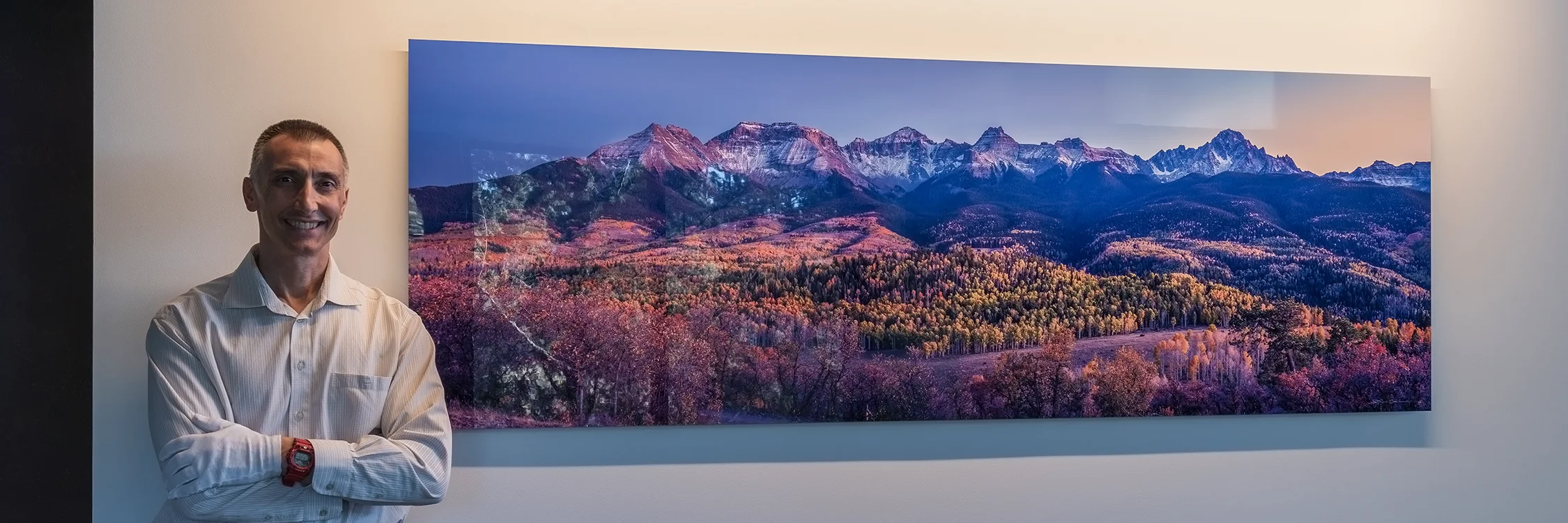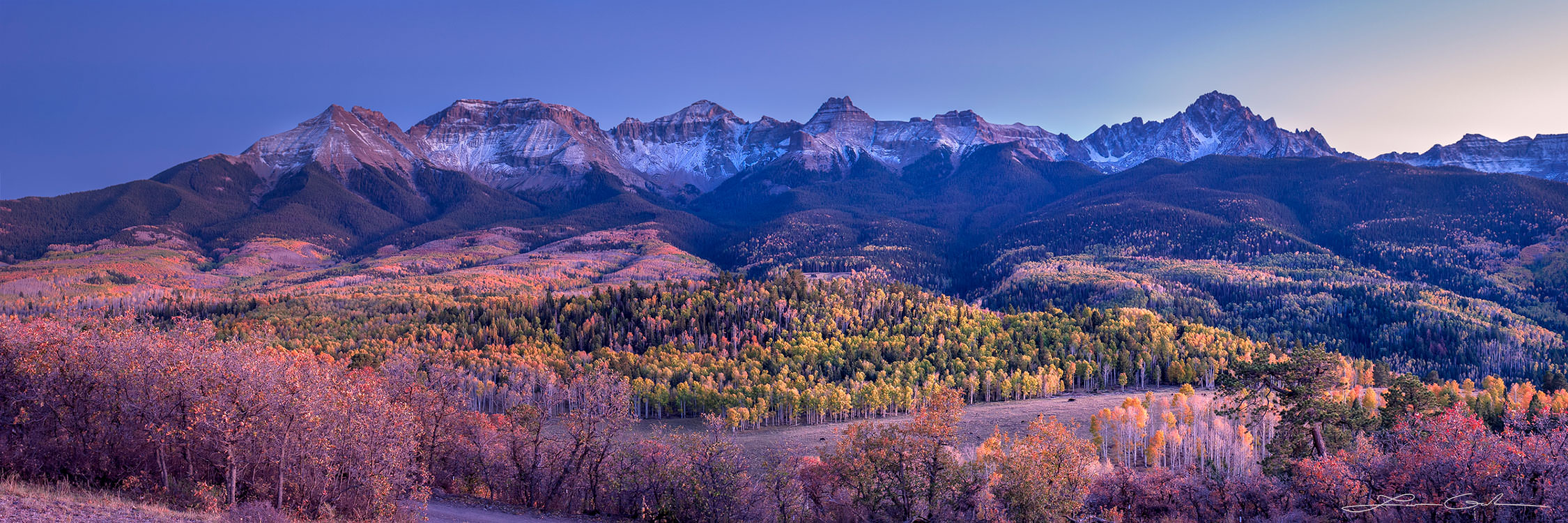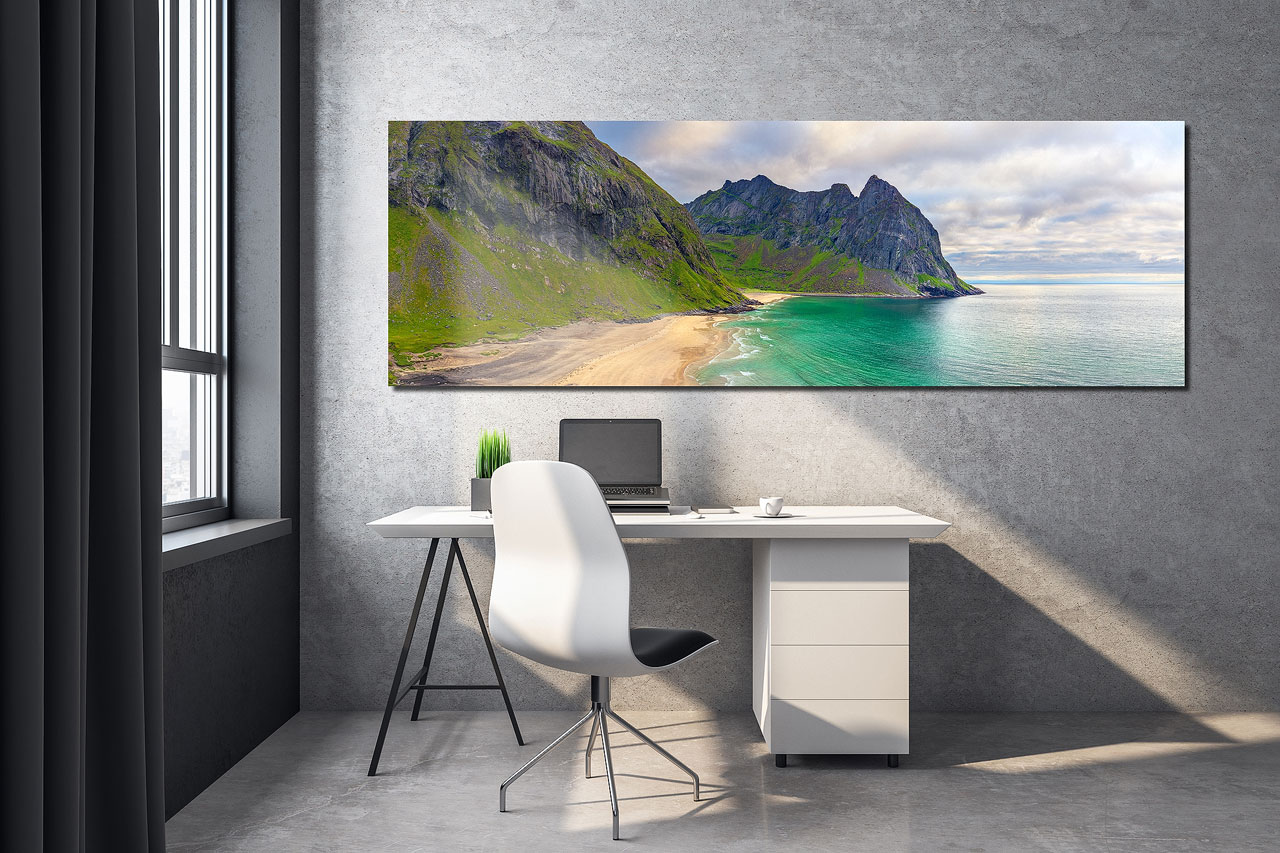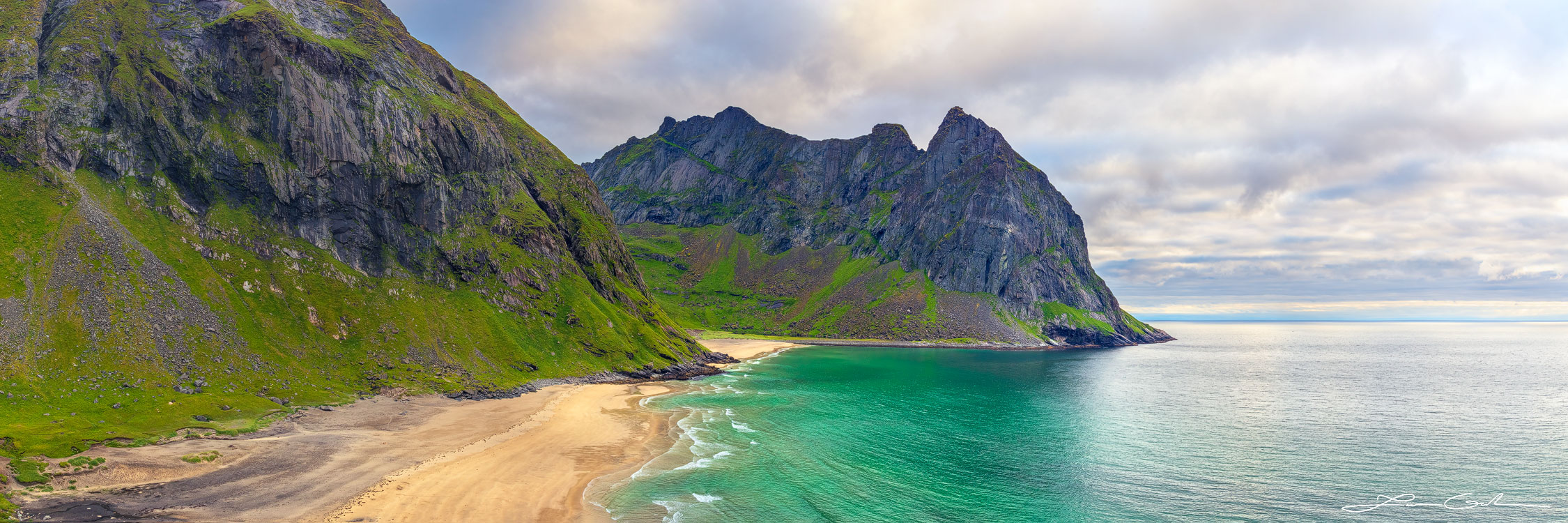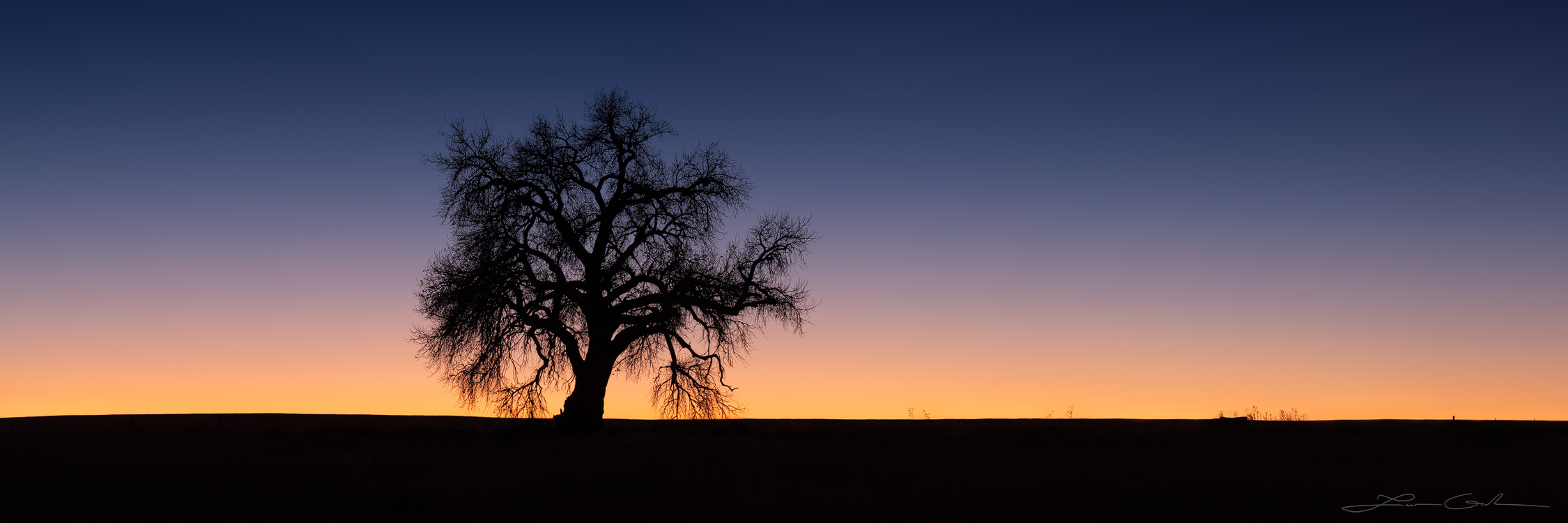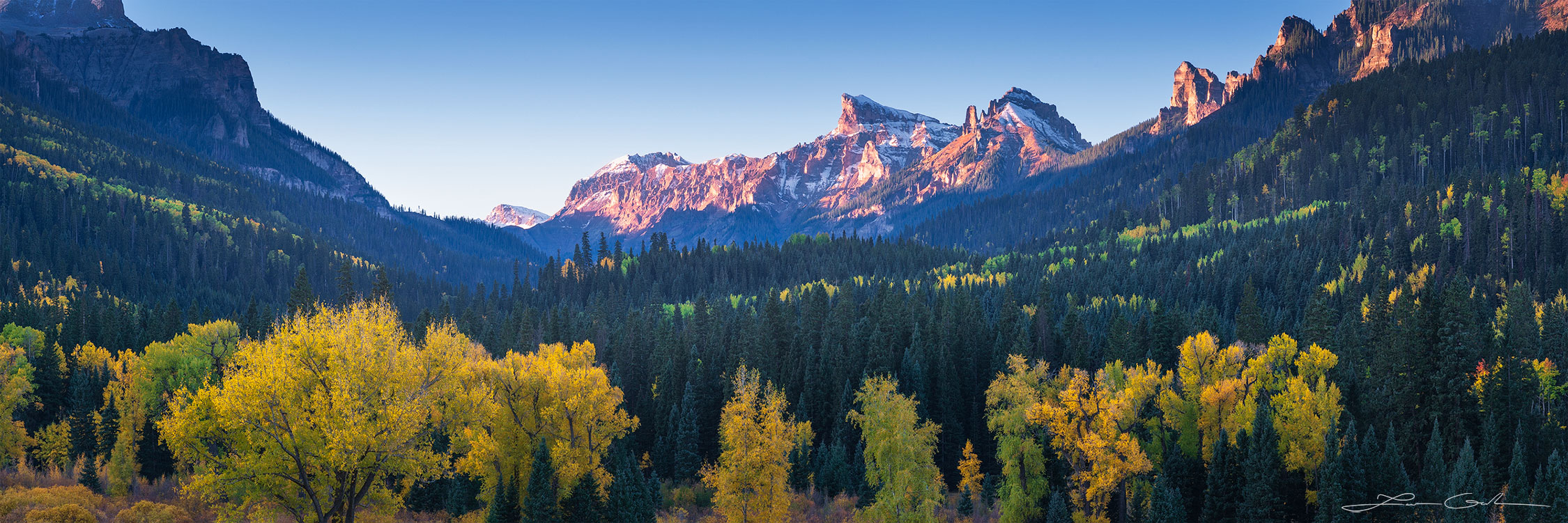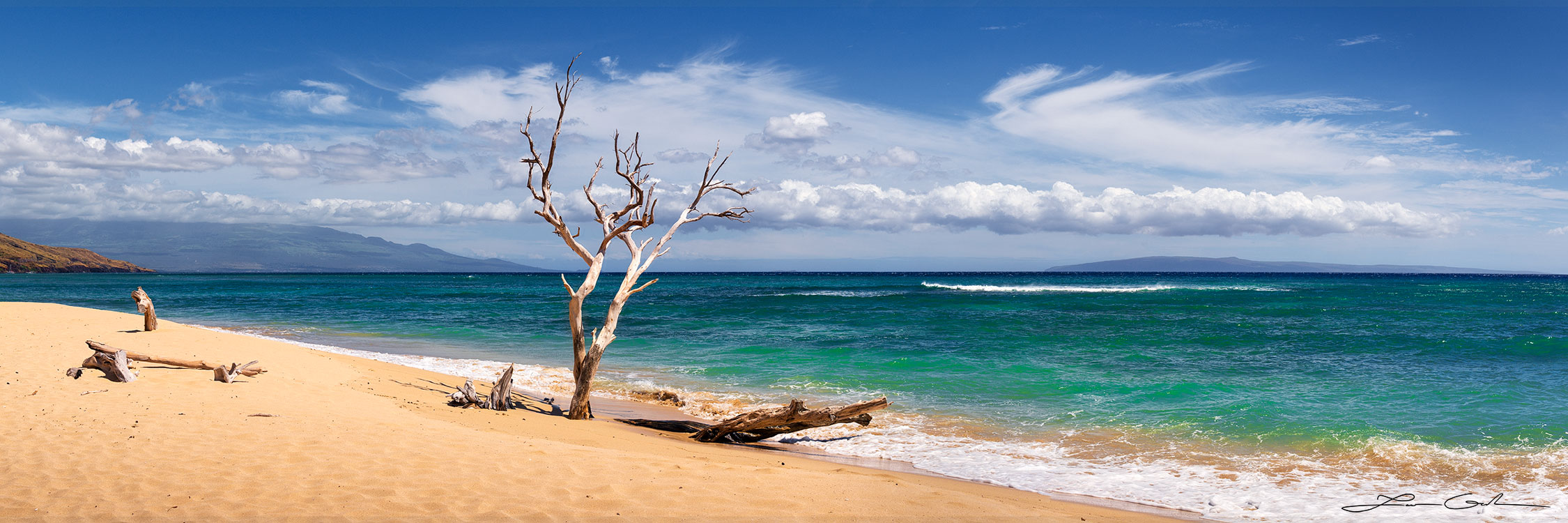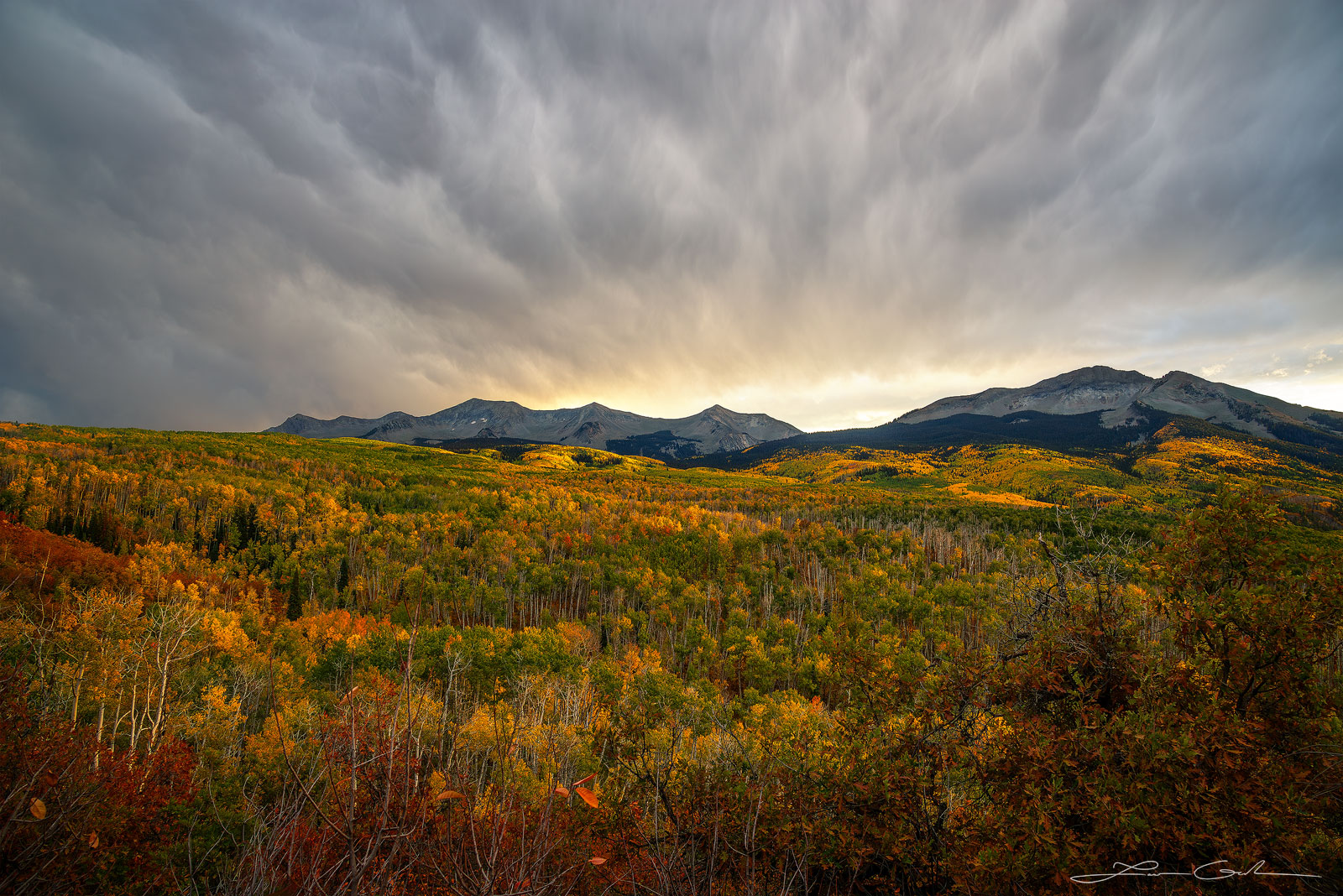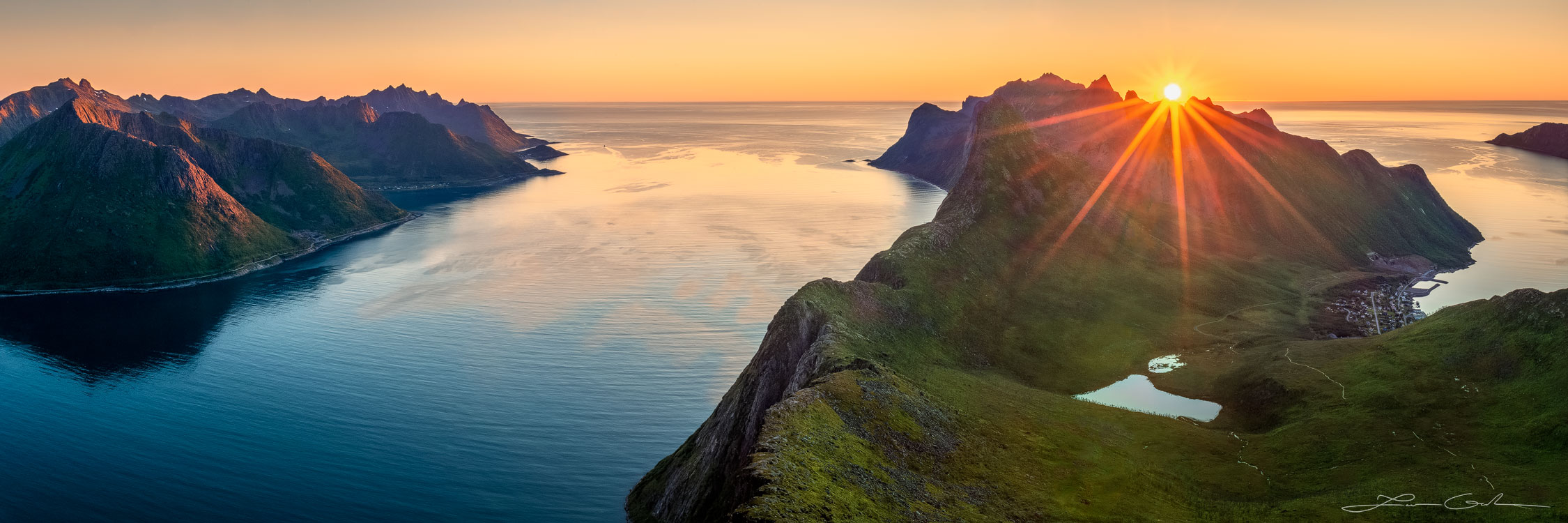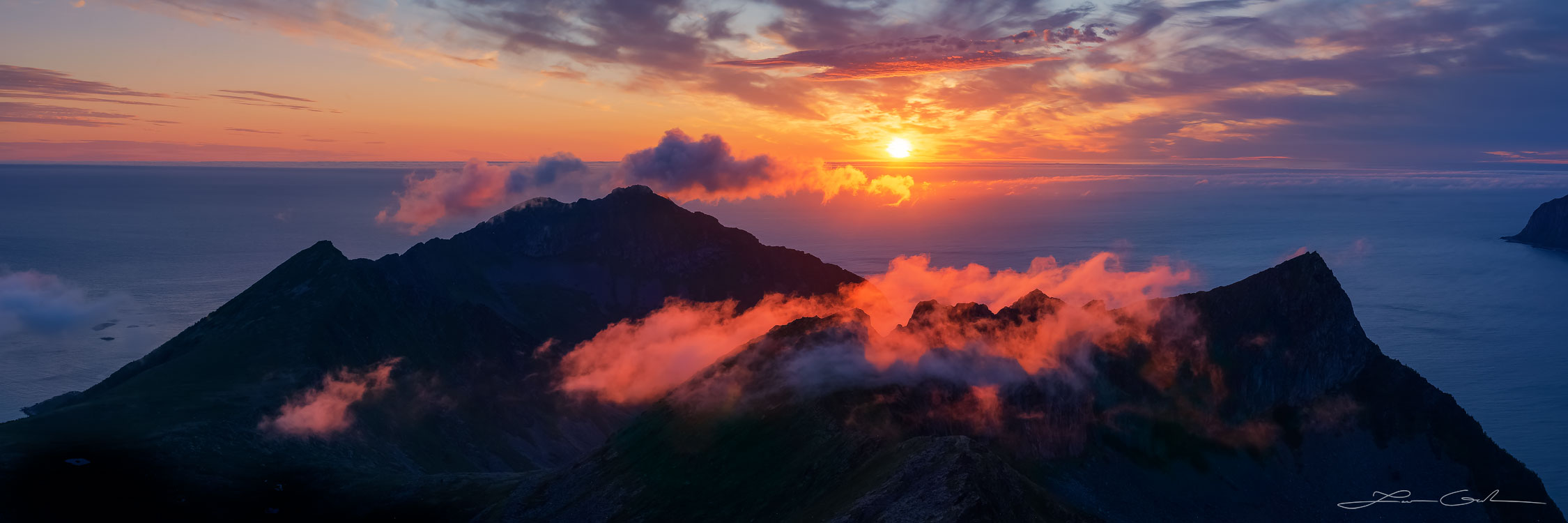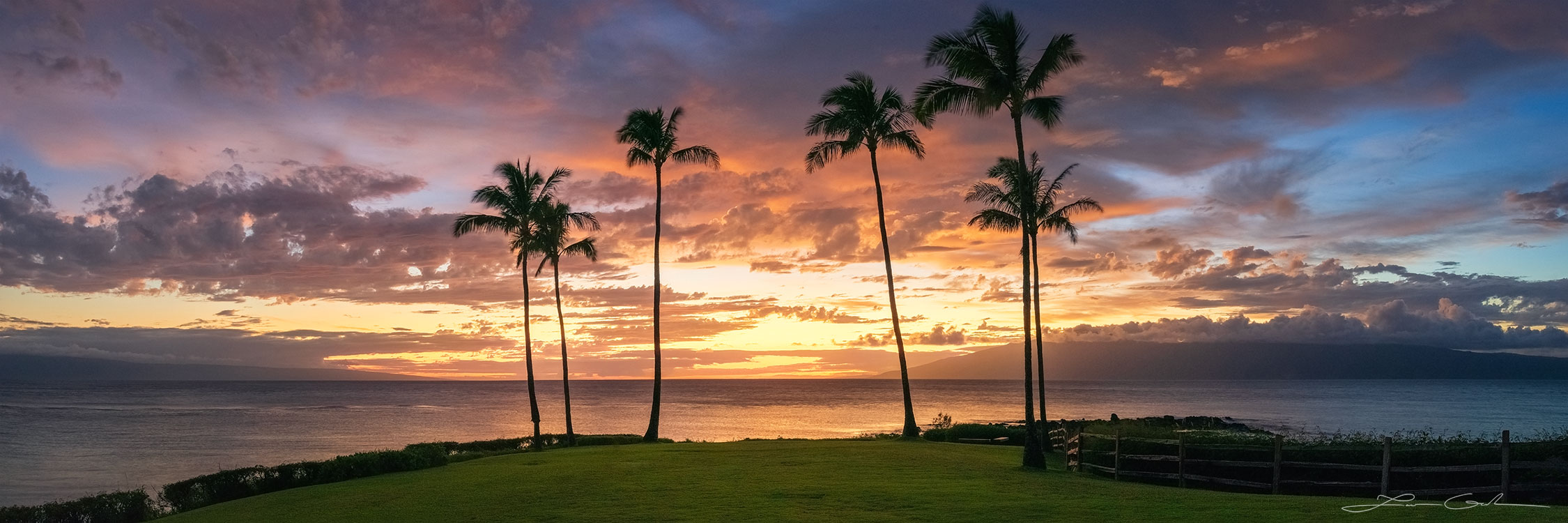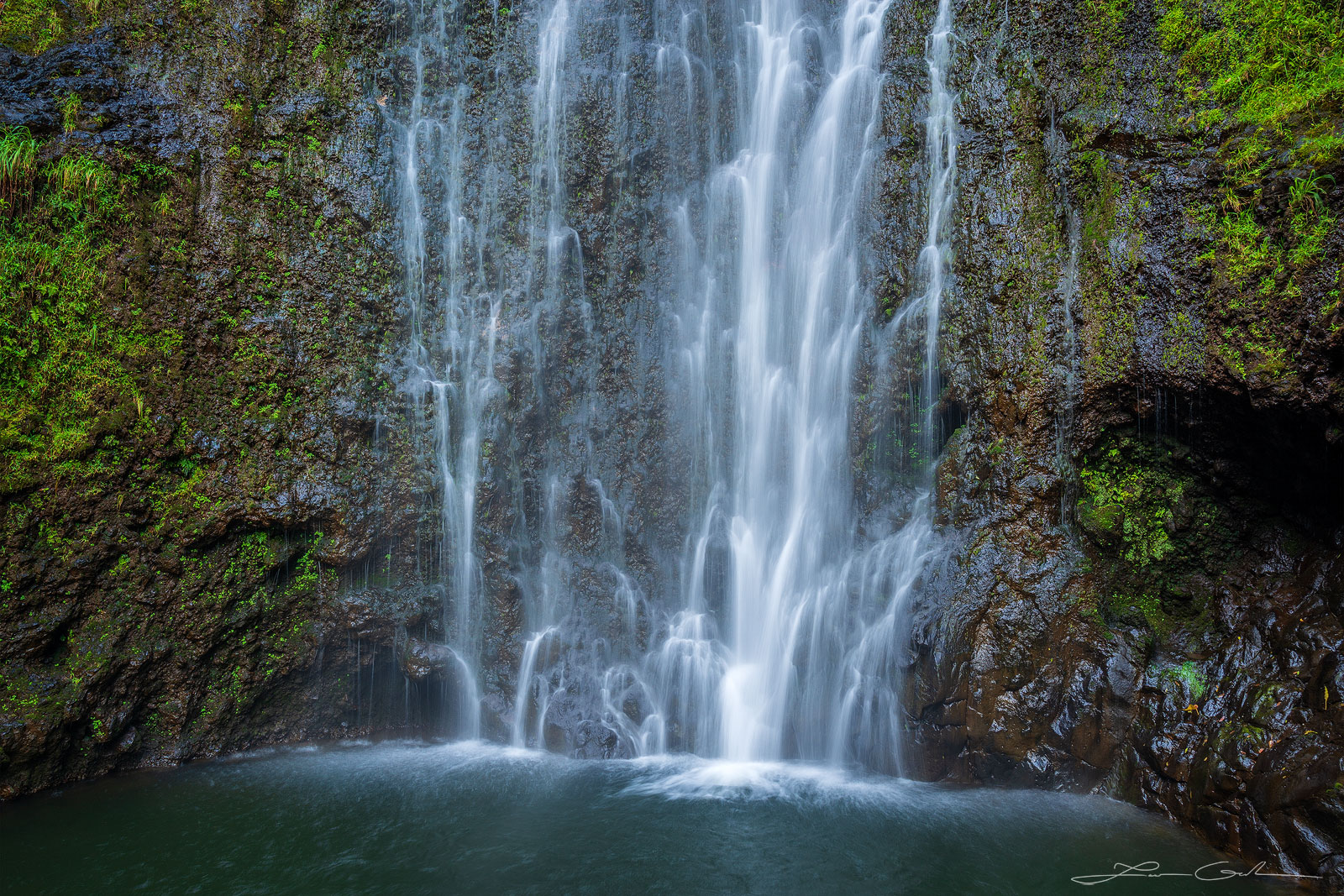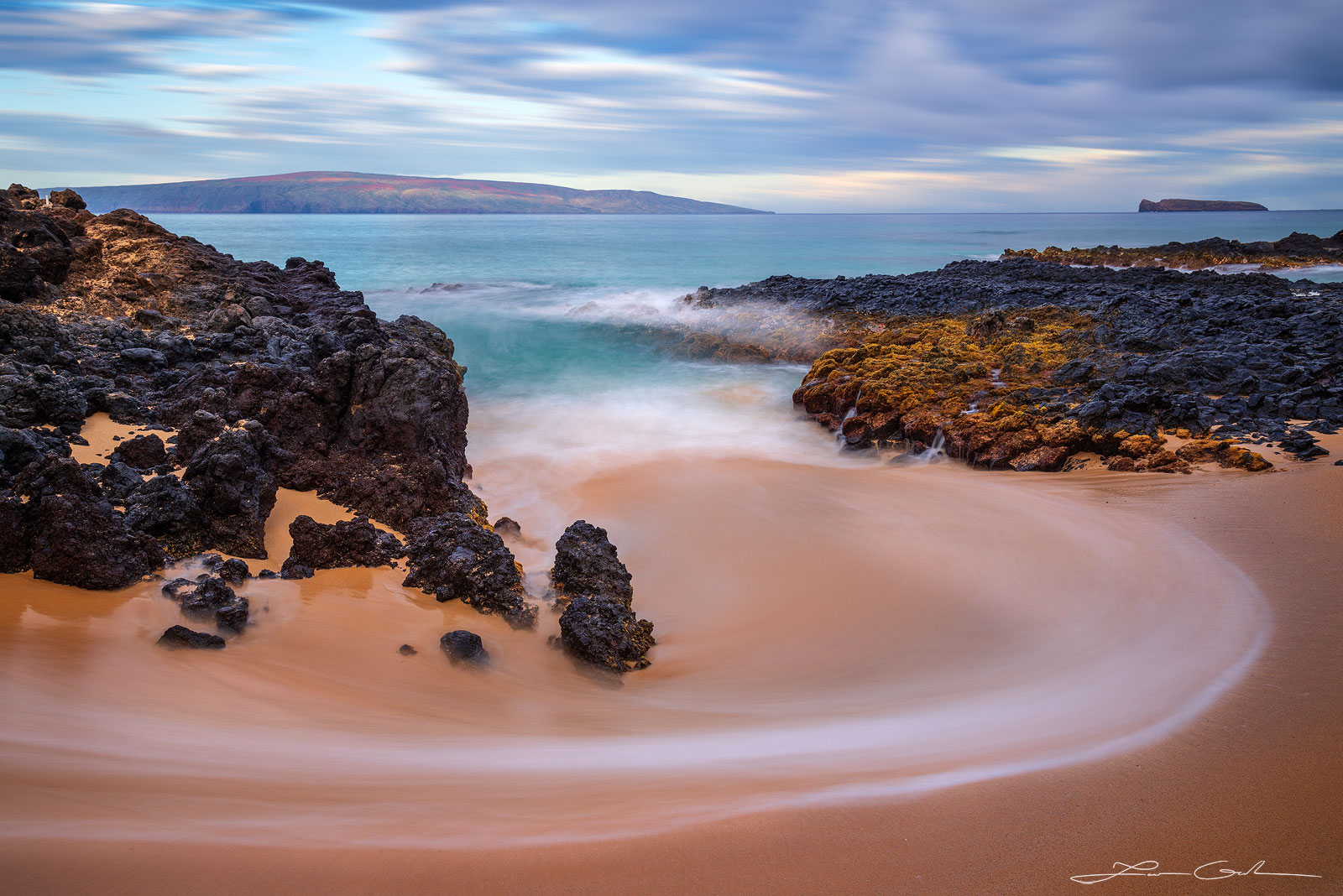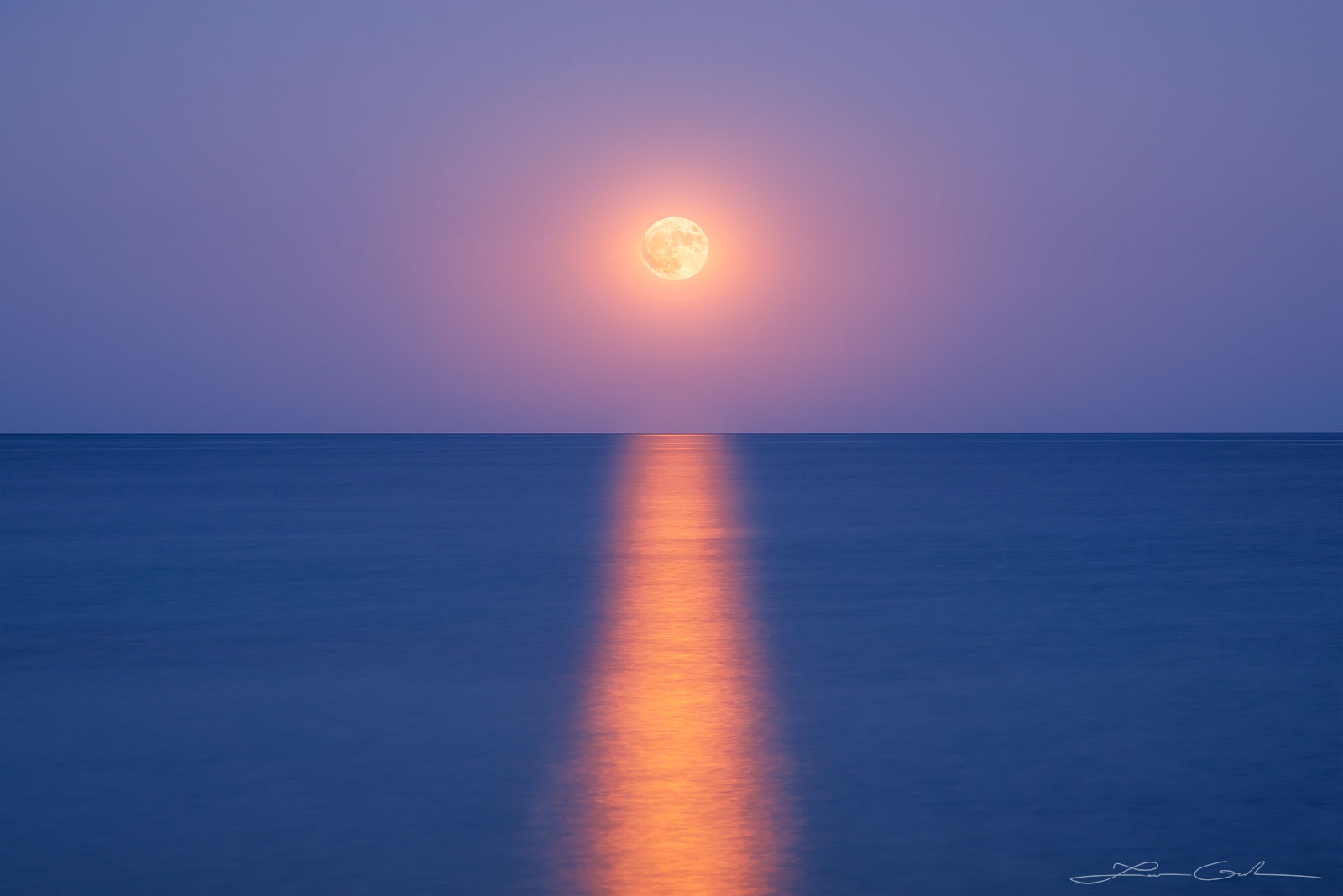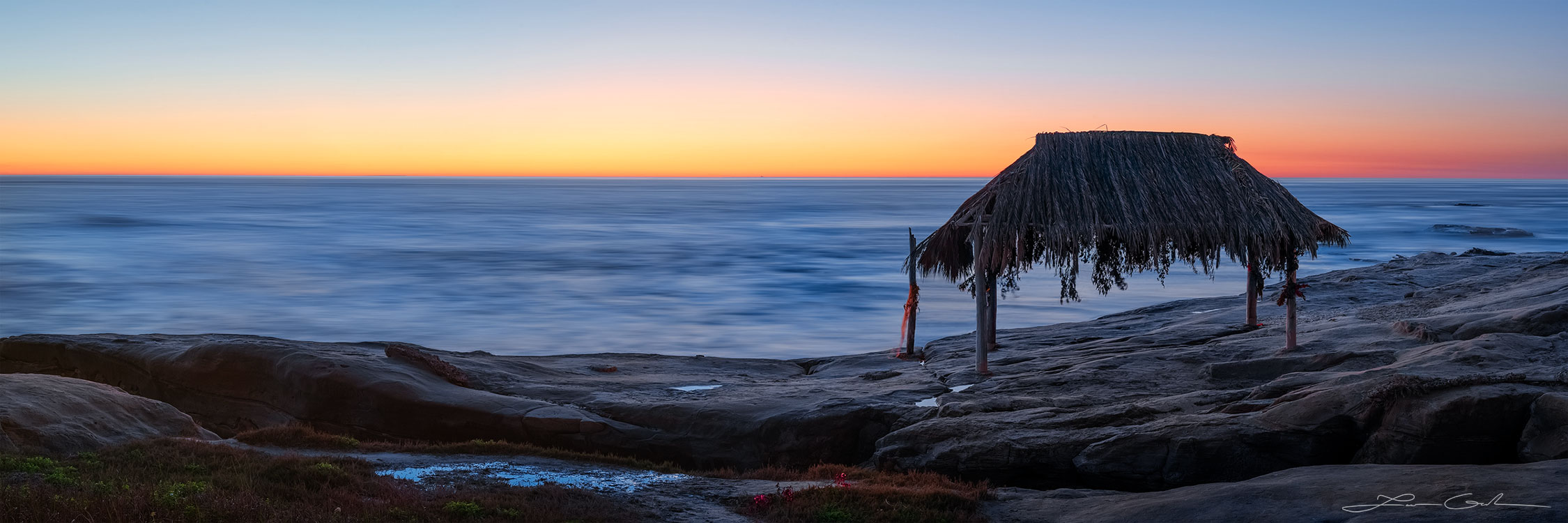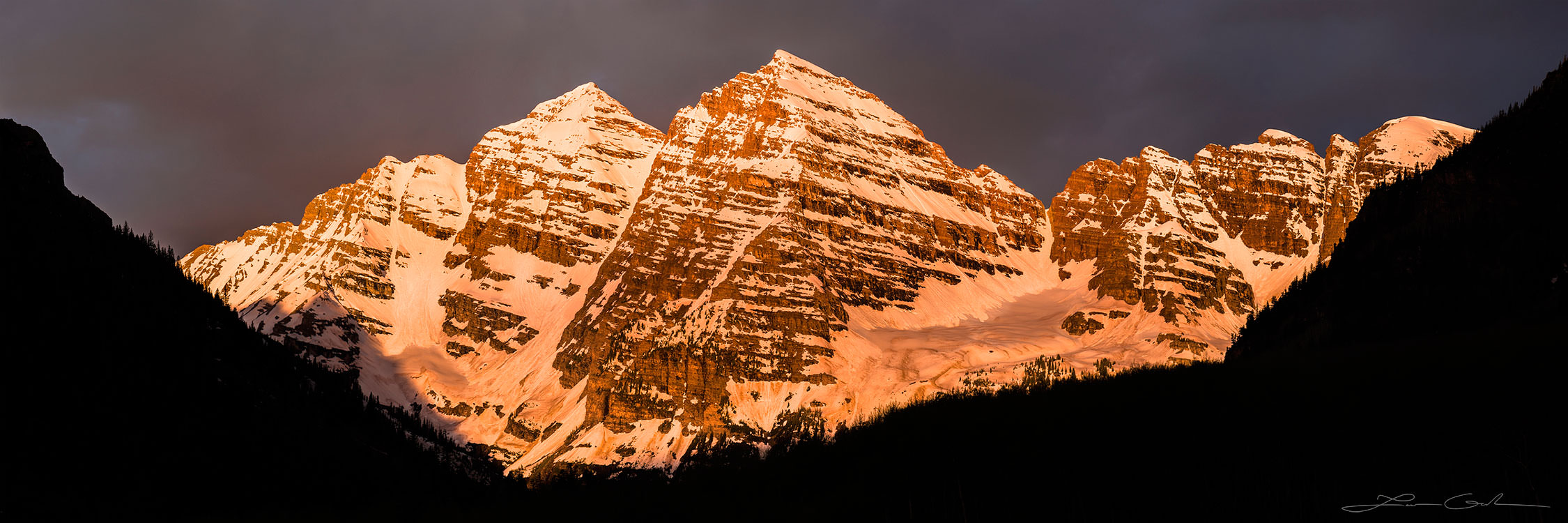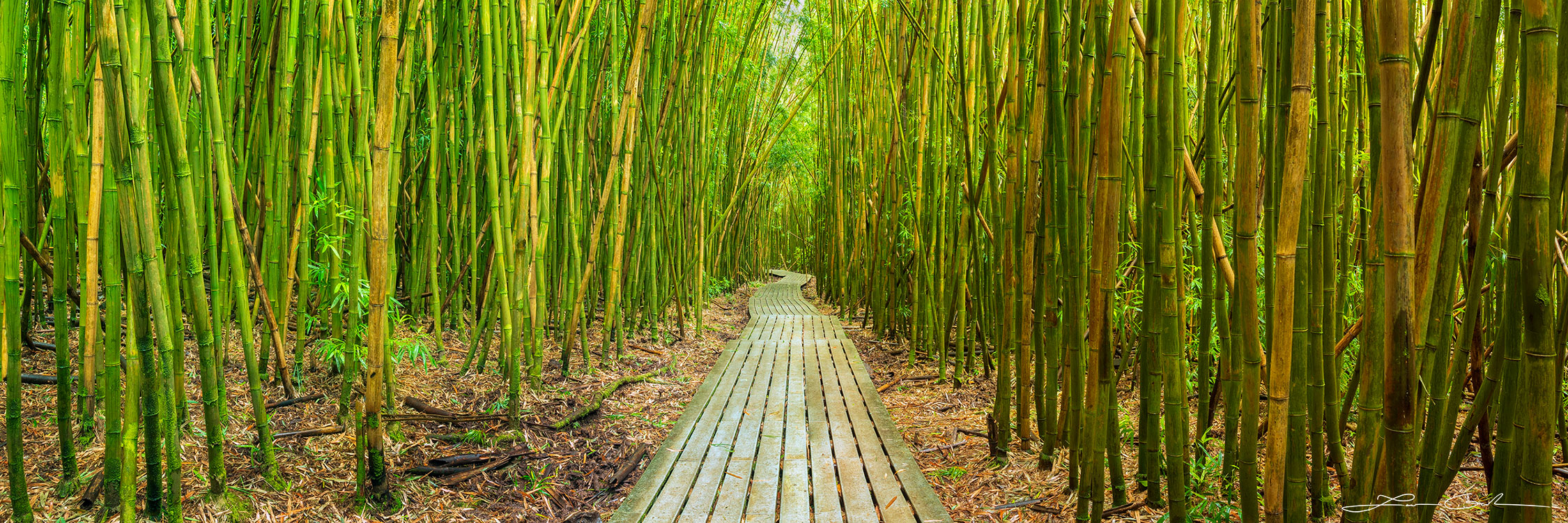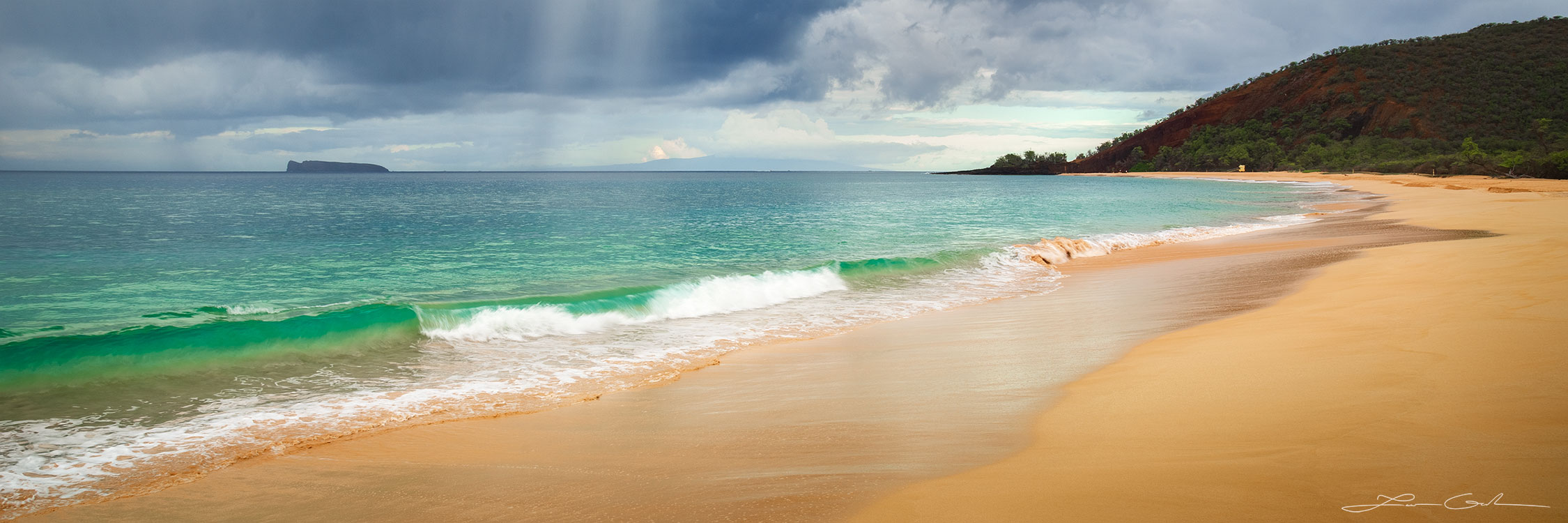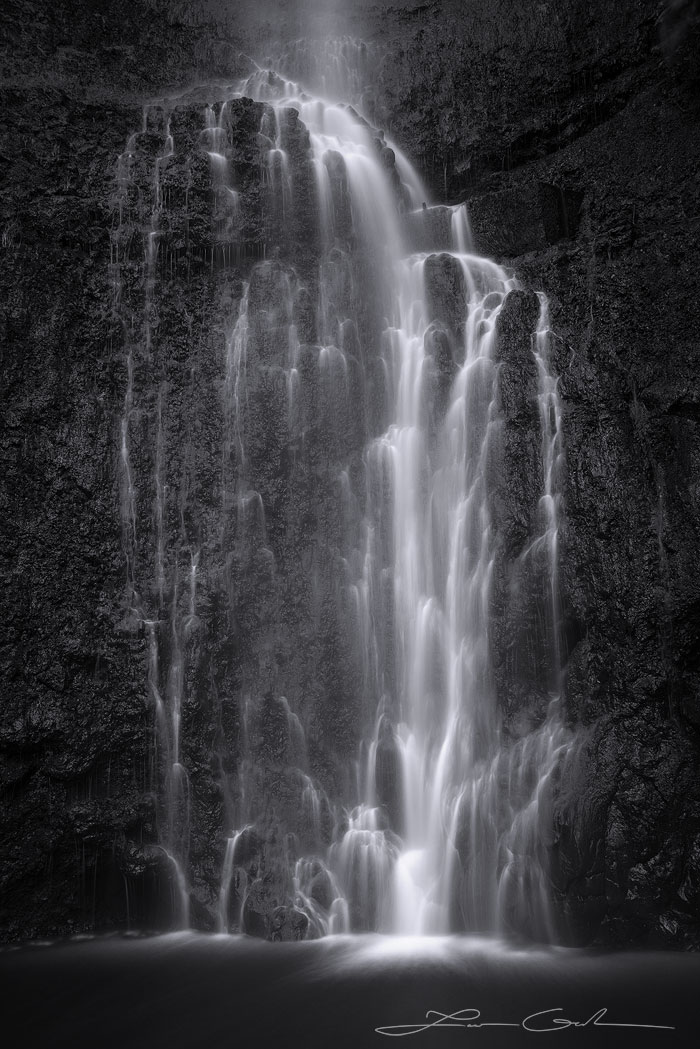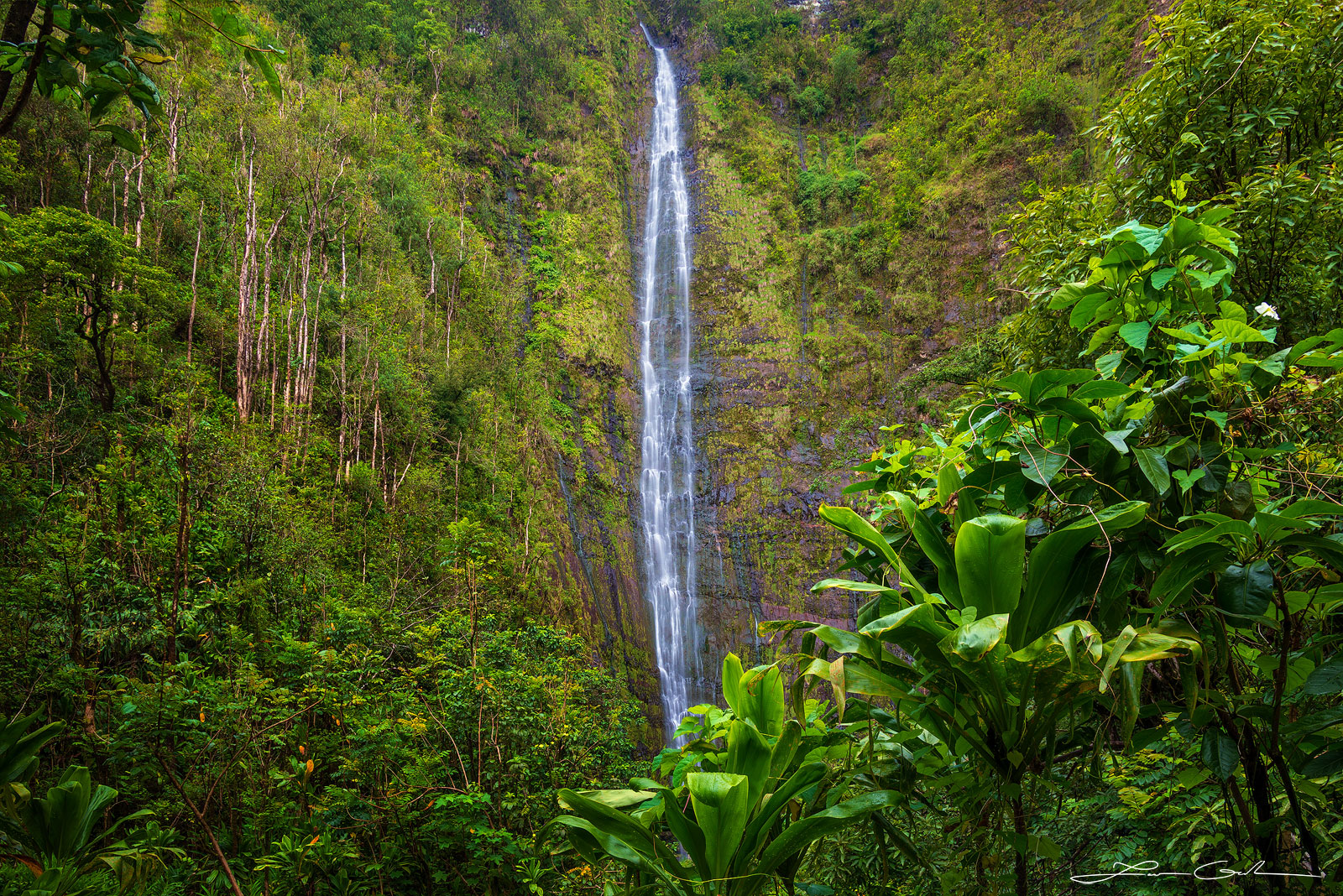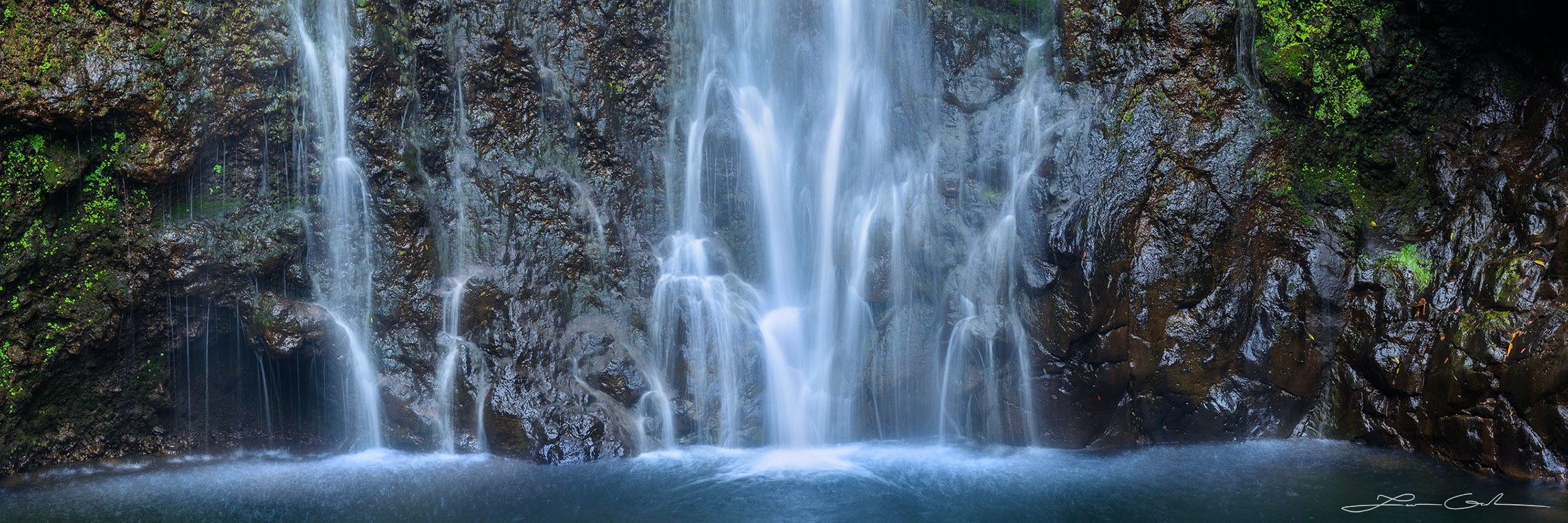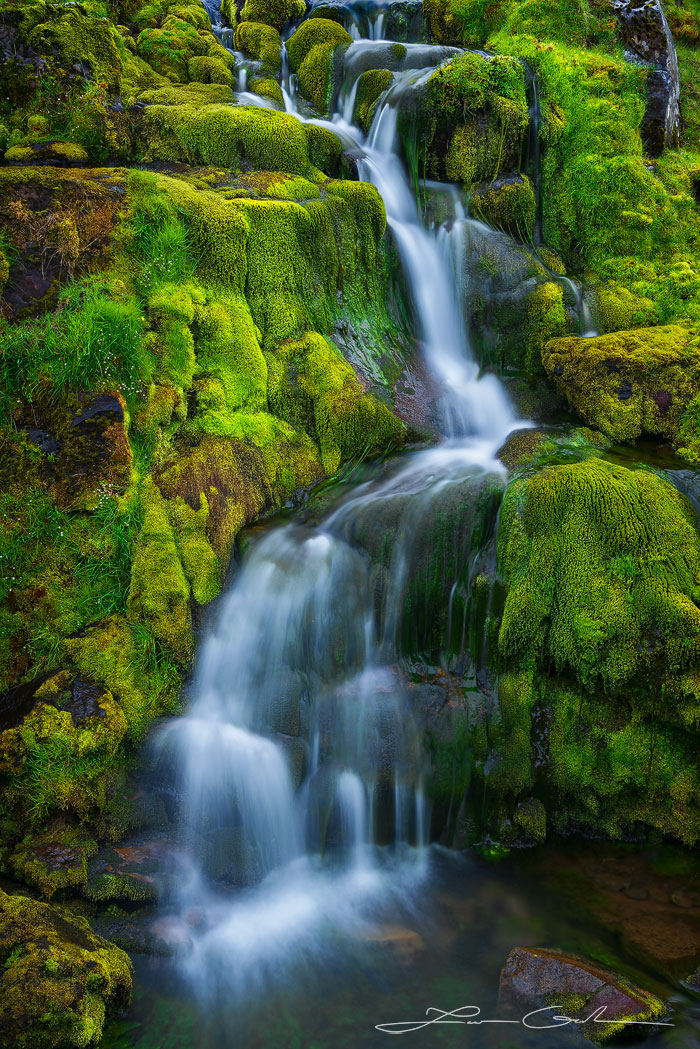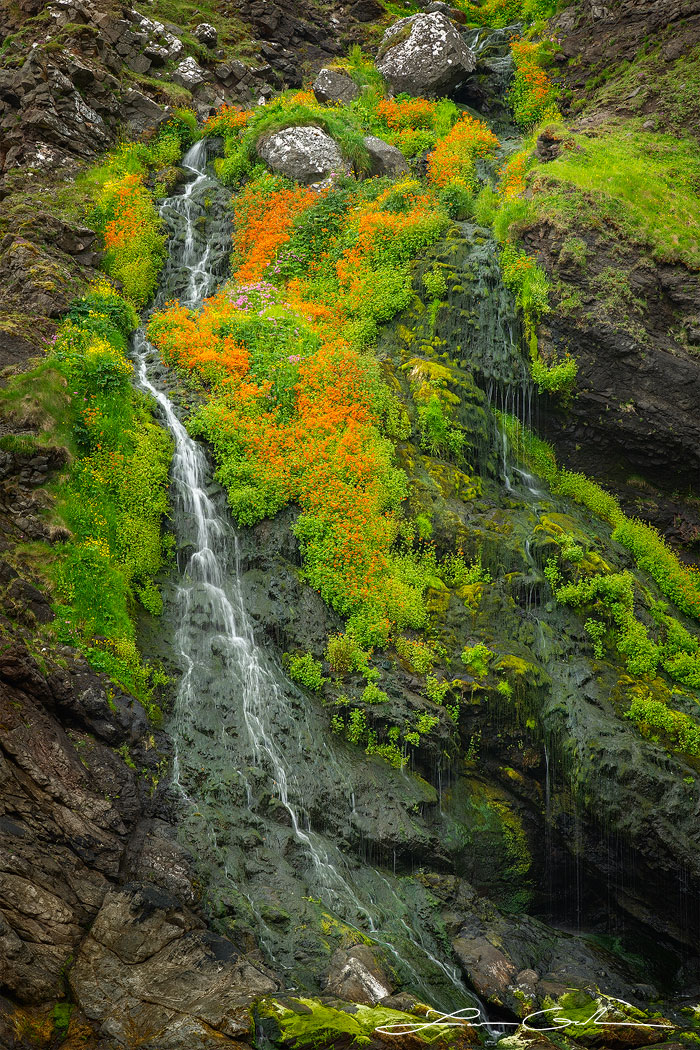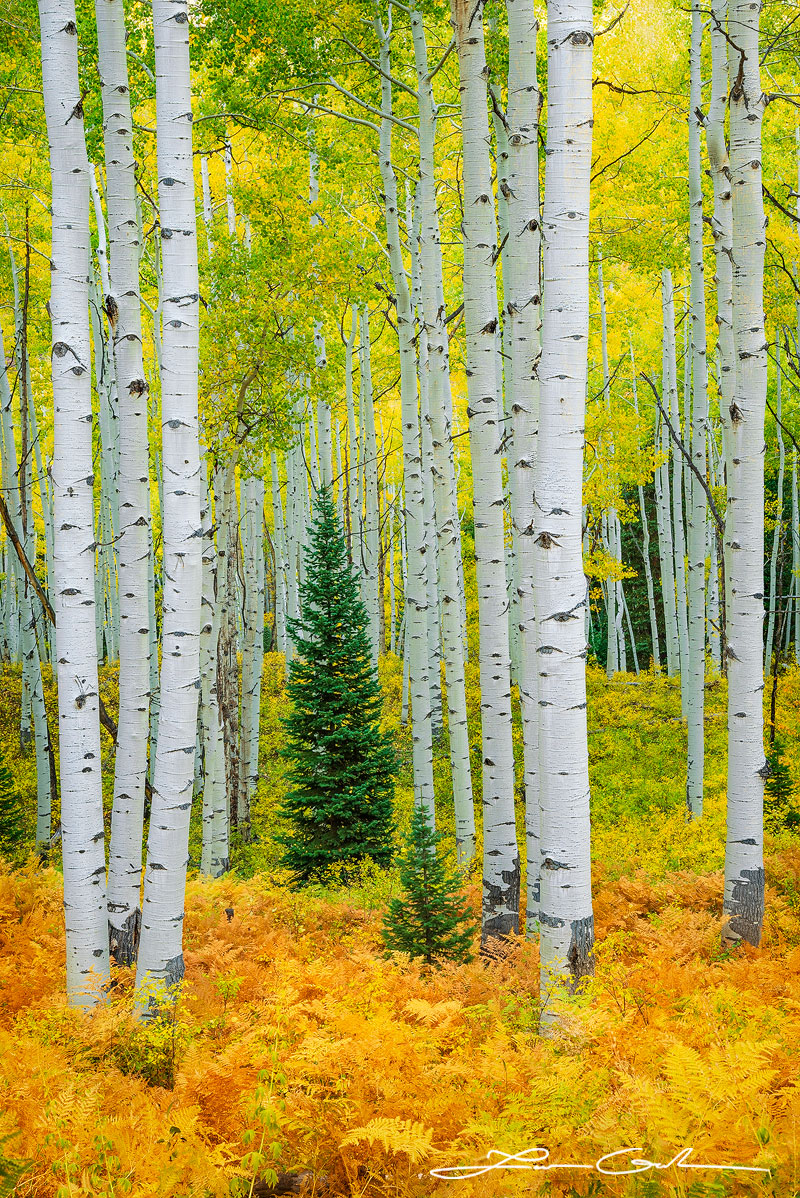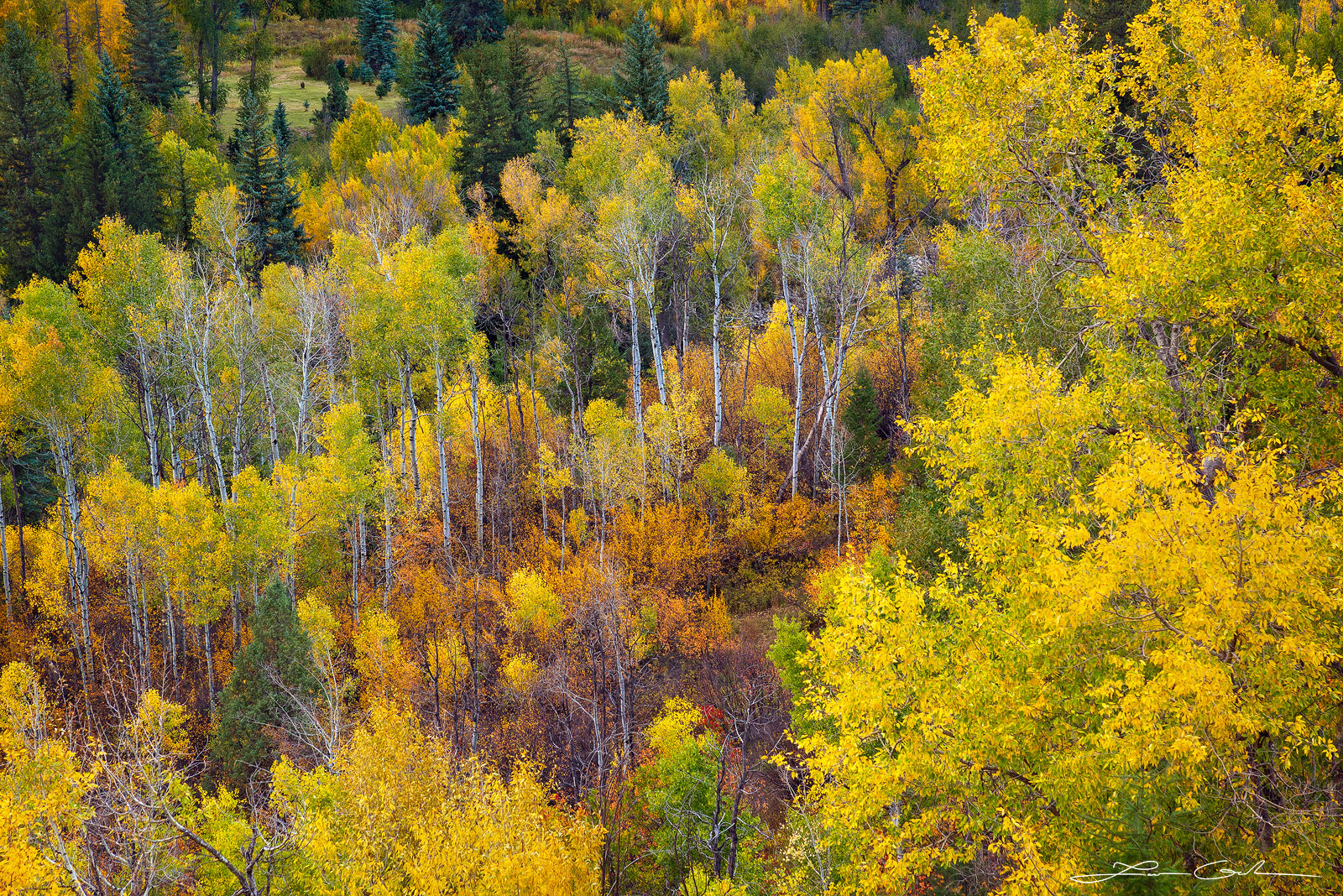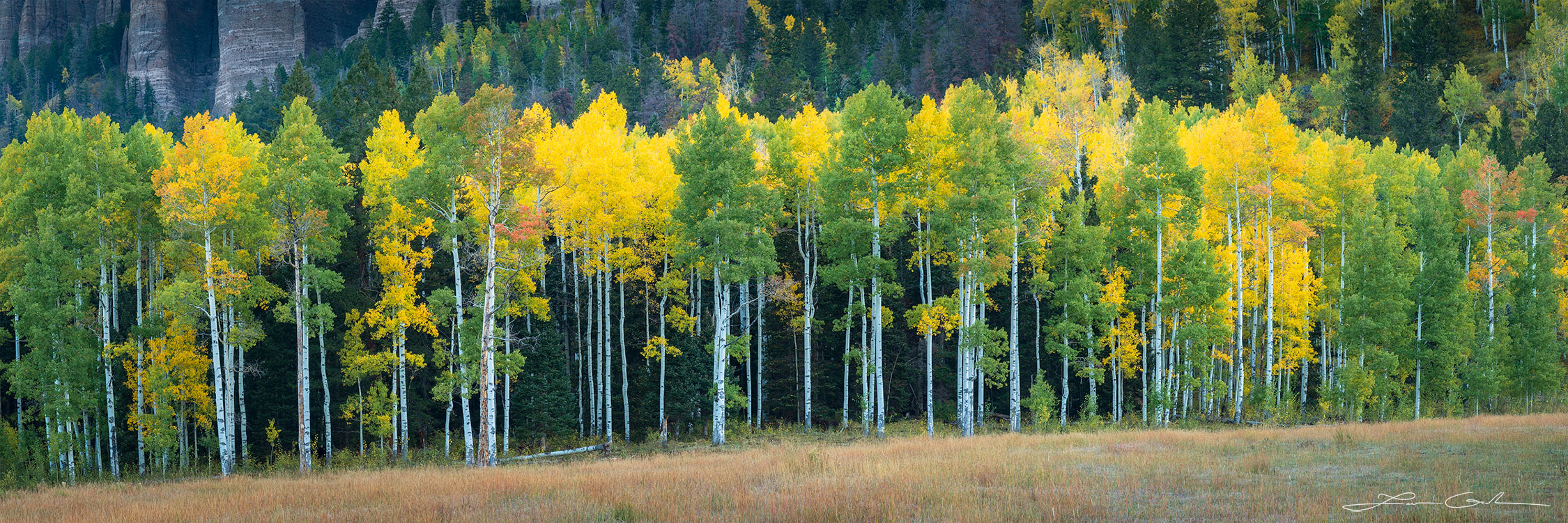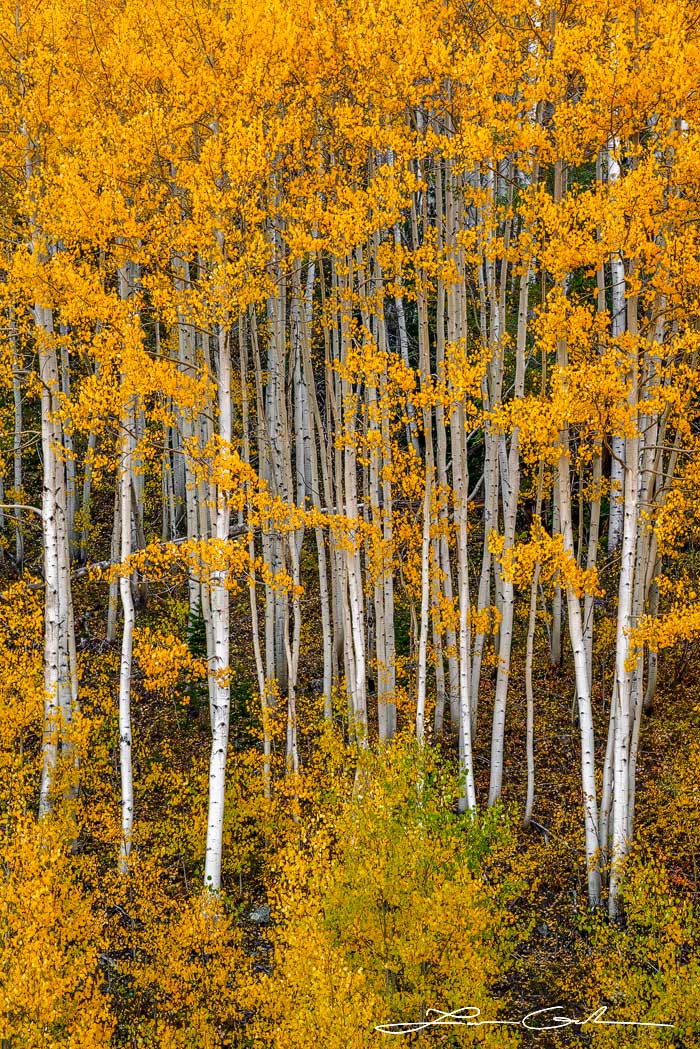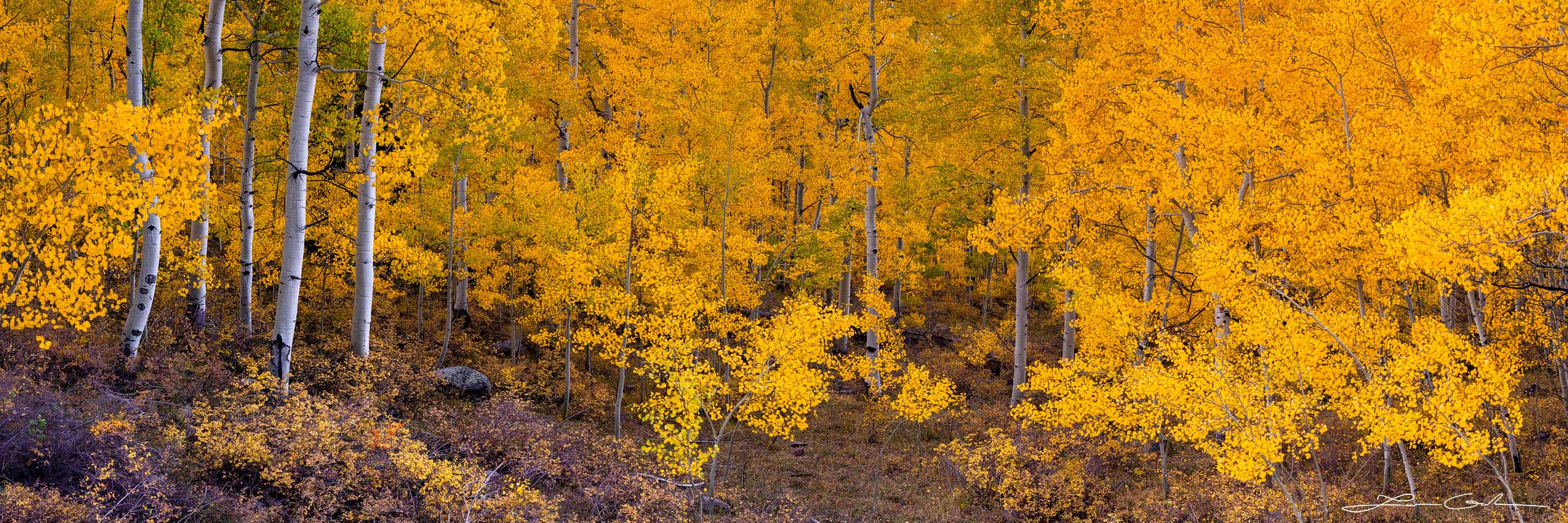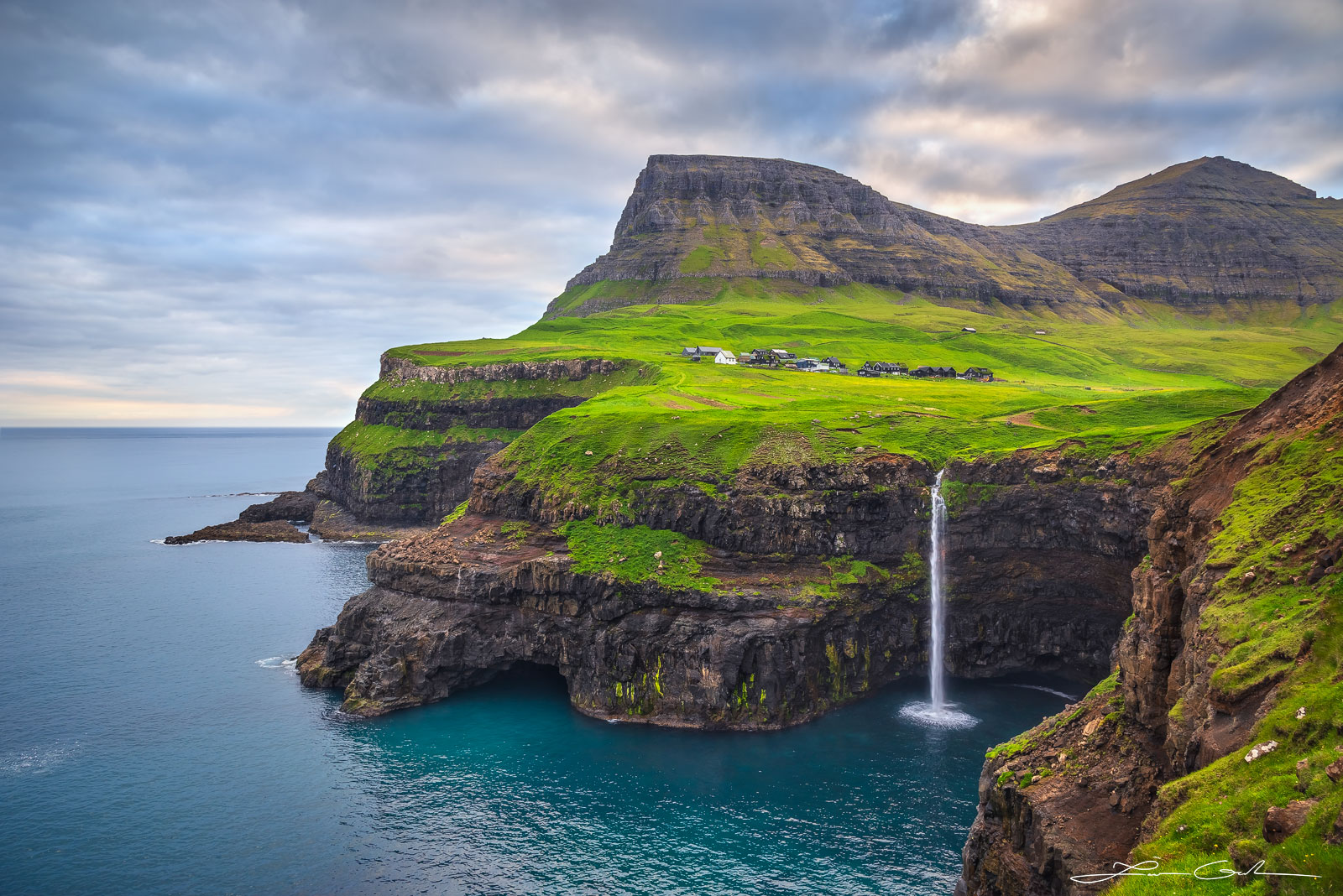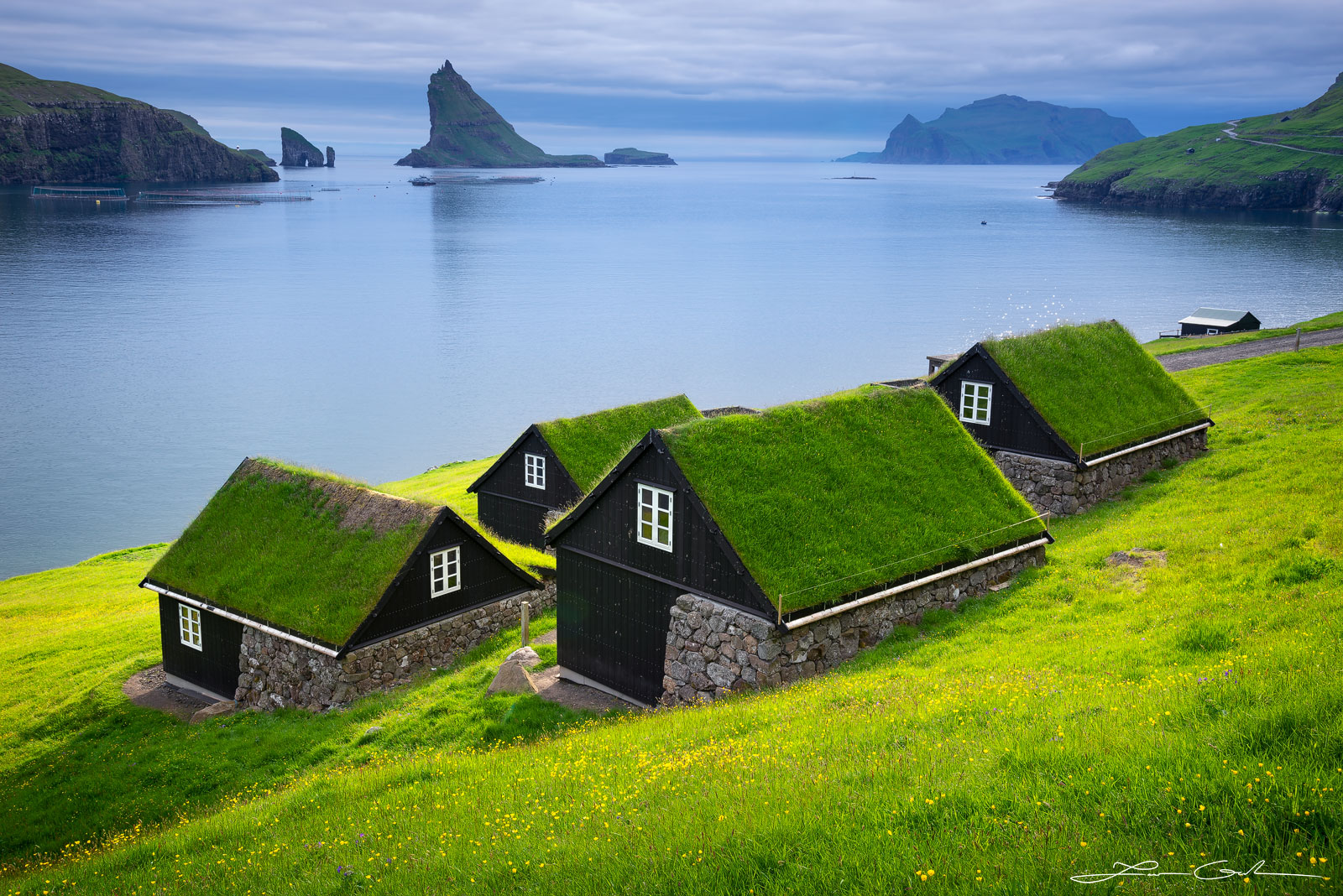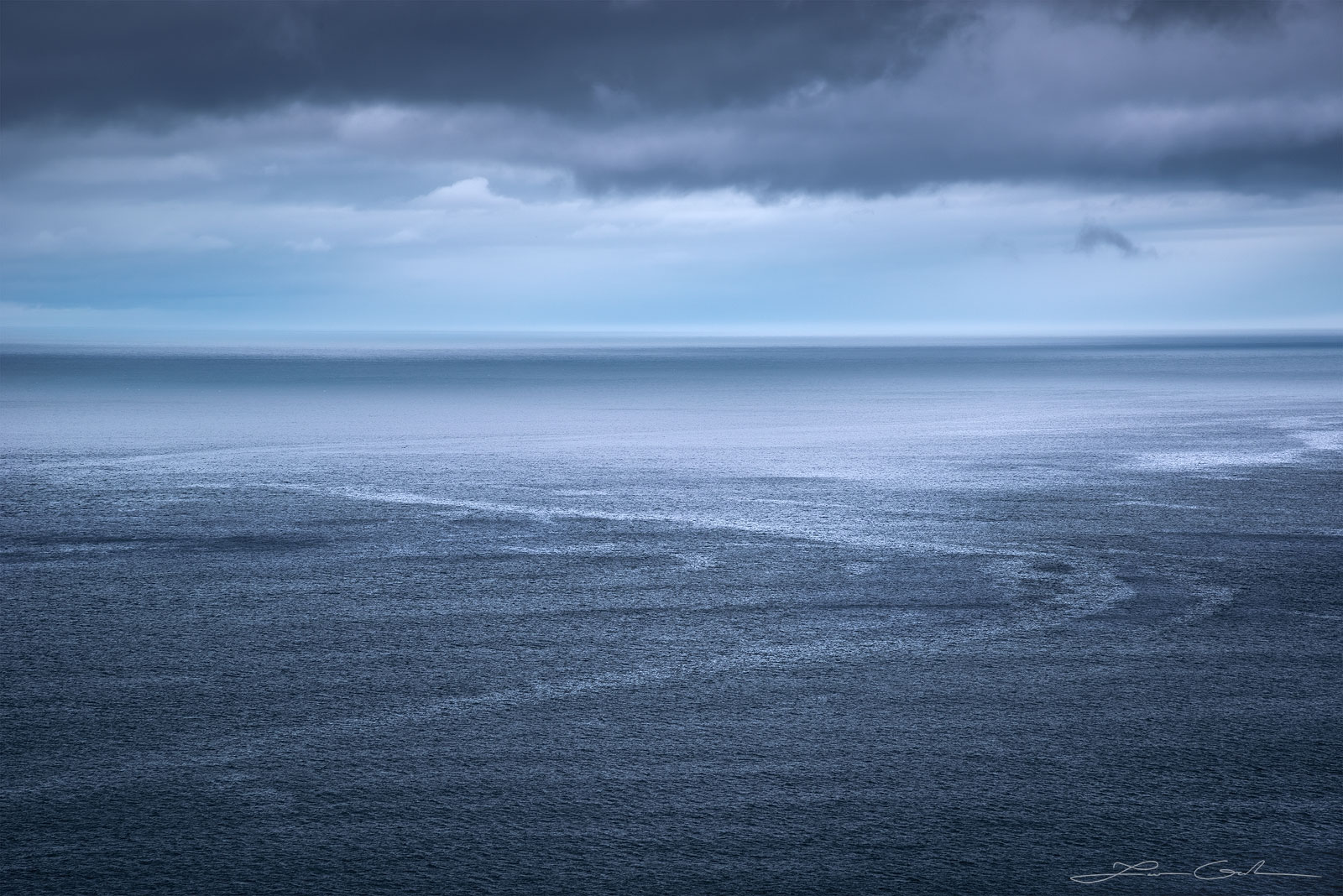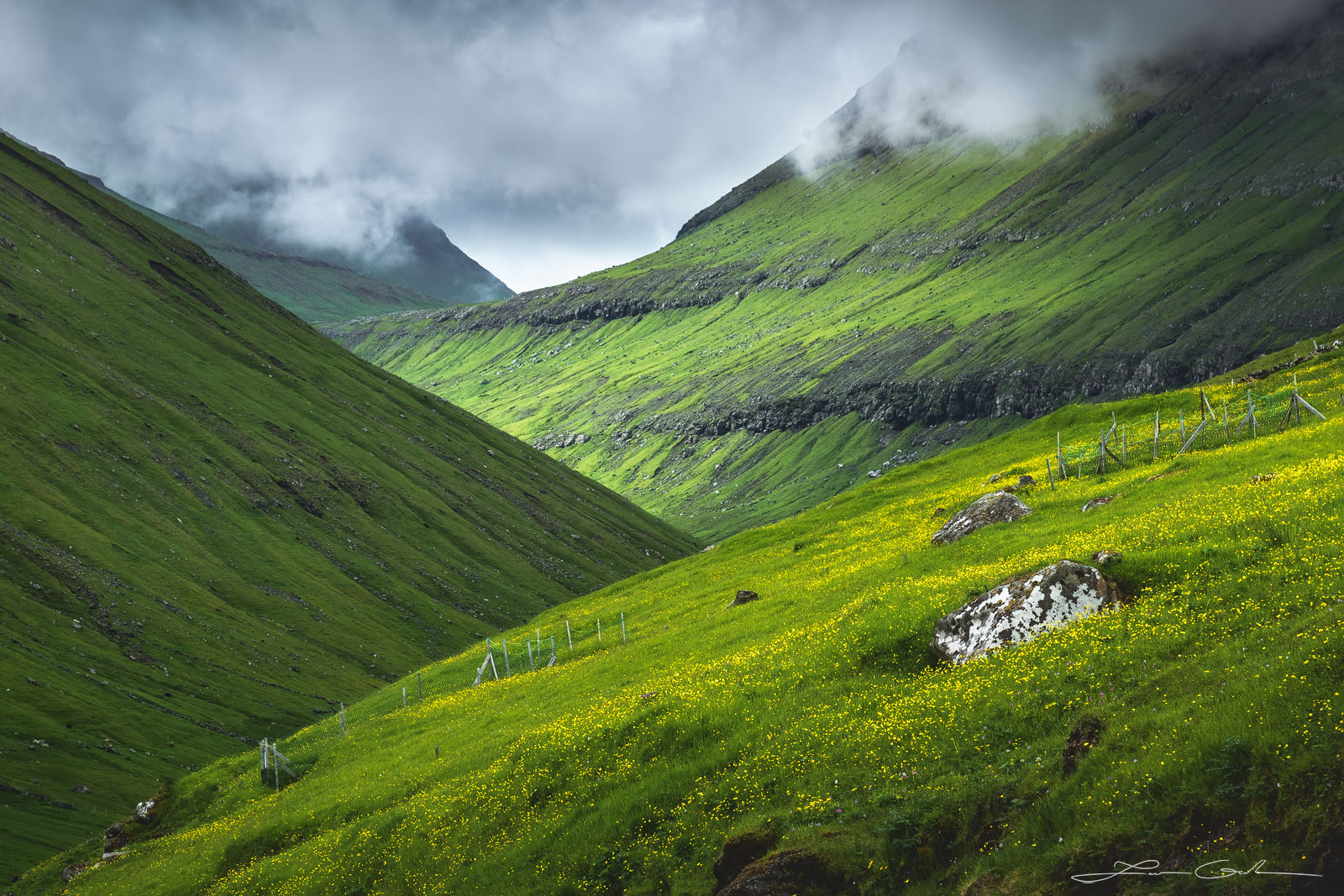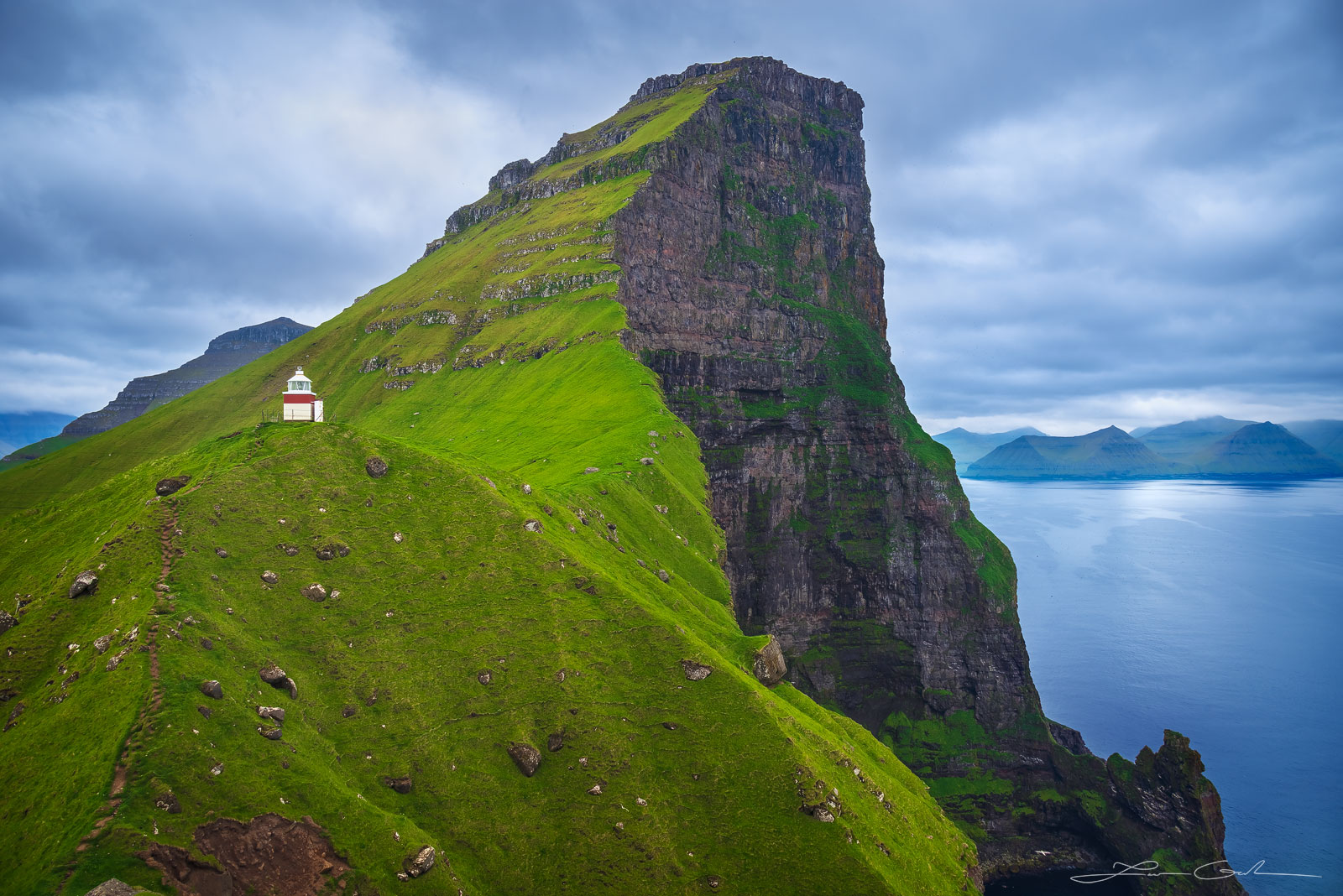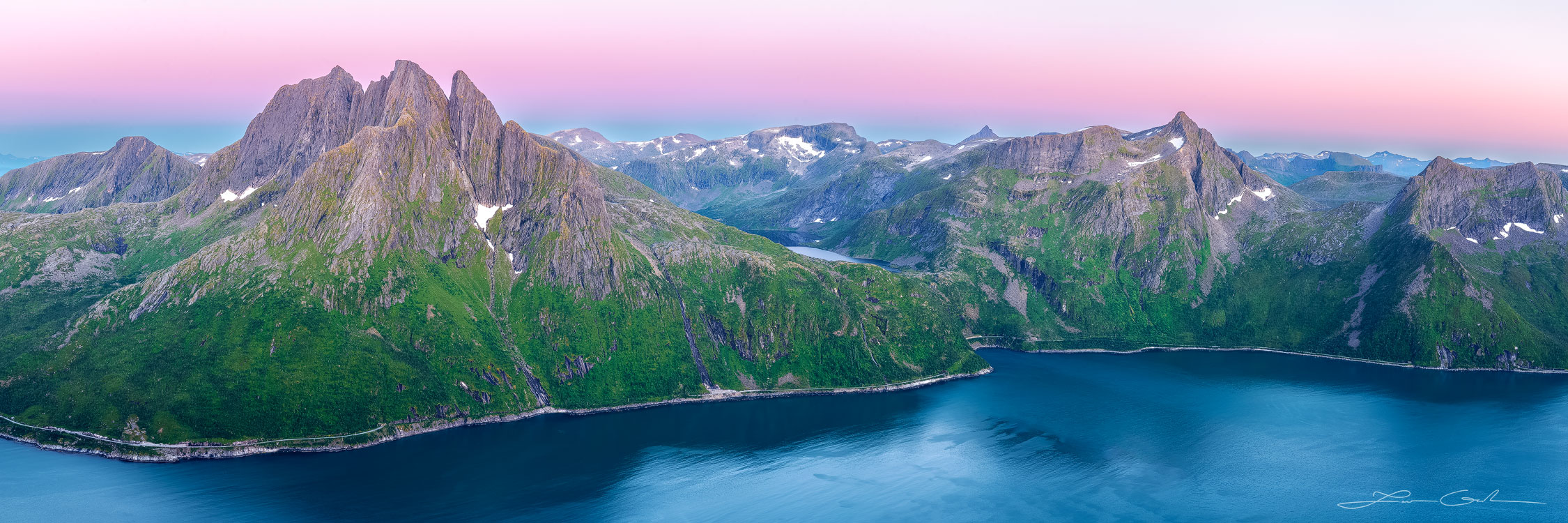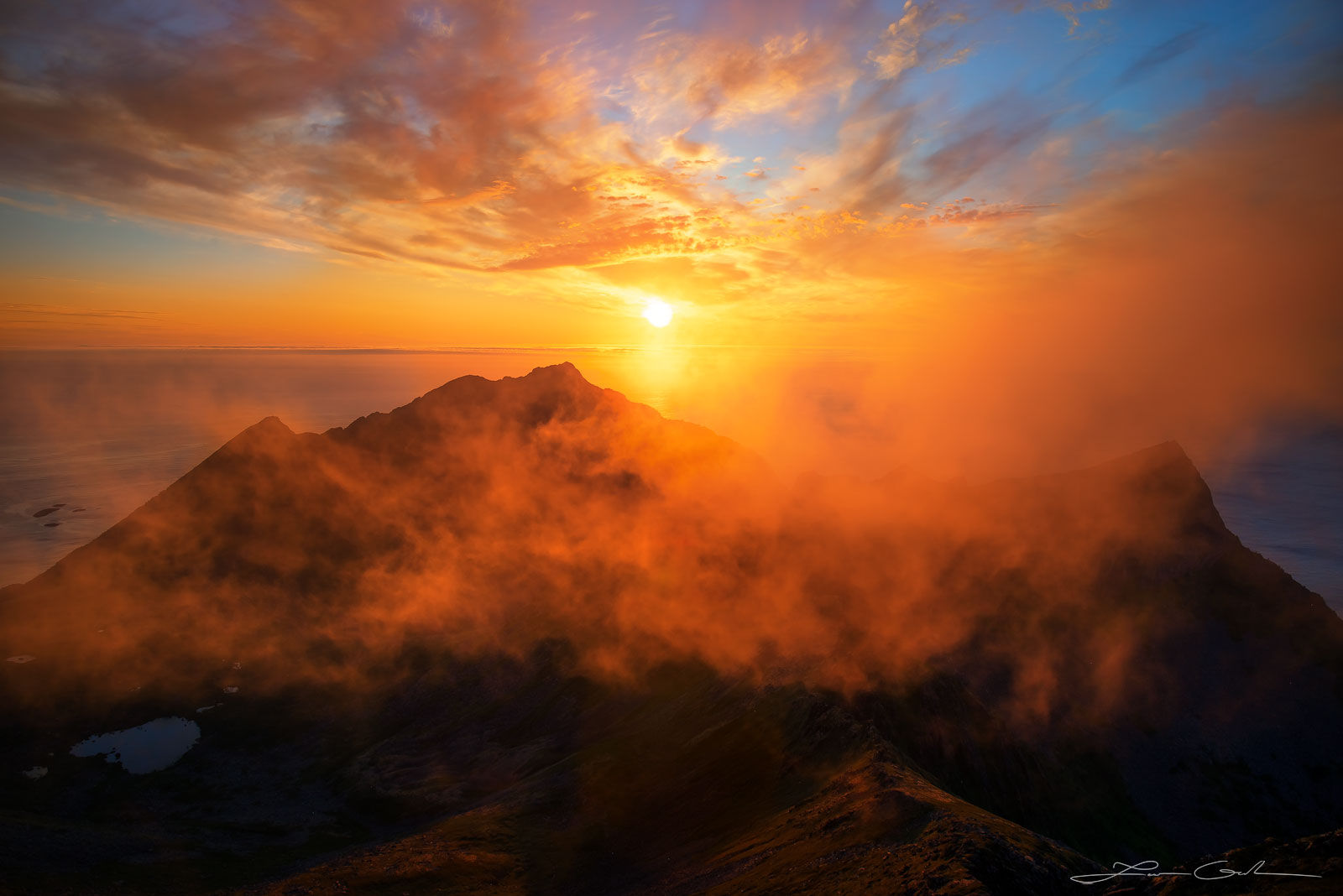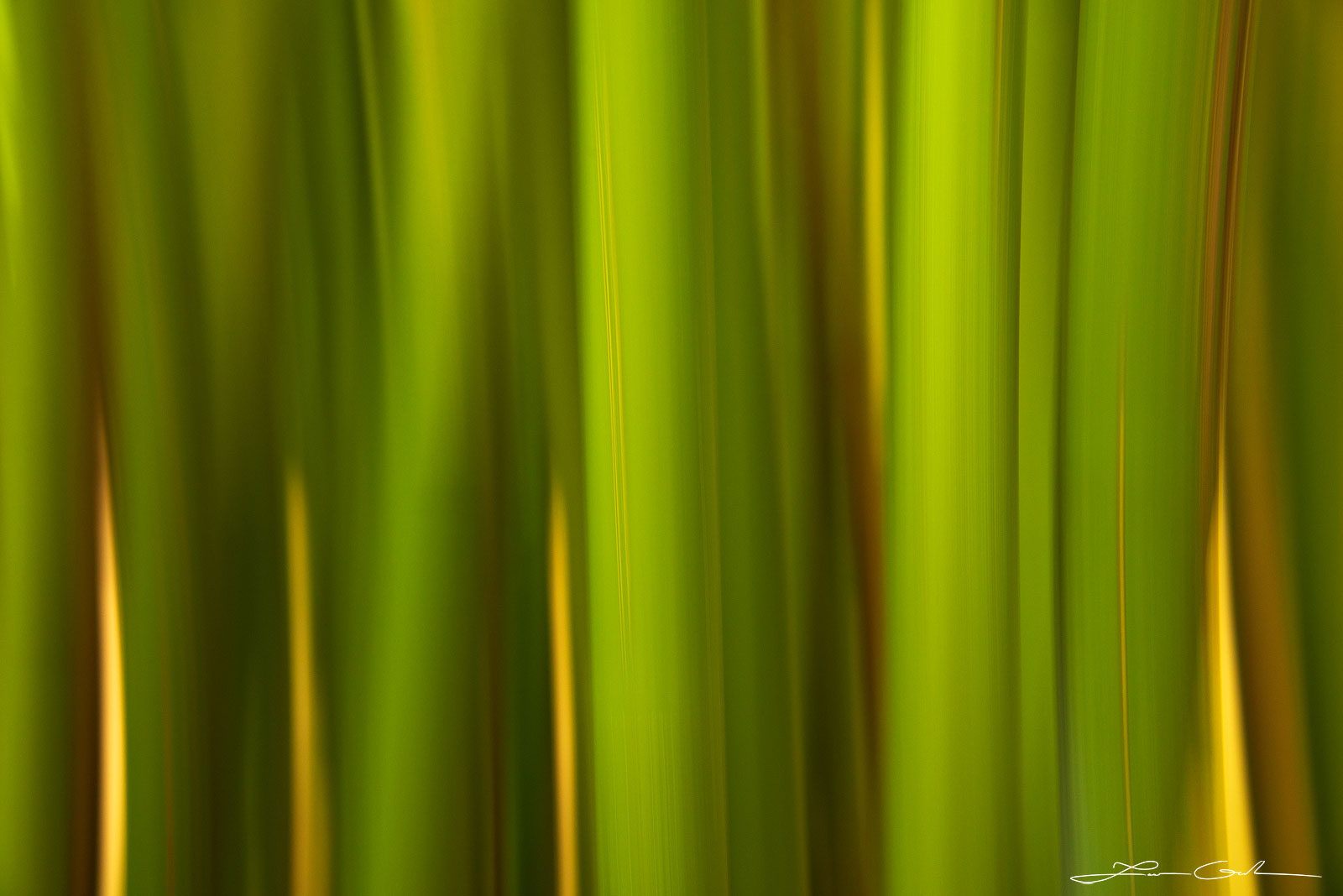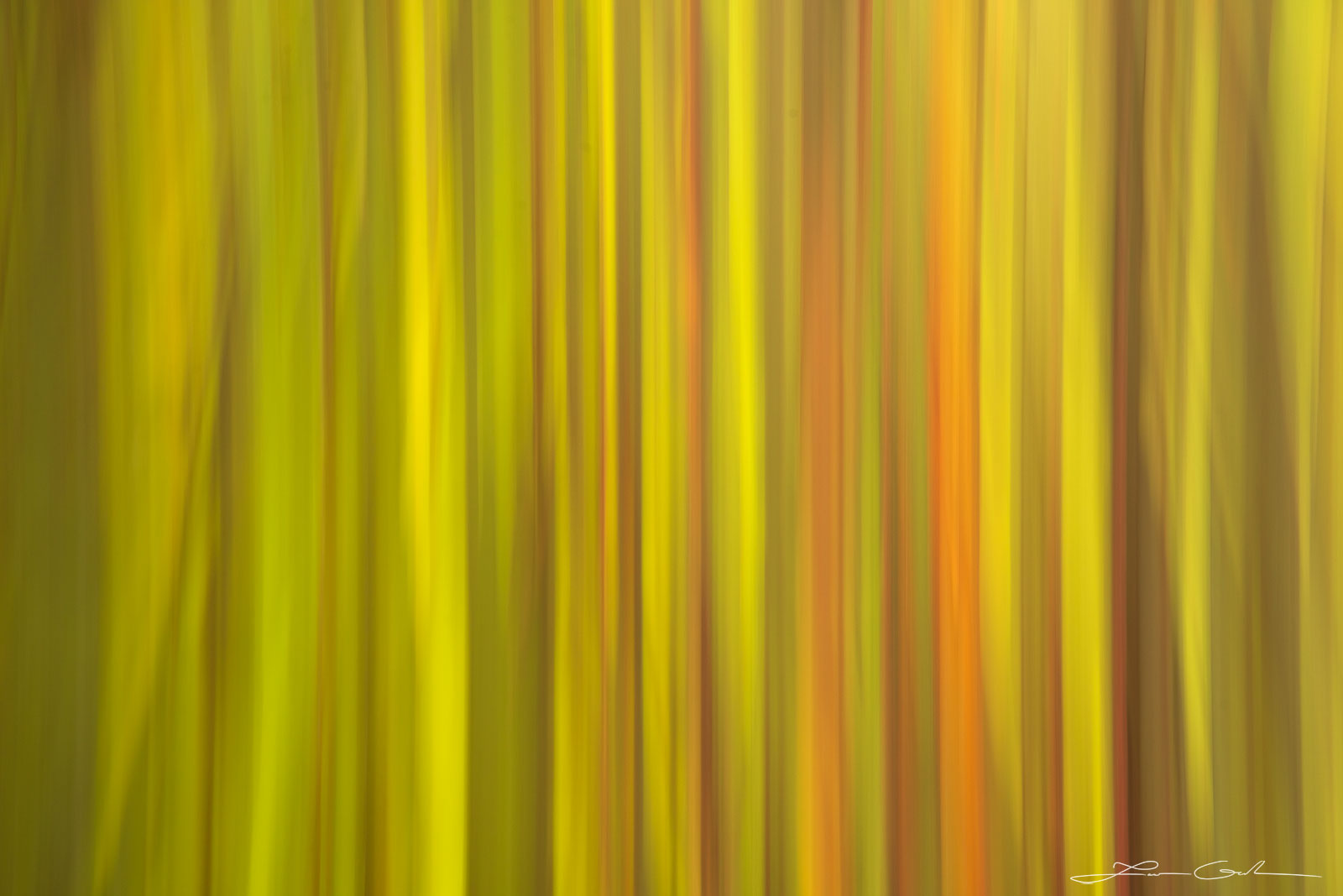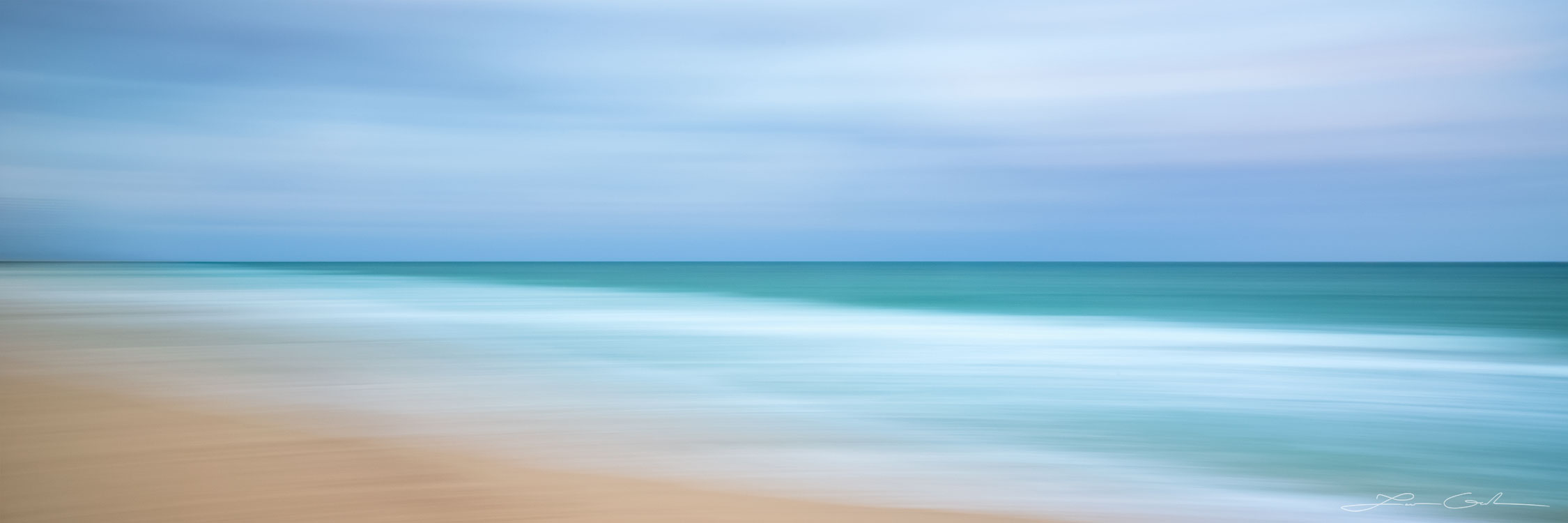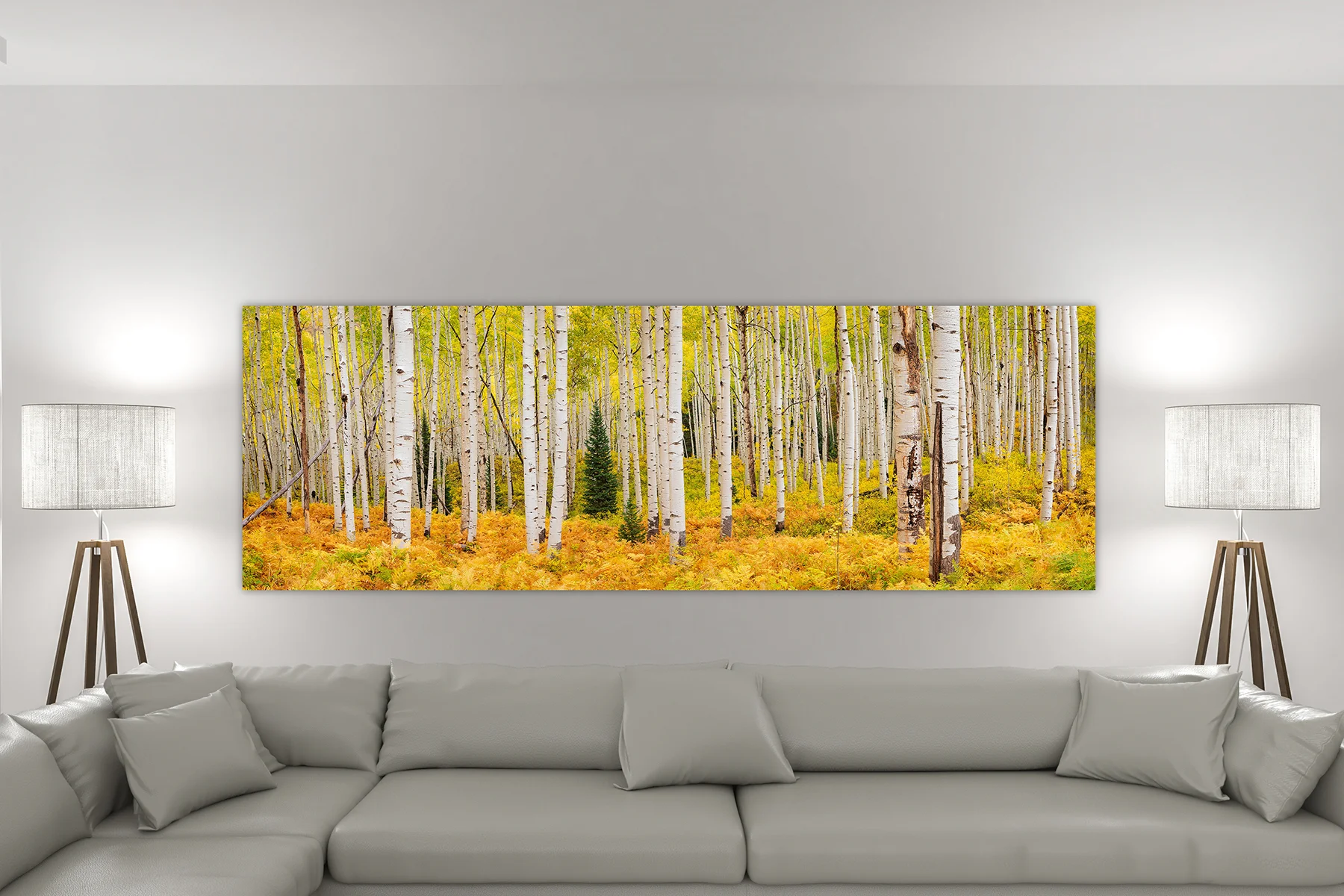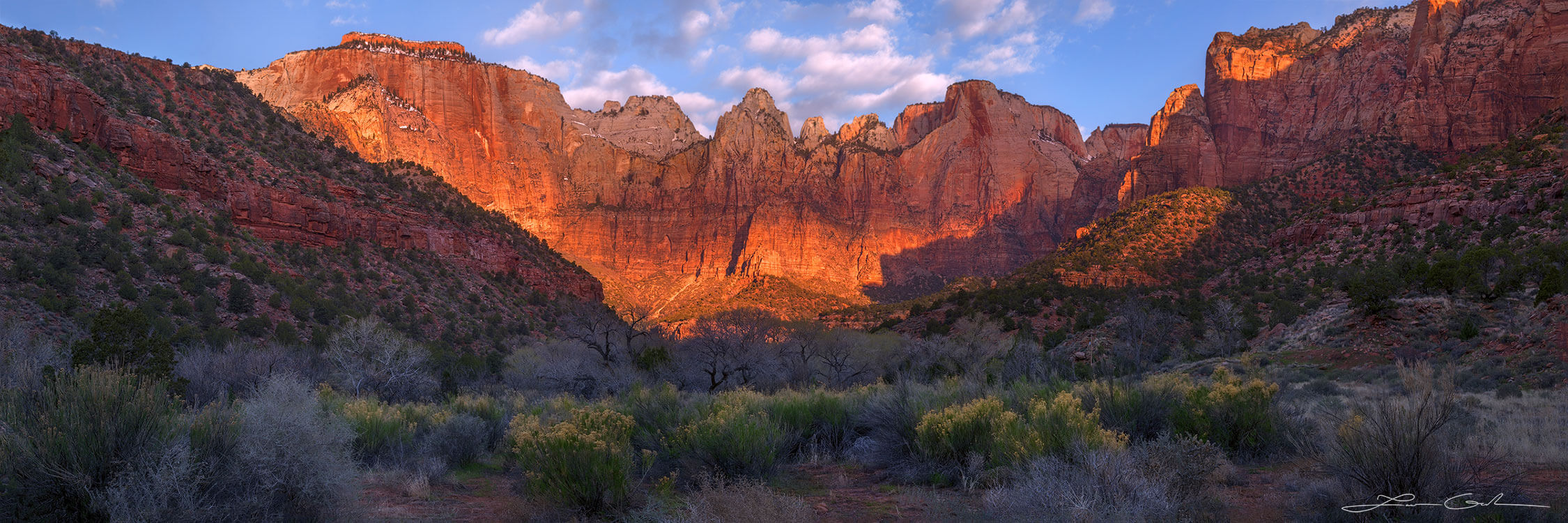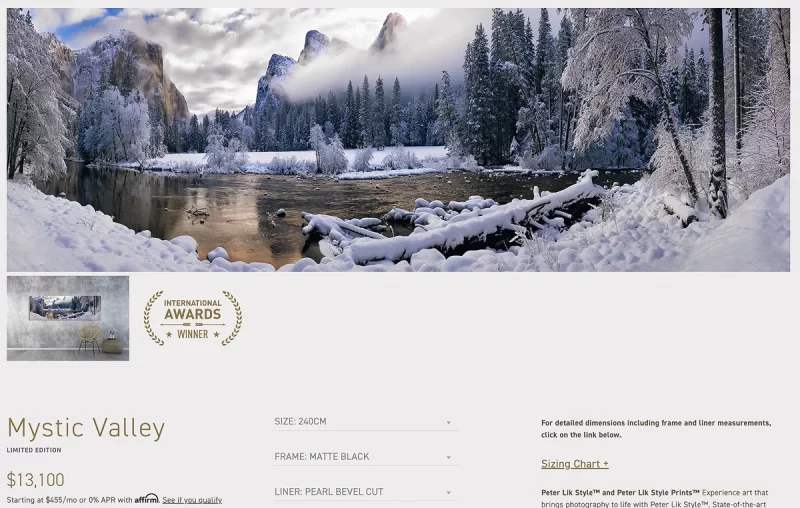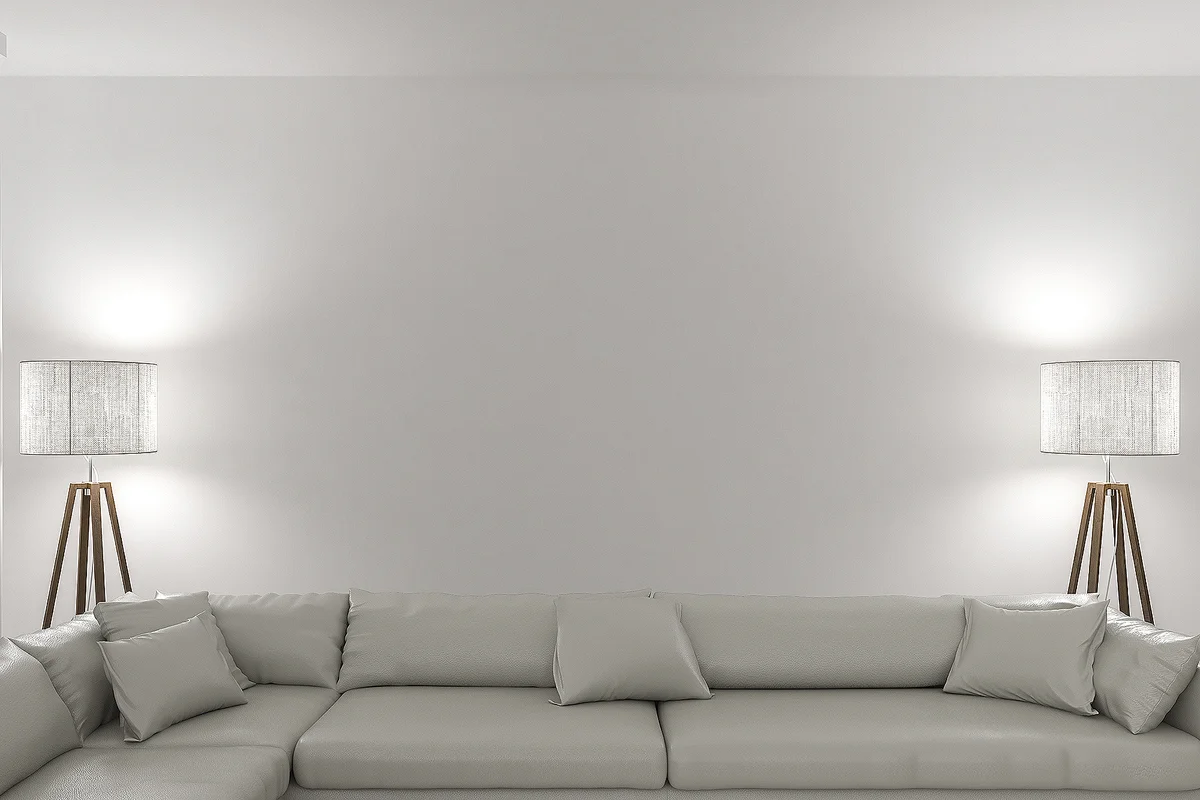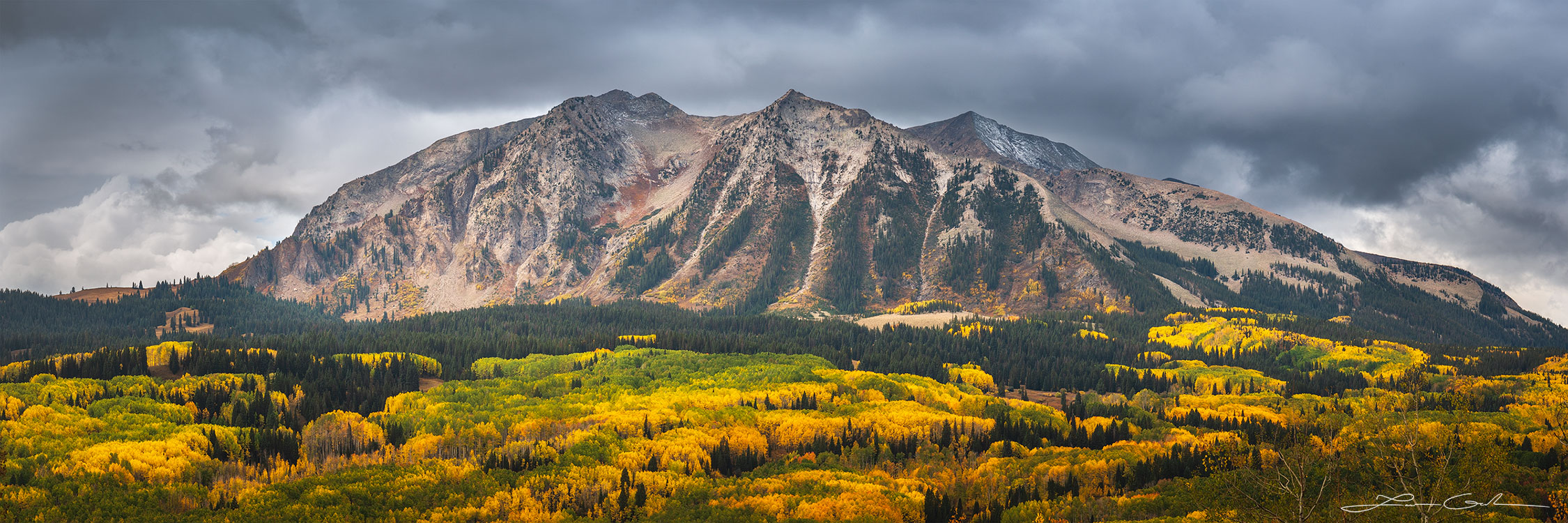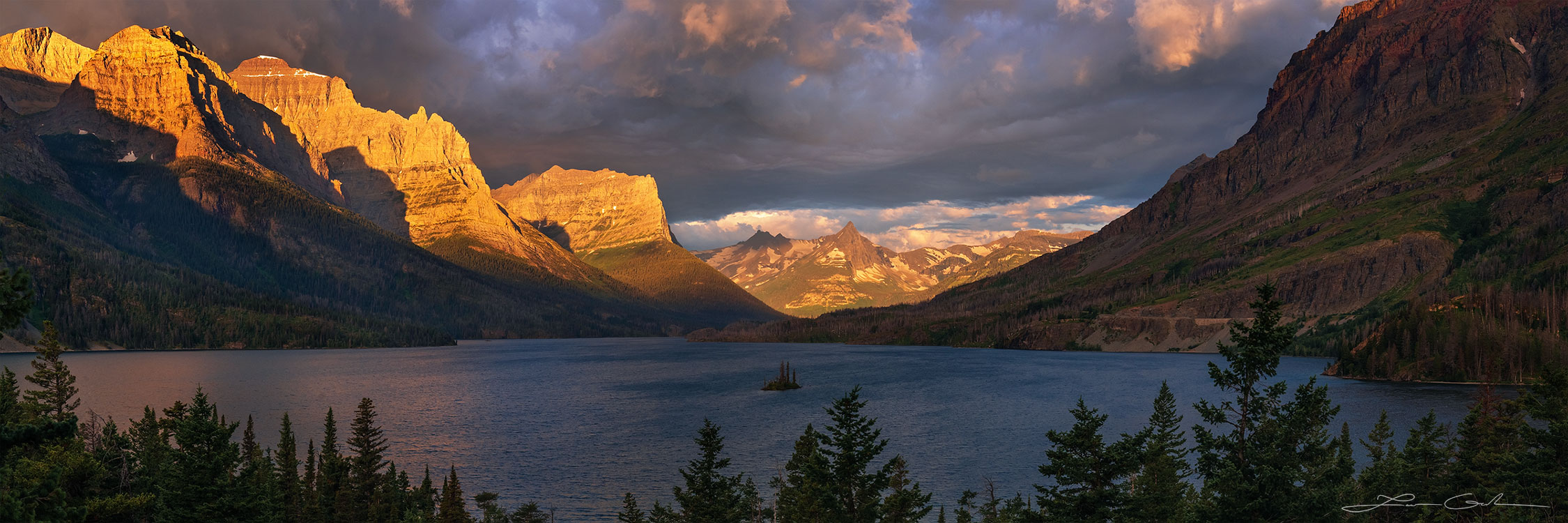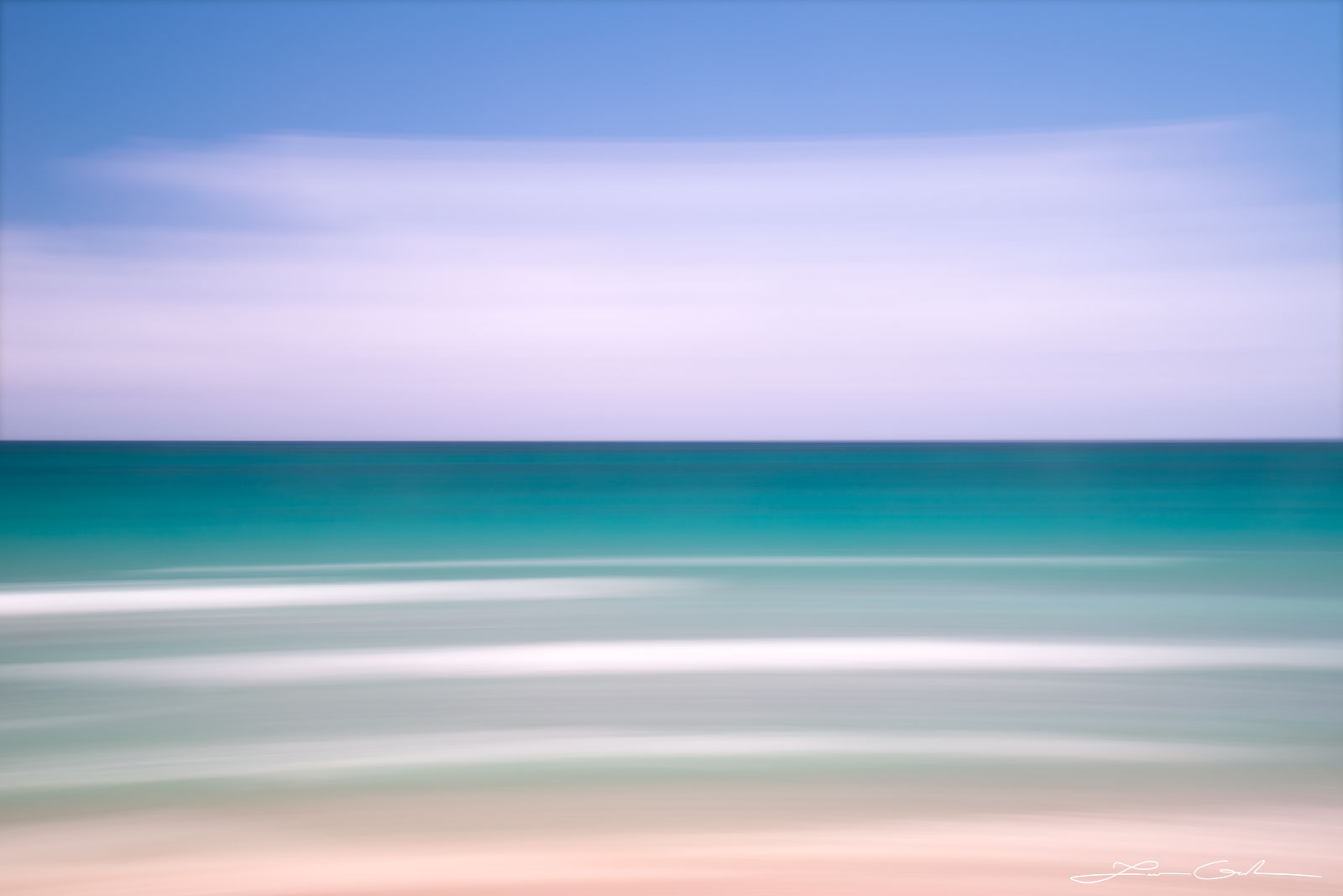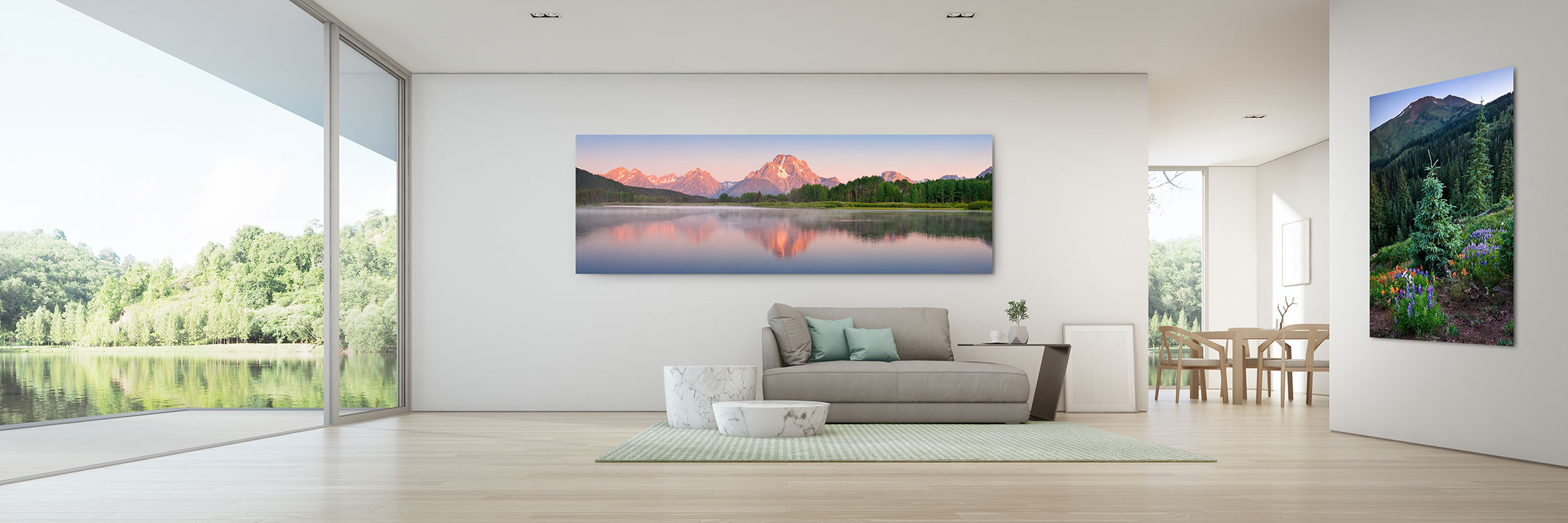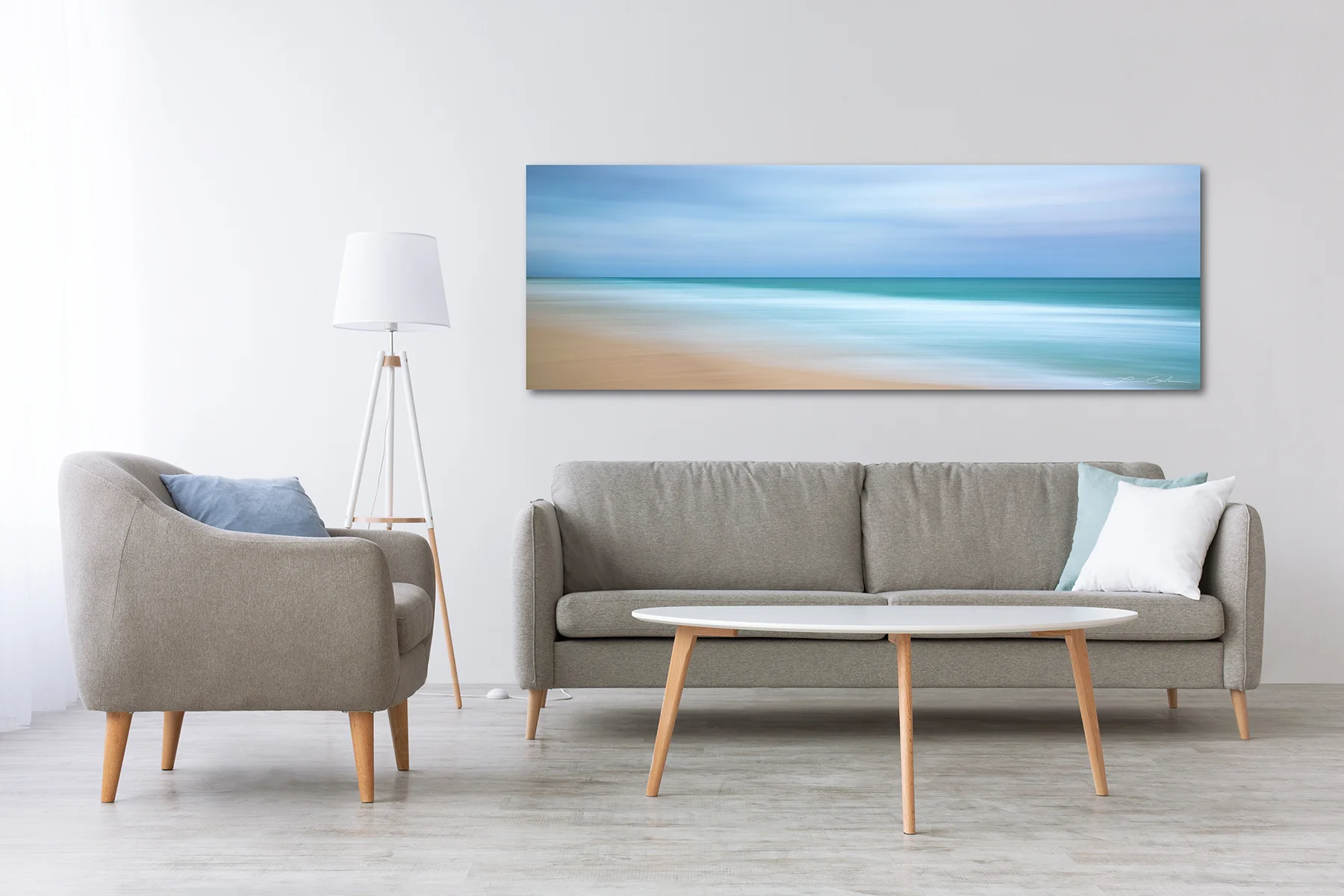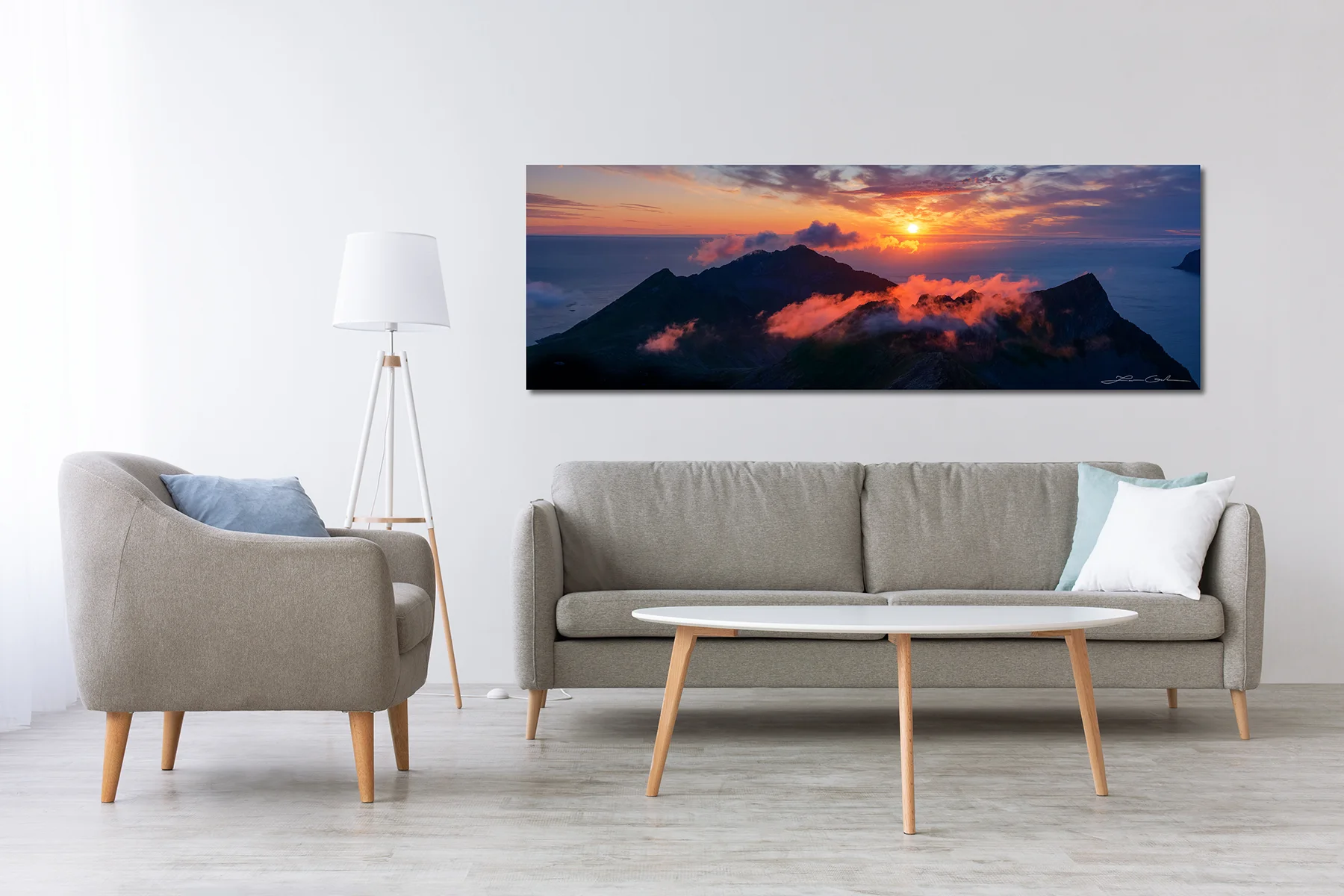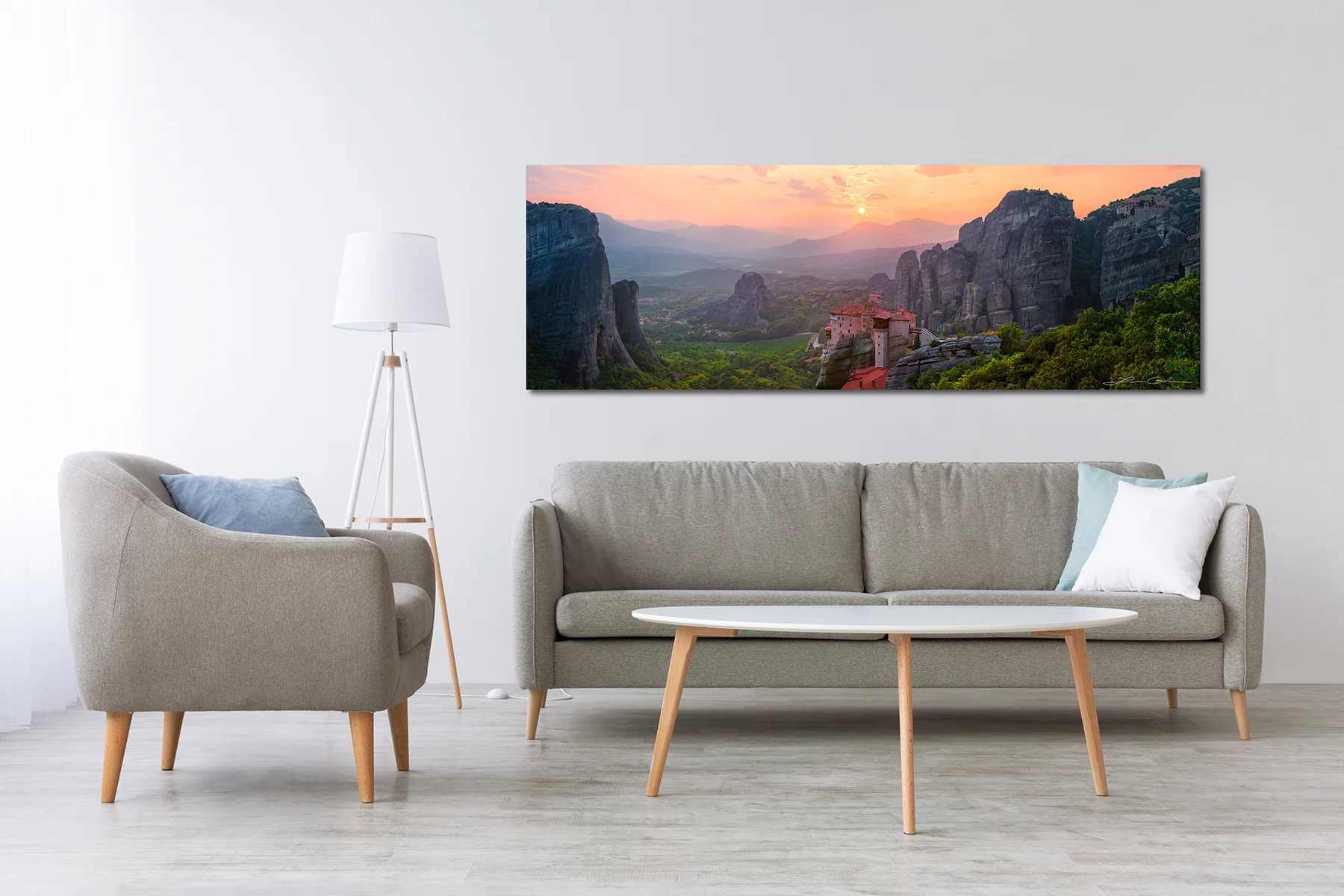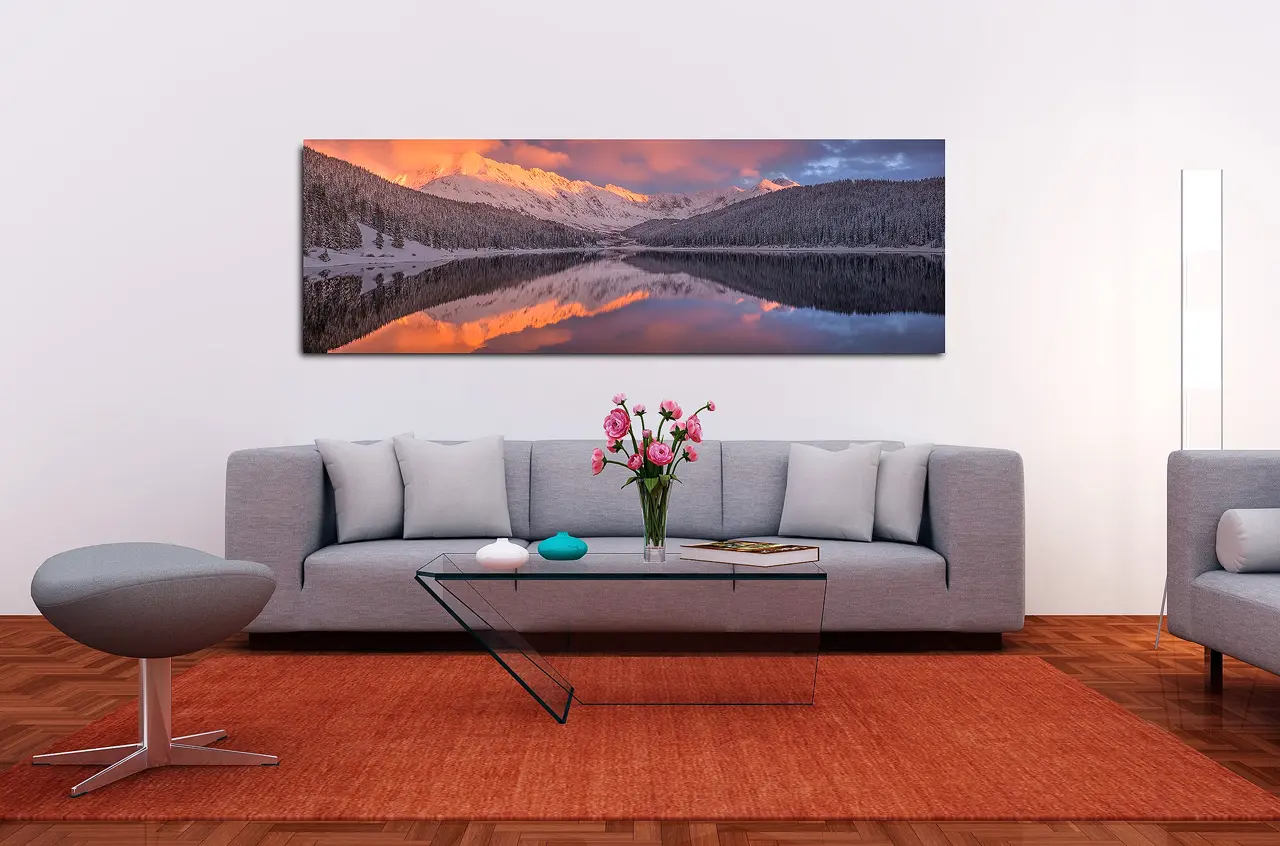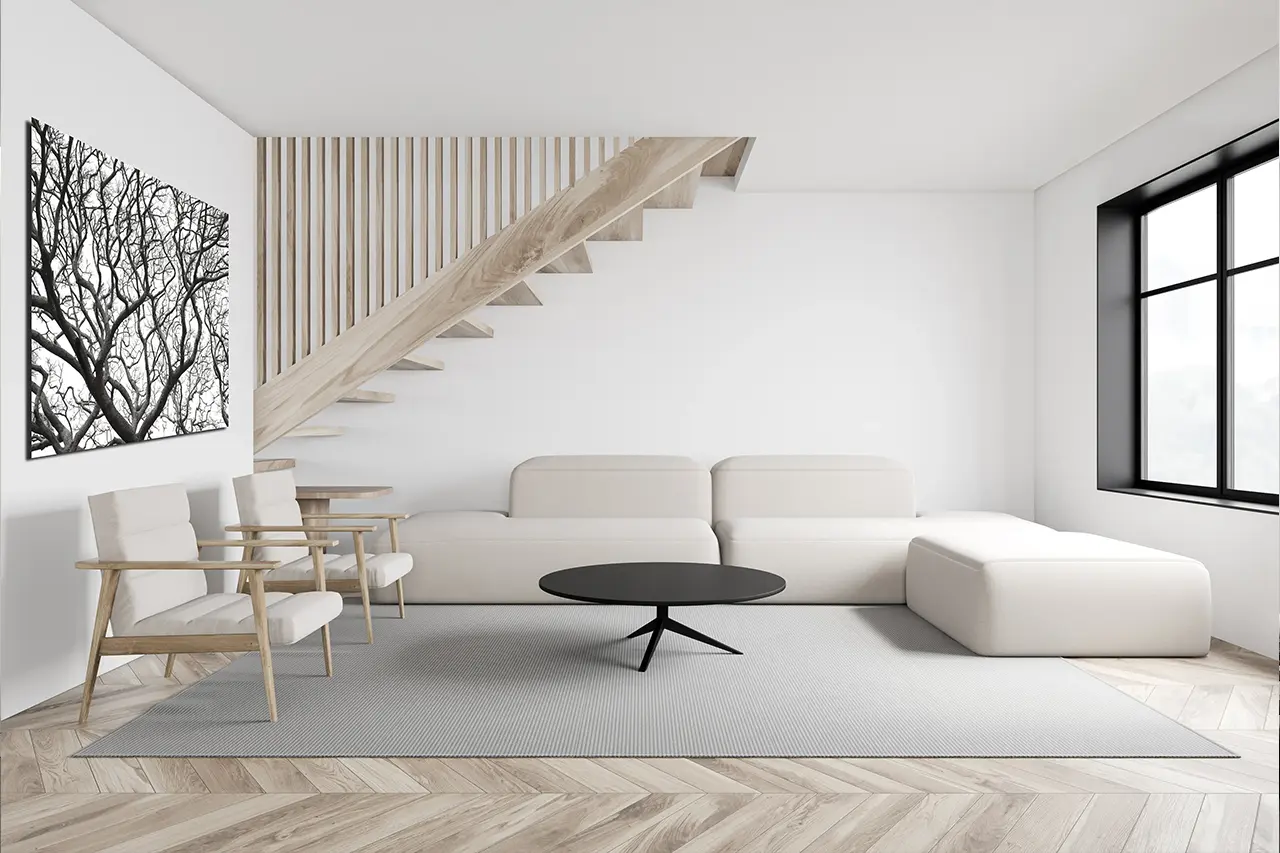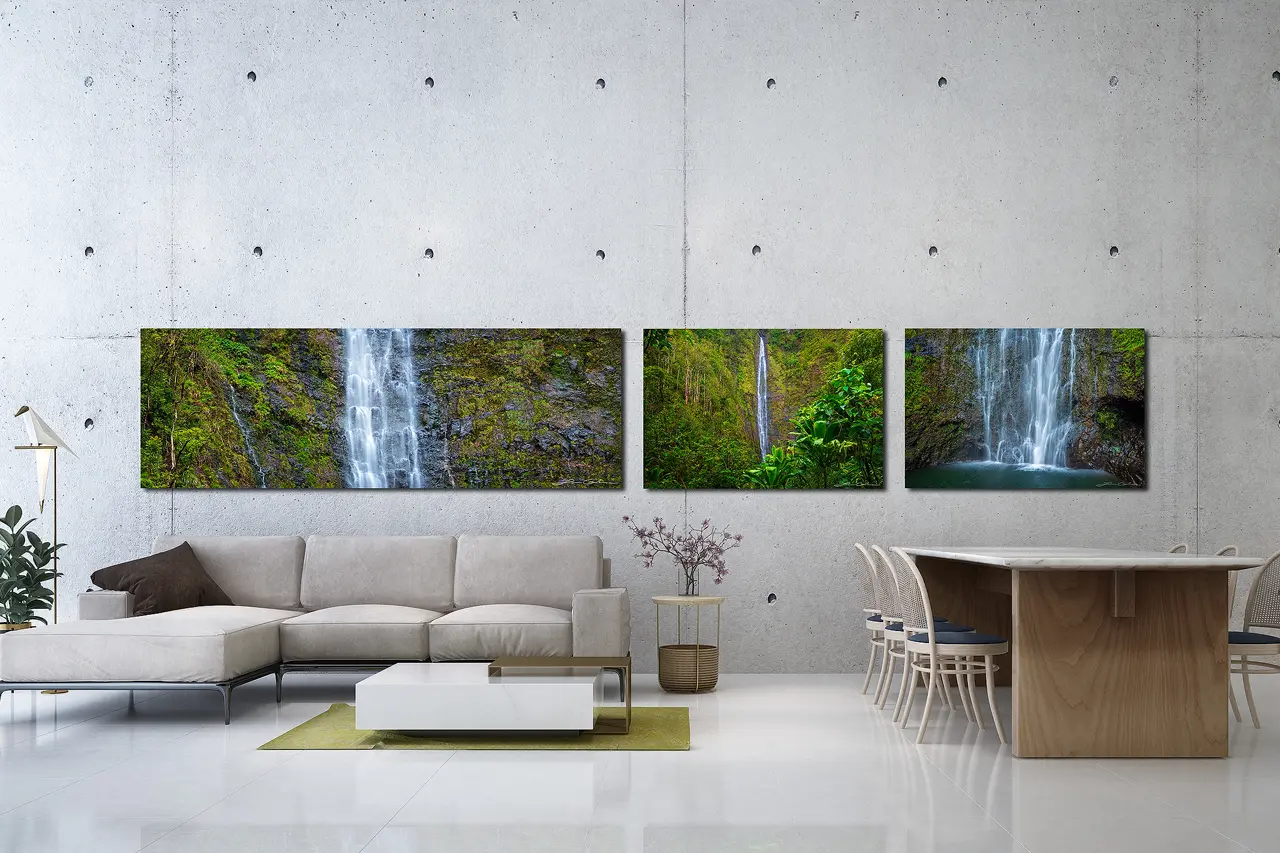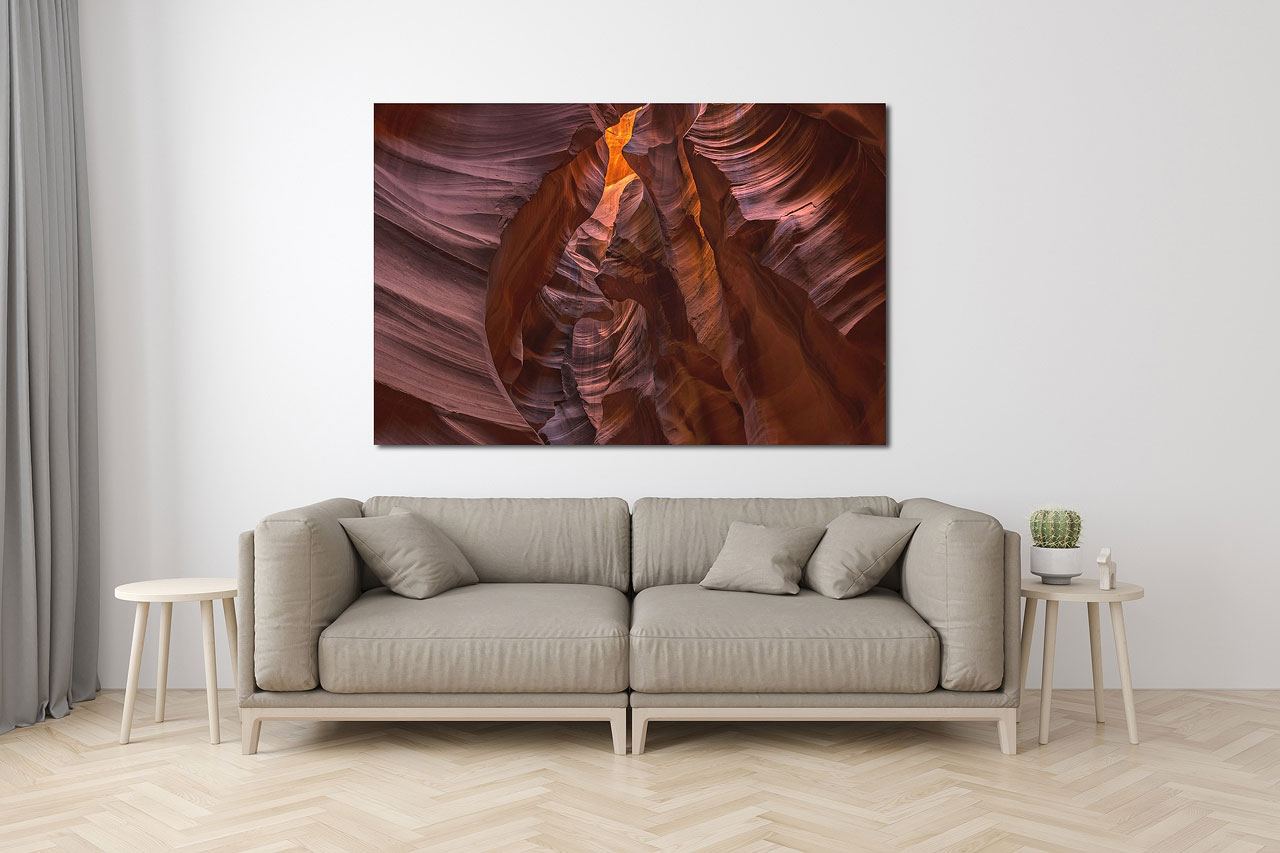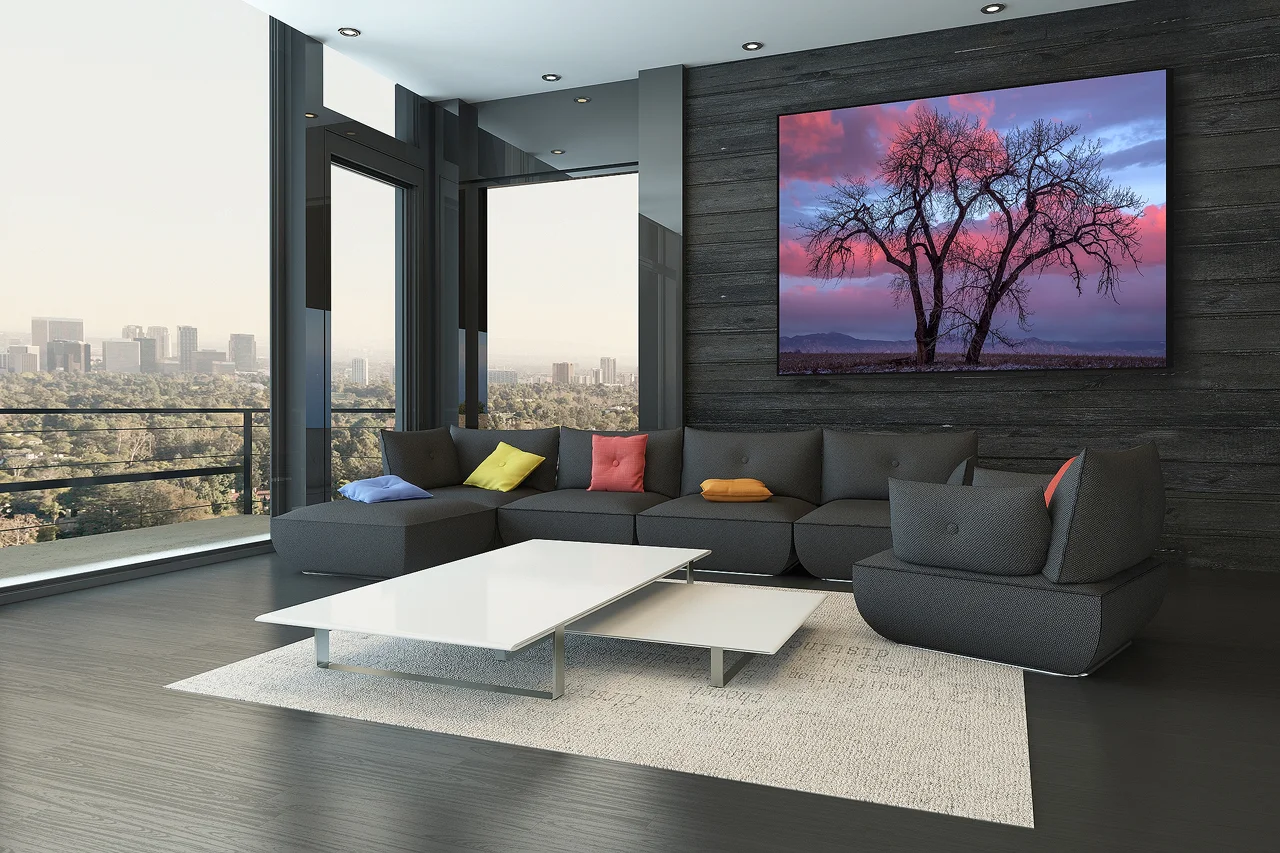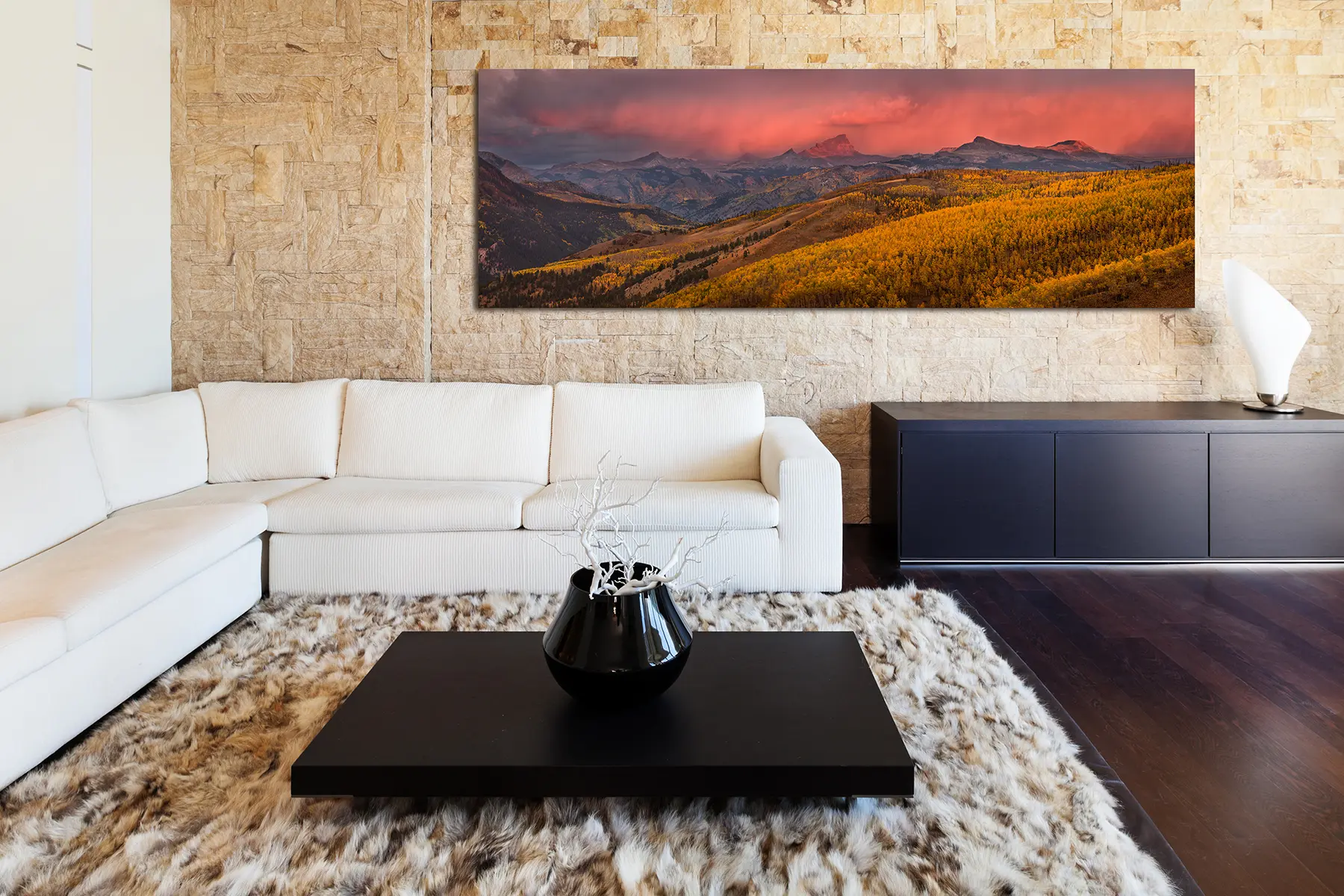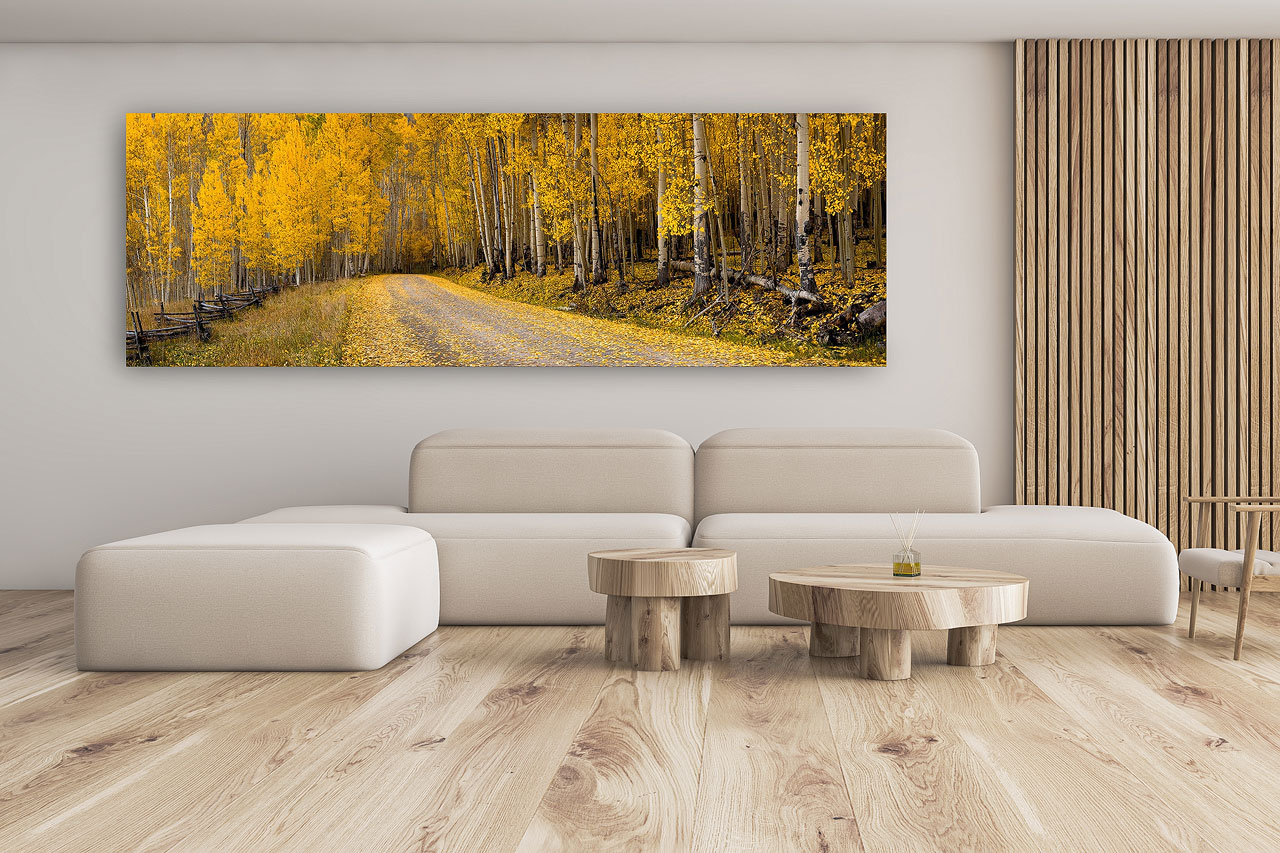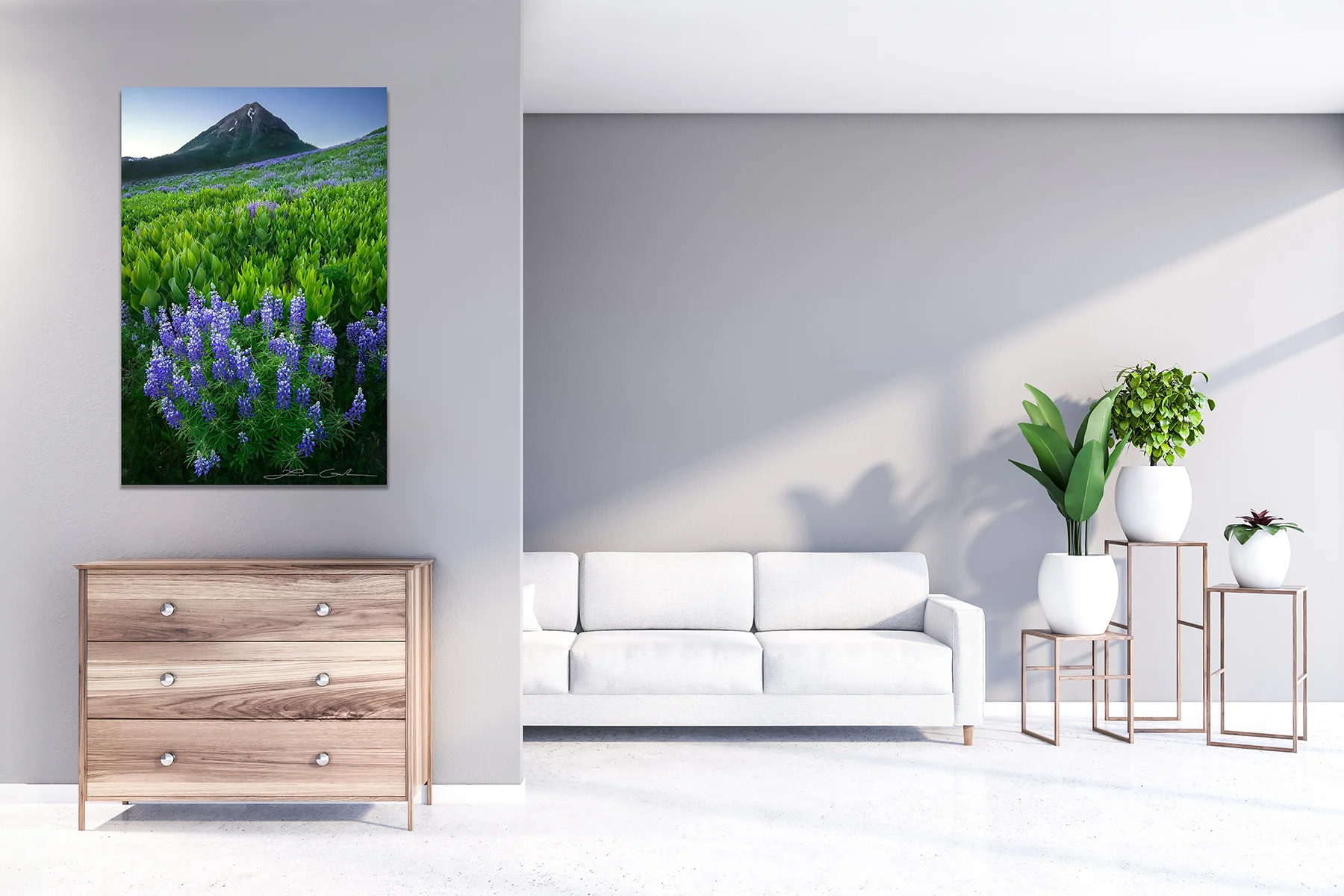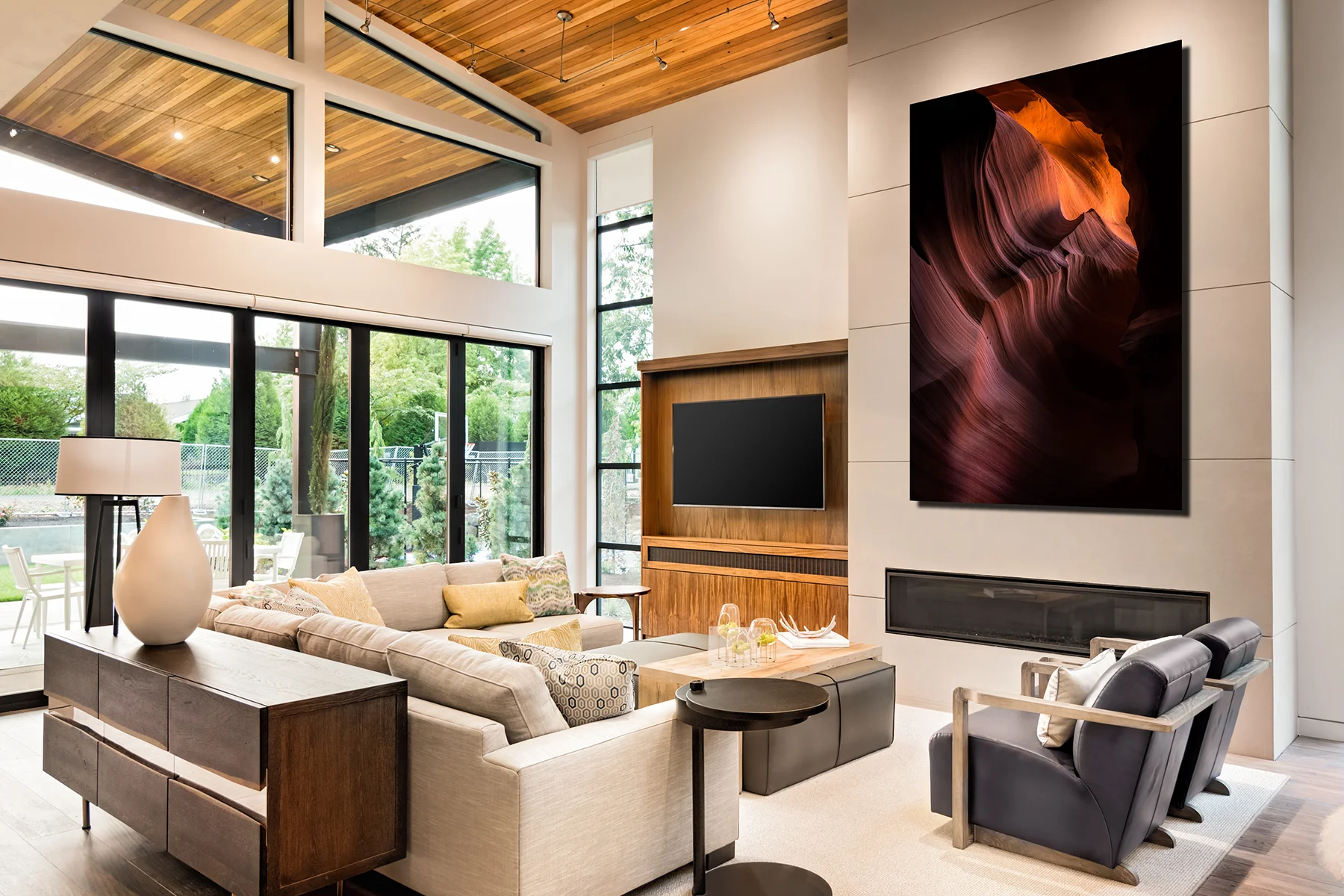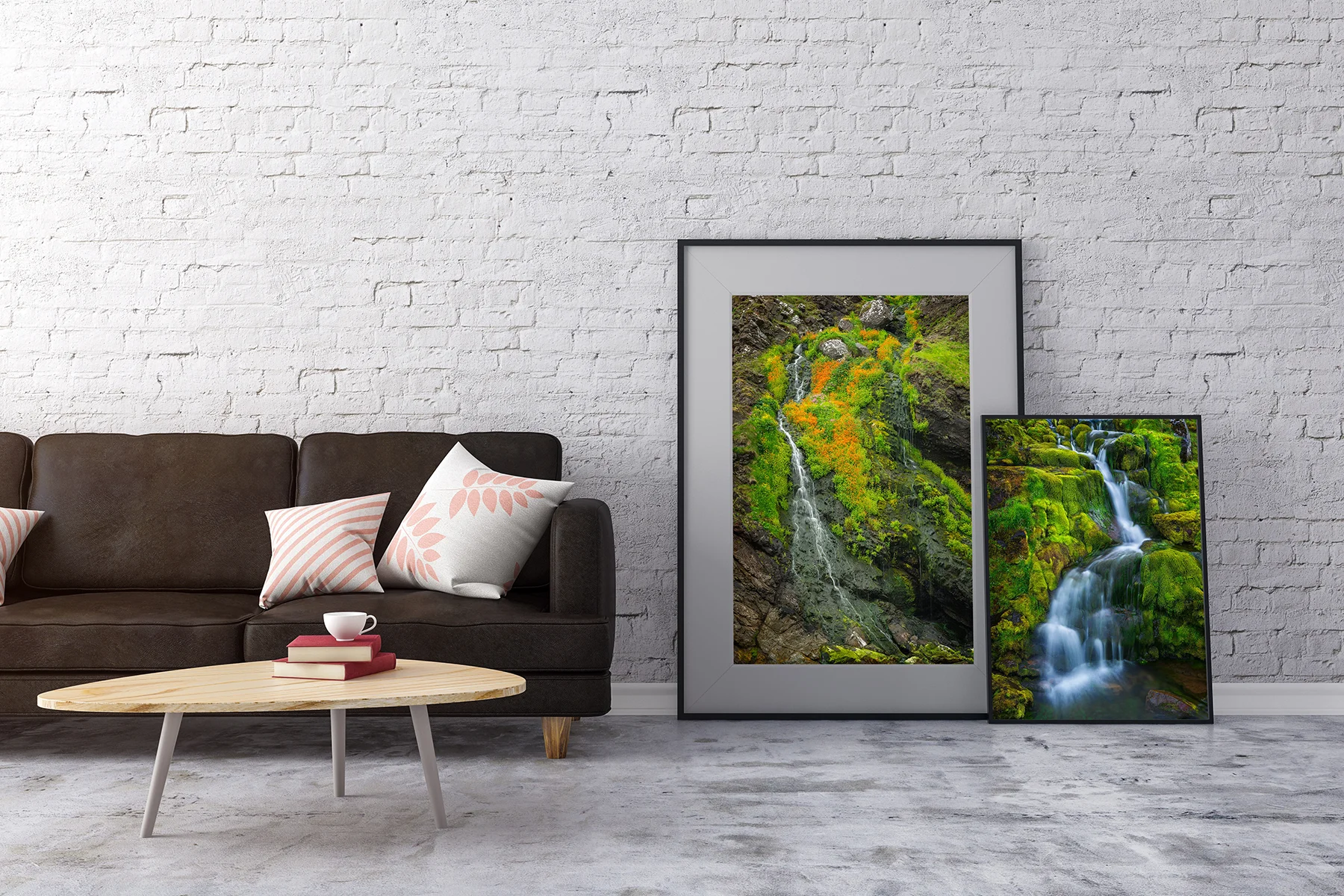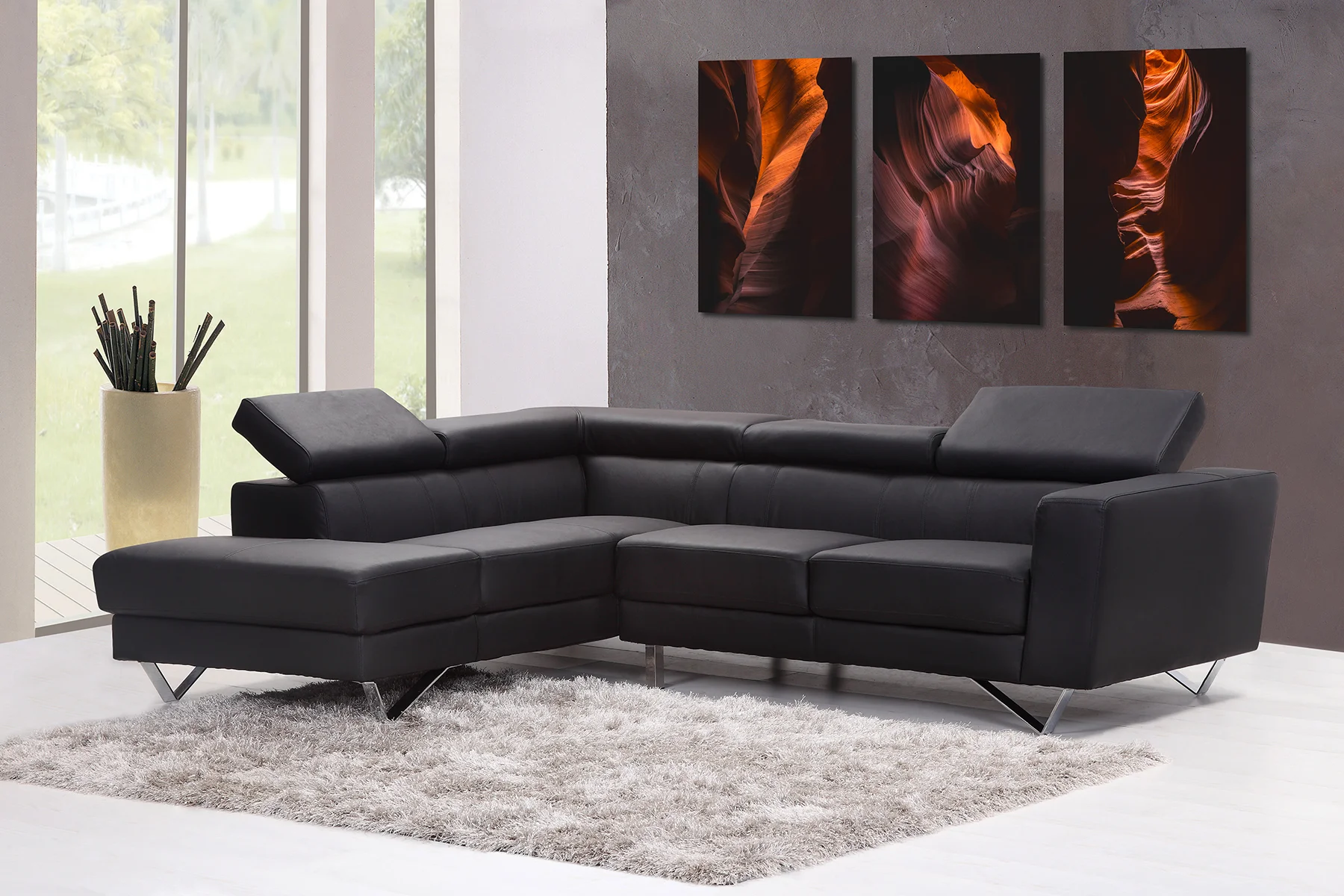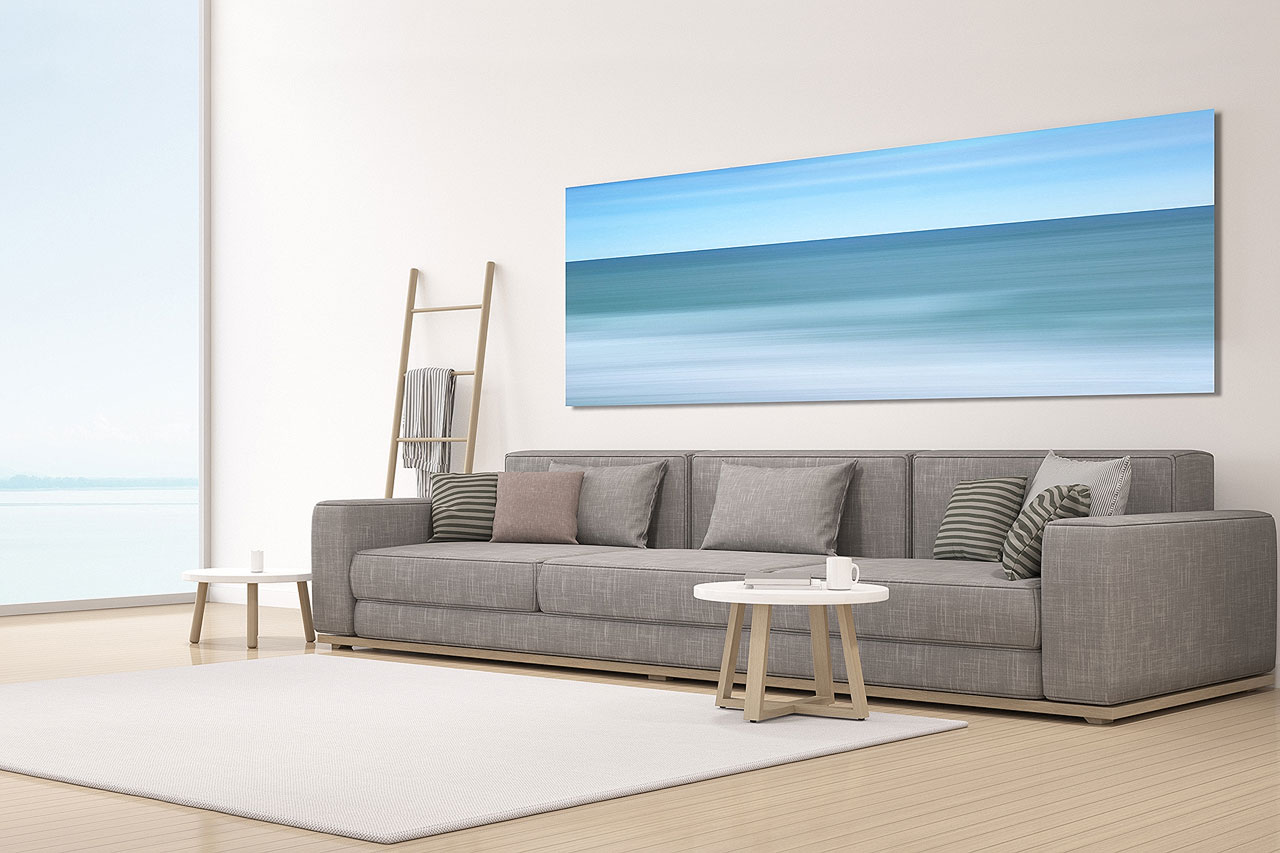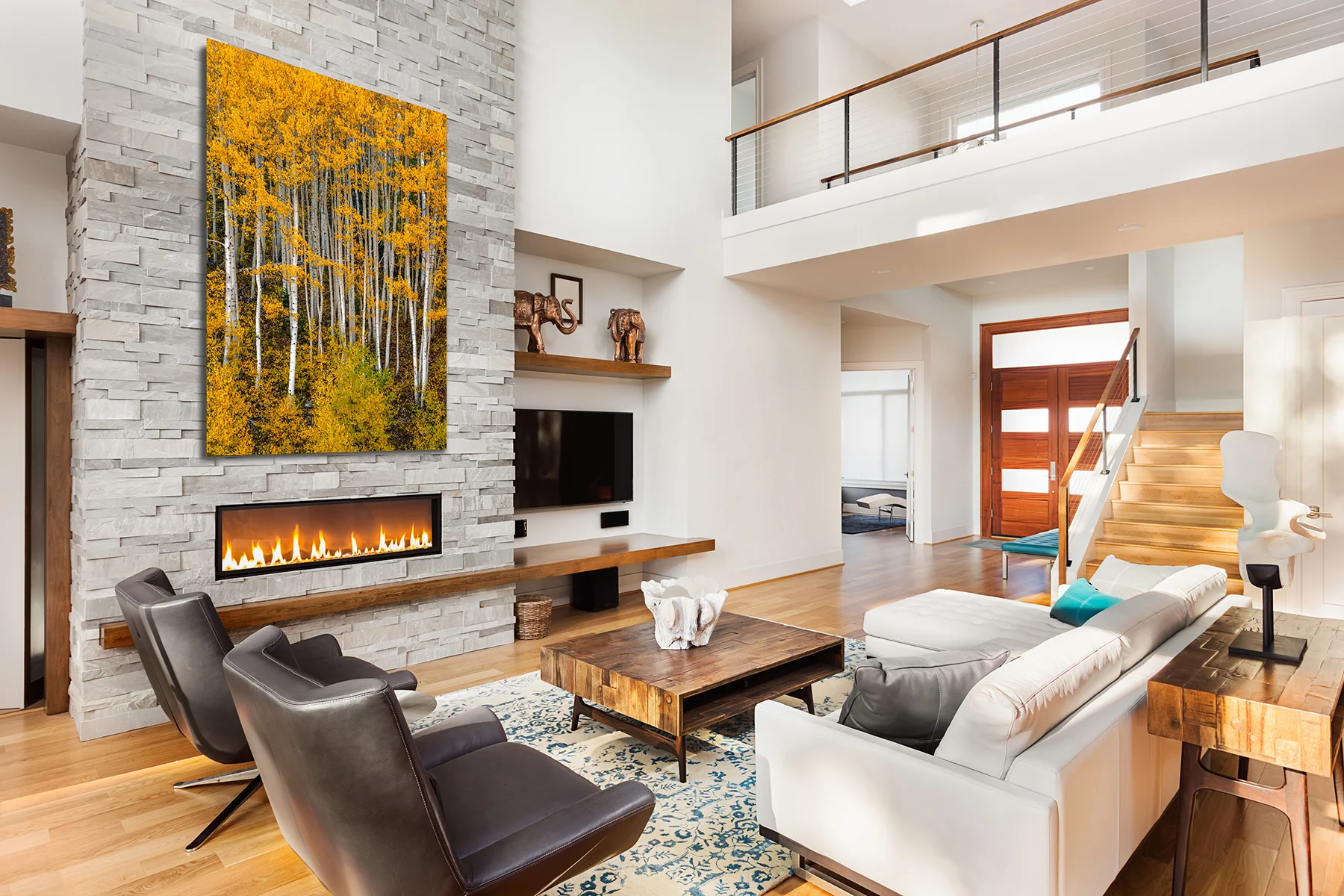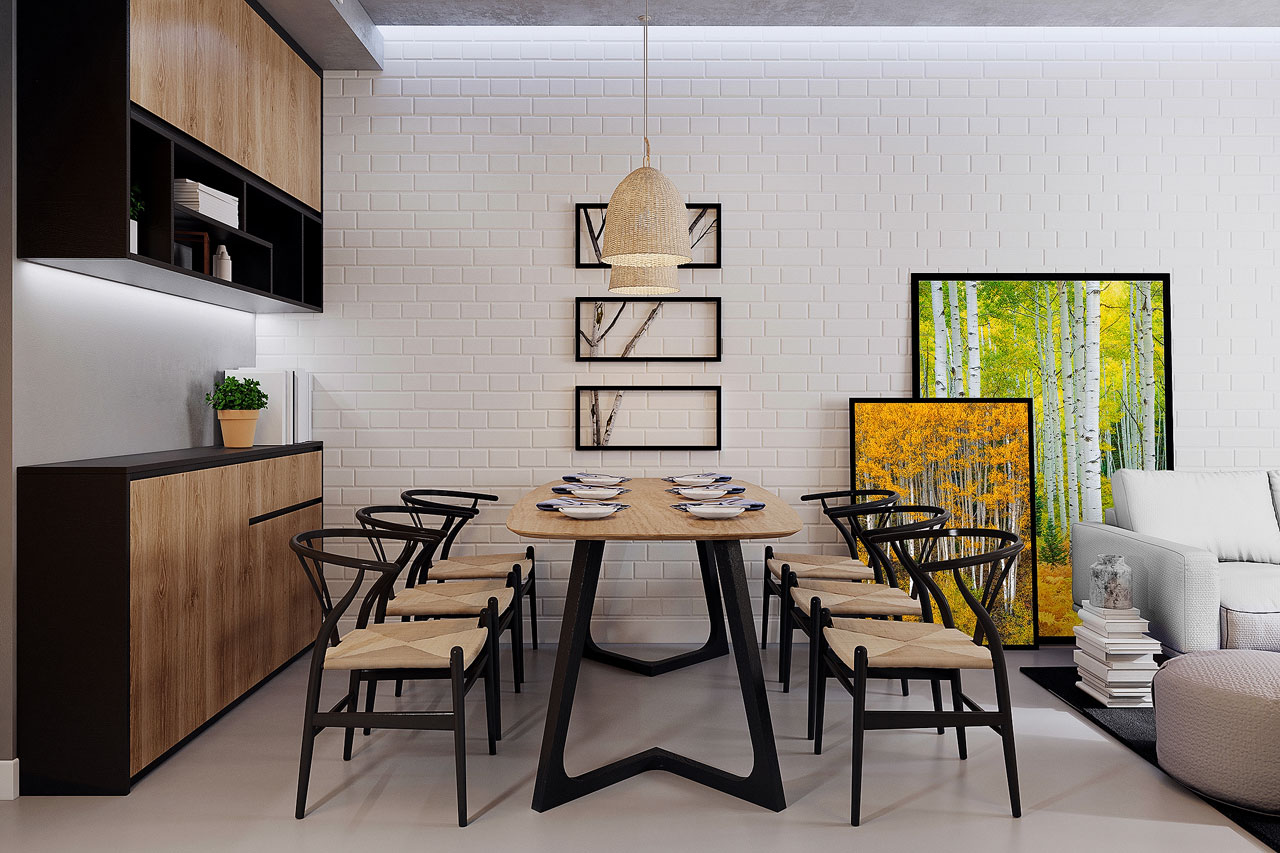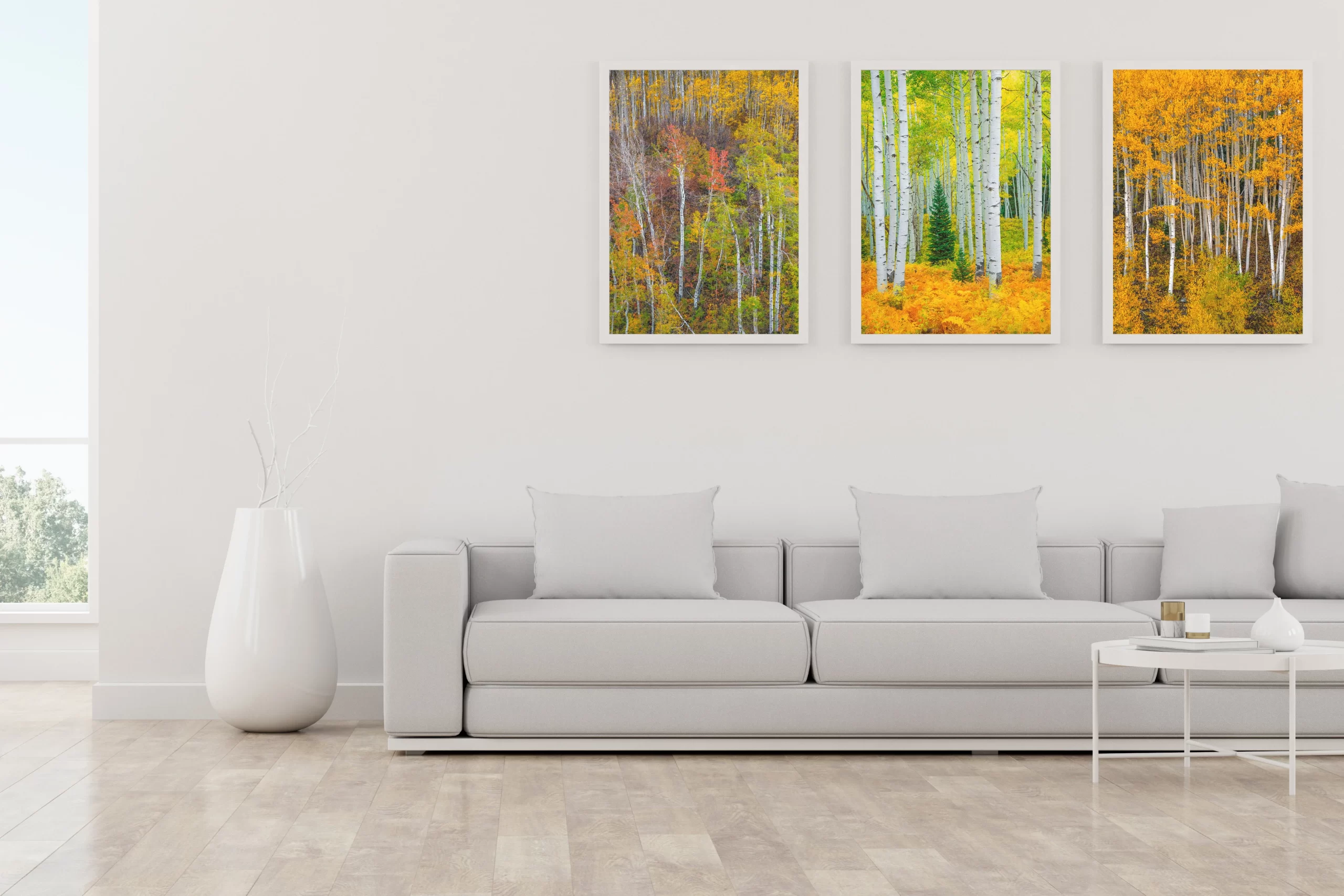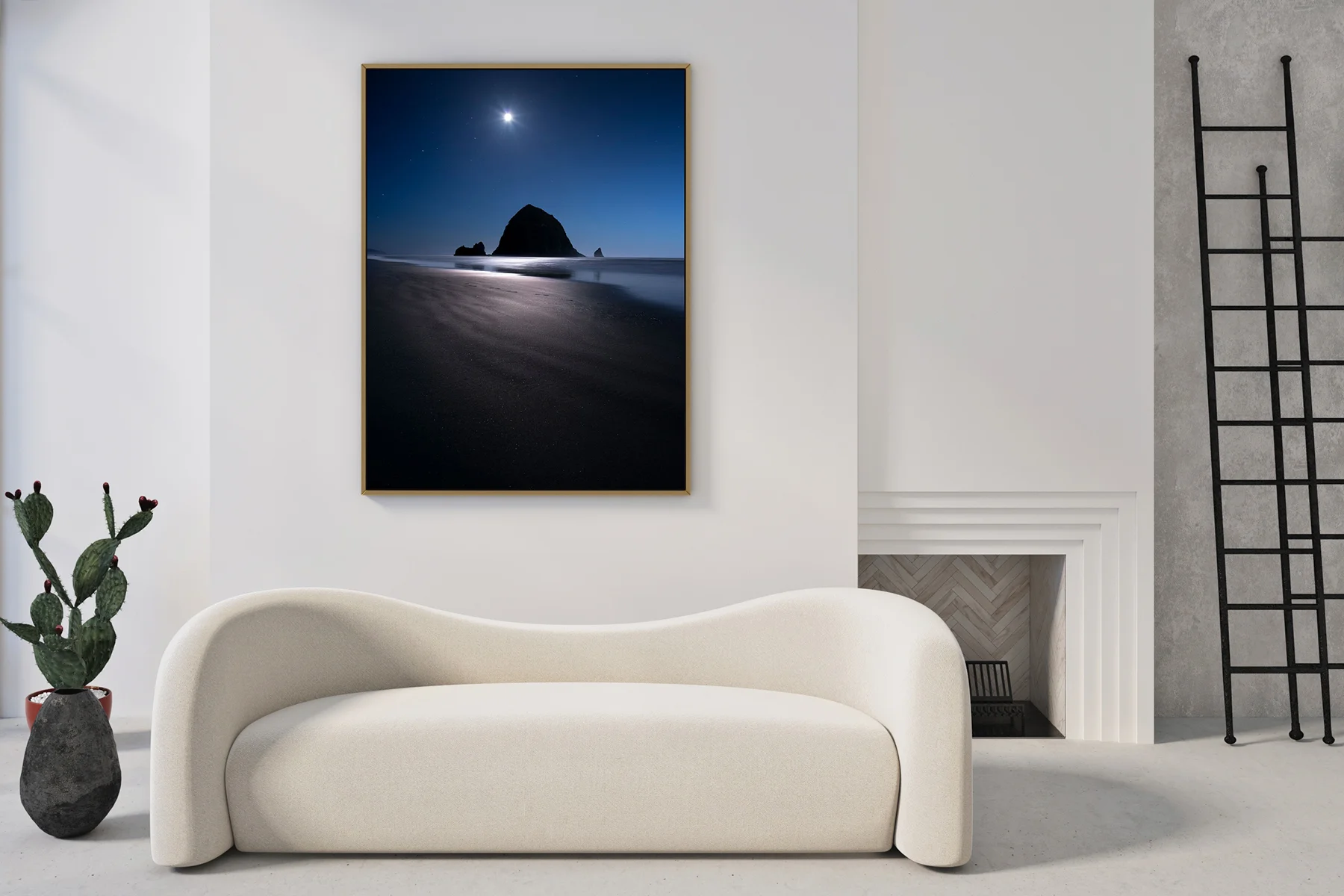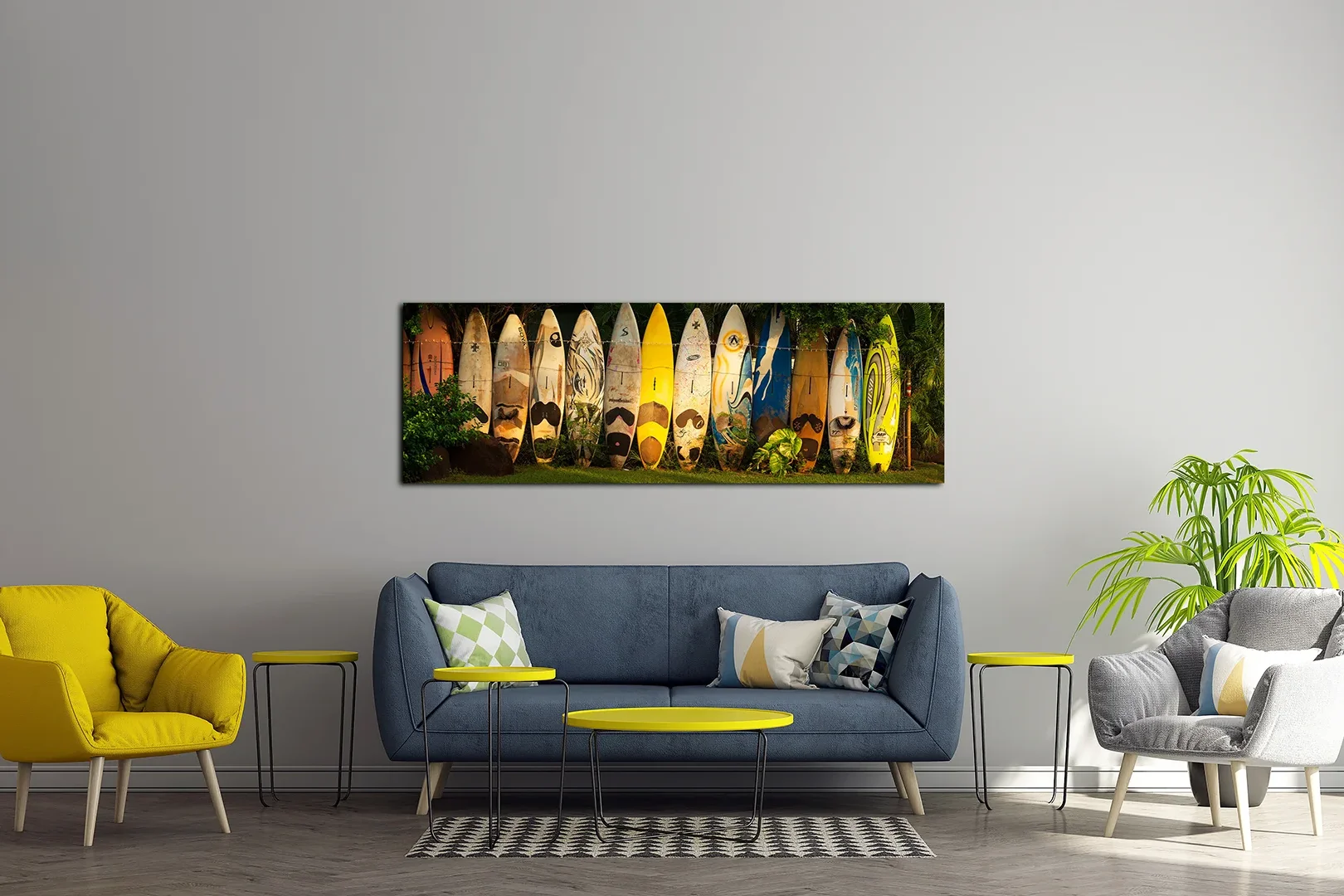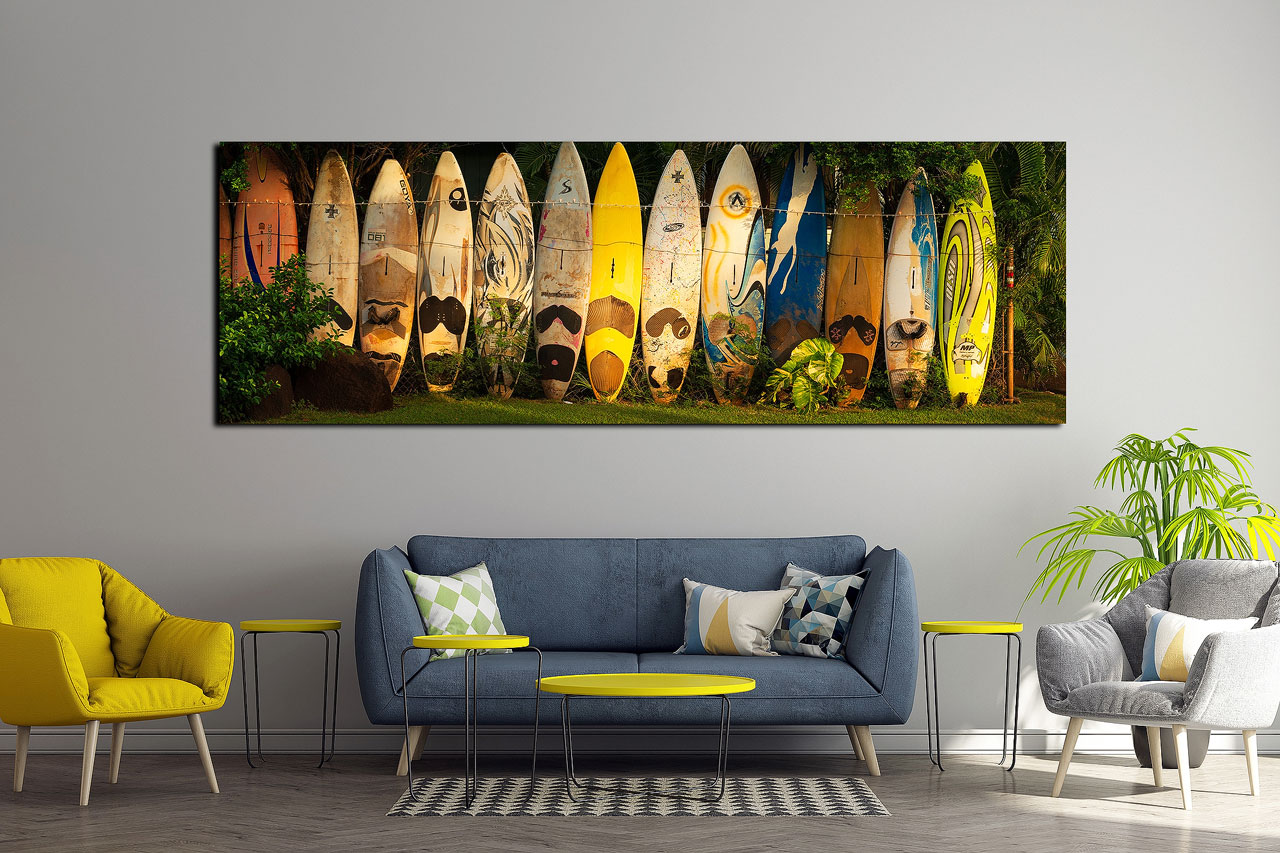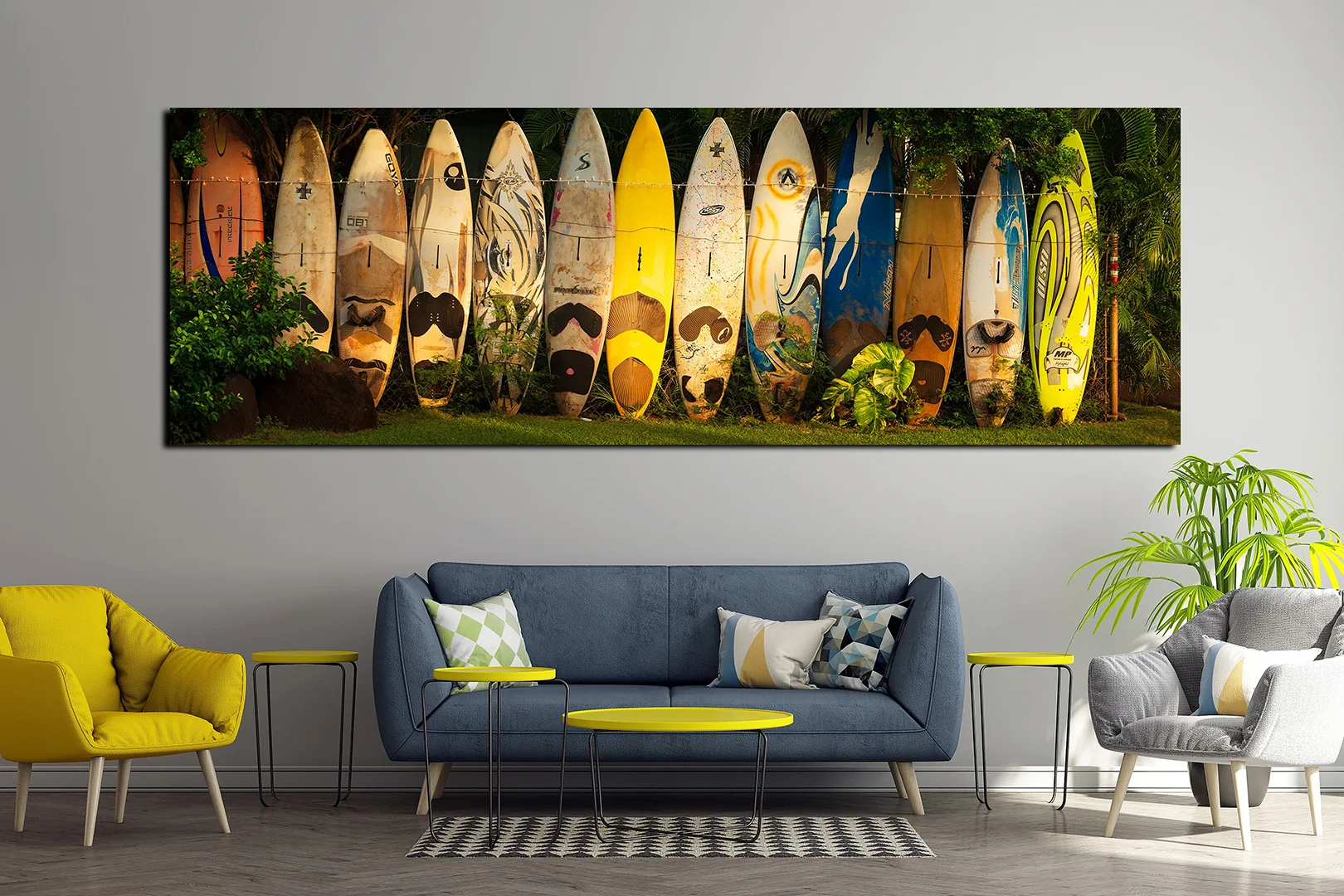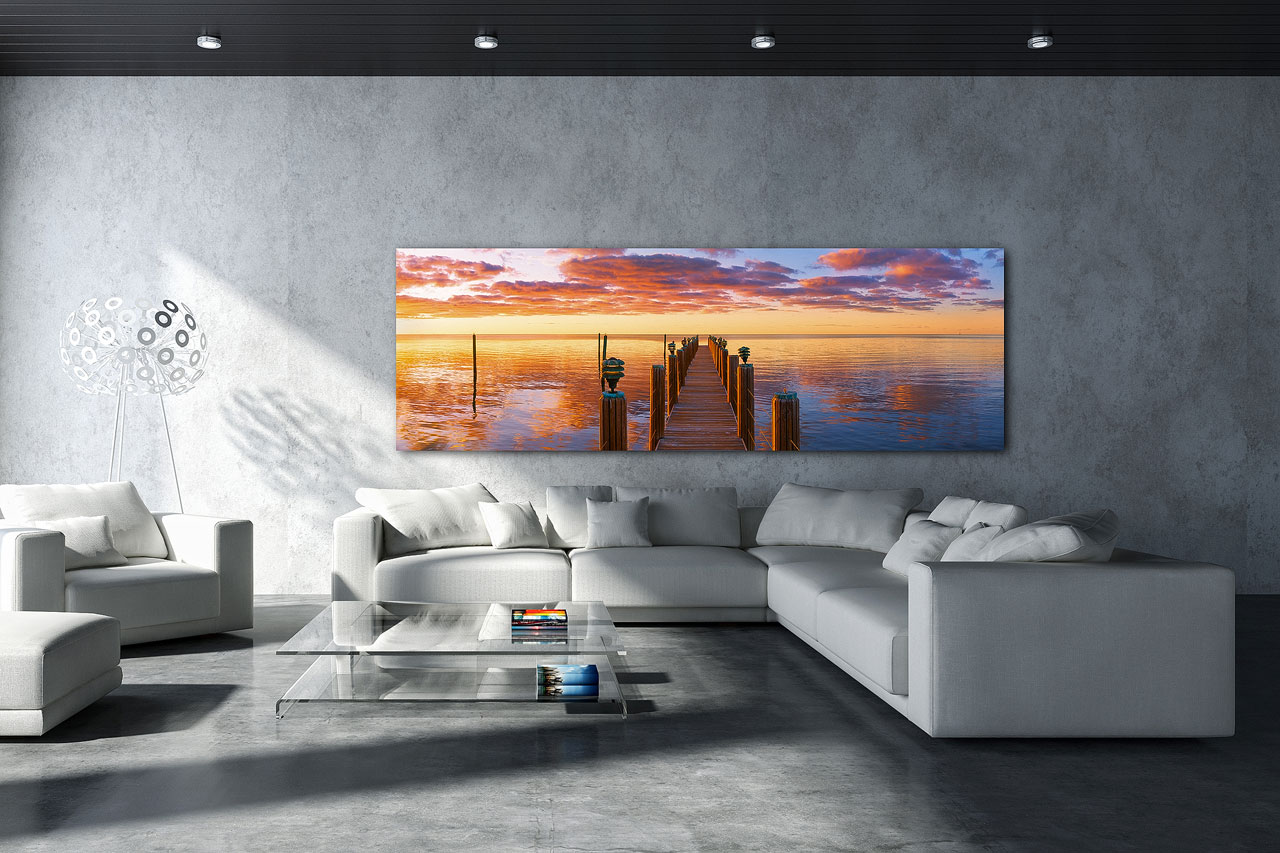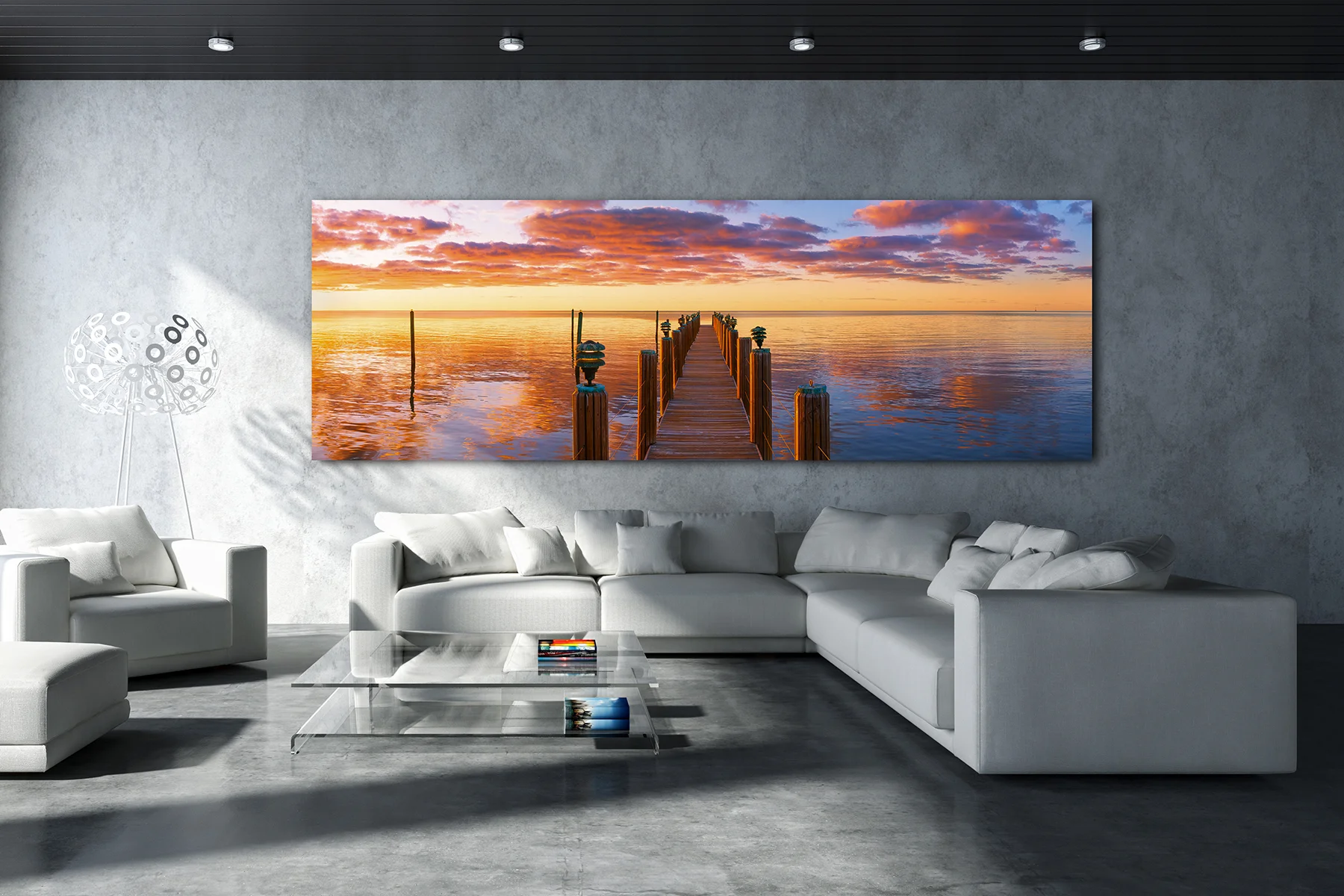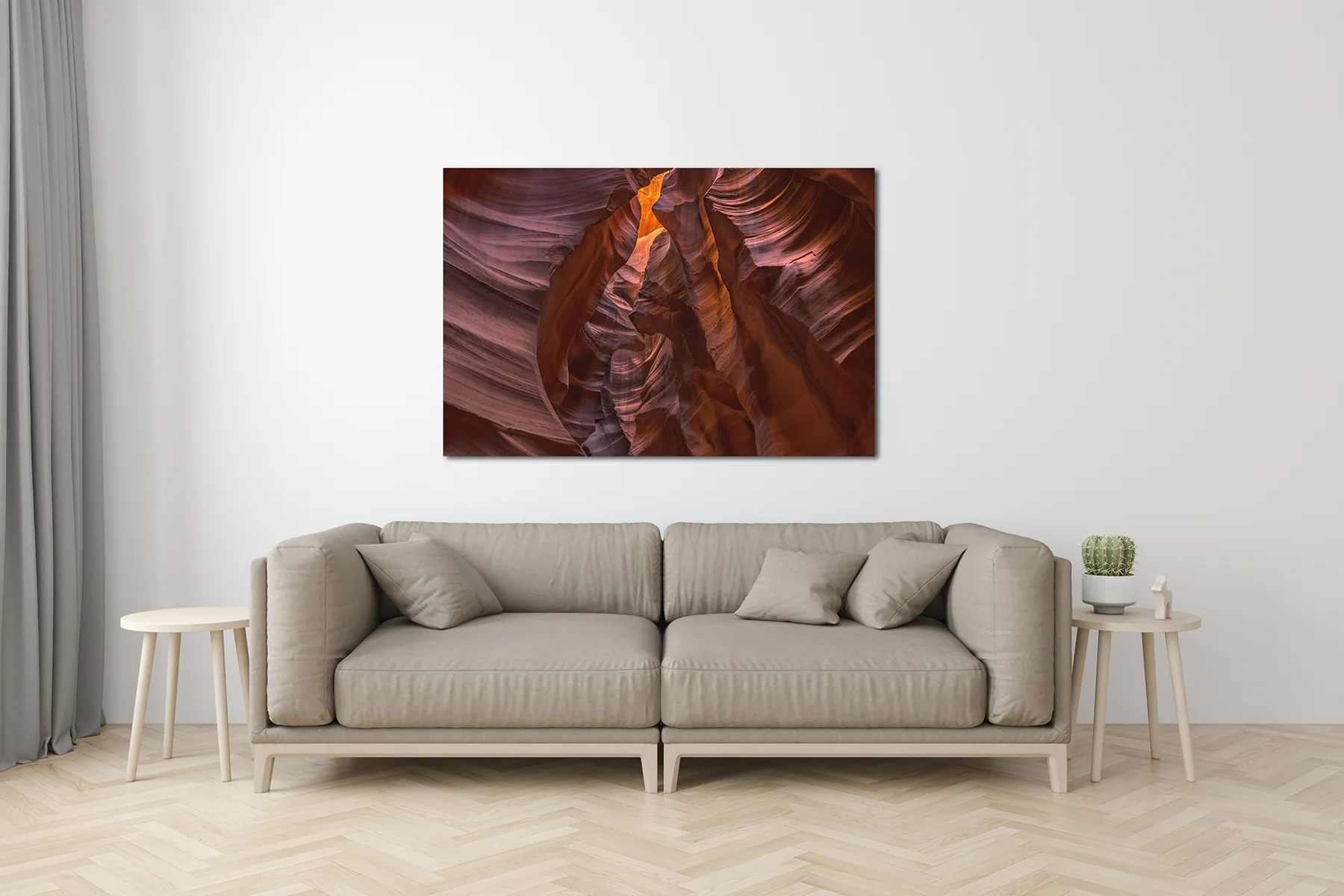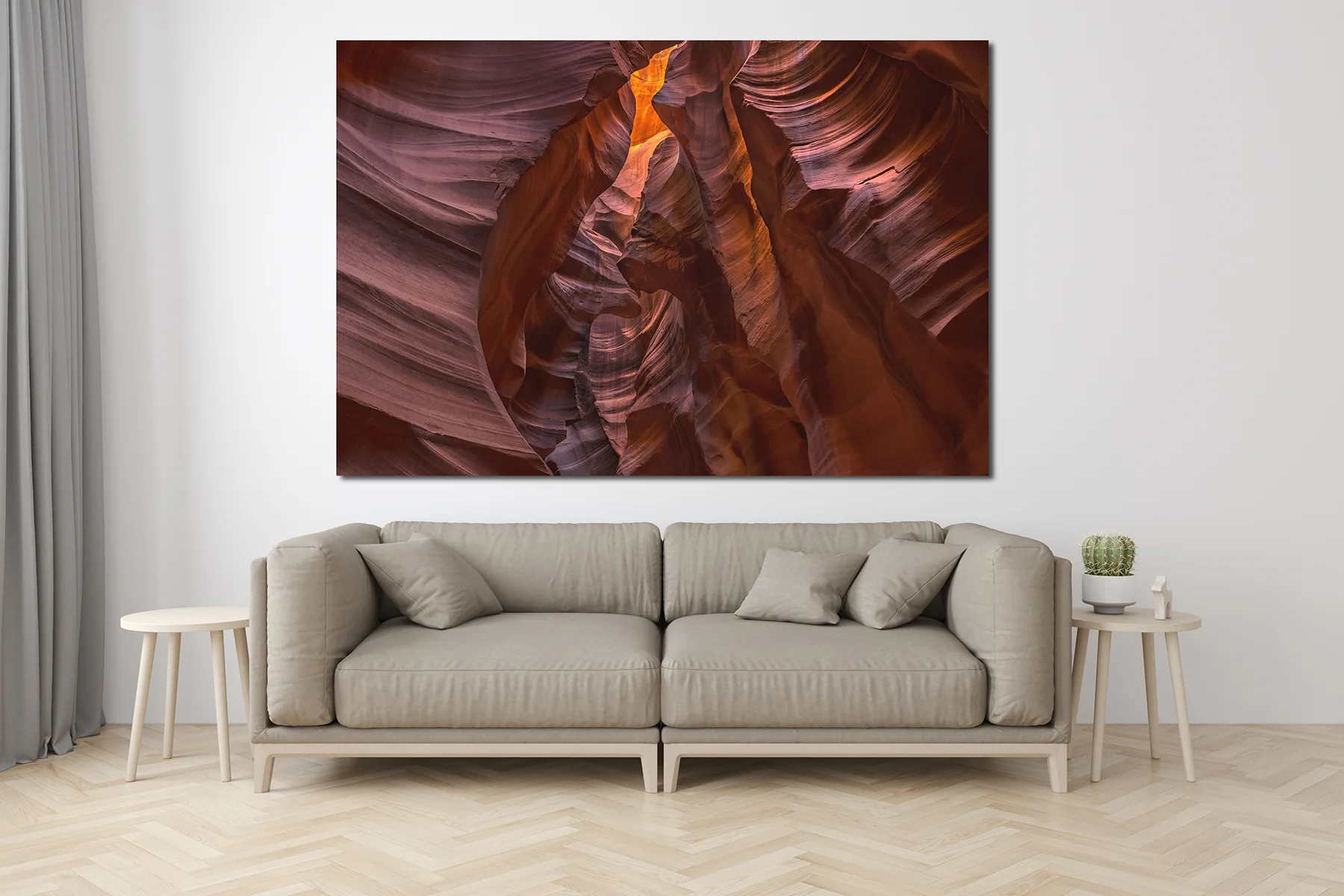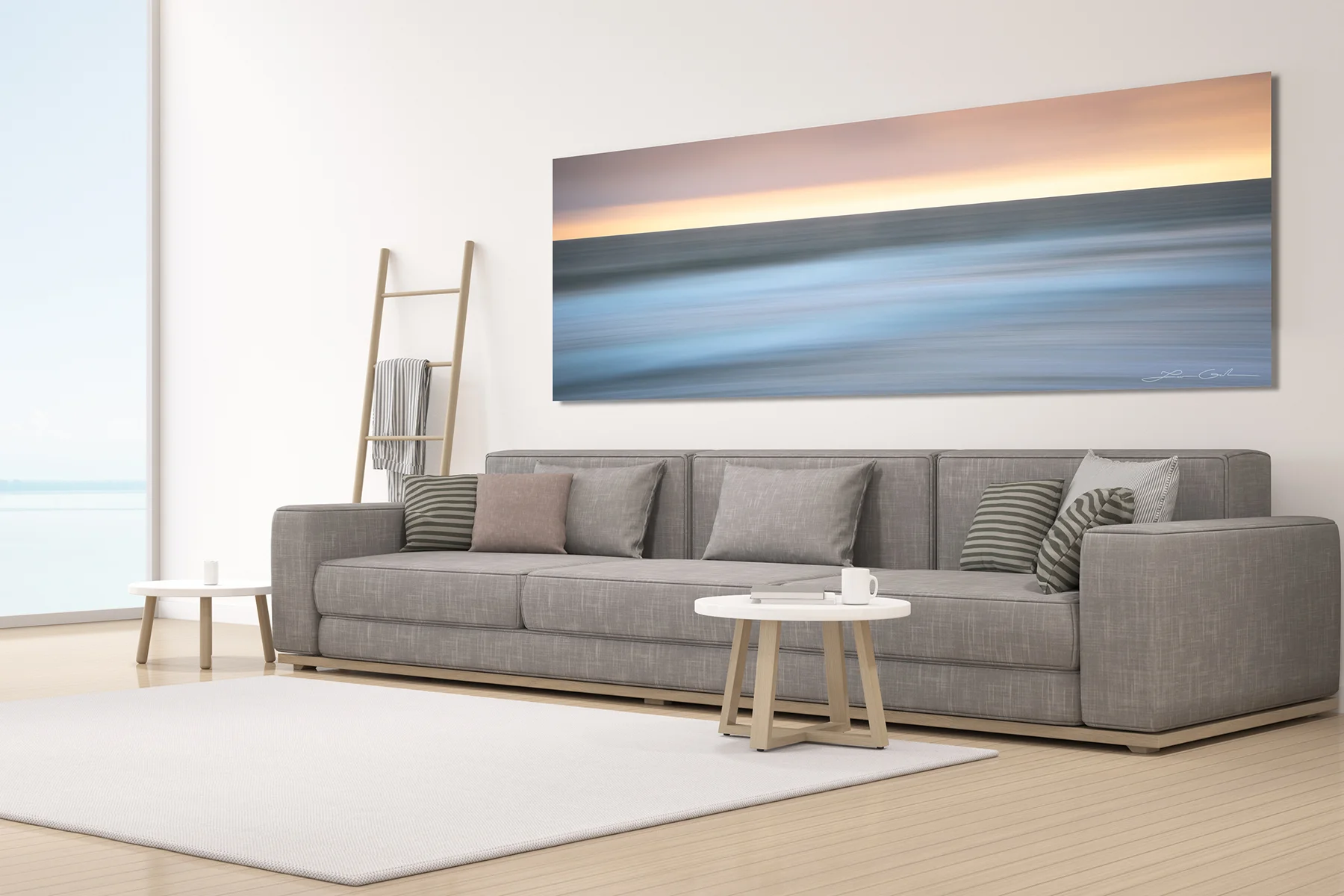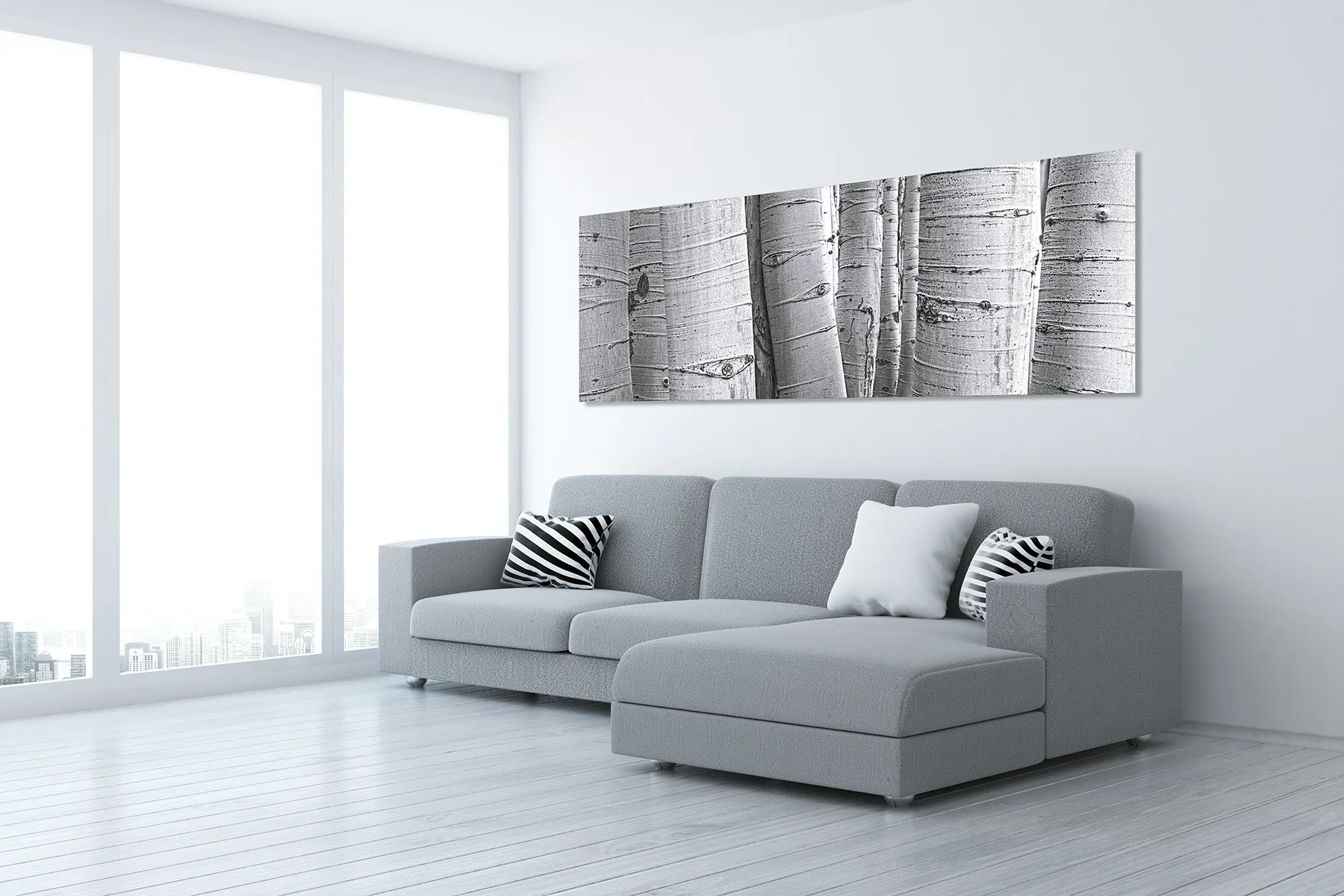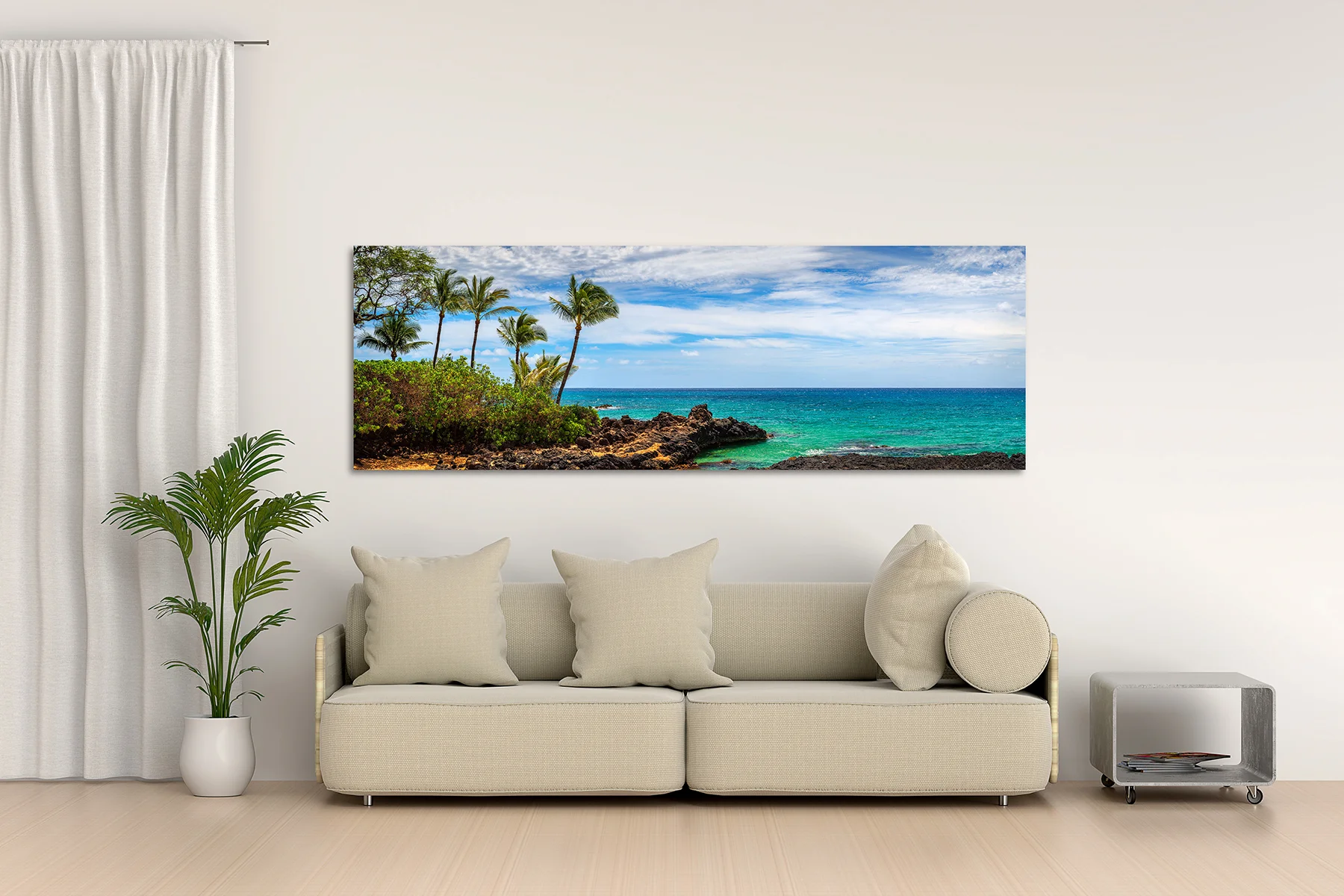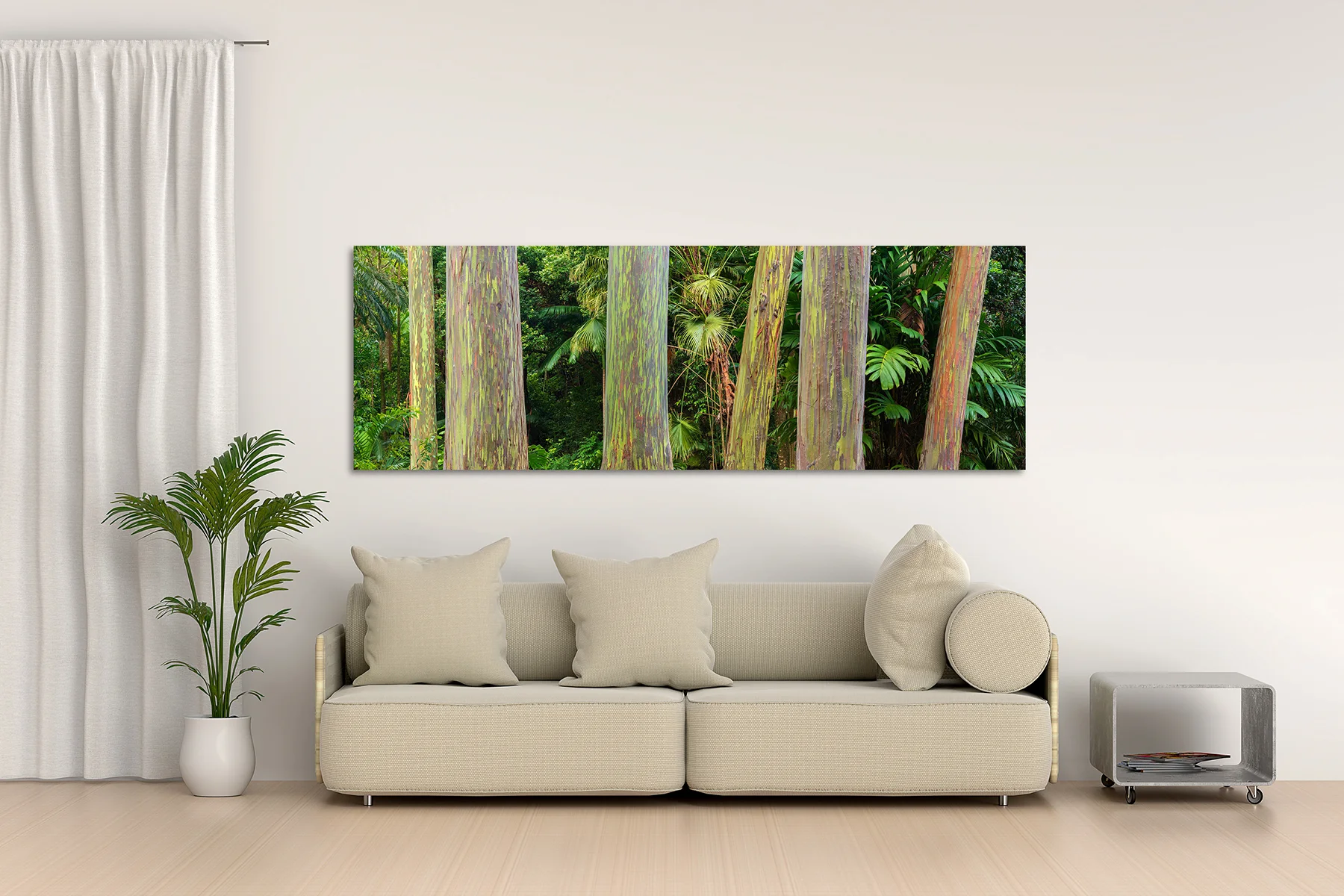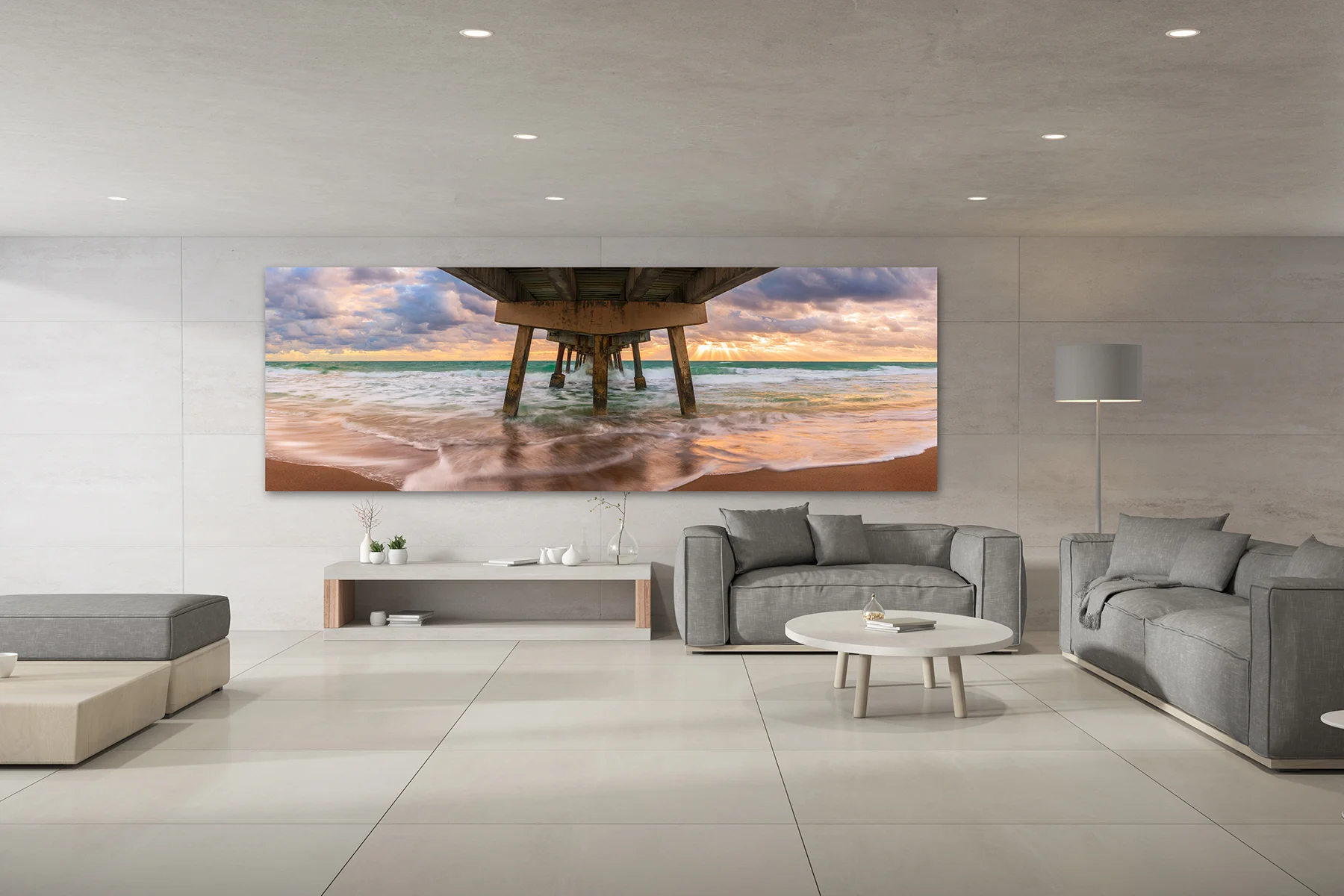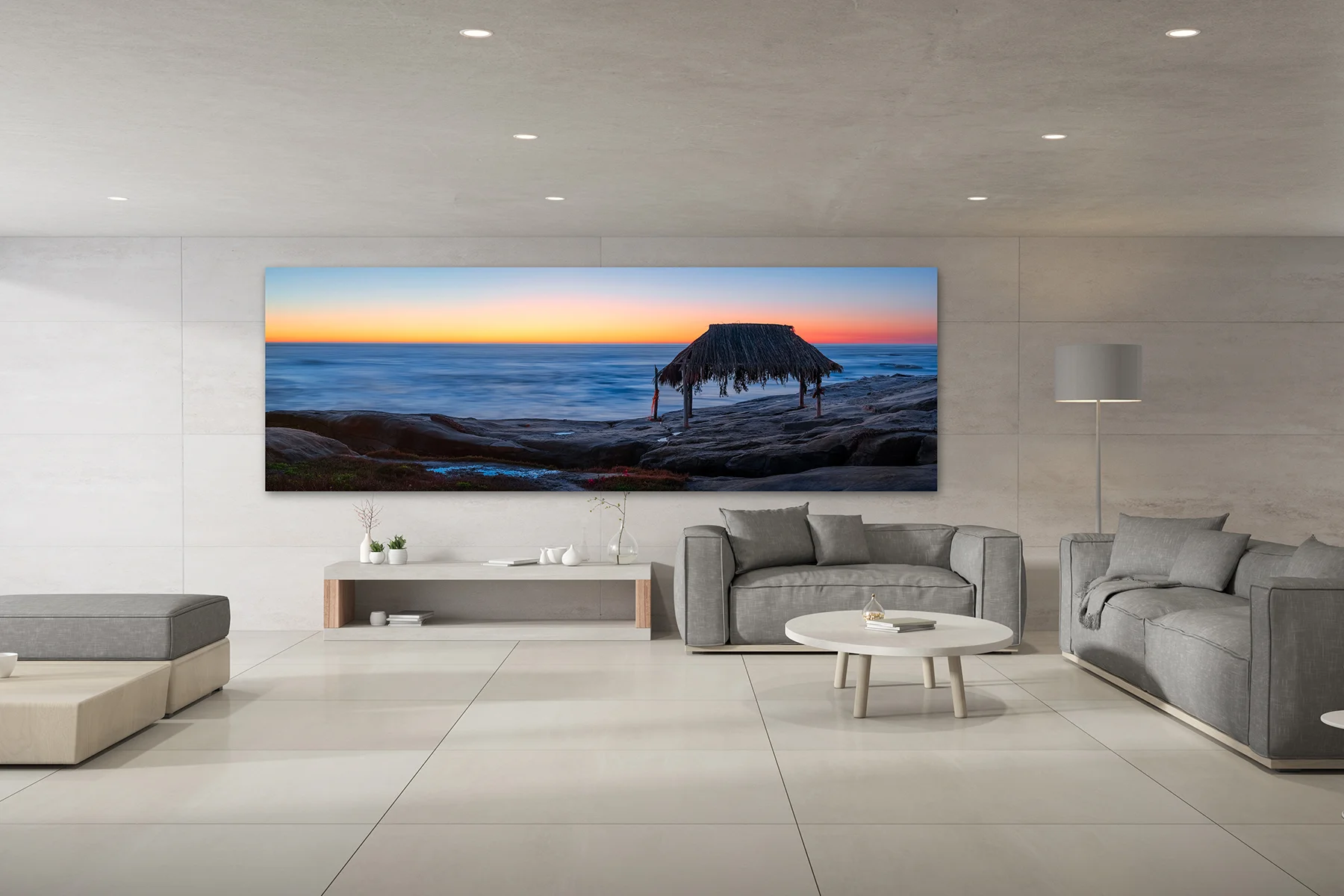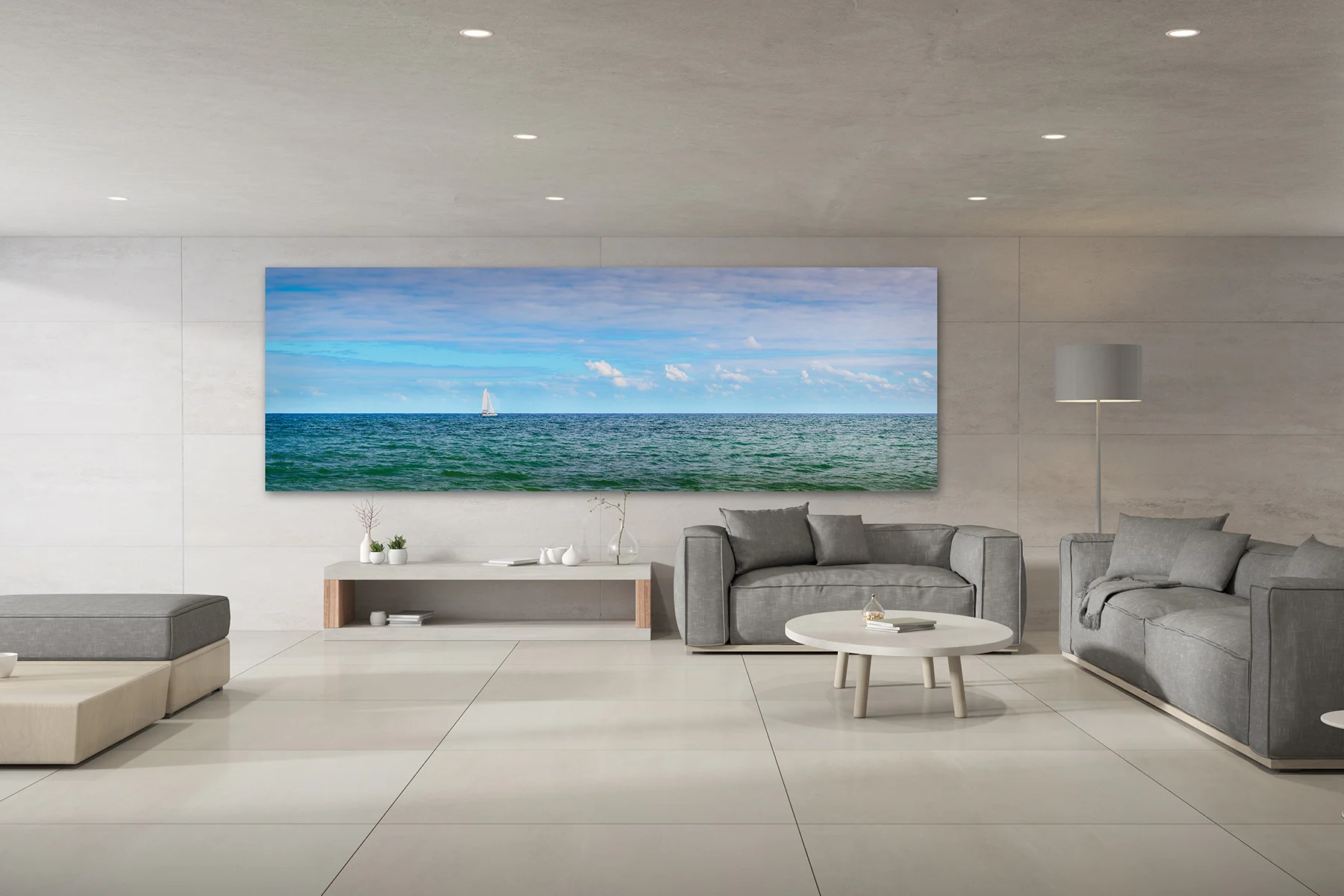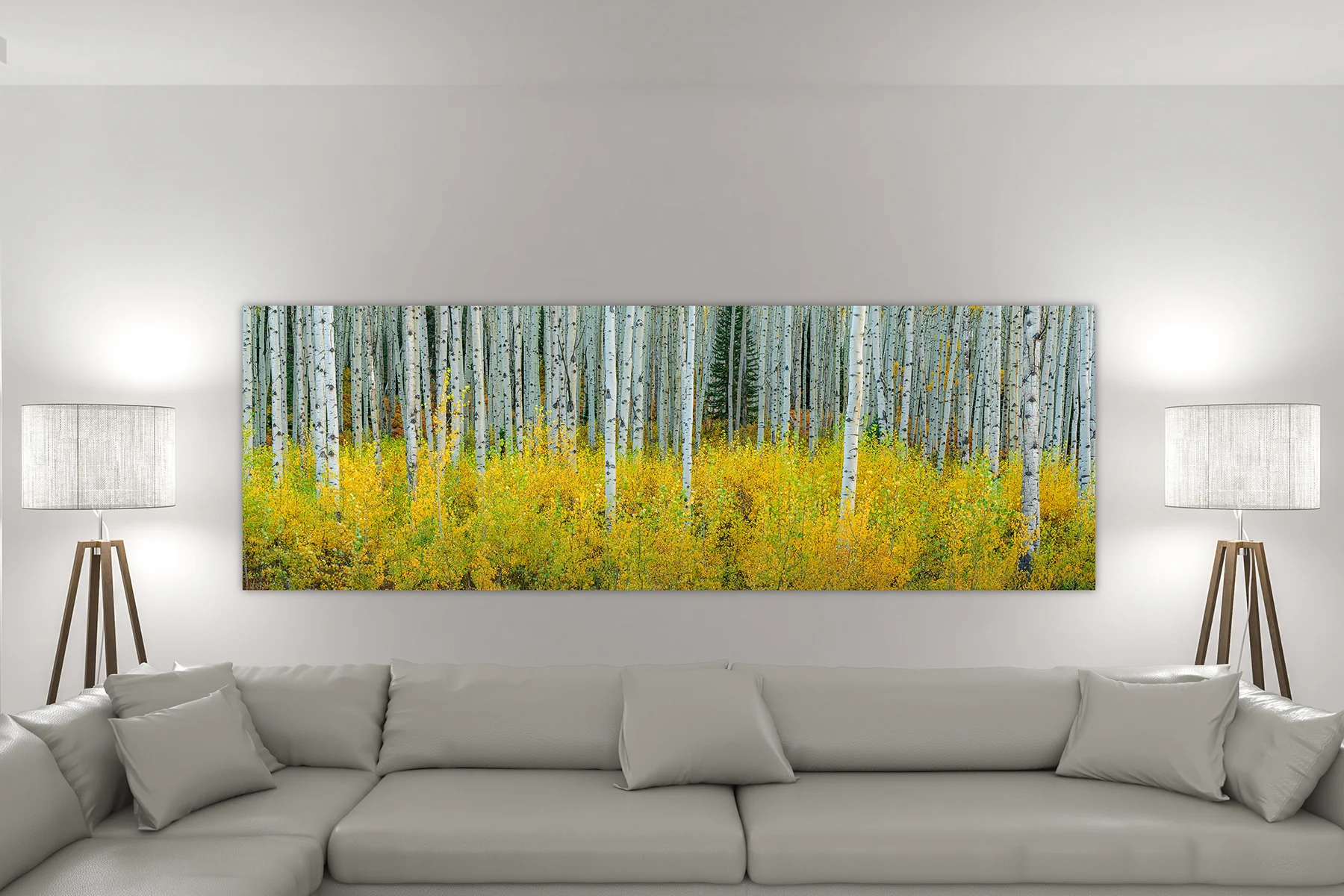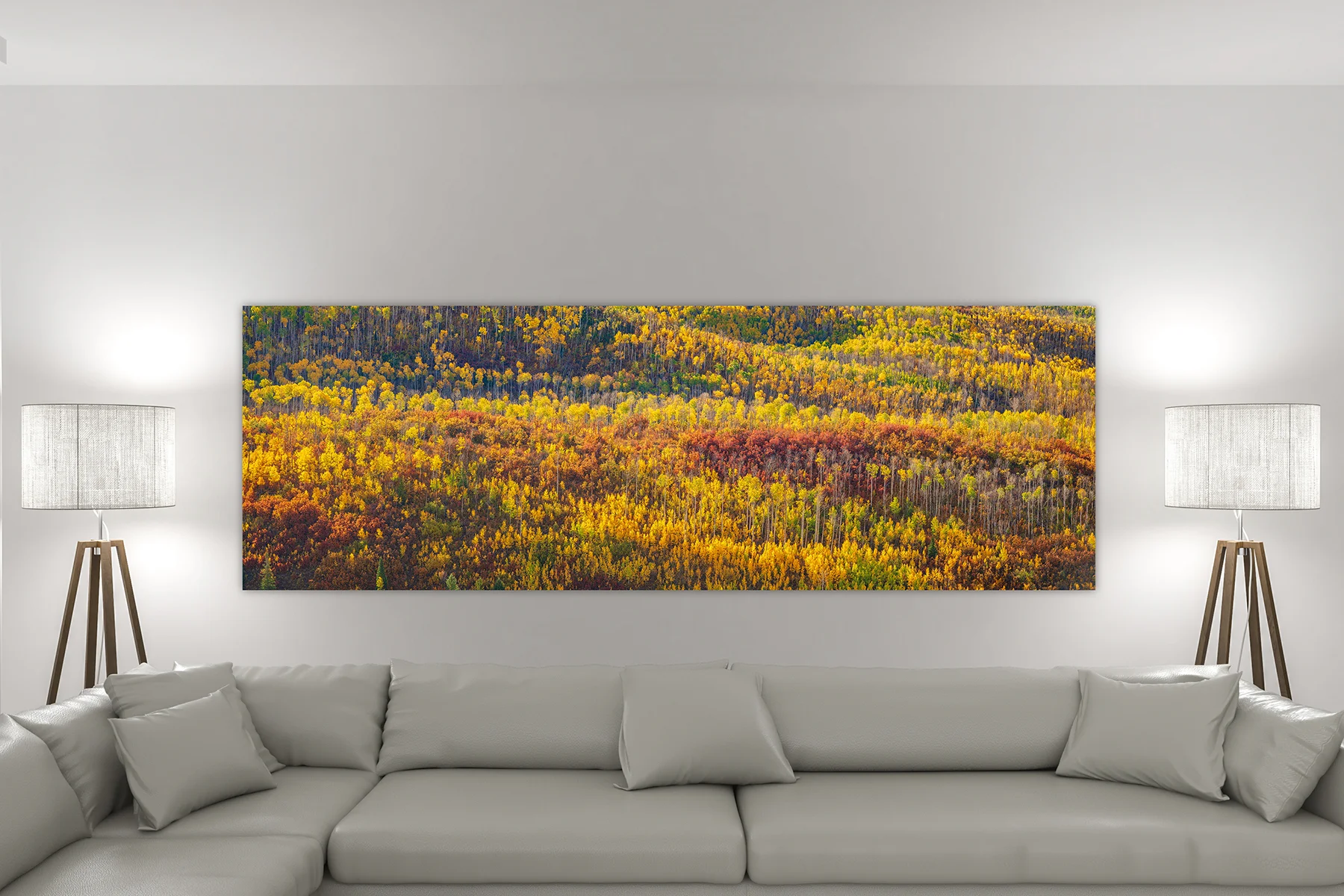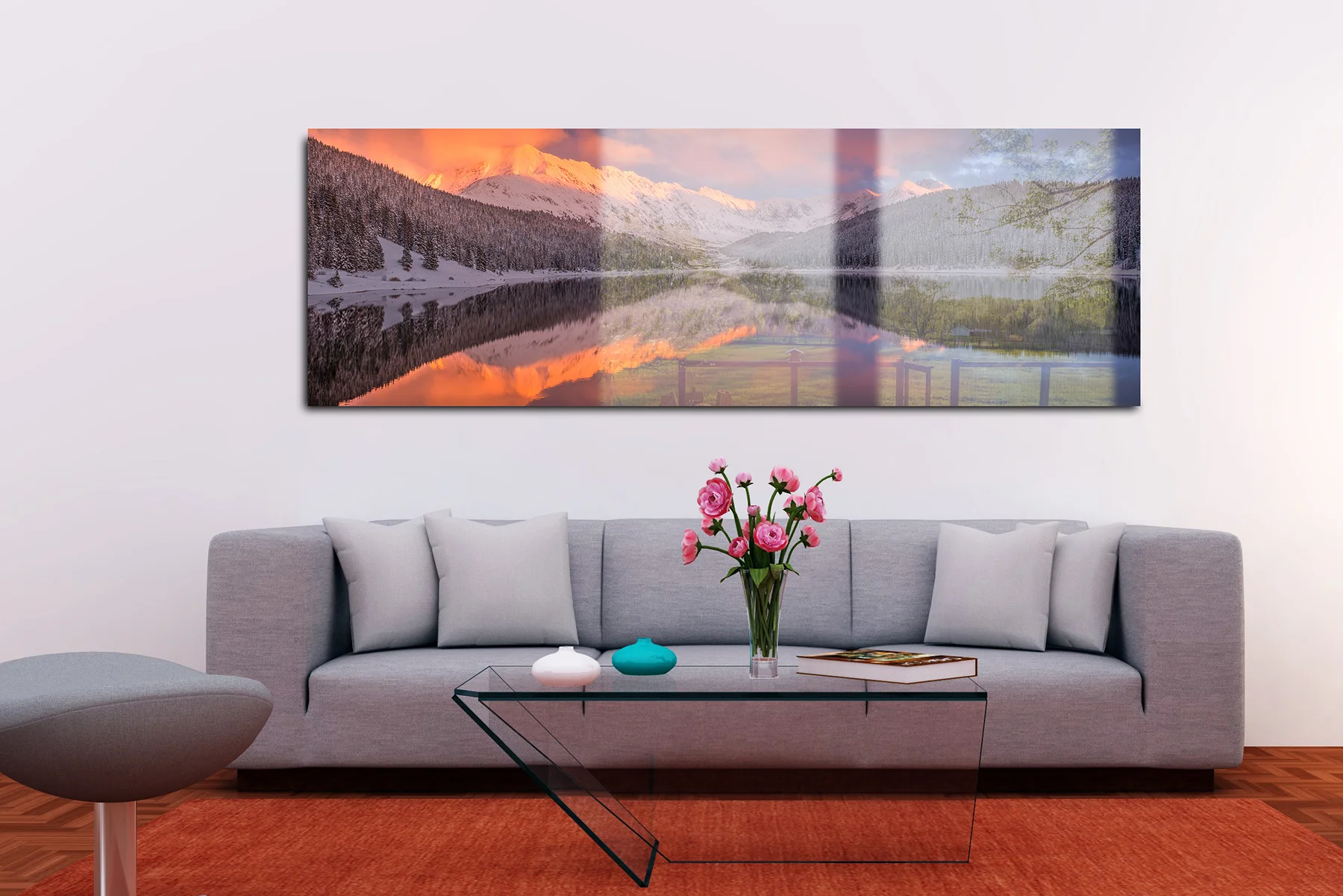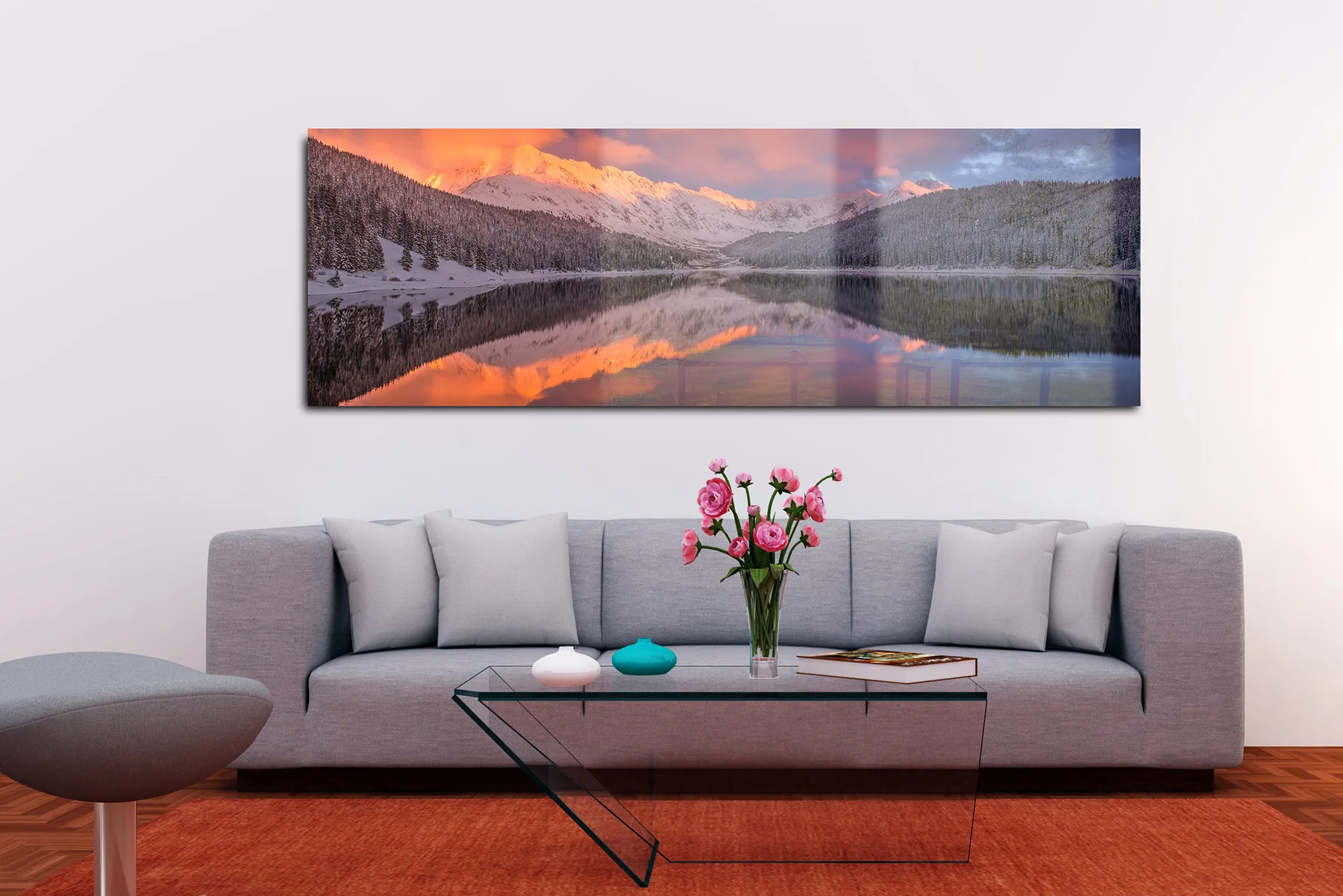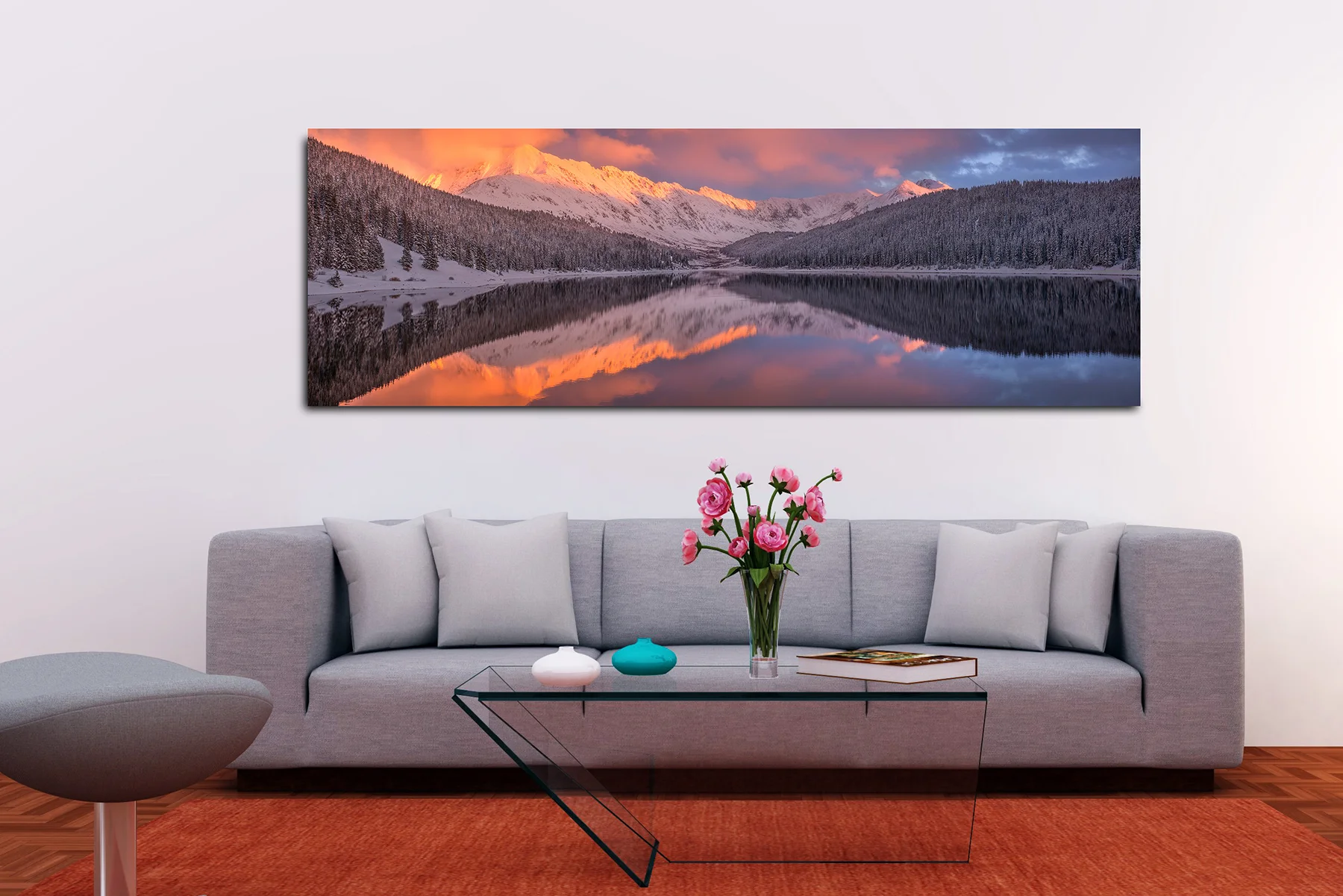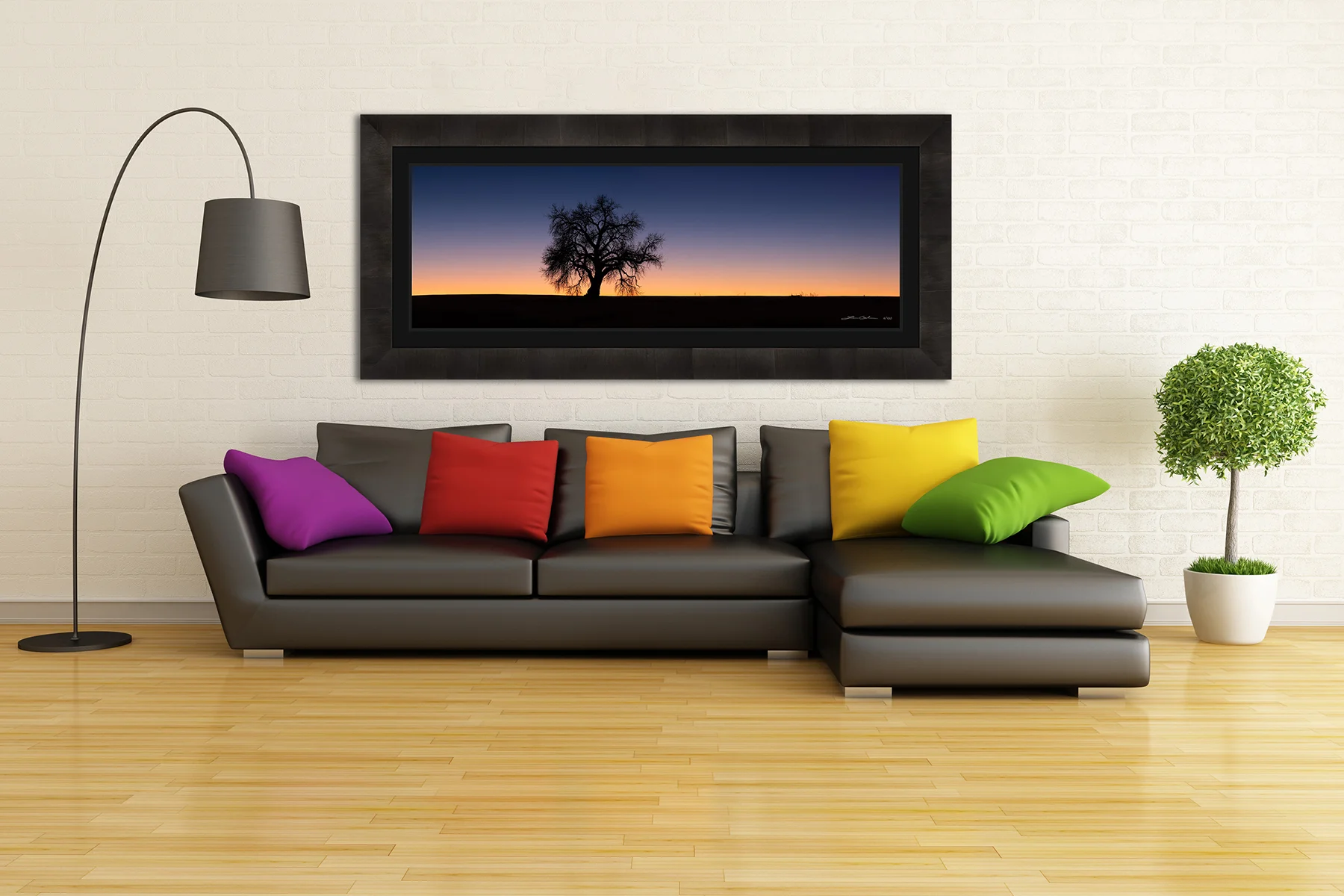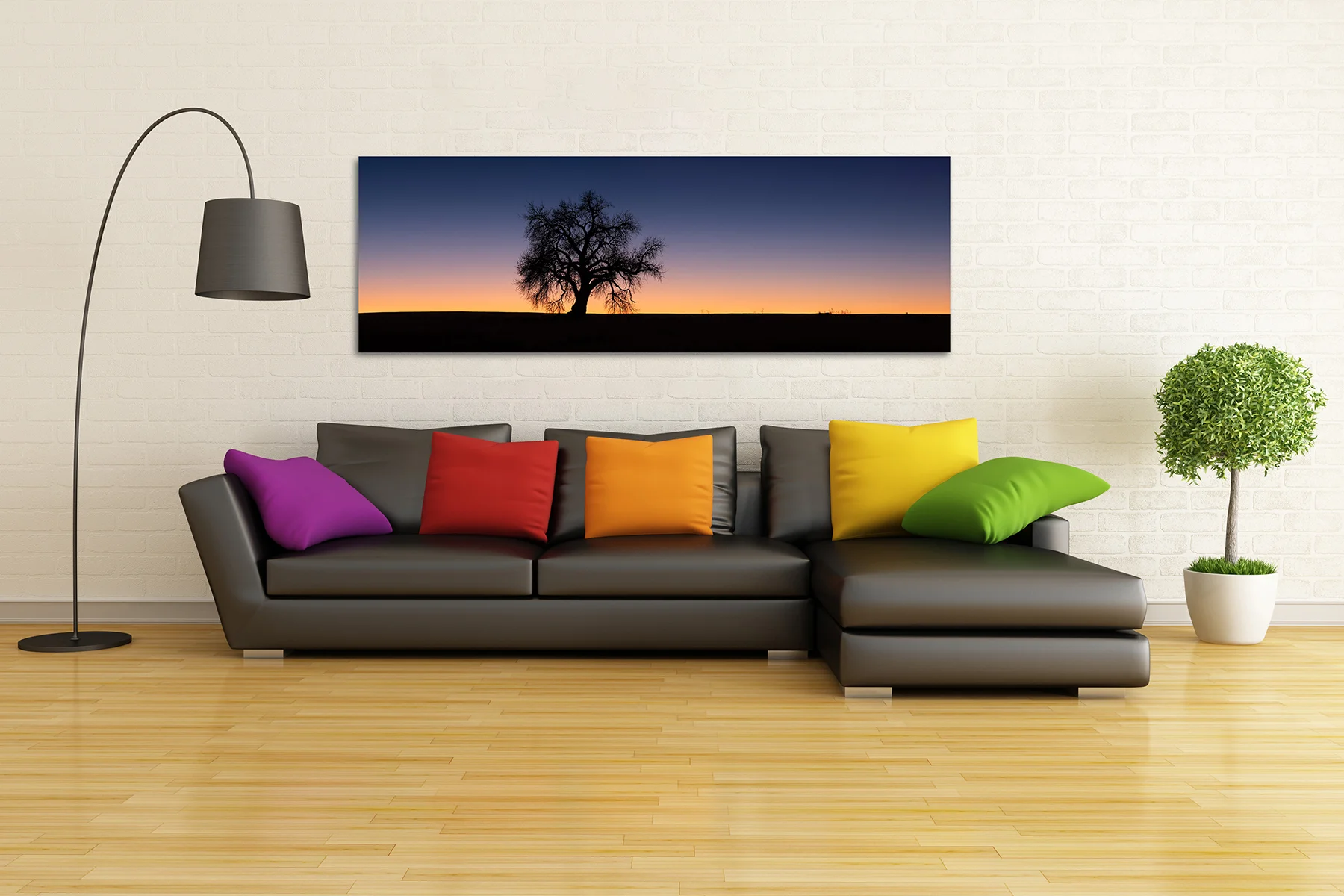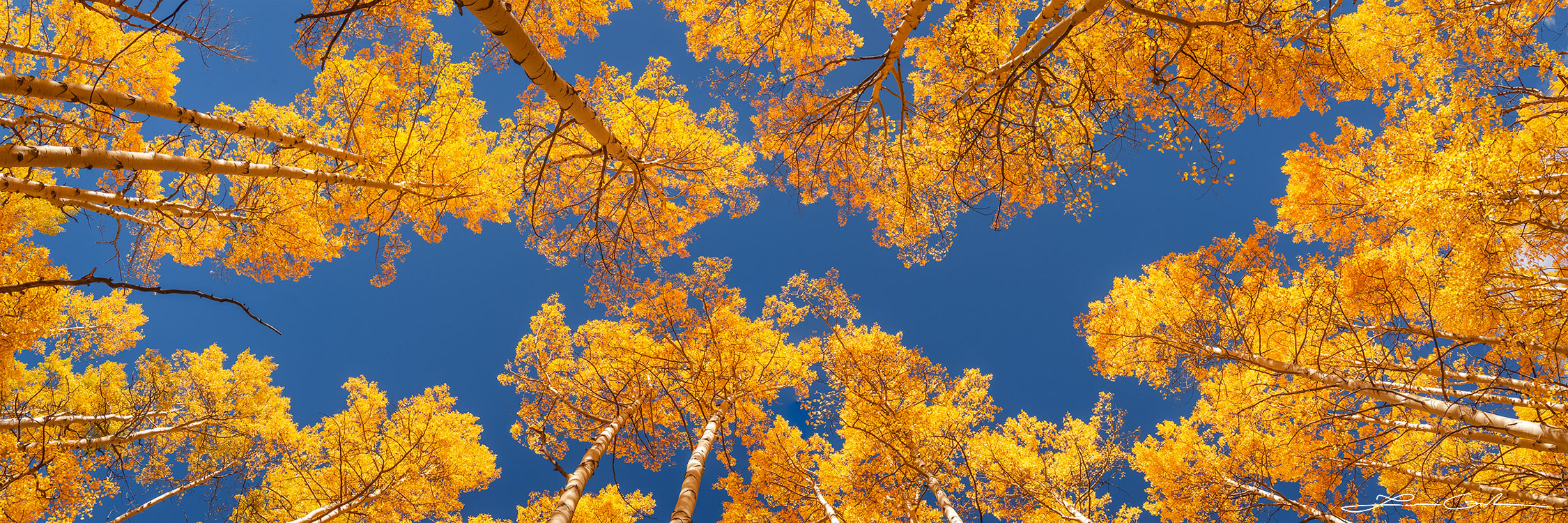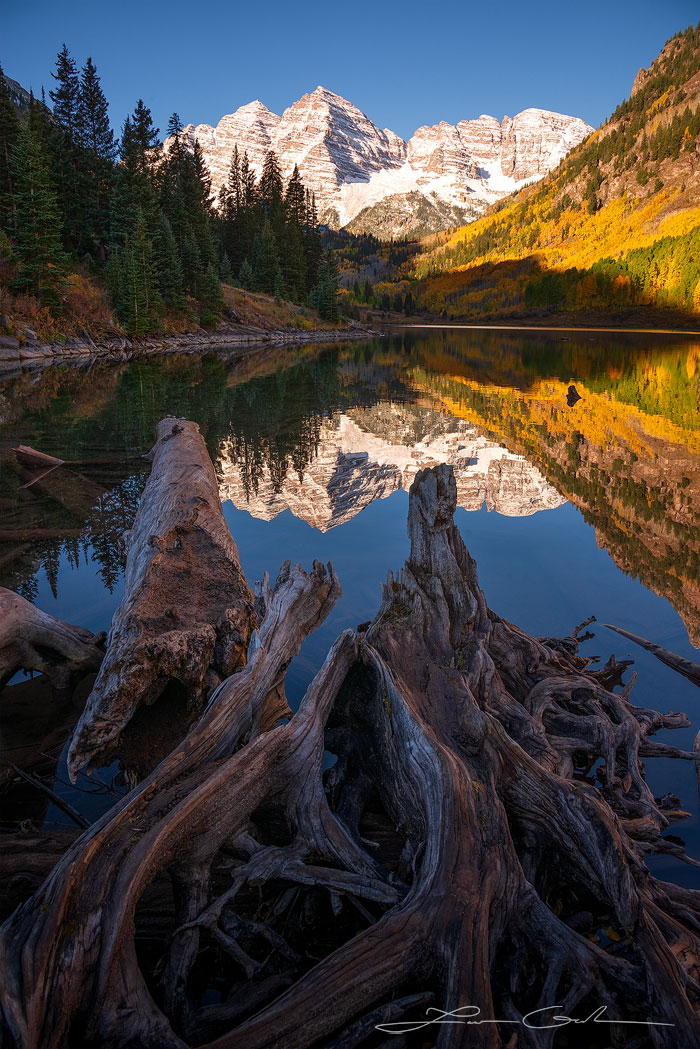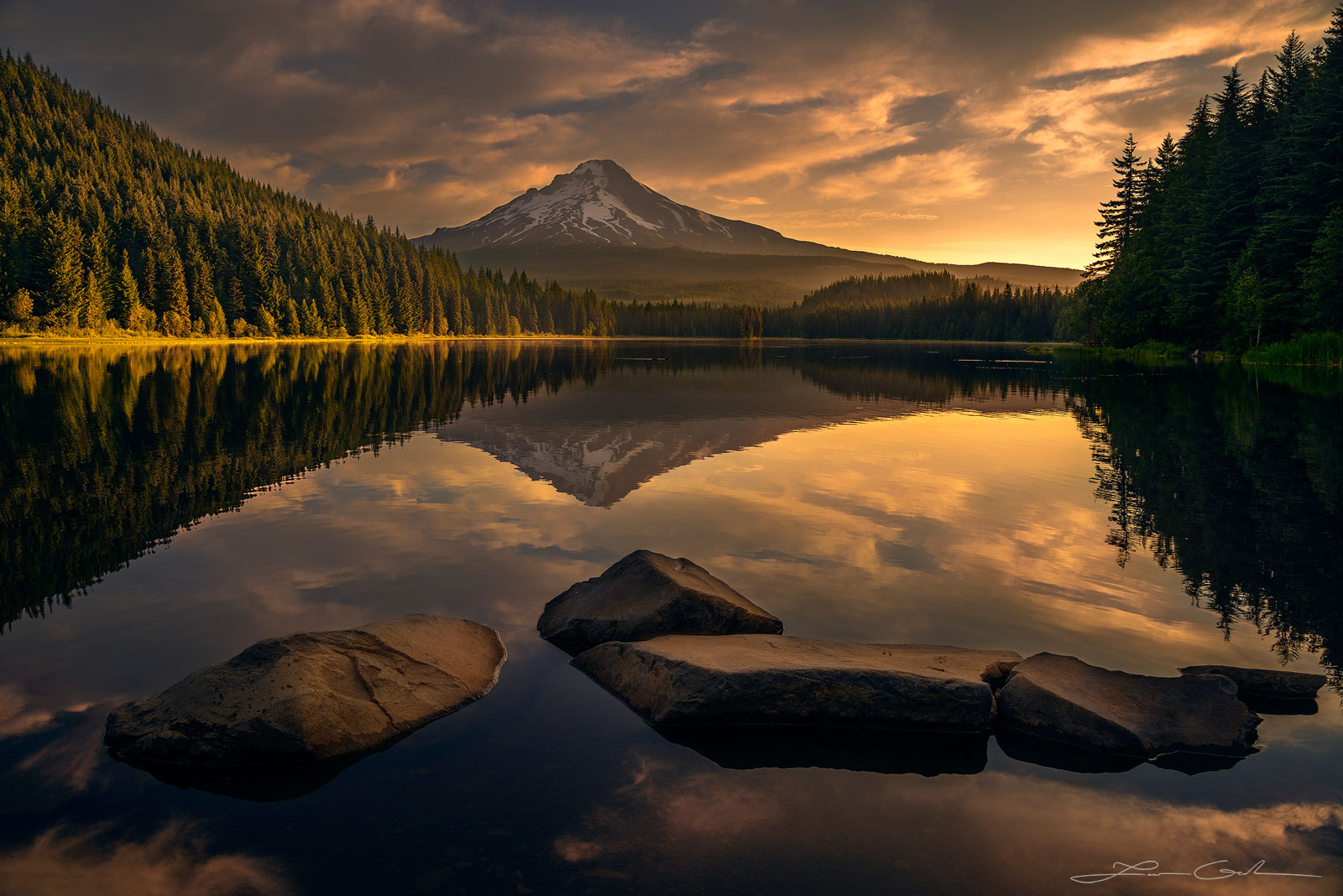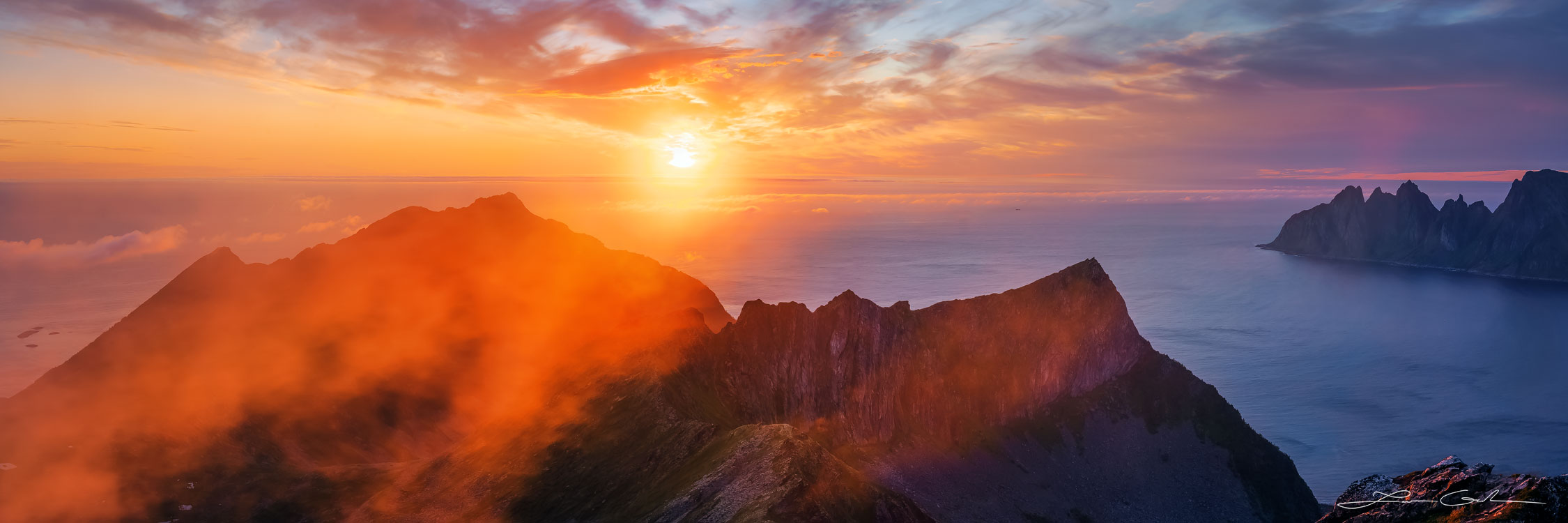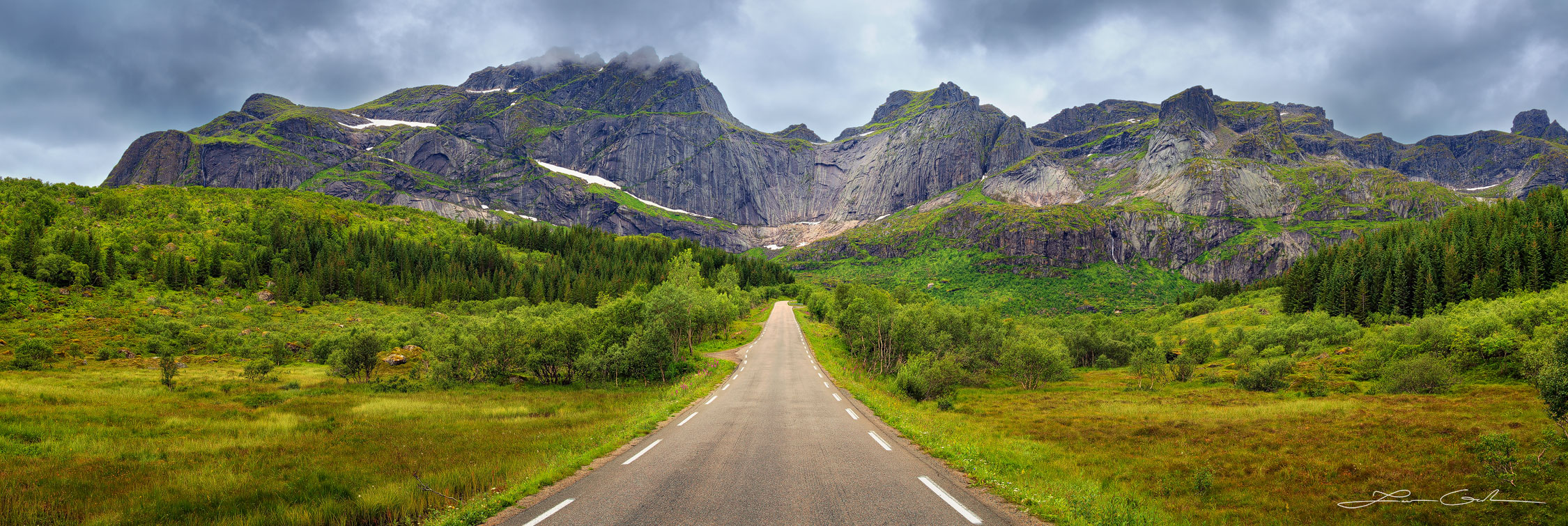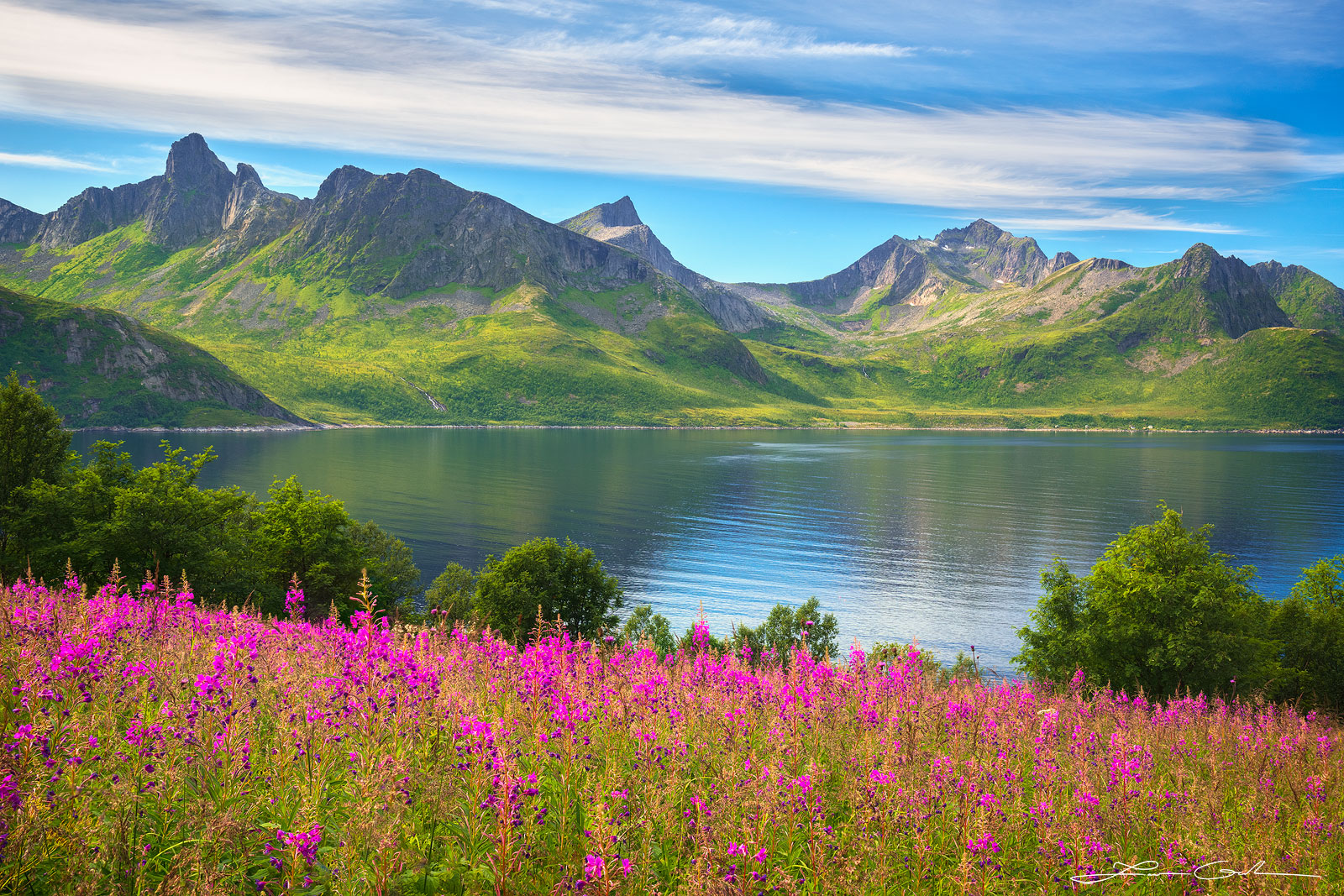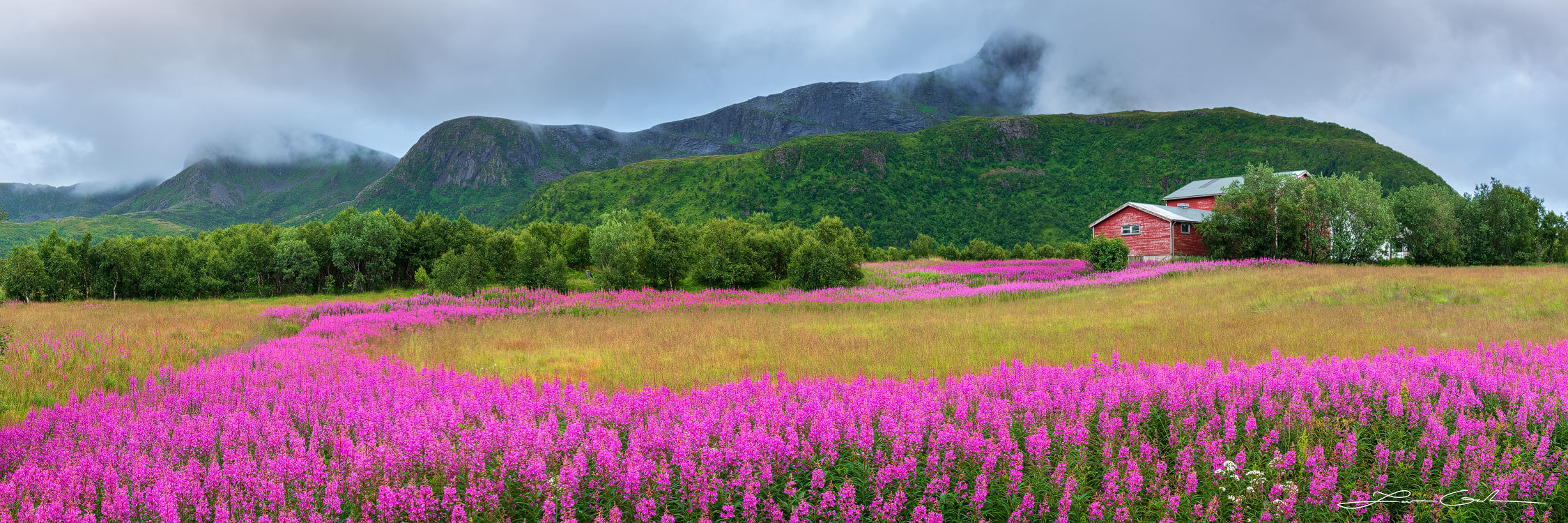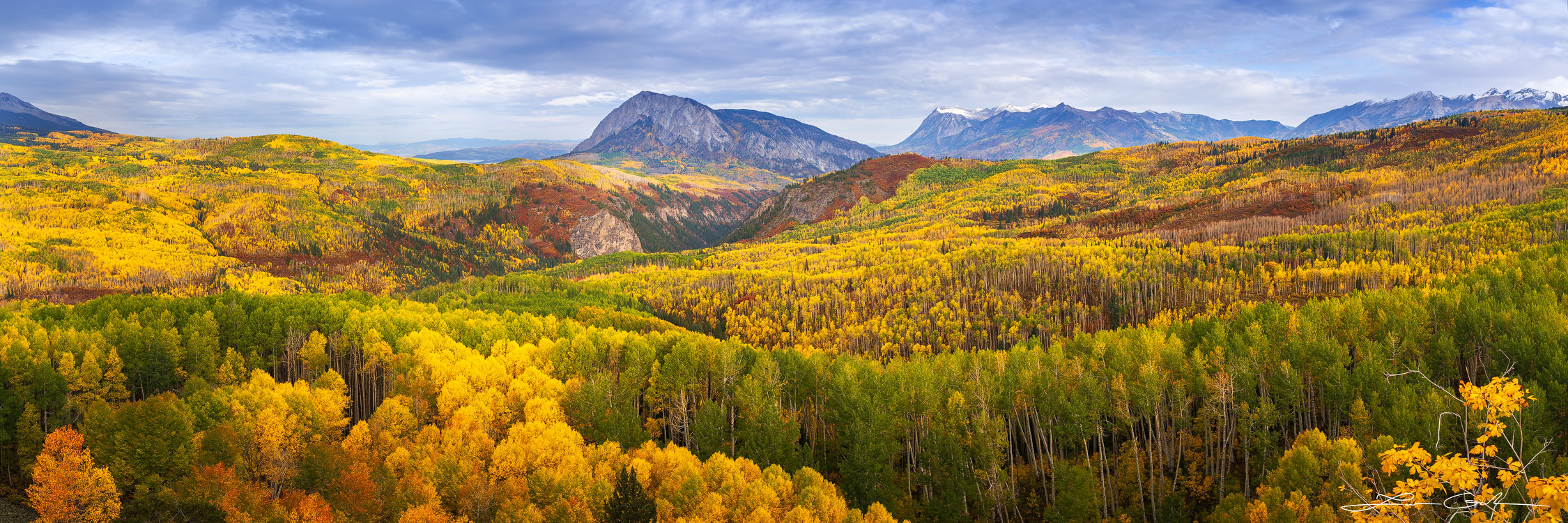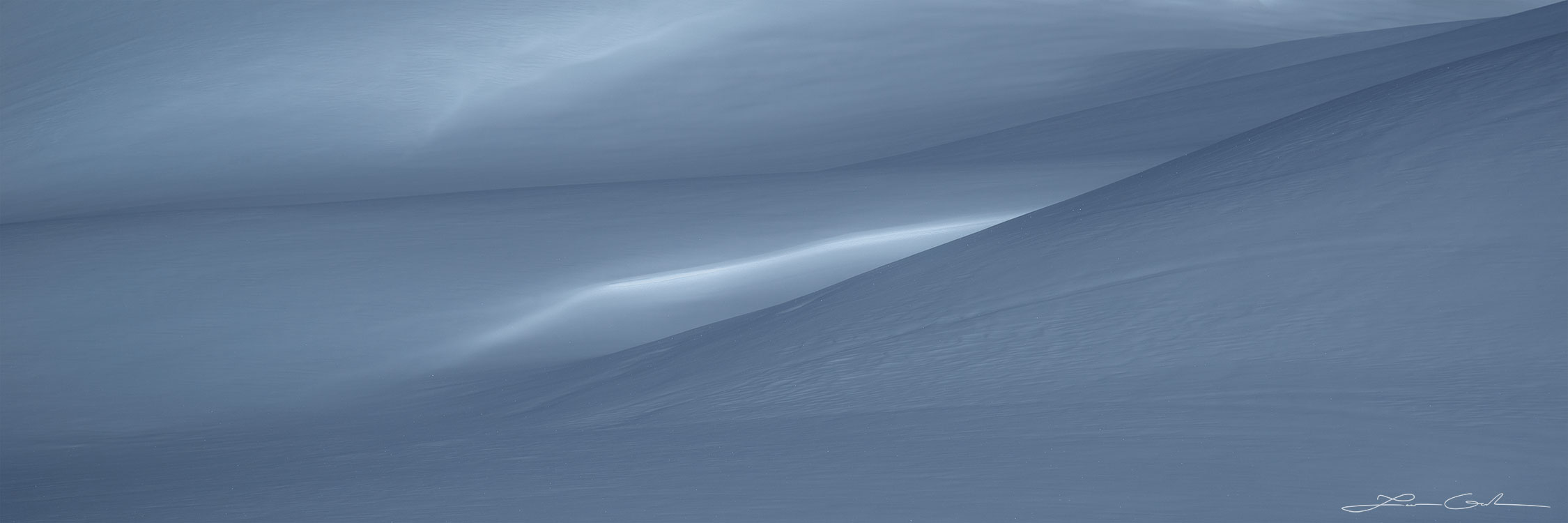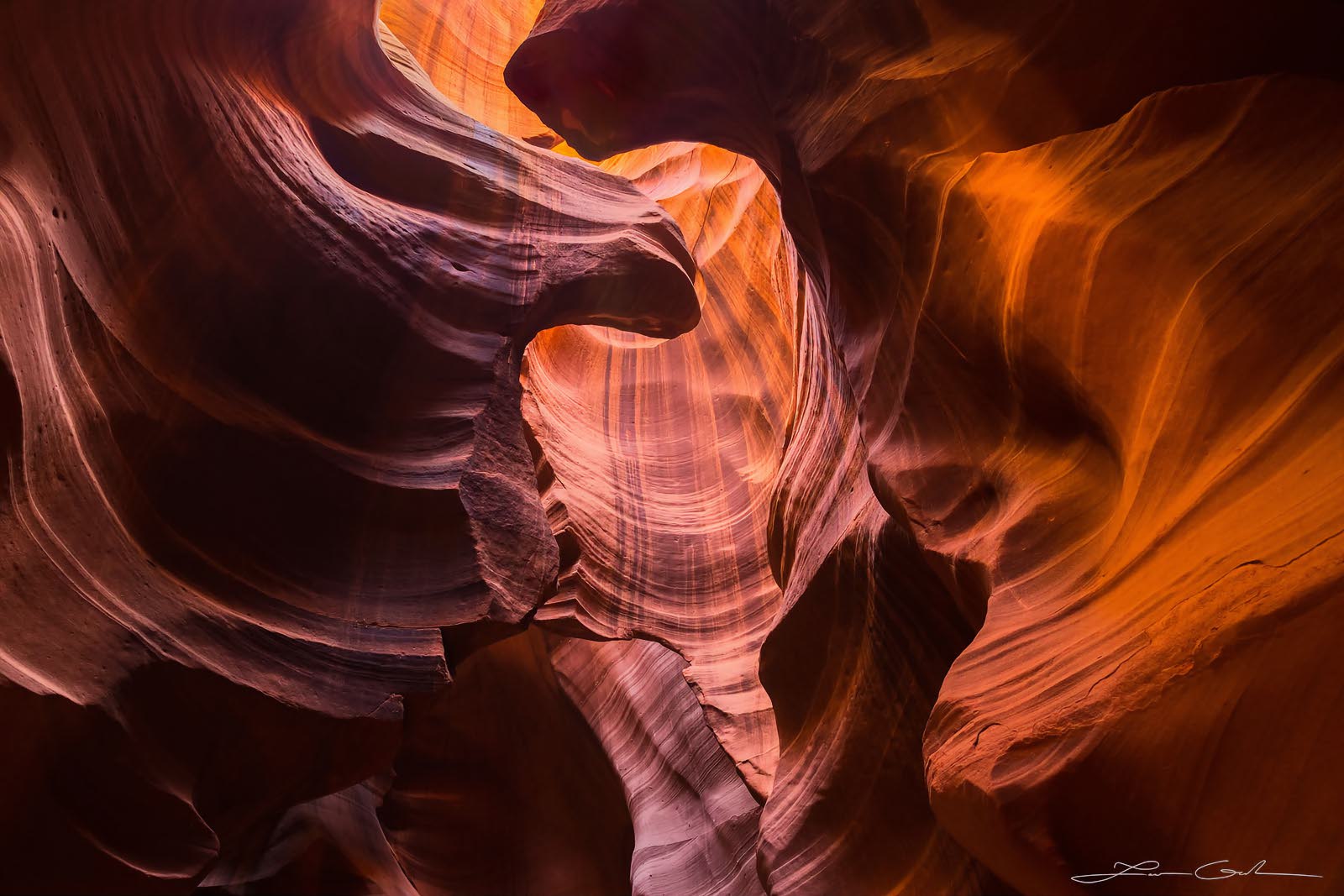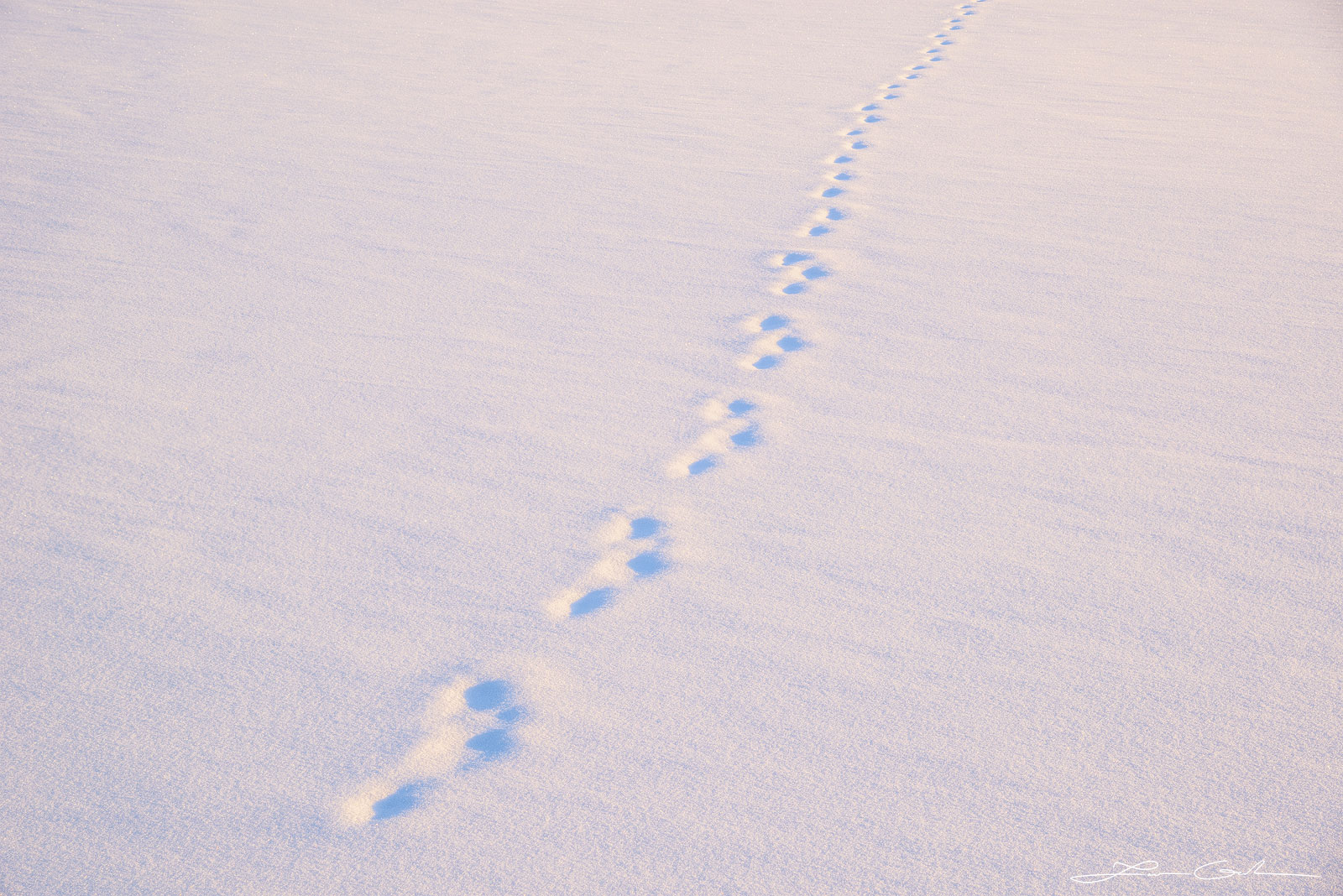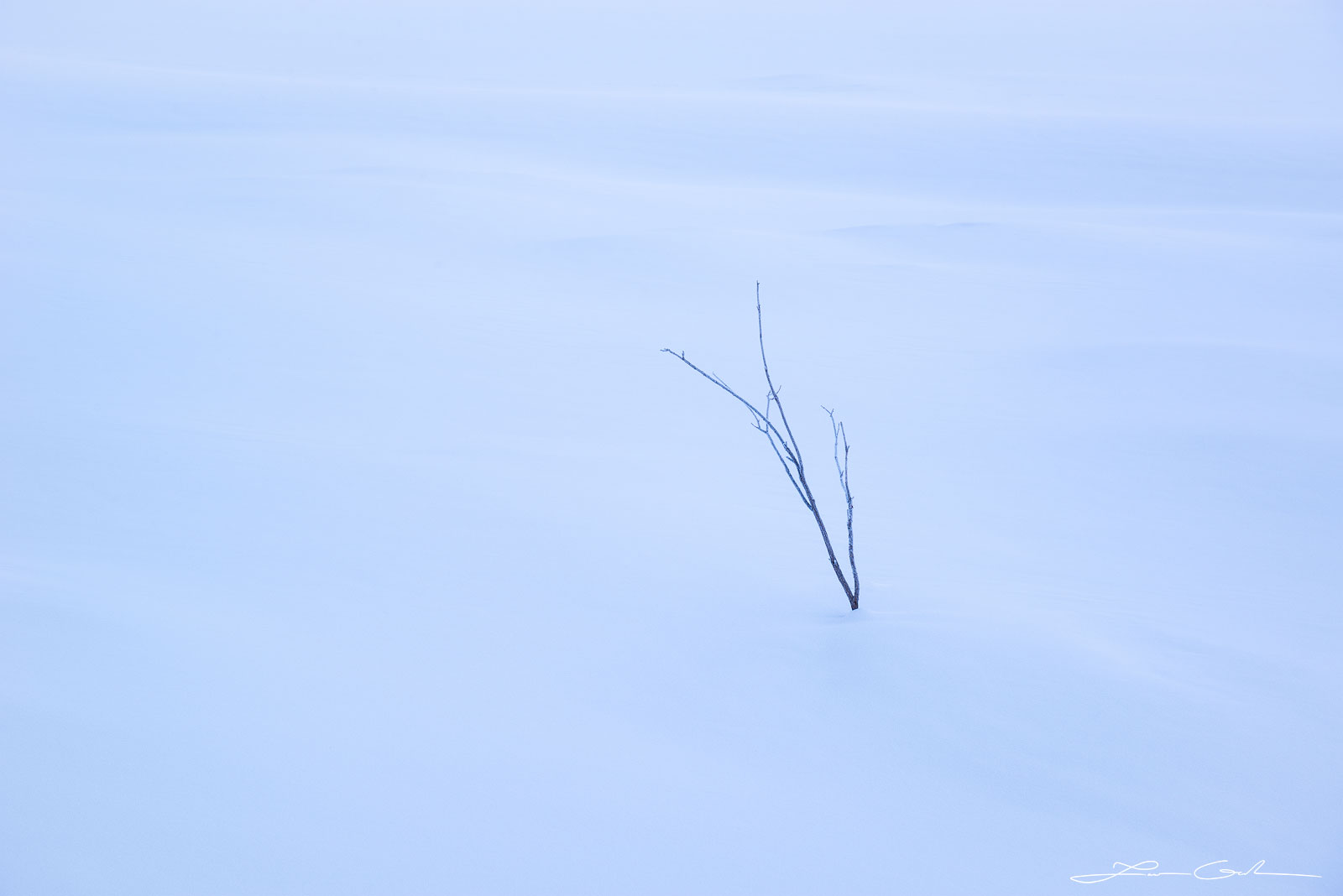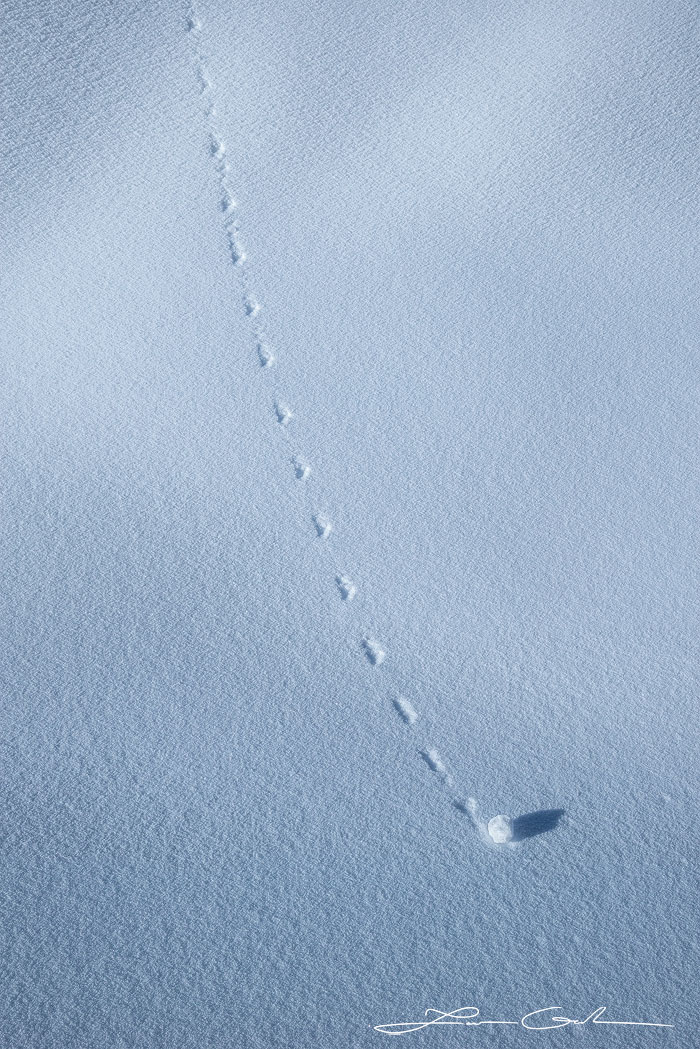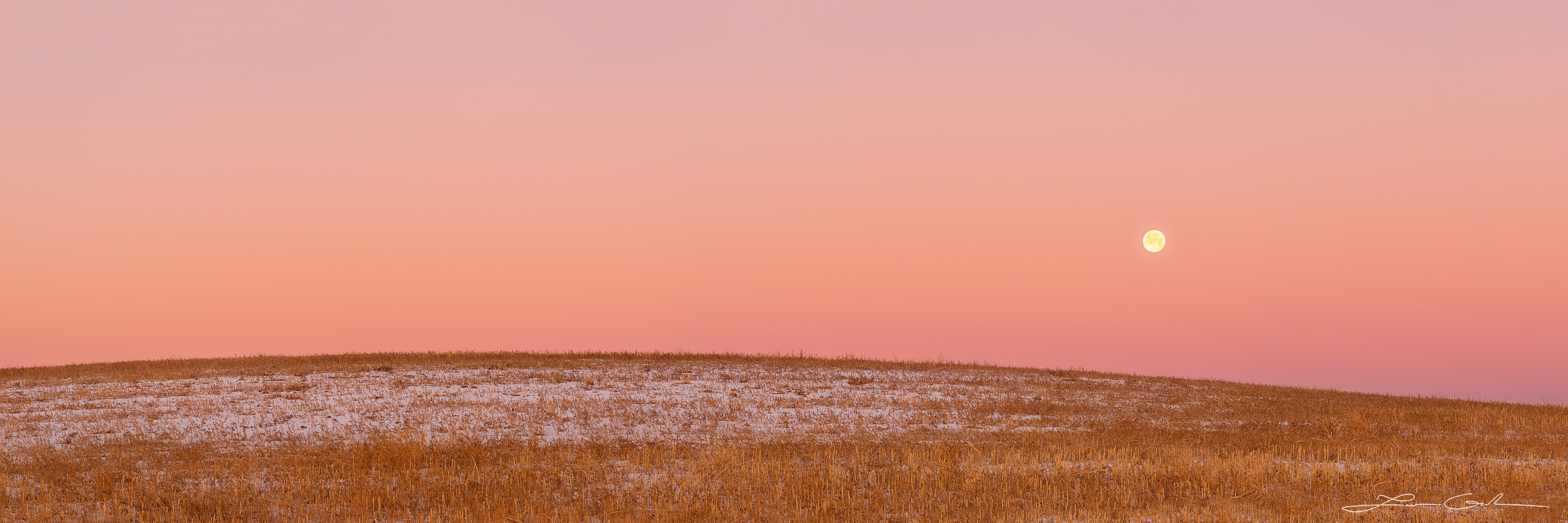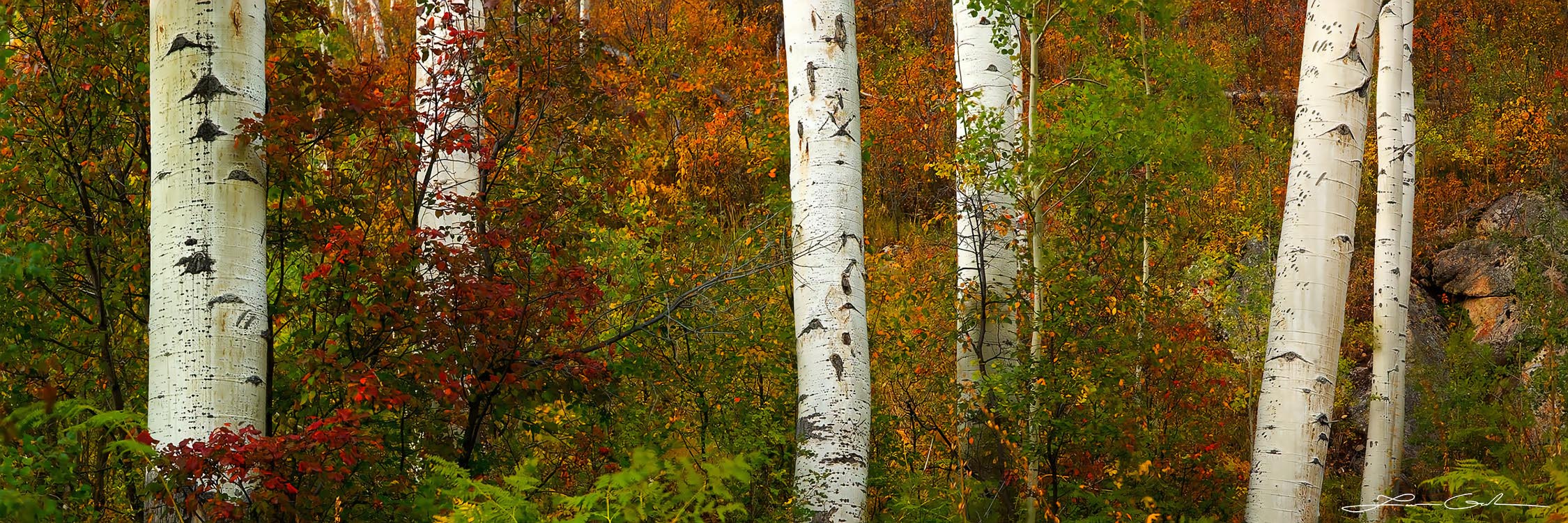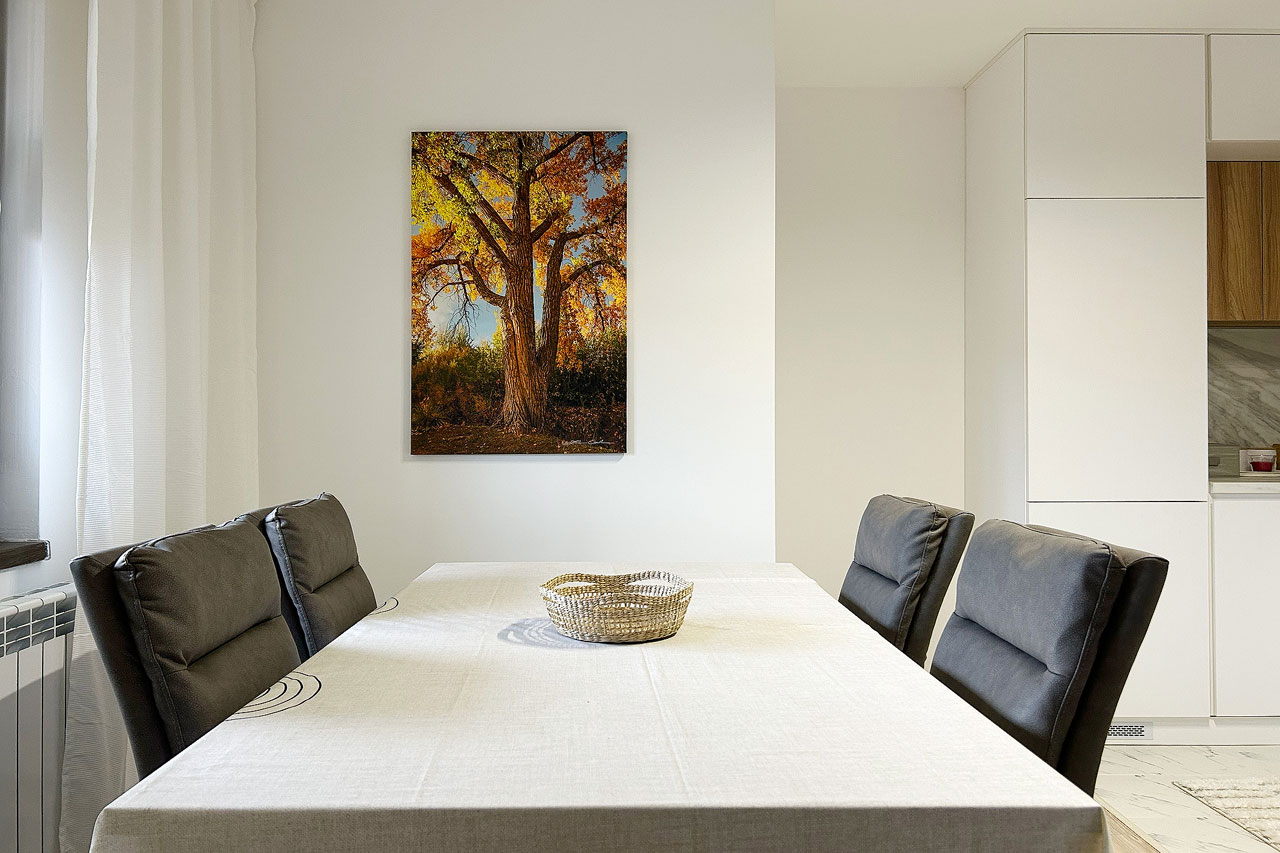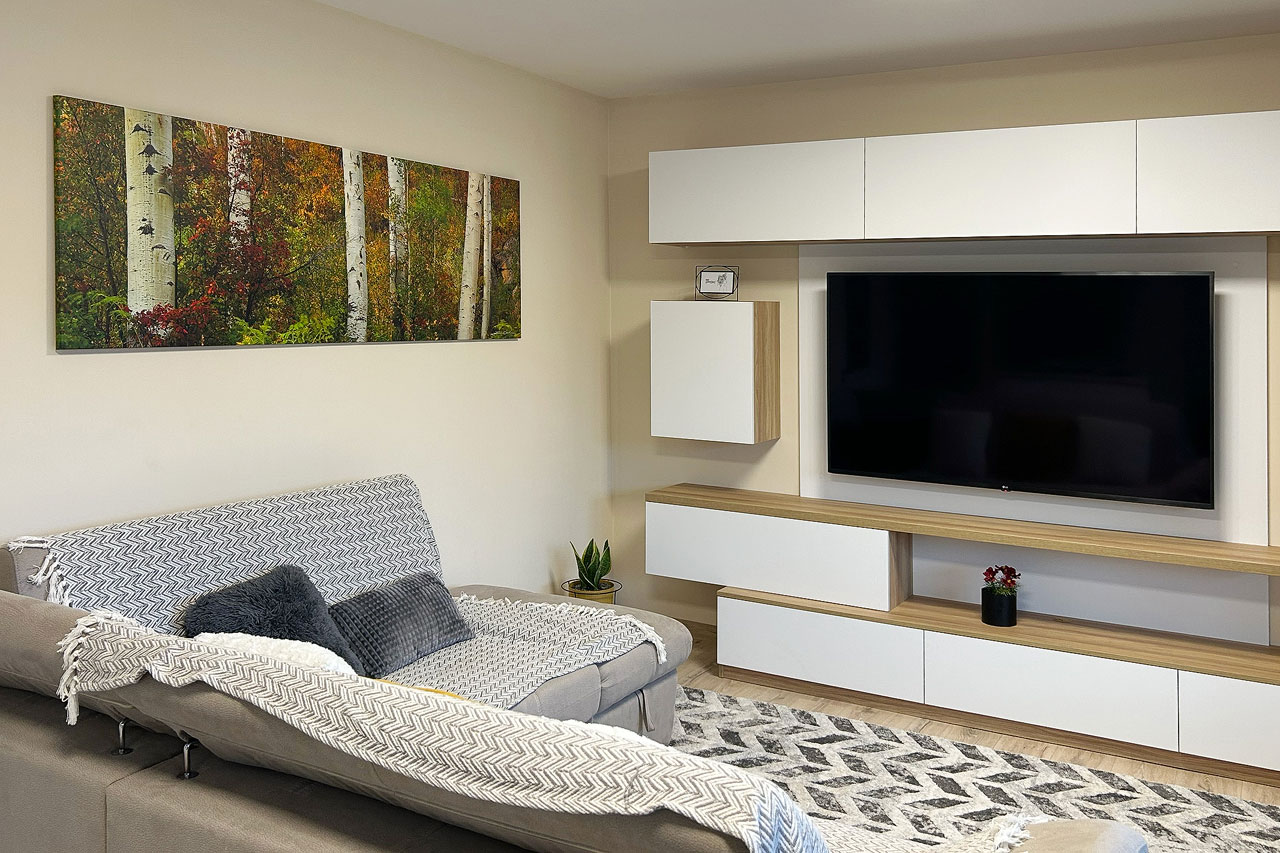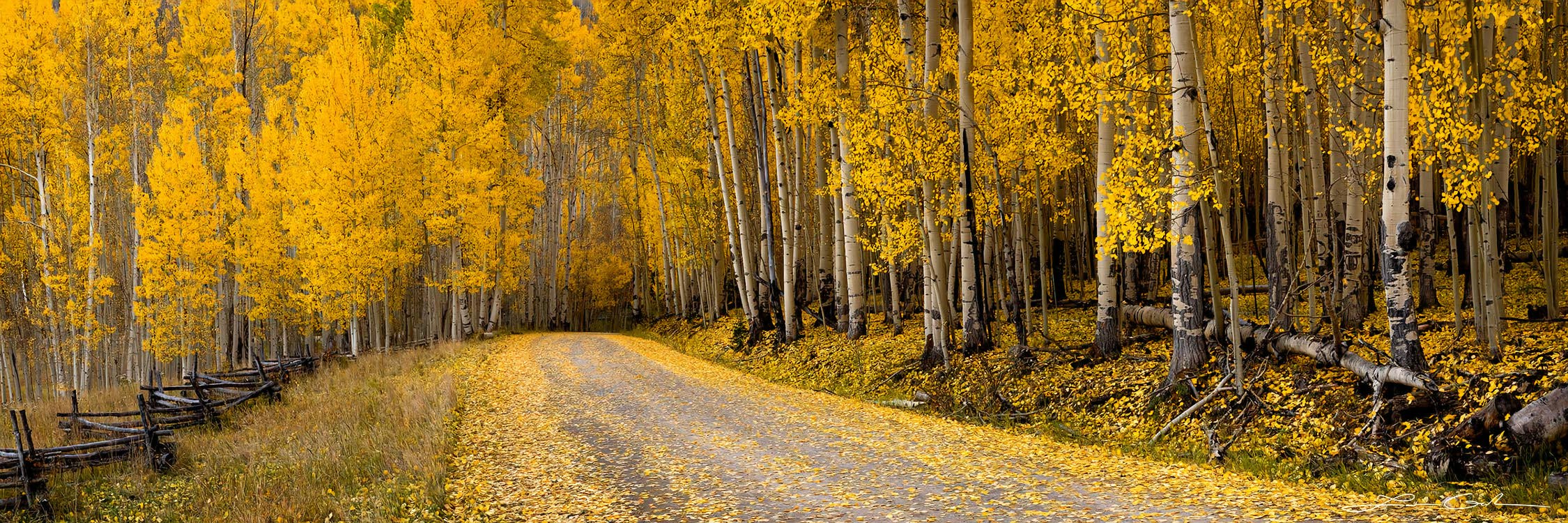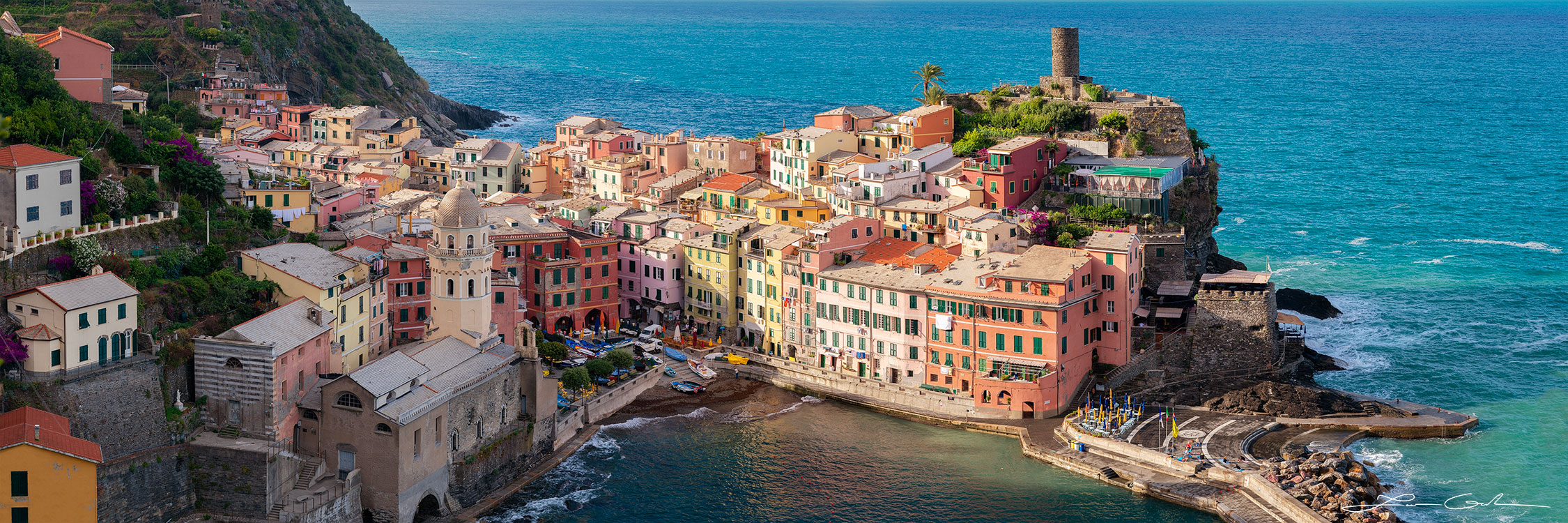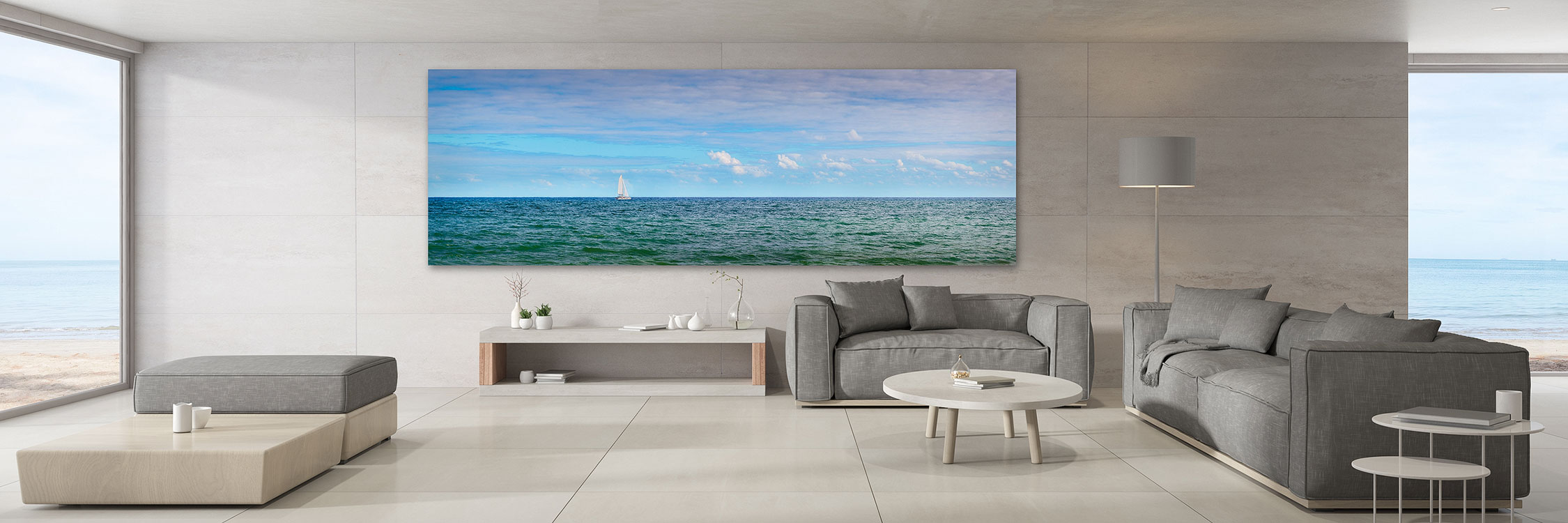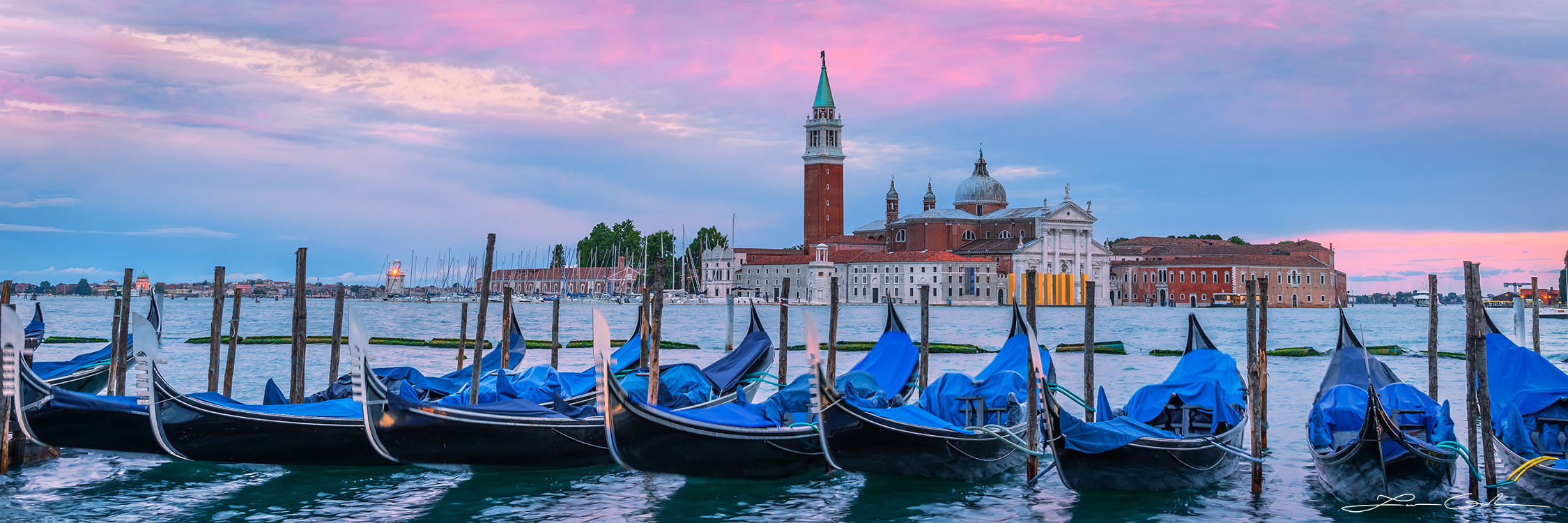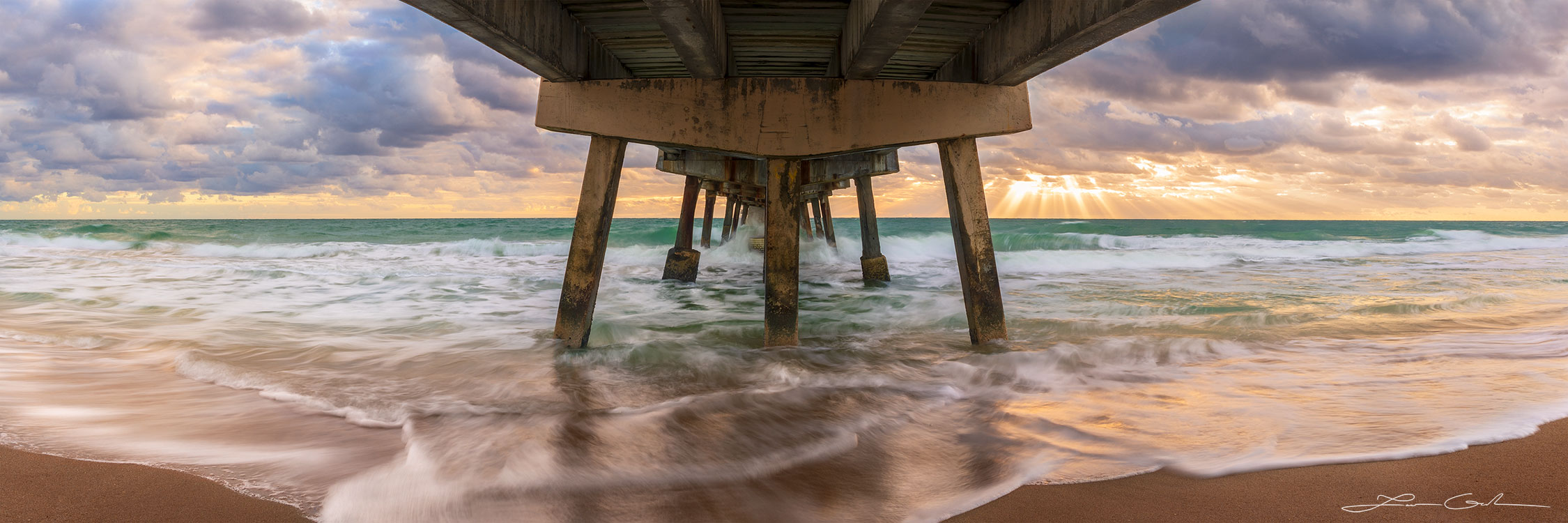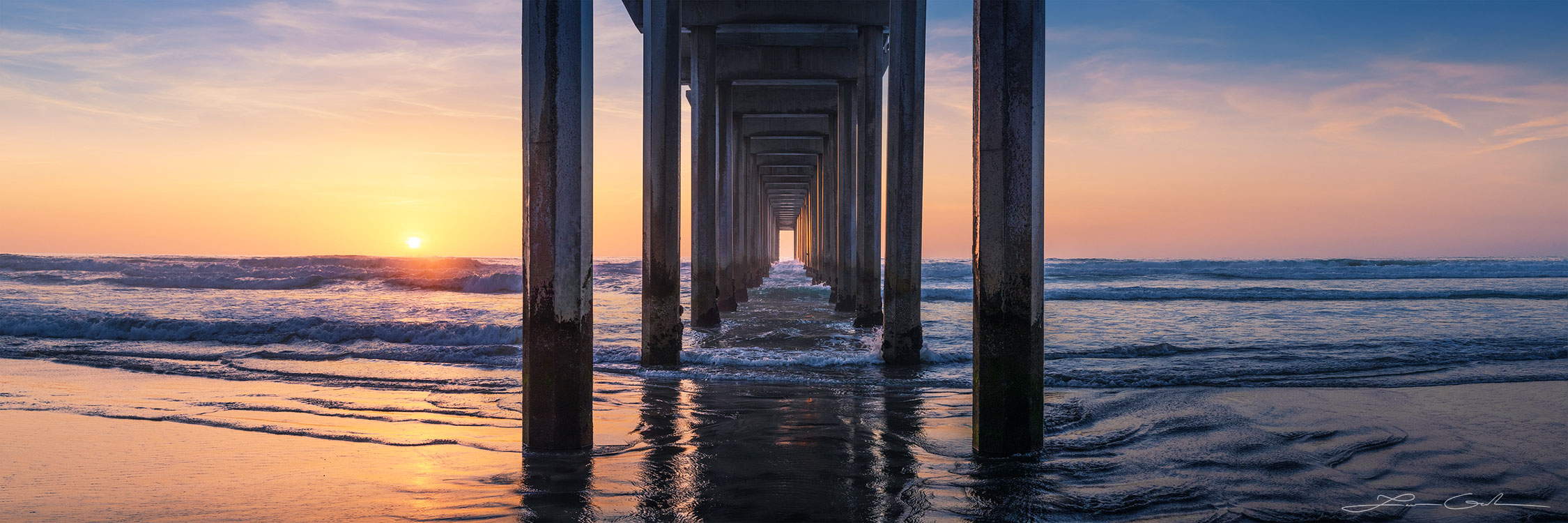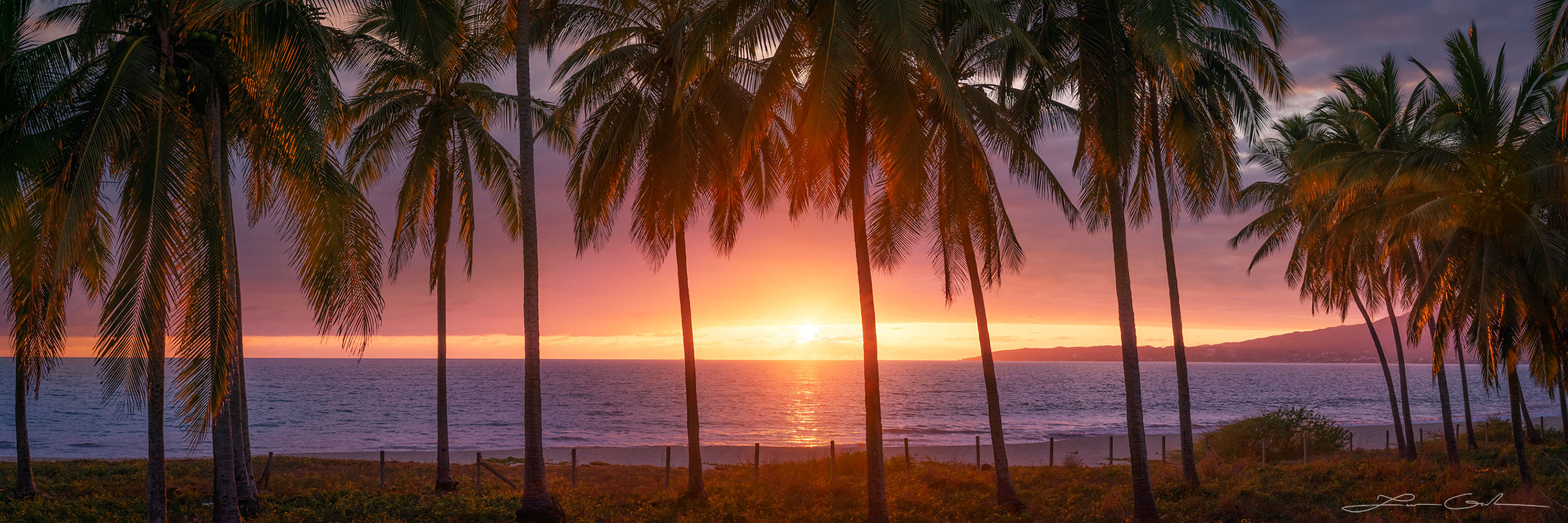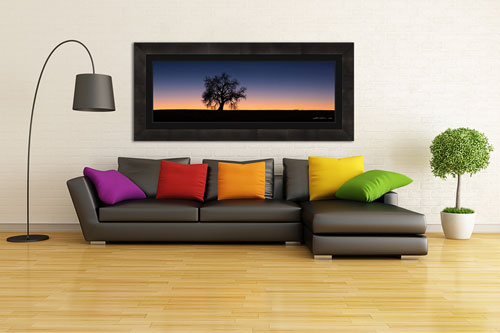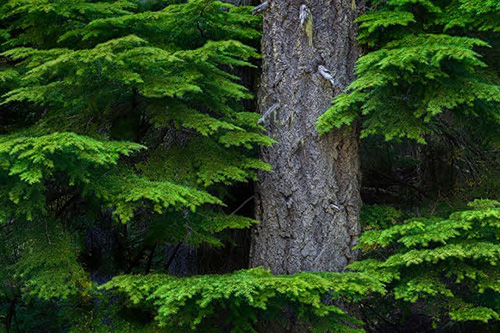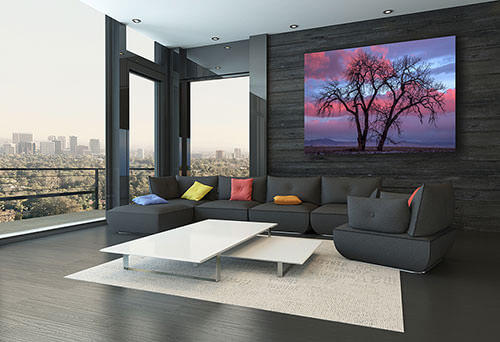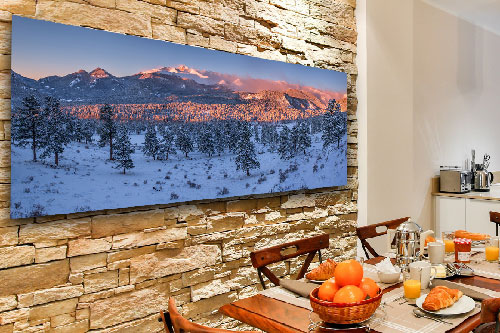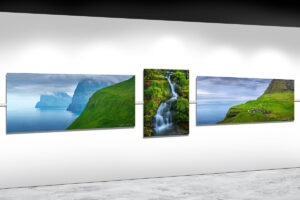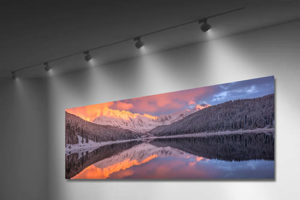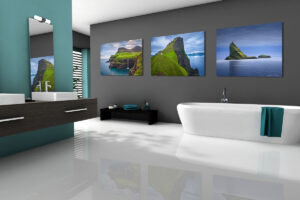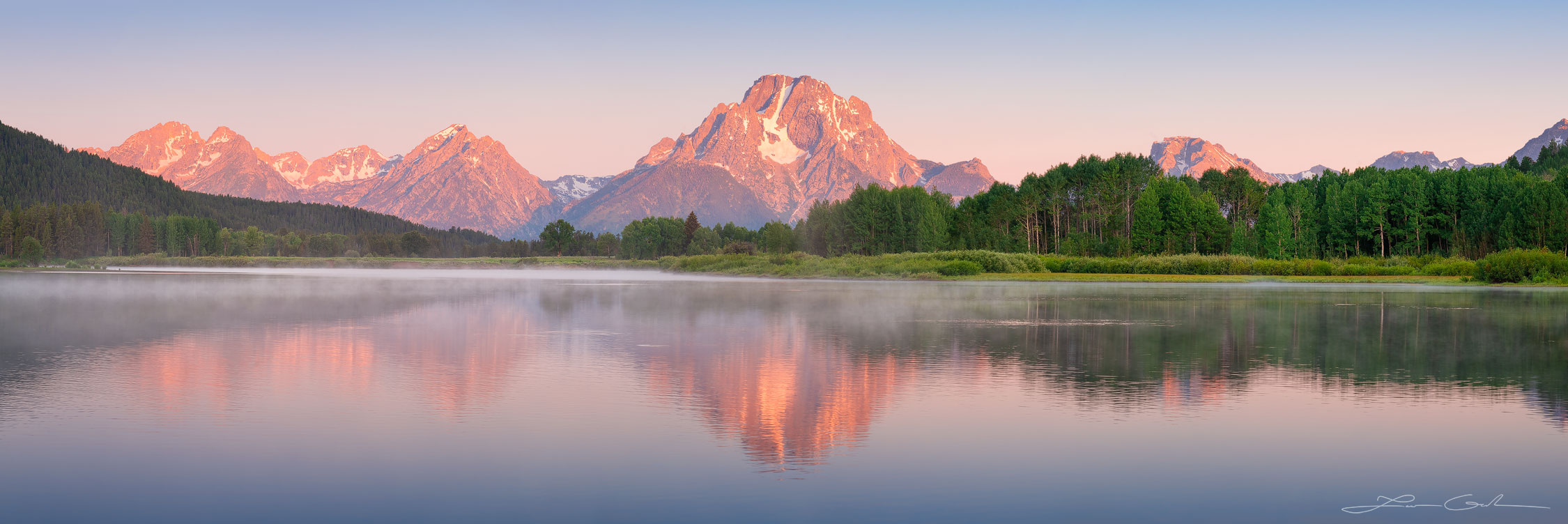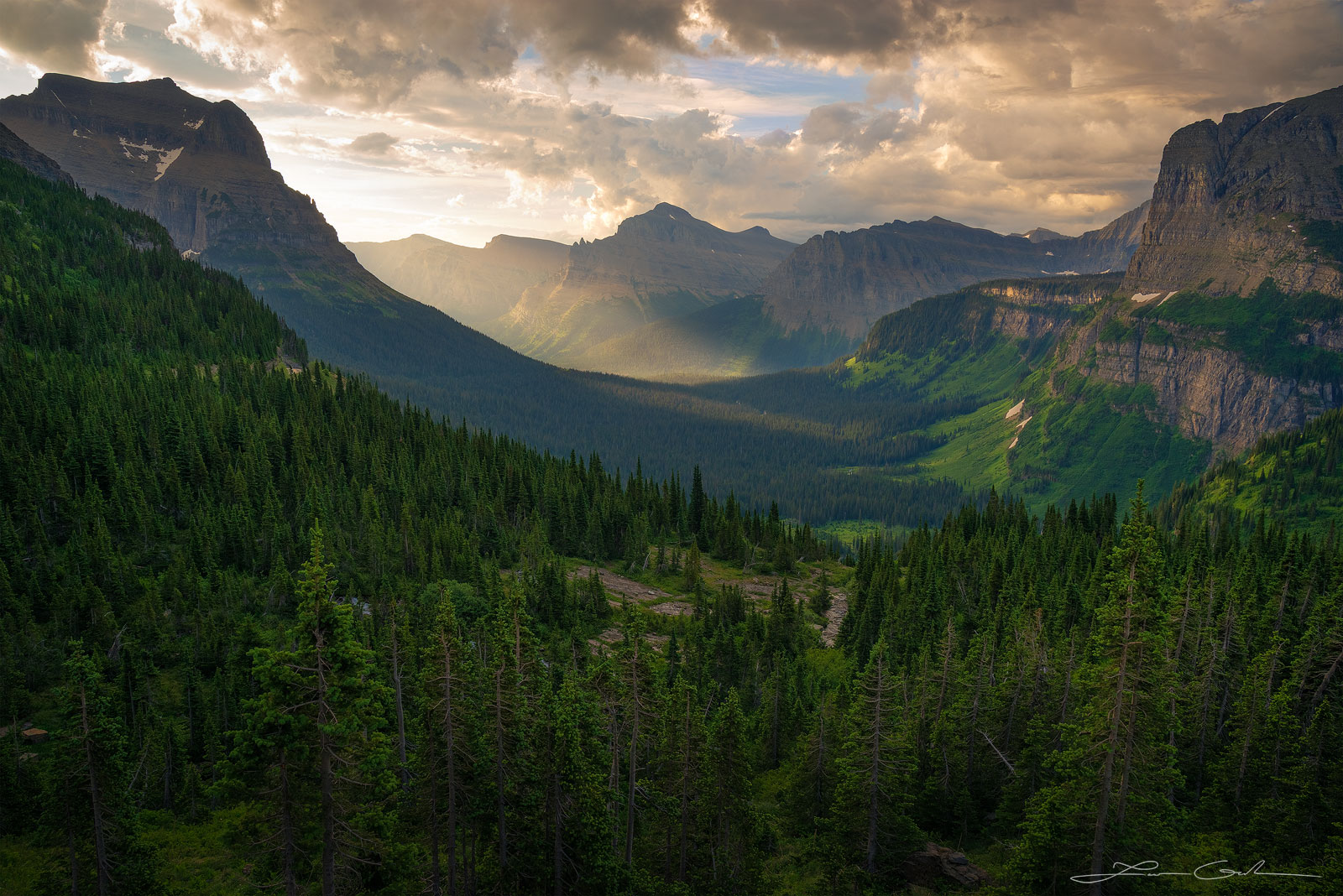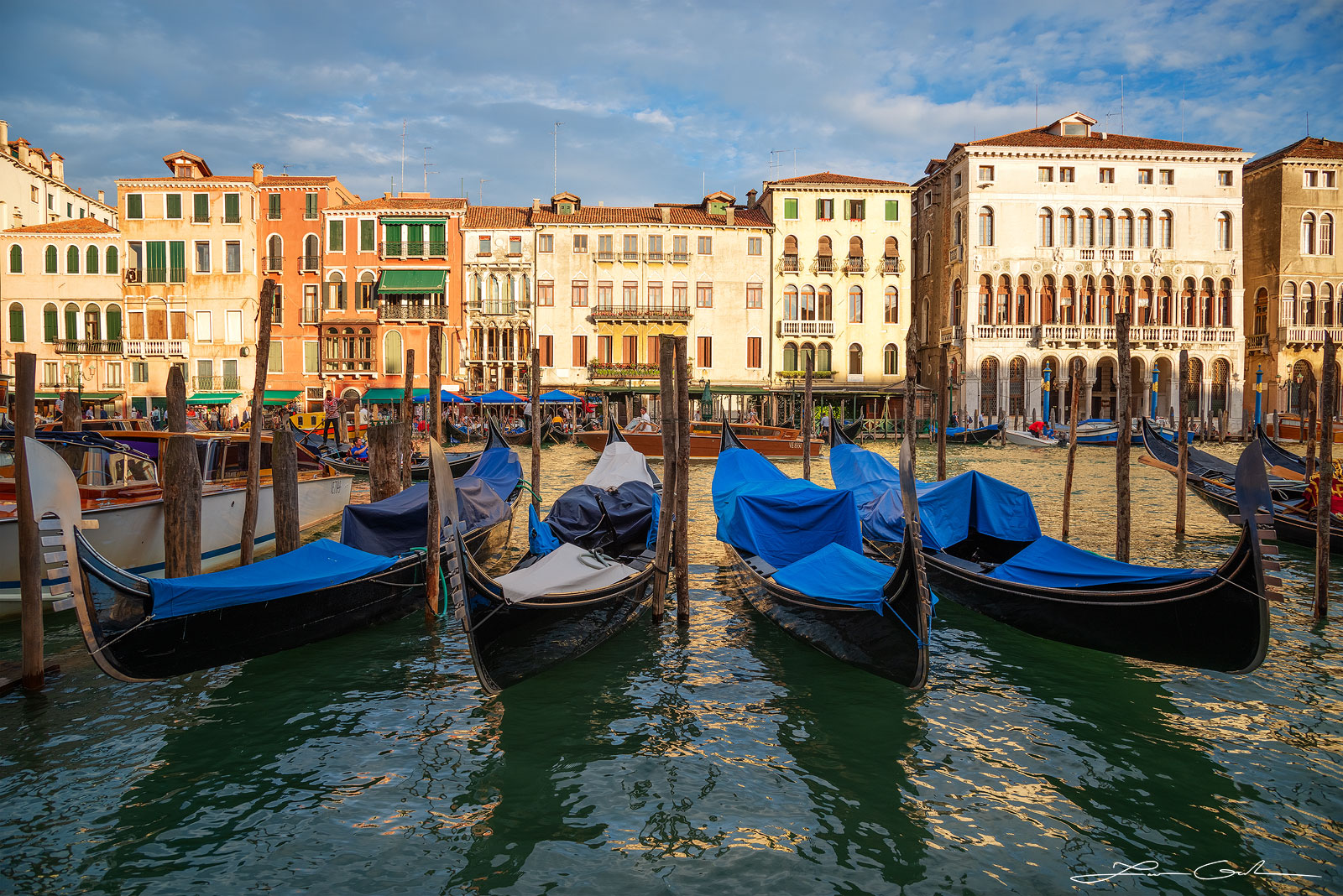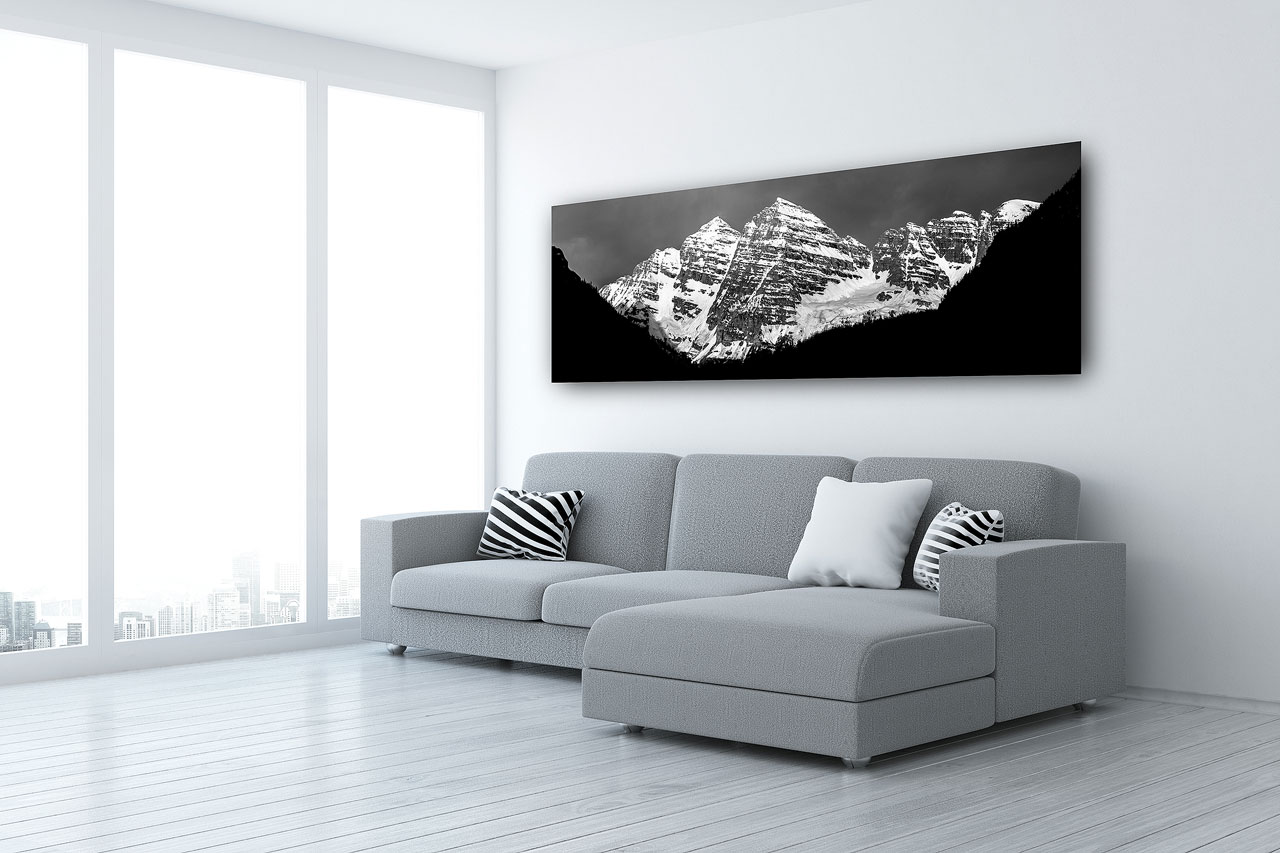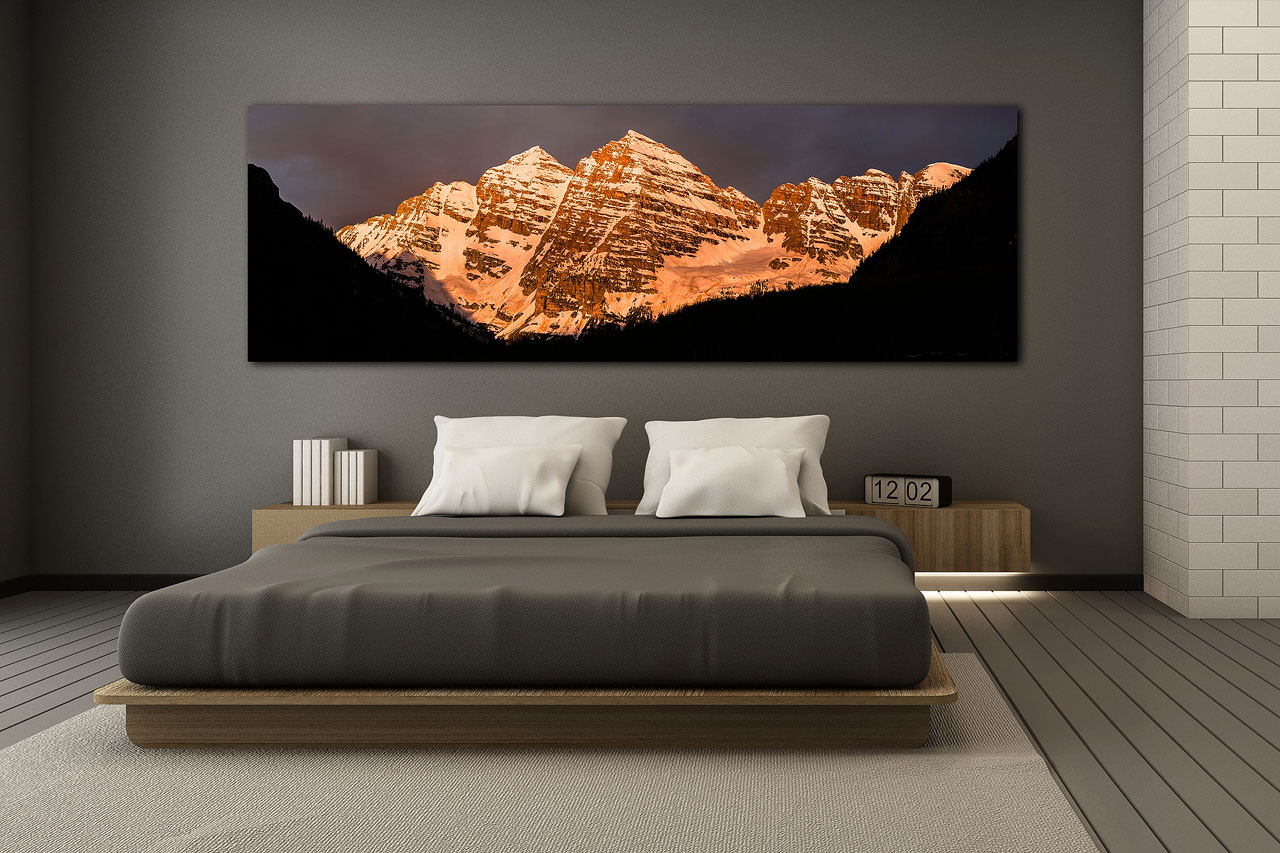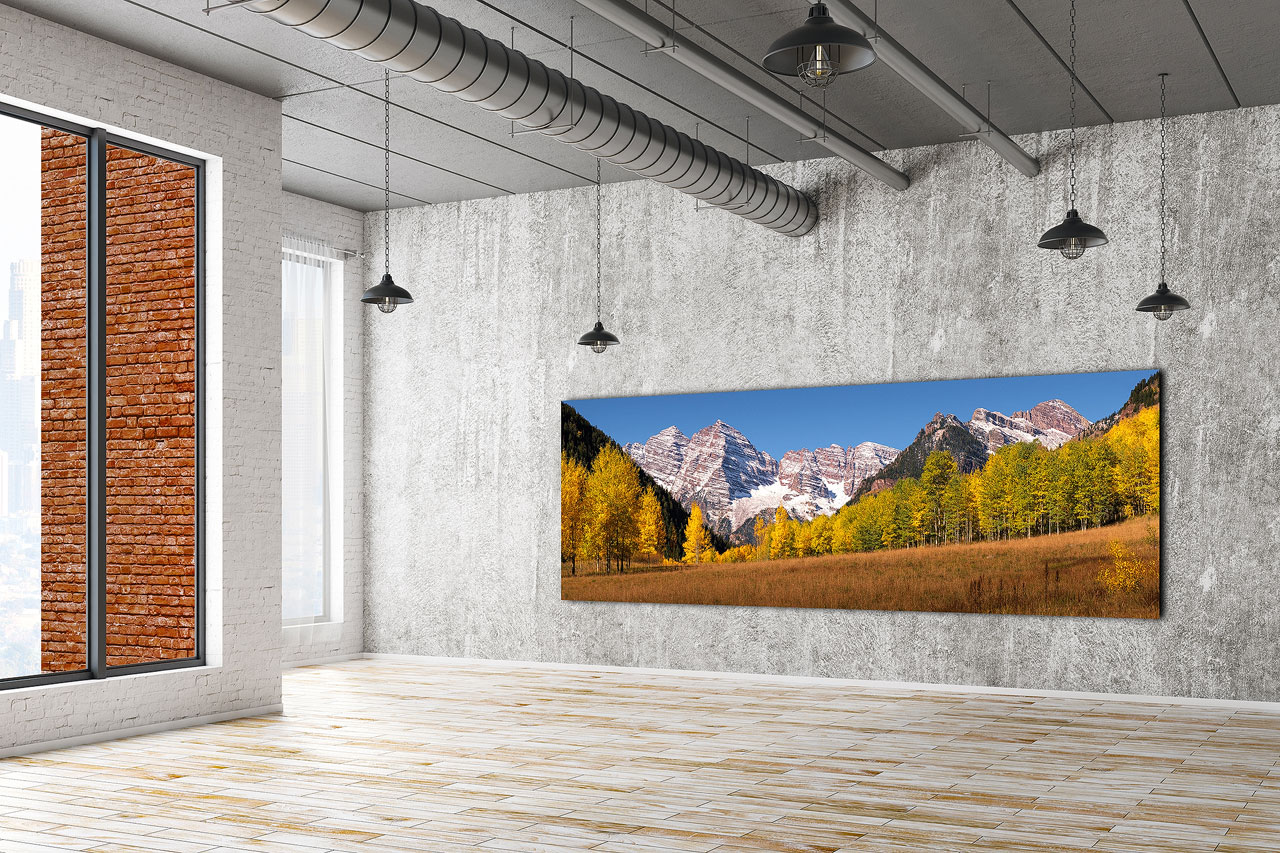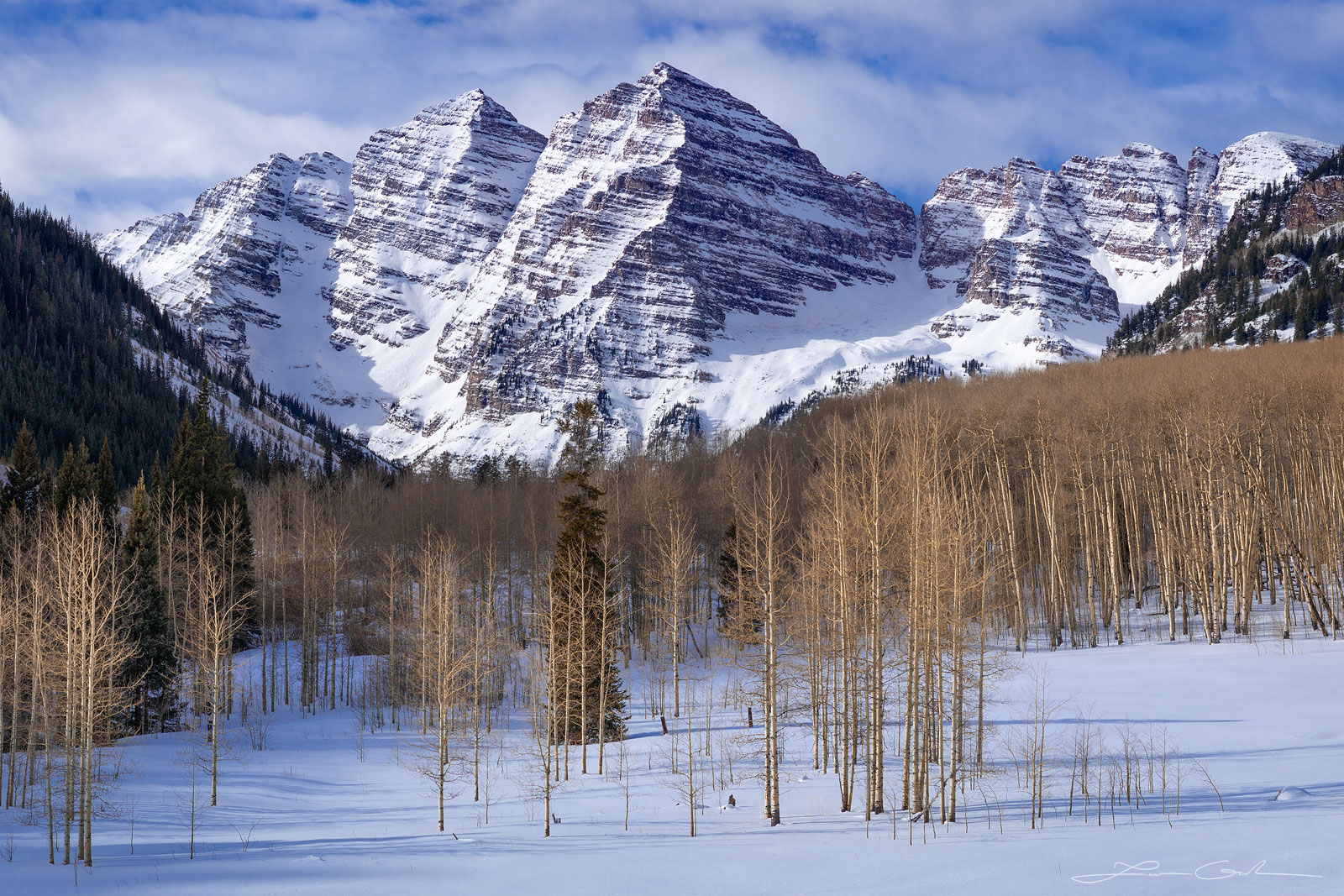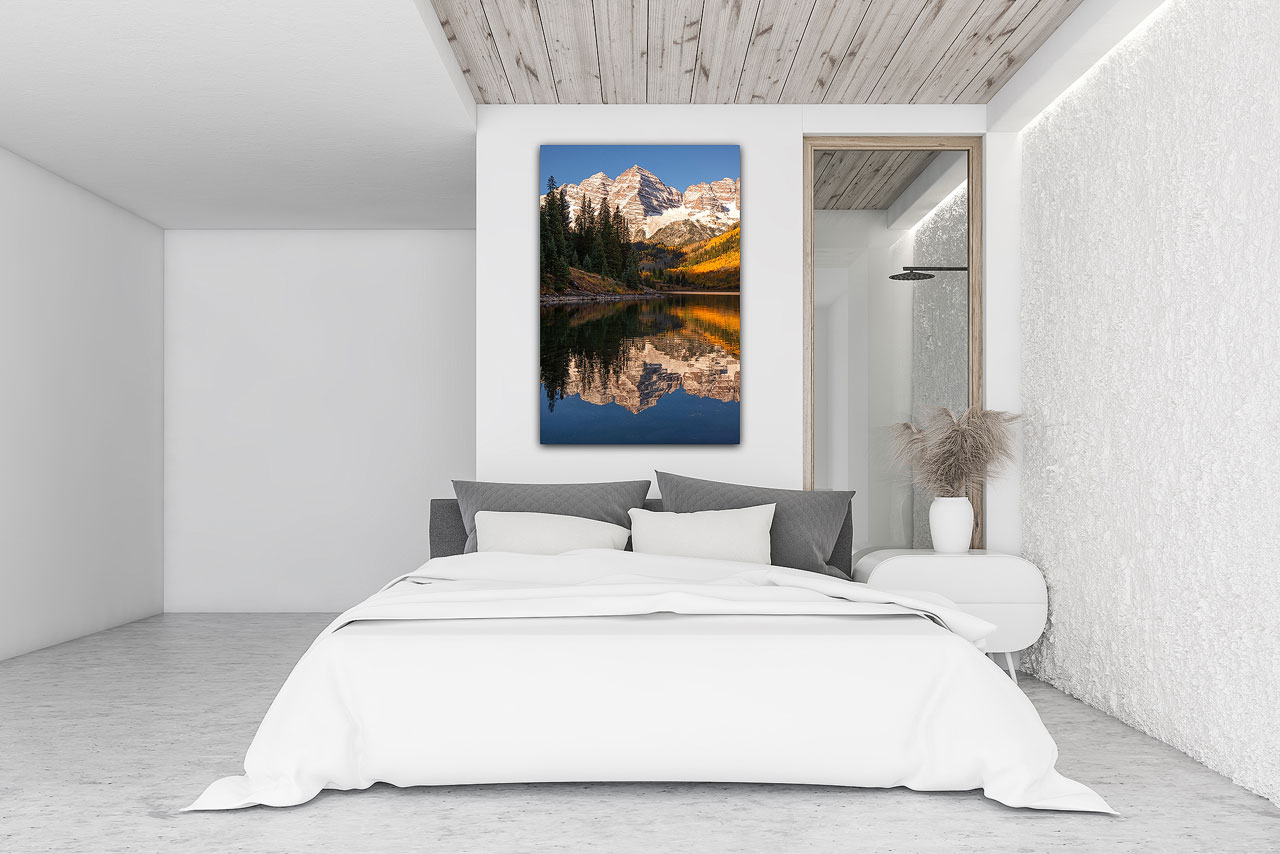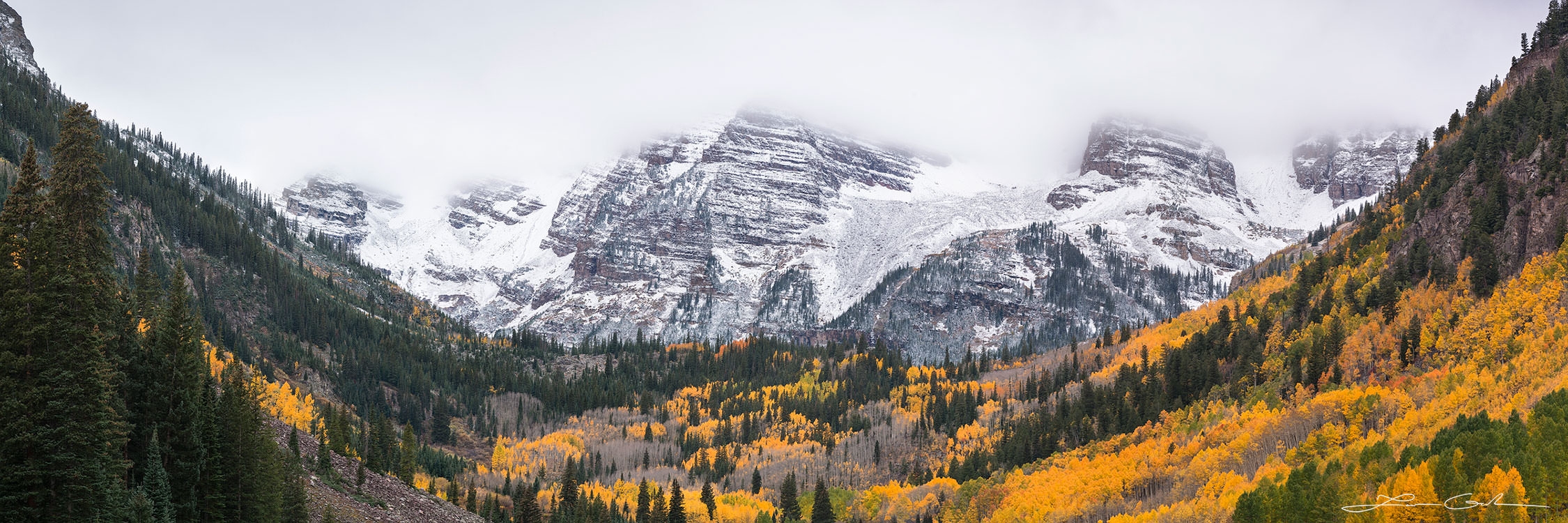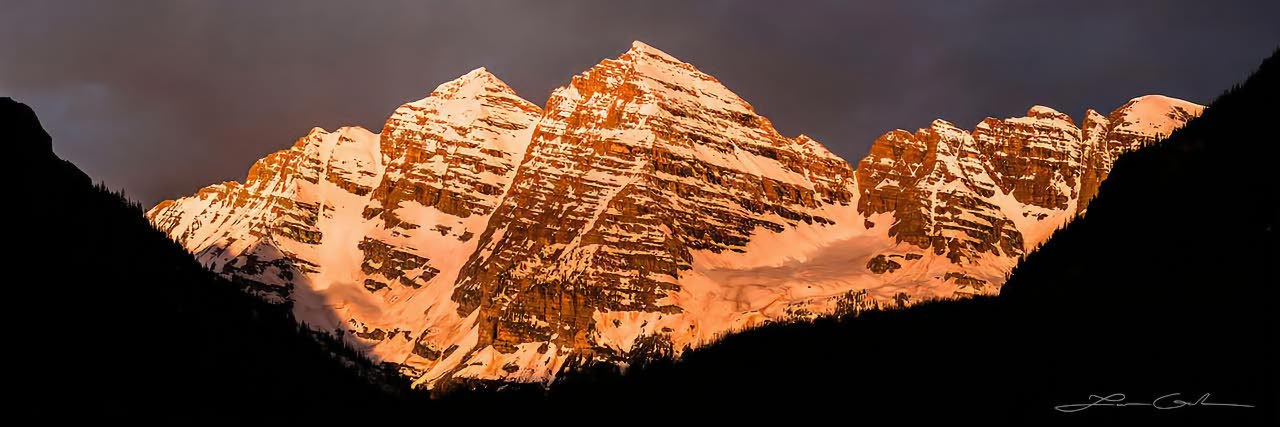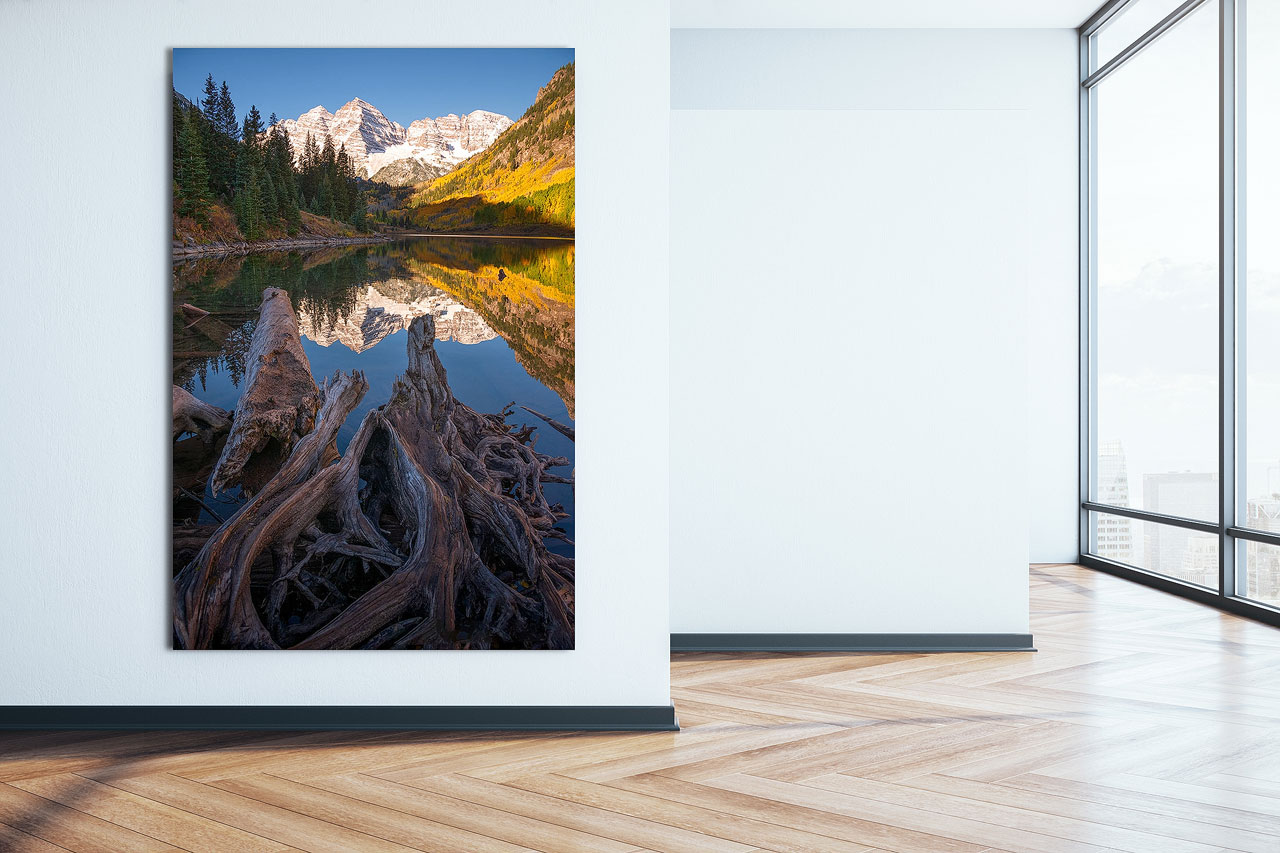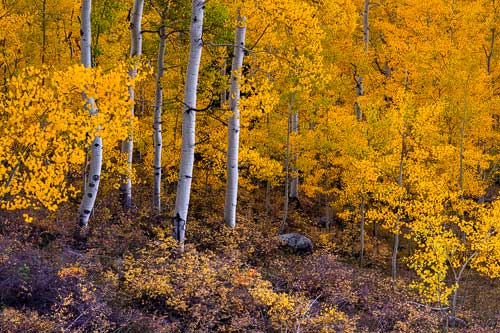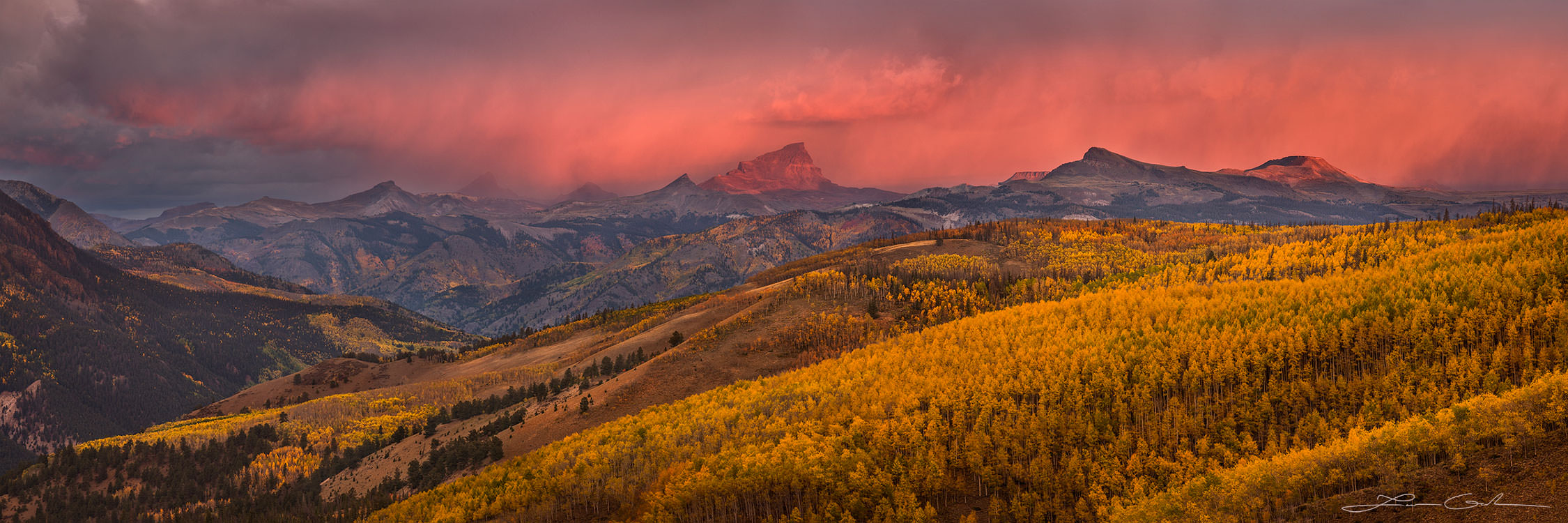Glare and Reflection Comparison: Metal, Acrylic, and TrueLife Acrylic Prints


Glare and Reflection Comparison: Metal, Acrylic, and TrueLife Acrylic Prints
Is glare and reflection a concern for you when buying an acrylic or metal prints? When it comes to showcasing artwork or photography, the choice of material for prints can significantly impact both the aesthetic and practical aspects of the final piece. Among the many options available, acrylic and metal prints stand out for their vivid colors, durability, and high-gloss finish.
However, one common challenge that collectors face with these materials is glare. Reflection glare in acrylic and metal prints can detract from the viewer’s experience, altering the intended appearance of the artwork, depending on the lighting conditions and viewing angle. This not only affects the visual enjoyment but can also obscure the finer details and colors that are crucial to the piece’s impact.
In this article, we explore and compare glare in acrylic and metal prints, providing insights, comparisons, and practical advice to help you make informed decisions for your next project or collection.
SHOP Fine Art Photography Print – Peace Unto My Sould
Understanding Reflection and Glare in Metal and Acrylic Prints
Reflection glare is a phenomenon many of us have encountered, even if we haven’t always had the terminology at our fingertips. It occurs when light sources bounce off surfaces and interfere with our ability to clearly see the details and colors of an image. In the context of fine art displays, glare in acrylic and metal prints can significantly impact the viewing experience, transforming what should be a moment of connection with art into a struggle to see past reflections.
But why is glare particularly noteworthy when it comes to acrylic and metal prints? These materials are favored for their ability to bring out the vibrancy and depth of images, offering a modern, sleek aesthetic that’s as durable as it is impressive. However, their very appeal—smooth, often glossy surfaces—makes them susceptible to reflecting light, posing a challenge for artists, photographers, and exhibitors aiming to present their work in the best possible light, literally and figuratively.
The Science Behind the Glare
To truly grasp the issue of glare in acrylic and metal prints, it’s helpful to understand the science behind it. Reflection occurs when light waves encounter a surface that can’t absorb them. Instead, these waves are redirected, often back towards the viewer. The intensity and angle of the reflected light waves can cause glare, which obscures detail and color in the print.
The severity of glare is influenced by several factors:
- Surface Texture: Smooth, glossy surfaces reflect more light directly, whereas matte surfaces scatter light, reducing glare.
- Viewing Angle: The angle at which the viewer is positioned relative to the print can amplify or diminish the perception of glare.
- Lighting Conditions: The type, intensity, and direction of light sources play a significant role in the creation of glare. Direct lighting, especially, can cause significant issues.
Why It Matters
For artists and photographers, understanding and managing reflection glare is critical to ensuring that the viewer’s experience of their work is as intended, unaffected by extraneous reflections. For collectors and exhibitors, it’s about preserving the integrity and impact of the displayed piece, making sure that the art, not the glare, captures the viewer’s attention.
In fine art prints, where detail, color accuracy, and aesthetic appeal are paramount, mitigating glare is not just a technical concern but an artistic one.
SHOP Fine Art Photography Print – Autumn’s Textures
Glare vs Reflection
The distinction between glare and reflection can be explained as follows:
Glare:
Glare refers to the visual disruption caused by excessively bright light sources or reflections, resulting in a form of visual disturbance. It can be classified into various types, such as discomfort glare, disability glare, and blinding glare. Discomfort glare is a psychological sensation resulting from high brightness that does not necessarily impair vision, while disability glare impairs vision without causing discomfort. Glare can diminish visibility by affecting the intensity, contrast, and scattering of light within the eye or the surrounding environment.
Reflection:
Reflection involves the rebounding of light off a surface, which can lead to decreased light transmission through that surface. When considering anti-reflective coatings, reflections are minimized to improve visual clarity by redirecting light through mediums in order to reduce reflection and increase light transmission. The goal of anti-reflective coatings is to minimize all forms of reflection, both internal and external, in order to maintain a high level of image resolution.
SHOP Fine Art Photography Print – Dreamway
Anti-Glare vs Anti-Reflection
In the realm of fine art prints, particularly when discussing glare in acrylic and metal prints, the terms “anti-glare” and “anti-reflective” are often used. While they might seem interchangeable at first glance, understanding the distinction between these two is crucial for artists, photographers, and collectors alike.
Anti-Glare: Softening the Light
Anti-glare technology is designed to diffuse light as it hits the surface of a print. Instead of light being reflected directly back at the viewer, an anti-glare surface scatters the light, spreading it out more evenly. This diffusion reduces the intensity of reflected light, making it easier to see the details of the artwork from various angles, even in brightly lit environments.
The primary benefit of anti-glare treatments is their ability to minimize the sharpness of reflections, effectively “softening” the glare. This is particularly advantageous in situations where controlling the ambient lighting is challenging. Anti-glare surfaces can help maintain the visibility of the artwork’s colors and details, regardless of the lighting conditions. However, it’s worth noting that while anti-glare does reduce the impact of reflections, it can sometimes introduce a slight haziness to the image, as the light diffusion process affects the clarity to a certain degree.
Image Source: andersdx.com
Anti-Reflective: Enhancing Clarity and Detail
On the other hand, anti-reflective technology goes a step further by not just diffusing light, but also reducing the amount of light that bounces off the print’s surface. This is achieved through special coatings that are applied to the material, which are designed to minimize the reflection of light across a wide range of wavelengths. By reducing reflections, anti-reflective surfaces allow more of the artwork’s details and colors to be visible, enhancing clarity and the vibrancy of the image.
The advantage of anti-reflective treatments lies in their ability to preserve the integrity of the artwork’s appearance under various lighting conditions without compromising on image clarity. This makes anti-reflective materials an excellent choice for galleries, museums, and collectors who wish to display artwork in the best possible light, quite literally.
Image Source: andersdx.com
Comparative Analysis: Glare and Reflection in Acrylic and Metal Prints
In this section we will visually examine glare and reflection in: metal prints, standard acrylic prints, and anti-reflective acrylic prints. This comparative analysis aims to shed light on these materials, helping artists, photographers, and collectors make informed decisions that best suit their display needs and aesthetic preferences.
Through a mix of images and videos, you will have a visual demonstration of how each material handles light, complemented by a concise summary chart at the conclusion. This approach aims to equip you with a comprehensive understanding of the key differences, enabling you to make an informed decision on the ideal printing material for your artwork based on its behavior under various lighting conditions.
NOTE: In all of the pictures and videos the order of print types is always the same from left to right: metal, standard acrylic, anti-reflection TruLife® acrylic print.
The three examples below show each print type when the viewer is at an angle. Even though there is a window directly opposite the wall of the print, glare and reflection are not observed here. This is because of the viewing angle. Notice that the three prints look almost identical.
This example shows the three prints on the exact same wall as the example above. However, in this case the viewing angle is direct and the window reflection is clearly seen. The metal print seems to perform worst of all, followed by a slight improvement in the standard acrylic print, and a significantly better performance by the anti-reflection TruLife® acrylic print.
This example shows a similar configuration as the one above. Now the prints are lying on the floor near a window. Again, the metal and standard acrylic one have similar performance, with the acrylic one being a bit more visible. The anti-reflection TruLife® acrylic print performs best again.
The image below shows metal, standard acrylic, and anti-reflection acrylic (in that order from left to right) when illuminated with non-direct light. In this case the natural light comes from a nearby window and illuminates the prints at an angle, while they are on the floor. Notice that the 3 images look almost identical to each other, when light glare and reflection is not a factor.
The video below demonstrates the ability of metal, standard acrylic, and anti-reflection acrylic (in that order from left to right) to reflect the direct light from a window. In this video clip the glare and reflection are accentuated because of the low camera angle. It is important to note that this type of viewing angle is uncommon in most cases. Nevertheless, it is shown here for additional demonstration.
The video below is the exact same setup as the video above with the one key difference – the camera angle. Unlike the previous example, this clip demonstrates the glare and reflection qualities of the prints at a high angle. Notice how the window frame shadow (the moving vertical line) seems to almost disappear in the last print? This is because its glare/reflection is very low and the print comes to life.
The three videos below demonstrate the glare and reflection characteristics of each print individually.
Window Glare and Reflection - Metal Print
Window Glare and Reflection - Acrylic Print
Window Glare and Reflection - TruLife® Acrylic Print
SUMMARY - Glare and Reflection Comparison in Metal, Acrylic, and TrueLife Acrylic prints
This section provides a breakdown and summary of glare and reflection in metal, standard acrylic, and TrueLife acrylic prints.
METAL PRINTS
> Surface Finish: High-gloss finish analyzed, though metal prints are available in various finishes.
> Glare: Moderate glare level, closer to standard acrylic prints.
> Reflection: Average reflection for a glossy surface, comparable to standard acrylic.
> Cost: Least expensive of the three, yet offering high quality and durability.
STANDARD ACRYLIC PRINTS
> Surface Finish: Glossy, with barely noticeable difference from metal prints, though slightly less glossy.
> Glare: Highest glare among the three, marginally worse than metal prints due to slightly brighter appearance.
> Reflection: Average reflection for a glossy surface, comparable to metal prints.
> Cost: In the middle range, though closer to TrueLife than metal prints.
TRUELIFE® ACRYLIC PRINTS
> Surface Finish: Glossy, with barely noticeable difference from metal prints, though slightly less glossy.
> Glare: Lowest glare among the three, thanks to anti-reflective qualities.
> Reflection: Stands out with the best low-reflection capabilities of the group.
> Cost: Most expensive, but also the top-of-the-line, high-end product.
The table below gives you a side by side summary comparison of the 3 print types.
Making the Right Choice
When considering glare in acrylic and metal prints, the choice between materials boils down to the specific needs of the artwork, the expected display environment, budget, and personal preference regarding image clarity versus reflection management. For those seeking to minimize glare and reflection without significantly compromising on clarity, anti-reflective acrylic offers the best solution. Meanwhile, standard acrylic and metal prints remain excellent choices for settings where lighting can be carefully controlled to accentuate their vibrant and detailed finishes.
Discover the Distinction with Gintchin Fine Art Prints
Gintchin Fine Art understands the profound impact the right material can have on showcasing the true essence of an artwork. This is why I am proud to offer my entire landscape photography collection of fine art prints in two premium mediums: metal and anti-reflection TruLife® acrylic prints. This limited edition selection is meticulously curated to ensure that every piece you bring into your space or collection is not just a print but a statement to the beauty and depth of the original artwork.
Metal Prints: A Vibrant Legacy
Our metal prints are celebrated for their vibrant colors and impressive luminosity. Crafted with precision, these prints offer a modern, sleek look that is both durable and waterproof. The glossy finish of metal prints enhances the visual depth and detail, making each piece a radiant focal point in any setting. While traditional concerns about glare in acrylic and metal prints might deter some, the strategic placement and the inherent qualities of our metal prints ensure they captivate rather than distract, bringing each artwork to life in a uniquely vivid way.
Anti-Reflection TruLife® Acrylic Prints: Clarity Redefined
For those who seek the ultimate in clarity and detail, the anti-reflection TruLife® acrylic prints are the pinnacle of fine art reproduction. This premier material not only significantly reduces glare and reflection, but also provides UV protection to preserve the integrity of each print over time. The TRULIFE® coating ensures that viewers can appreciate the nuanced colors and fine details of the artwork from any angle, without the interference of reflections. It’s an investment in the timeless beauty of art, presented in a medium that elevates the viewing experience to new heights.
Experience High-End Quality Prints
I invite you to explore the Gintchin Fine Art photography collections and discover the perfect piece to enrich your environment. Whether you are drawn to the dynamic brilliance of my metal prints or the unmatched clarity of my anti-reflection TruLife® acrylic prints, each selection promises a high-quality print.
SHOP Fine Art Photography Print – THE DREAM ENTRANCE

